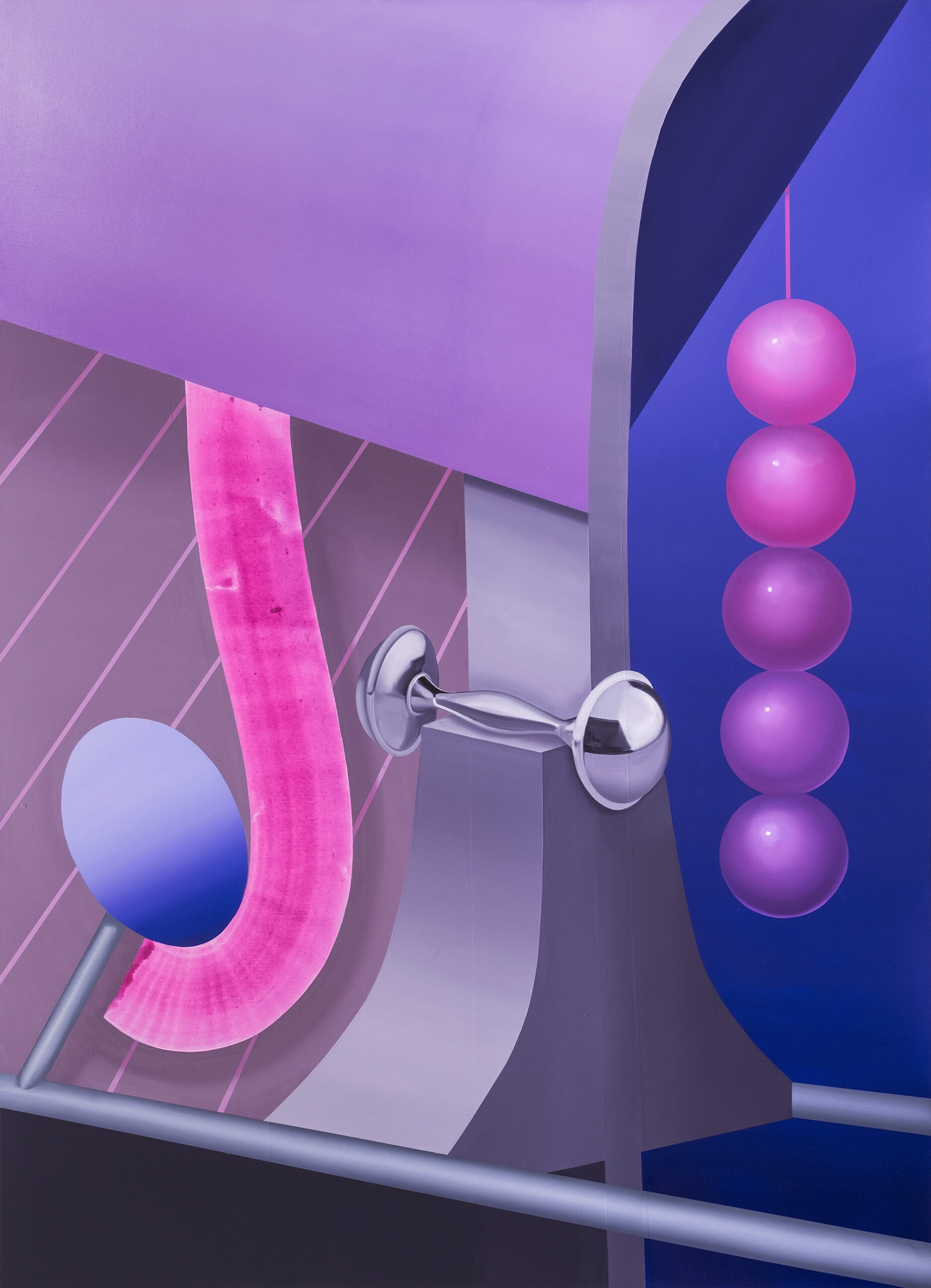
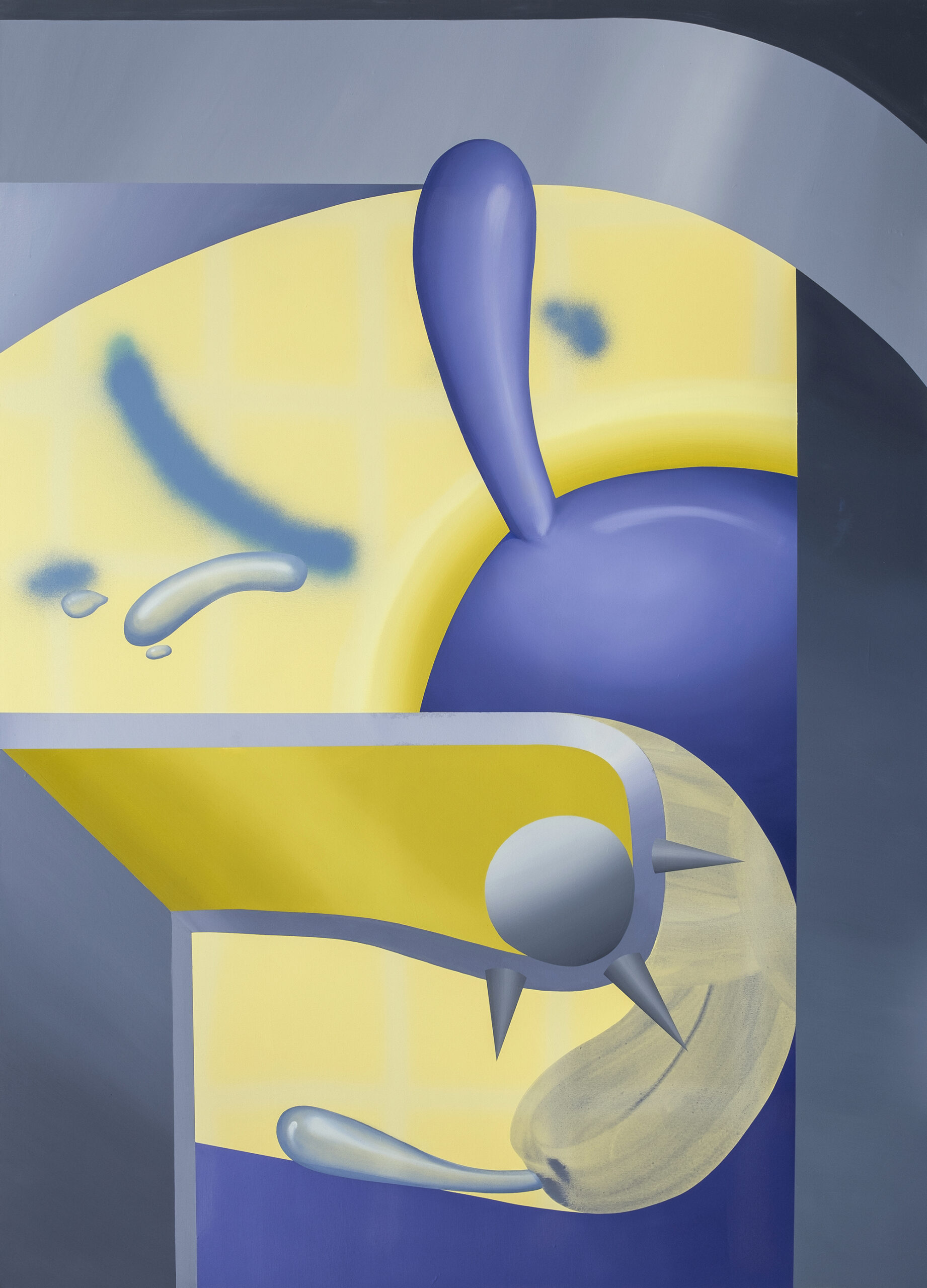
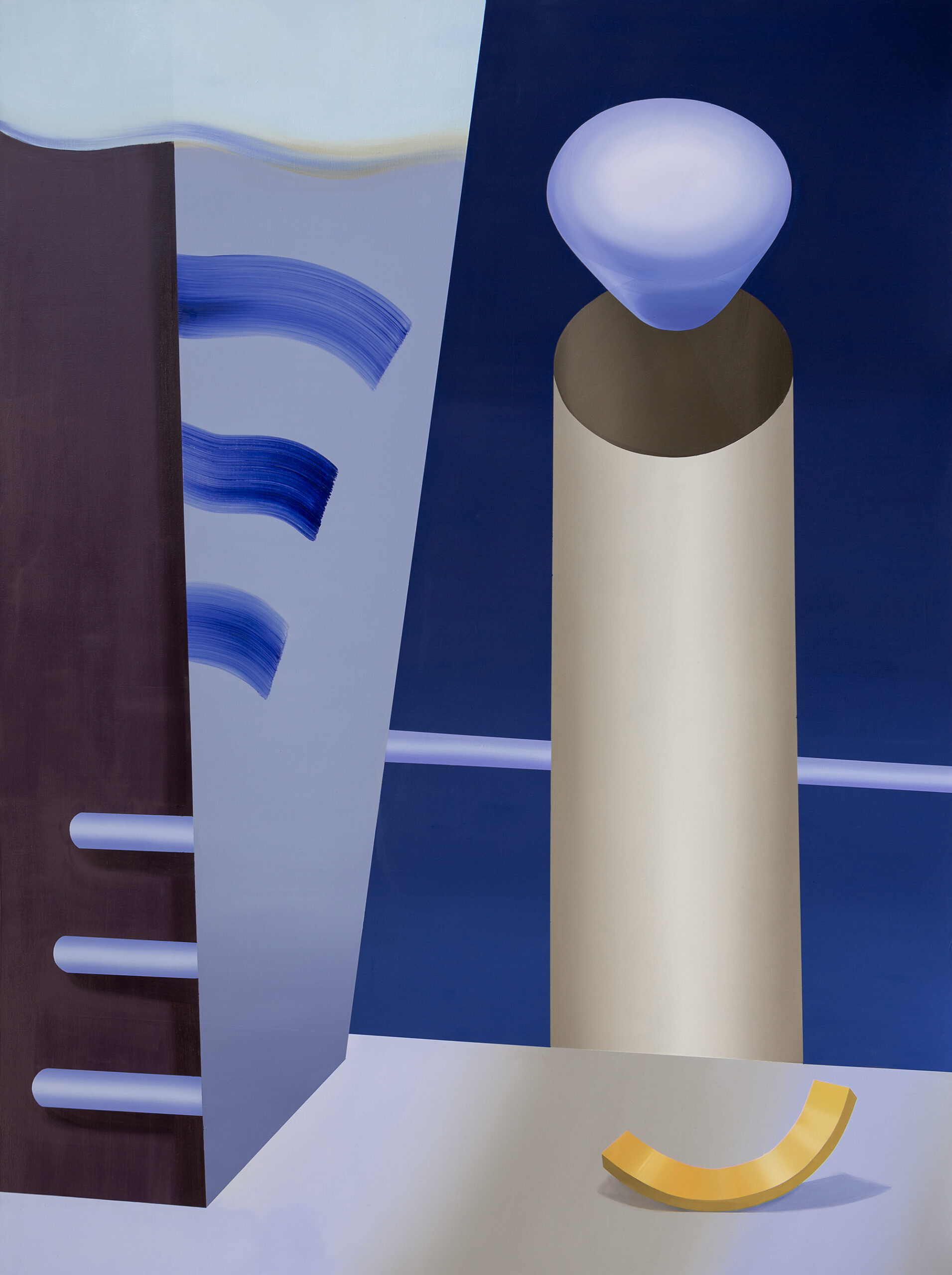
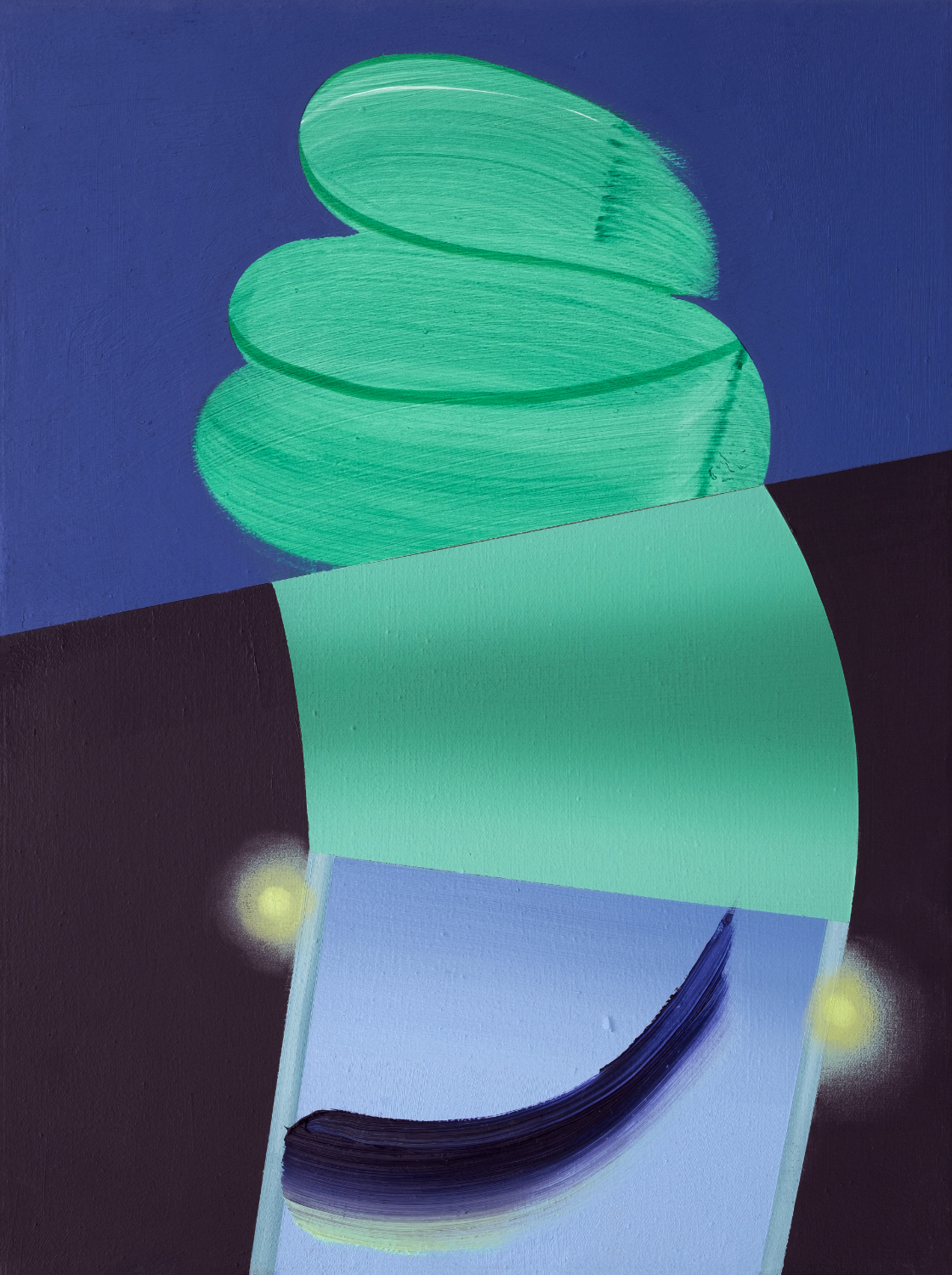
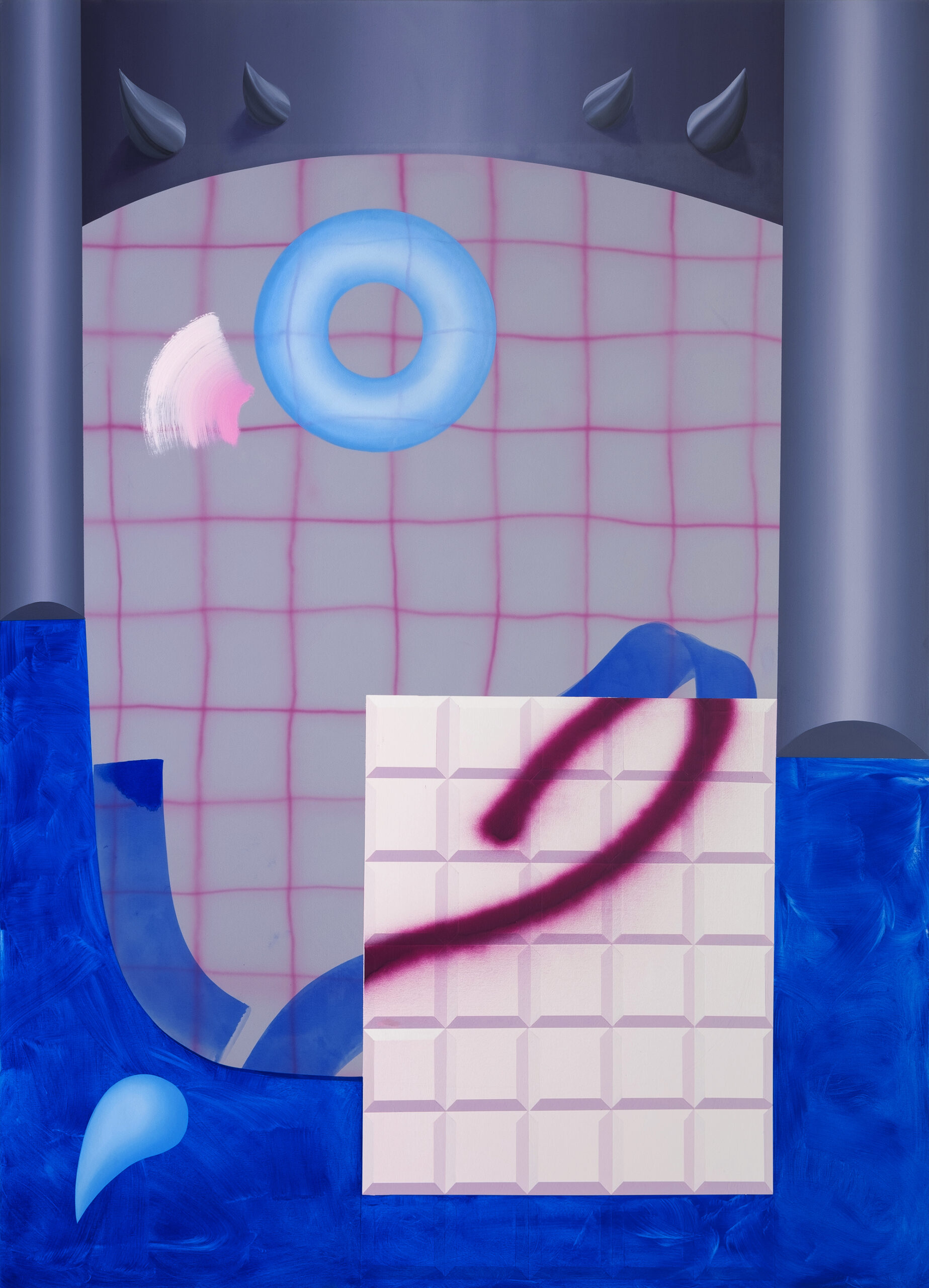
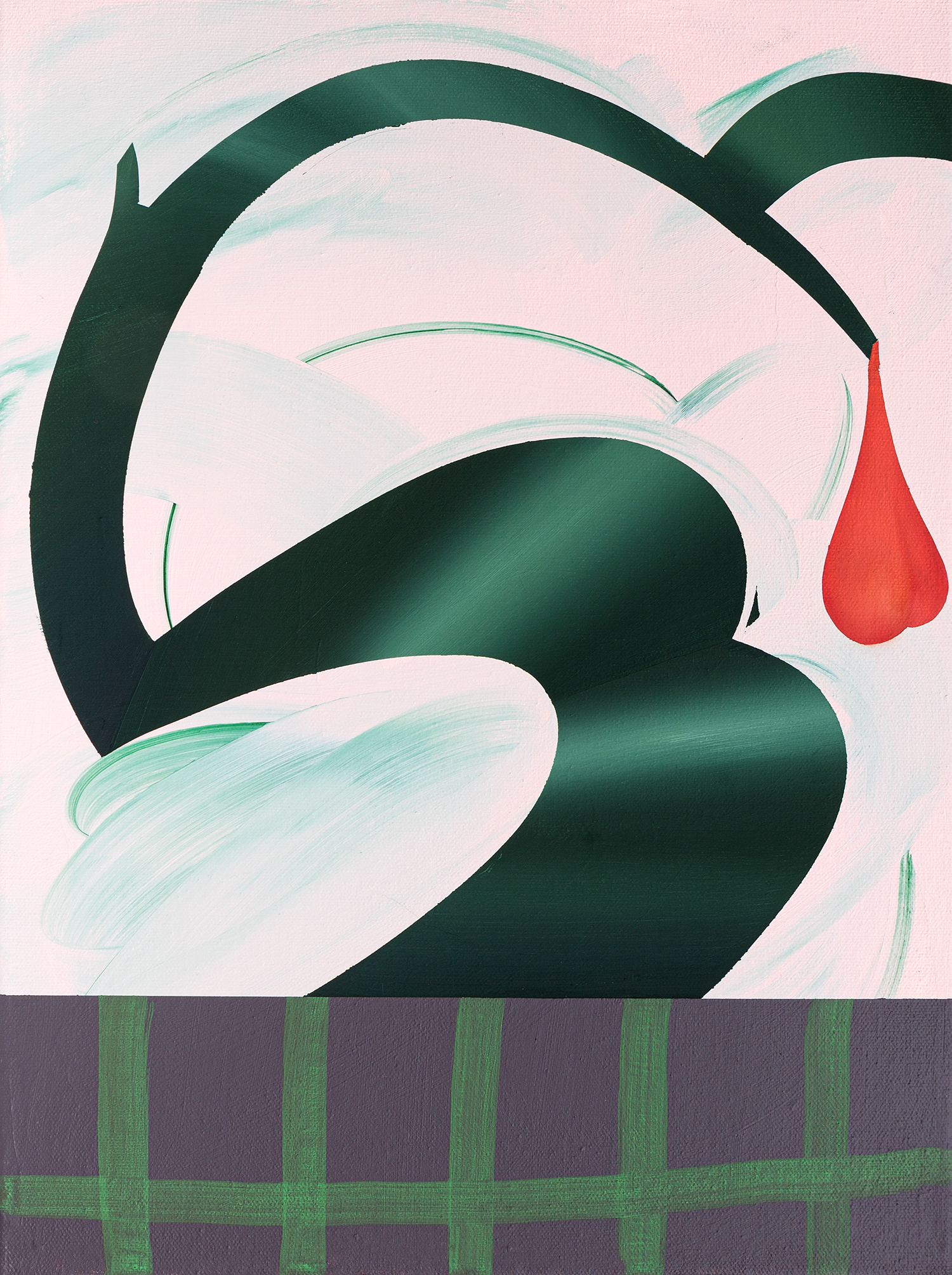
Anna Nero’s artistic practice revolves around exploring various painting techniques and the potential for image-making and representation. Her work navigates between strict geometrical forms and bold, spontaneous brush strokes, blending elements of structure and intuition. Nero often begins with systematic grids and patterns on her canvases, which serve as a foundation for subsequent layers of gestures and forms. Central to Nero’s inquiry is the transformation of paint into both object and space. She elevates the material itself to the forefront of her work, viewing it not just as a tool but as a subject with its own agency. This approach is evident in her playful titles, such as ‘Strokes Trapped in A Grid’ and ‘Hostel’, which reflect her humoristic and ironic perspective. Nero enjoys incorporating references to art history in a postmodern fashion, adding a playful twist to her work.
Anna Nero (*1988) earned her MFA from the Academy of Fine Arts Leipzig in 2015, followed by post-graduate studies with professor Heribert C. Ottersbach. Her artwork has been showcased in solo exhibitions in the United States, Germany, and Italy, as well as in numerous group exhibitions worldwide. She is also involved in running the Frankfurt-based project and exhibition space MARS. In 2022, Nero served as a guest professor at the Art Academy Mainz, Germany. Her pieces are featured in private and public collections across Europe and the United States, including notable institutions like G2 Kunsthalle, the Museum of Fine Art Leipzig, and the public art collections of various German cities. She is currently a guest professor at Burg Giebichenstein, in Halle.
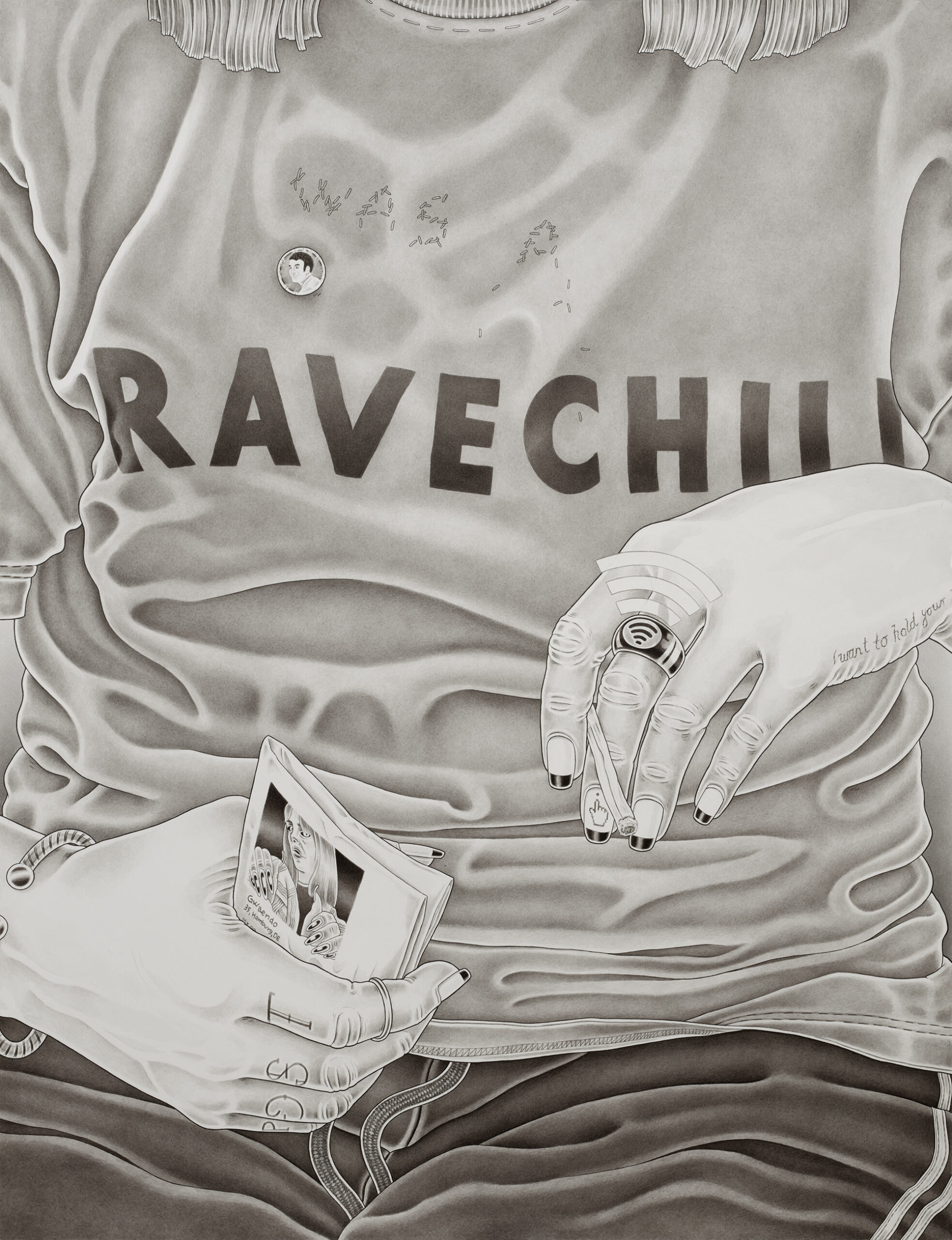
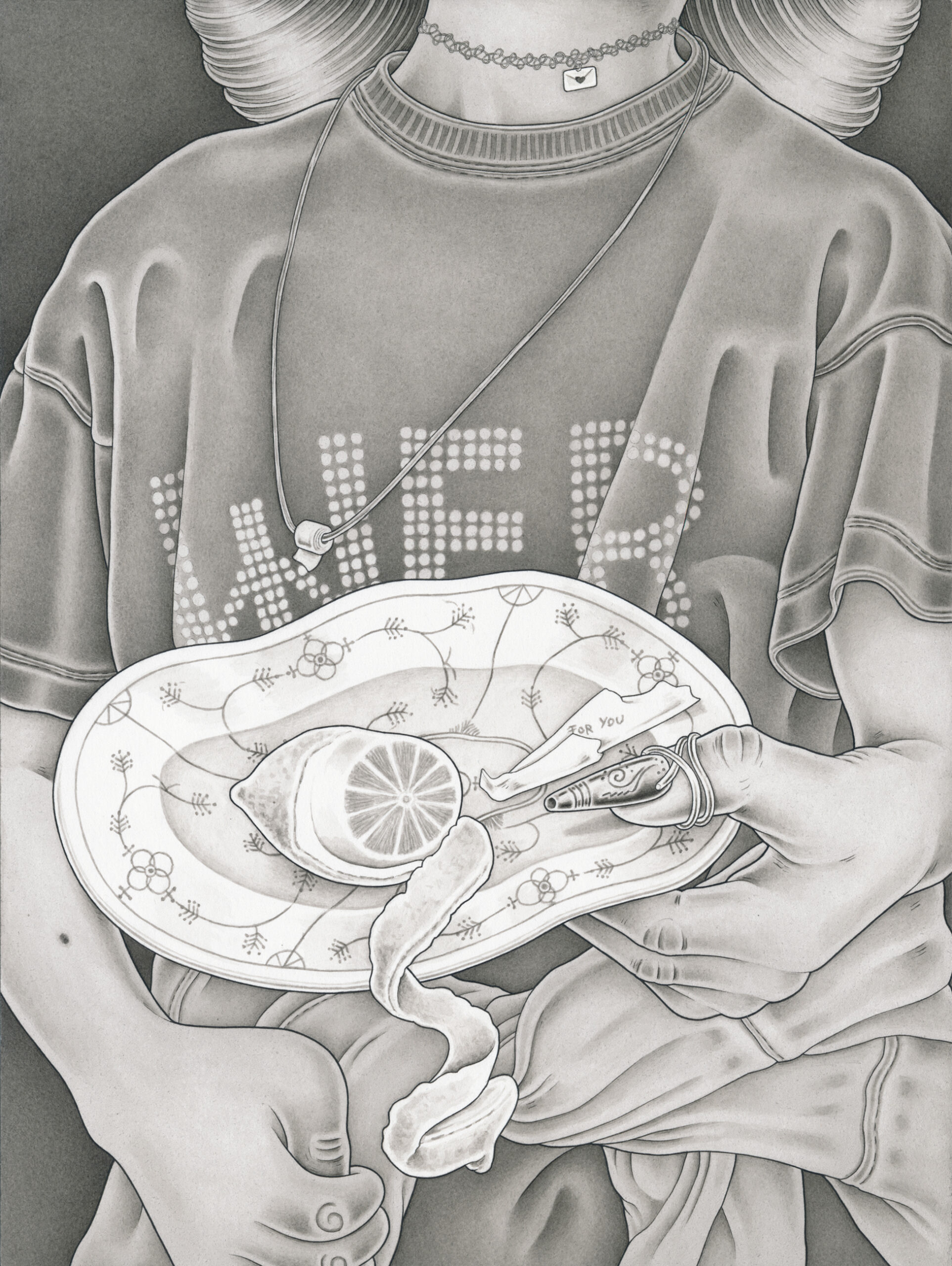
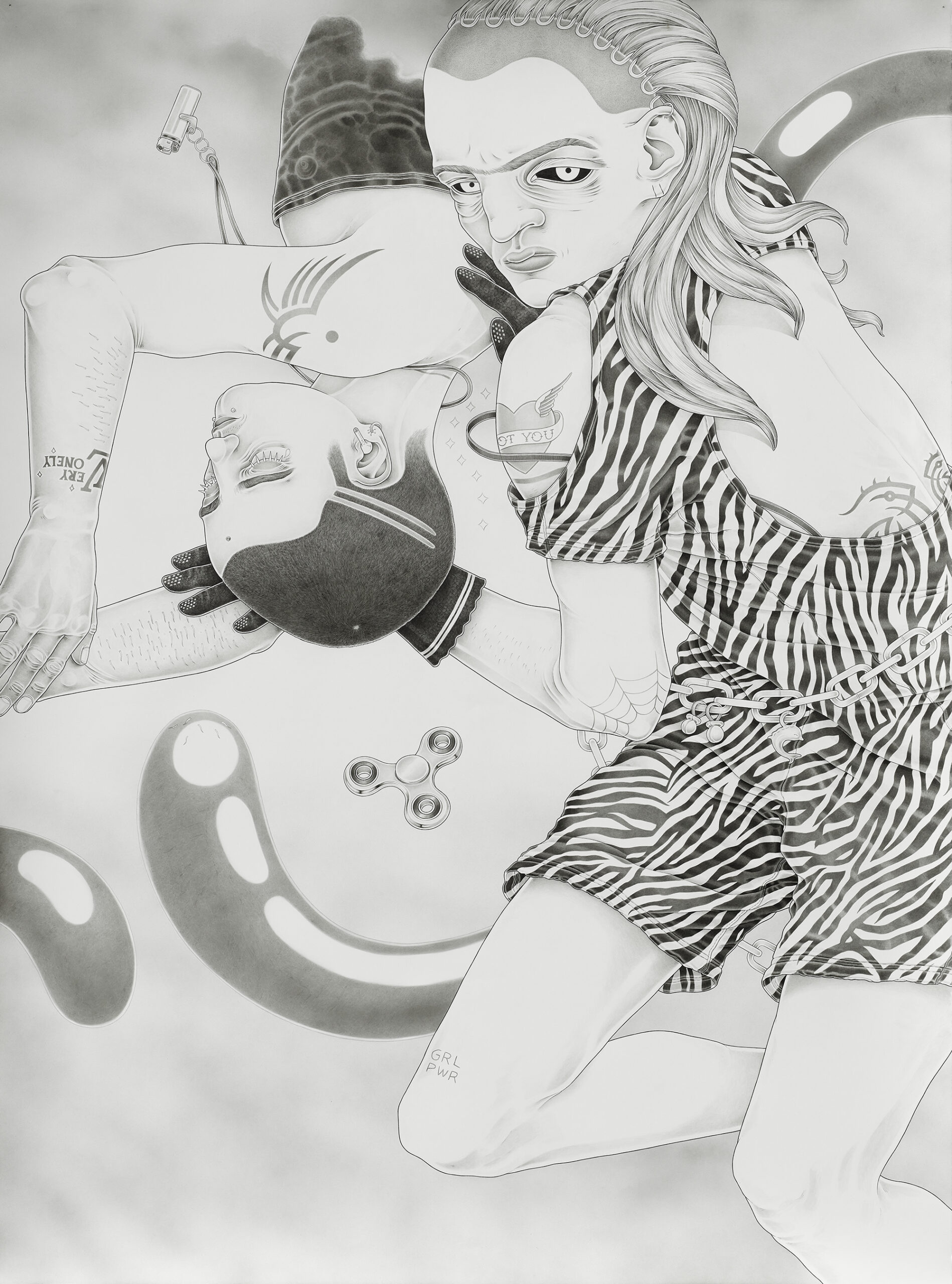
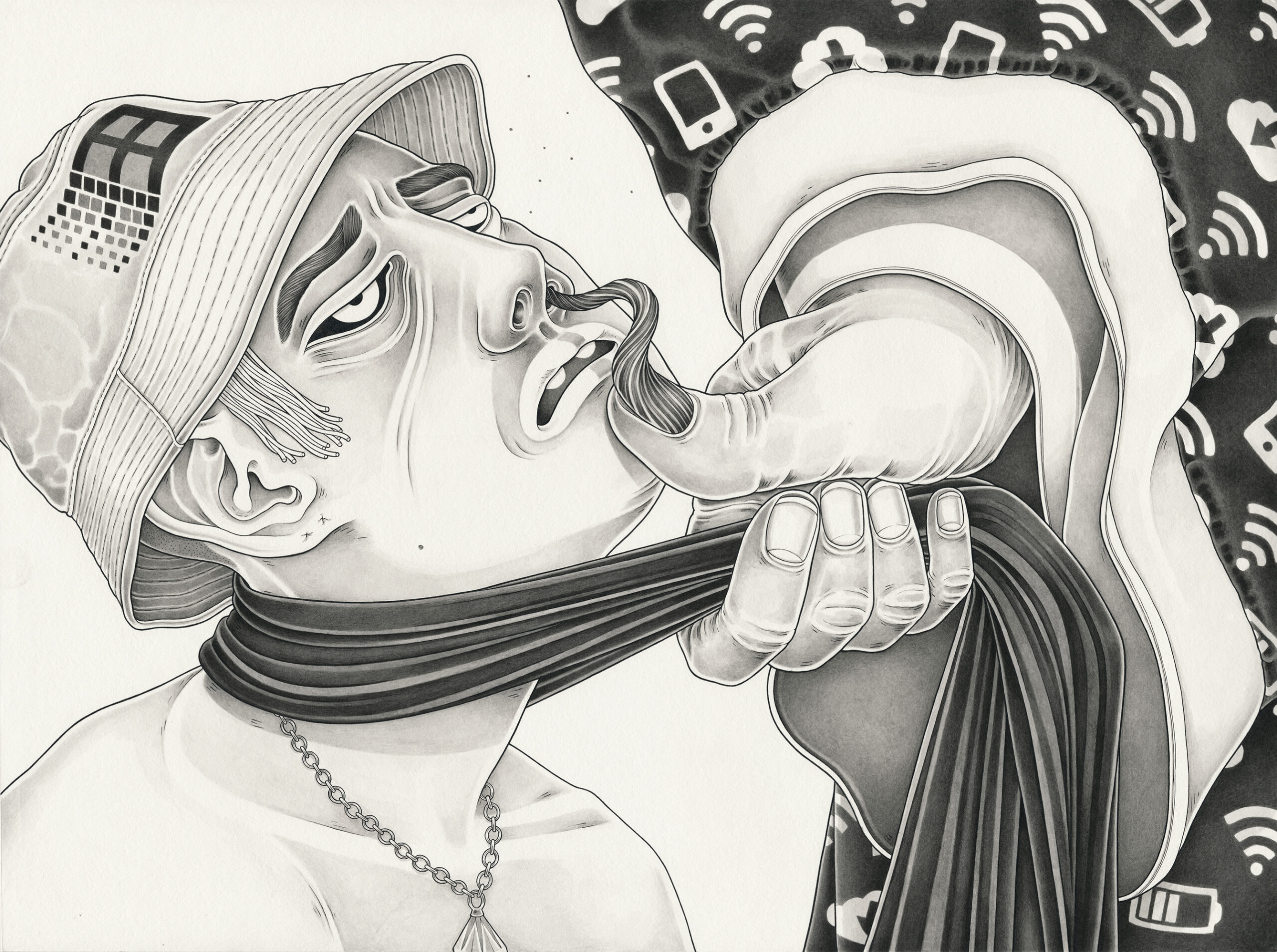
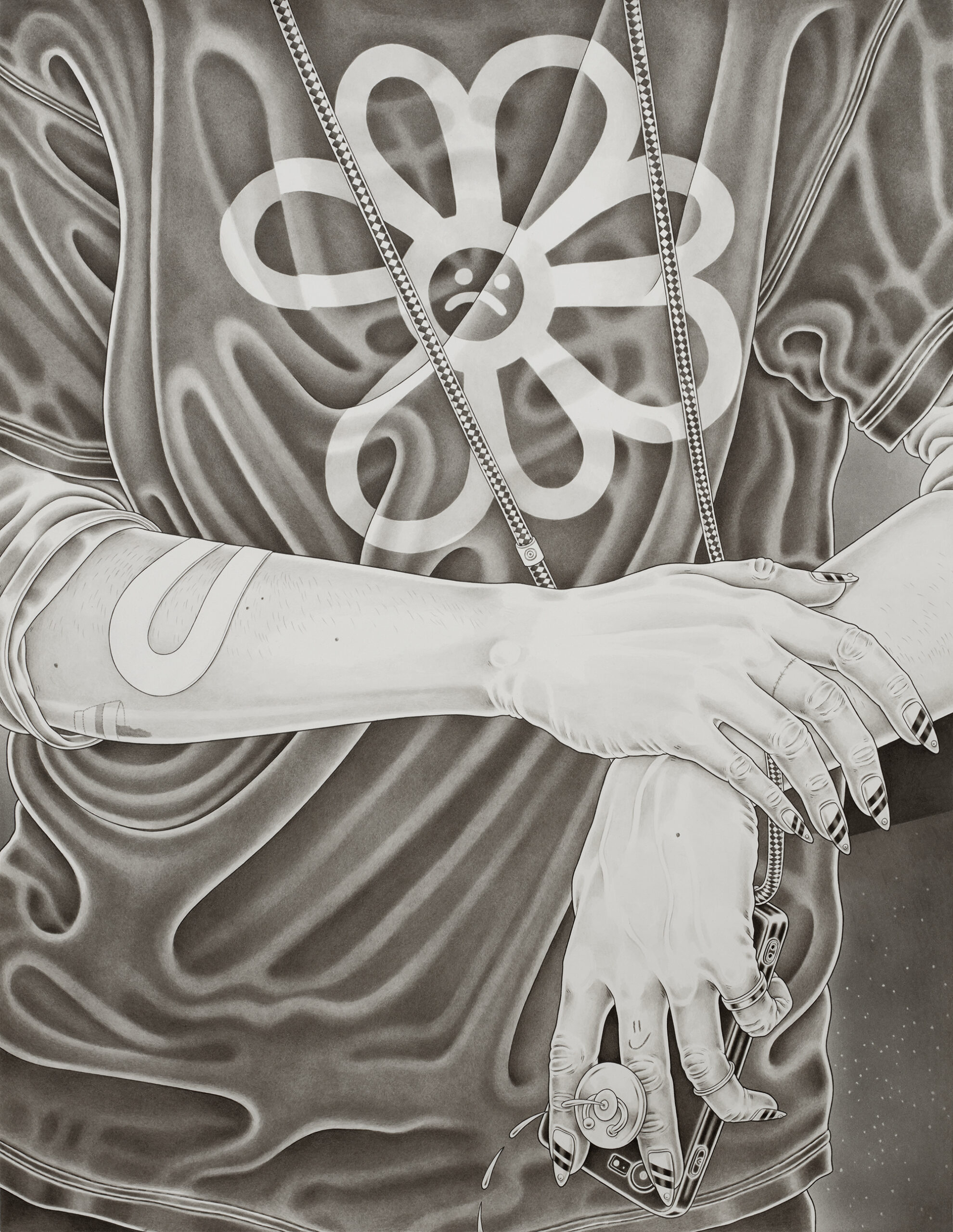
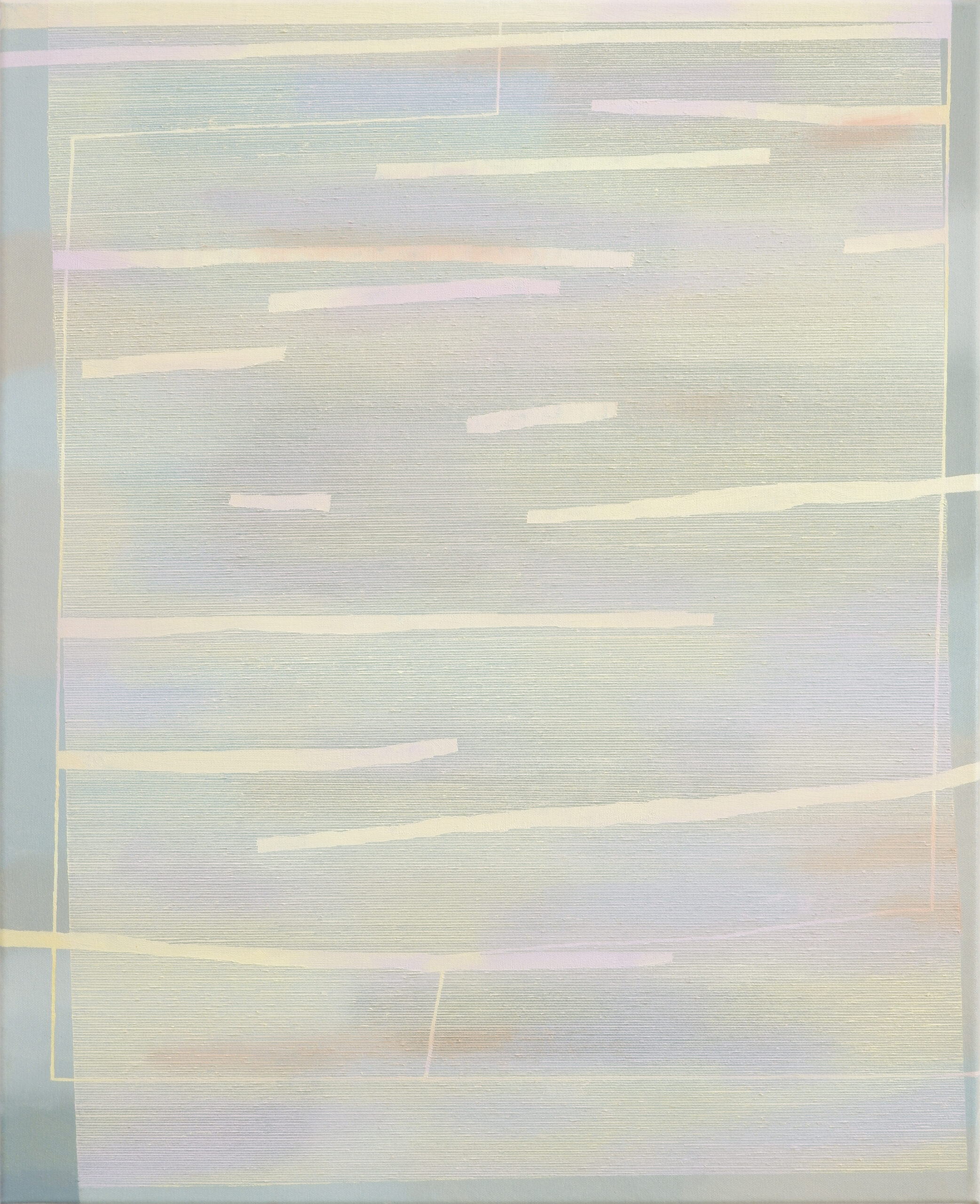
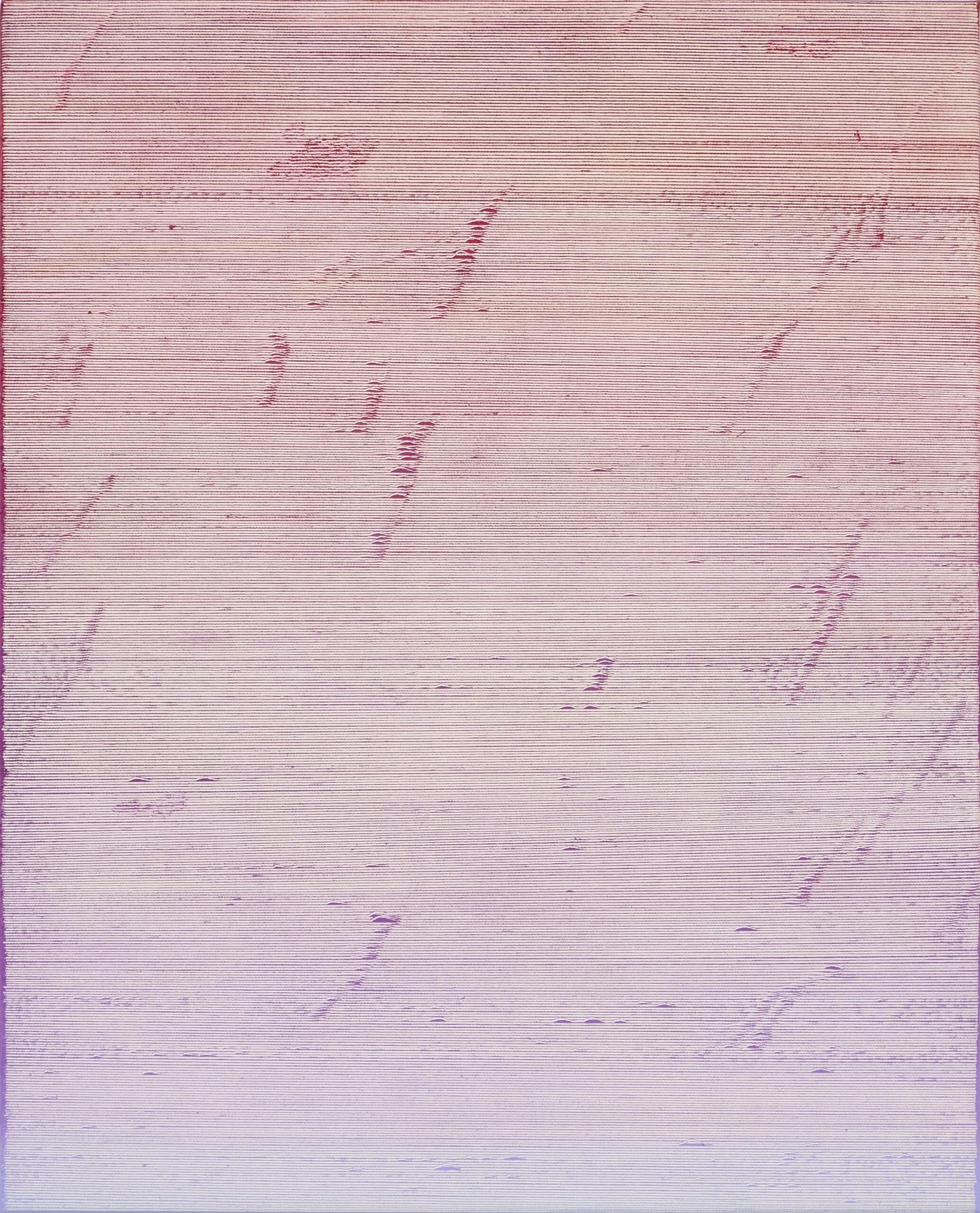
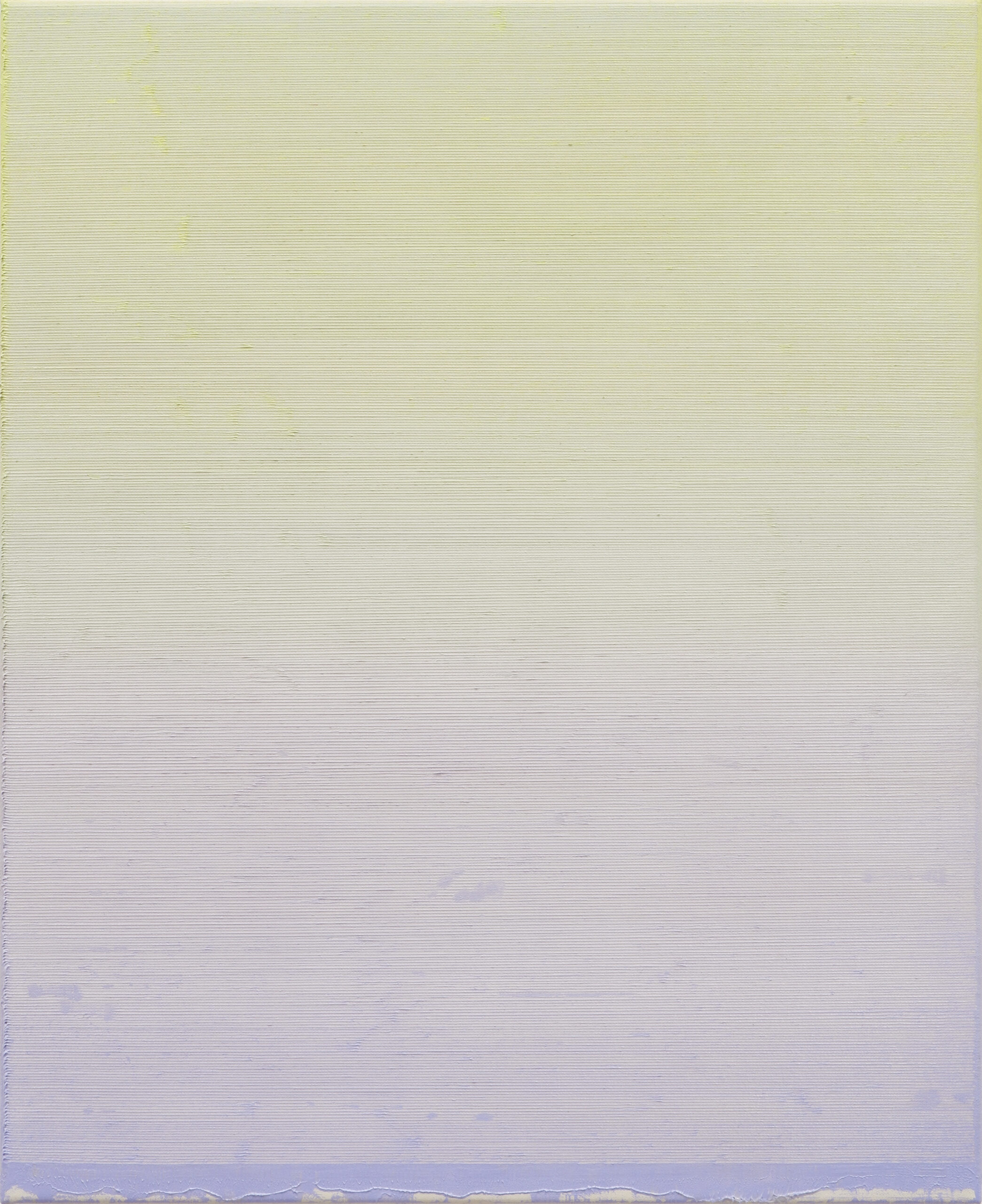
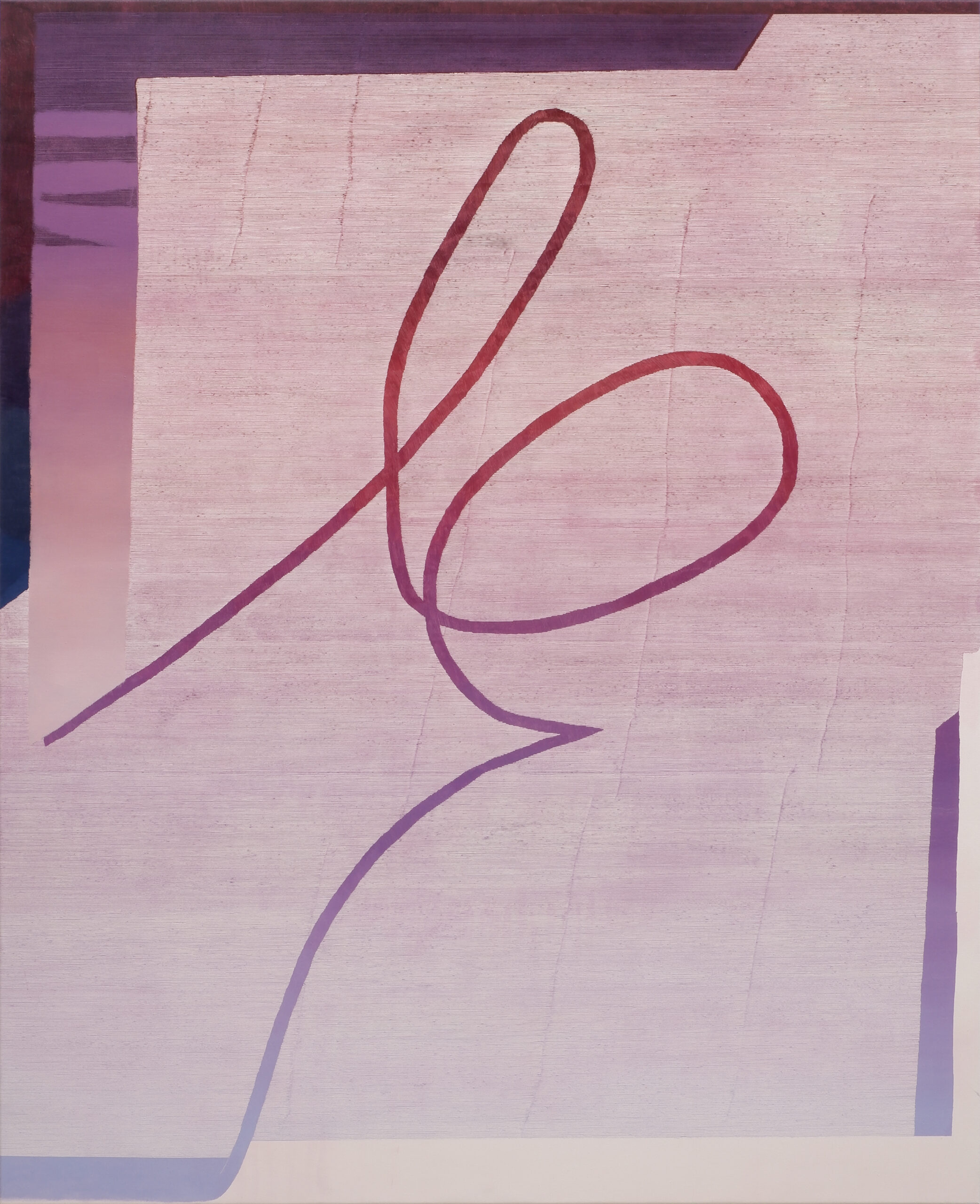
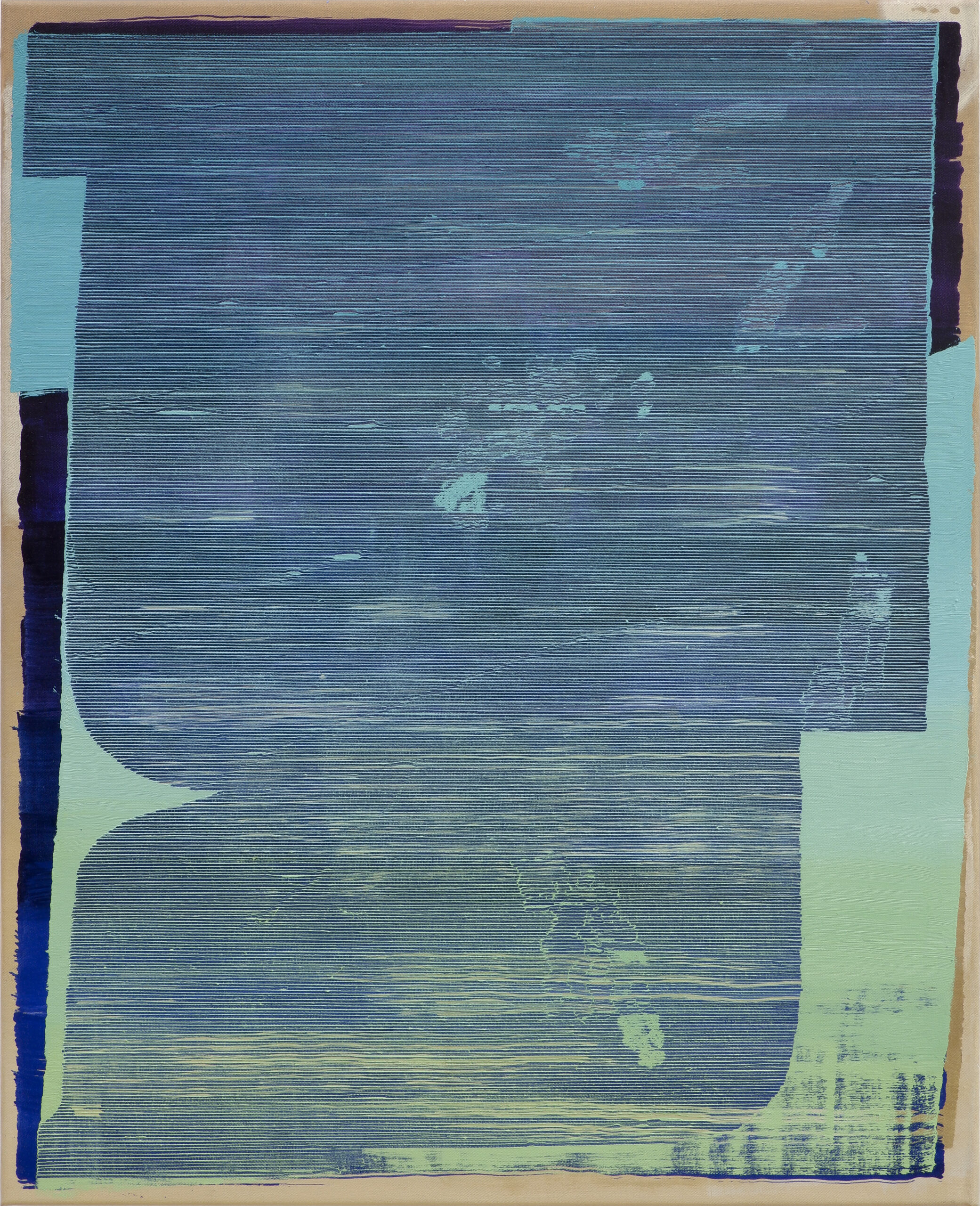
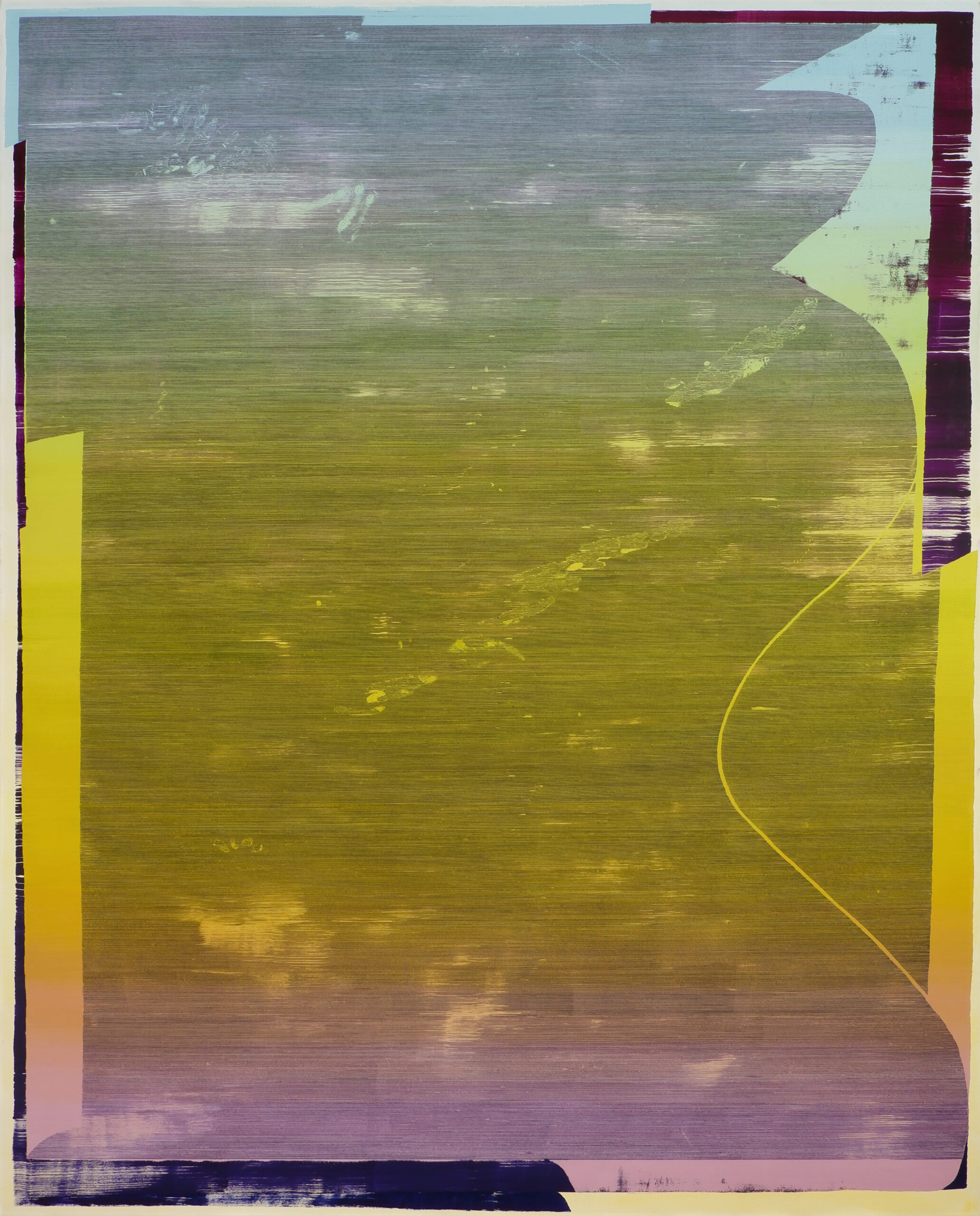
Claudia Kleiner was born in Sebnitz / Saxony in 1985 and initially completed a design apprenticeship. In 2005 she began studying painting and graphics at the Dresden University of Fine Arts. She studied in the classes of Elke Hopfe, Rocco Pagel and Christian Sery before joining the specialist class of Peter Bömmels and in 2010 at the Universidad de Castilla-La Mancha (UCLM) in Cuenca/Spain in the class of Gonzalo Cao. The year after, Claudia Kleiner graduated from Dresden and continued her master class studies under Professor Bömmels until 2013. In 2019, she was given the opportunity of an artist-in-residence stay at the Samband íslenskra myndlistarmanna (SÍM) in Reykjavík/Iceland to deepen her work. Kleiner succeeds in creating an almost fluid transition between painting and graphic art, which is accompanied by a powerful, emotive, dynamic but also yearning choice of colours and is complemented by manual, as well as individually accentuated line representations. She lives and works in Dresden.
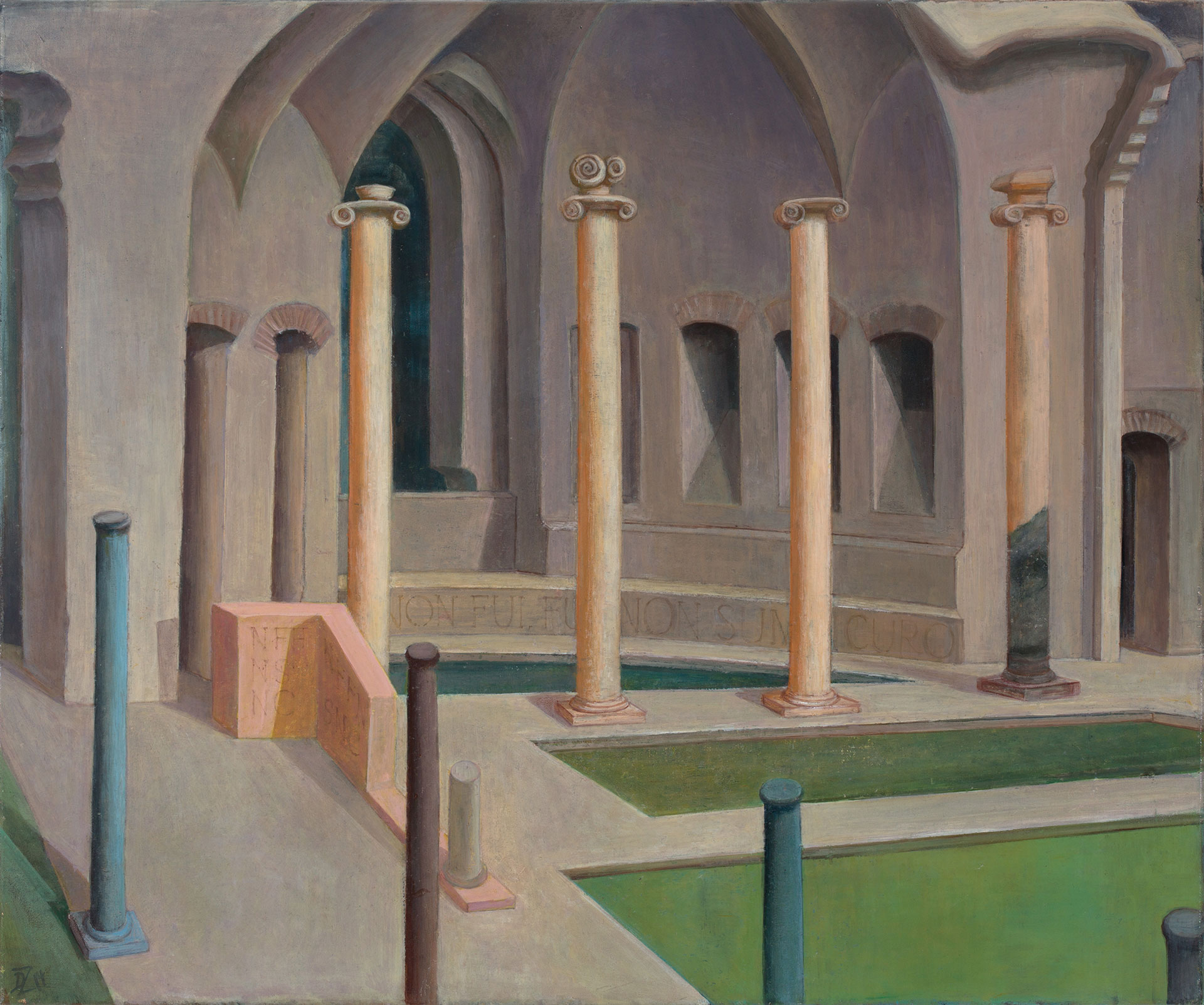
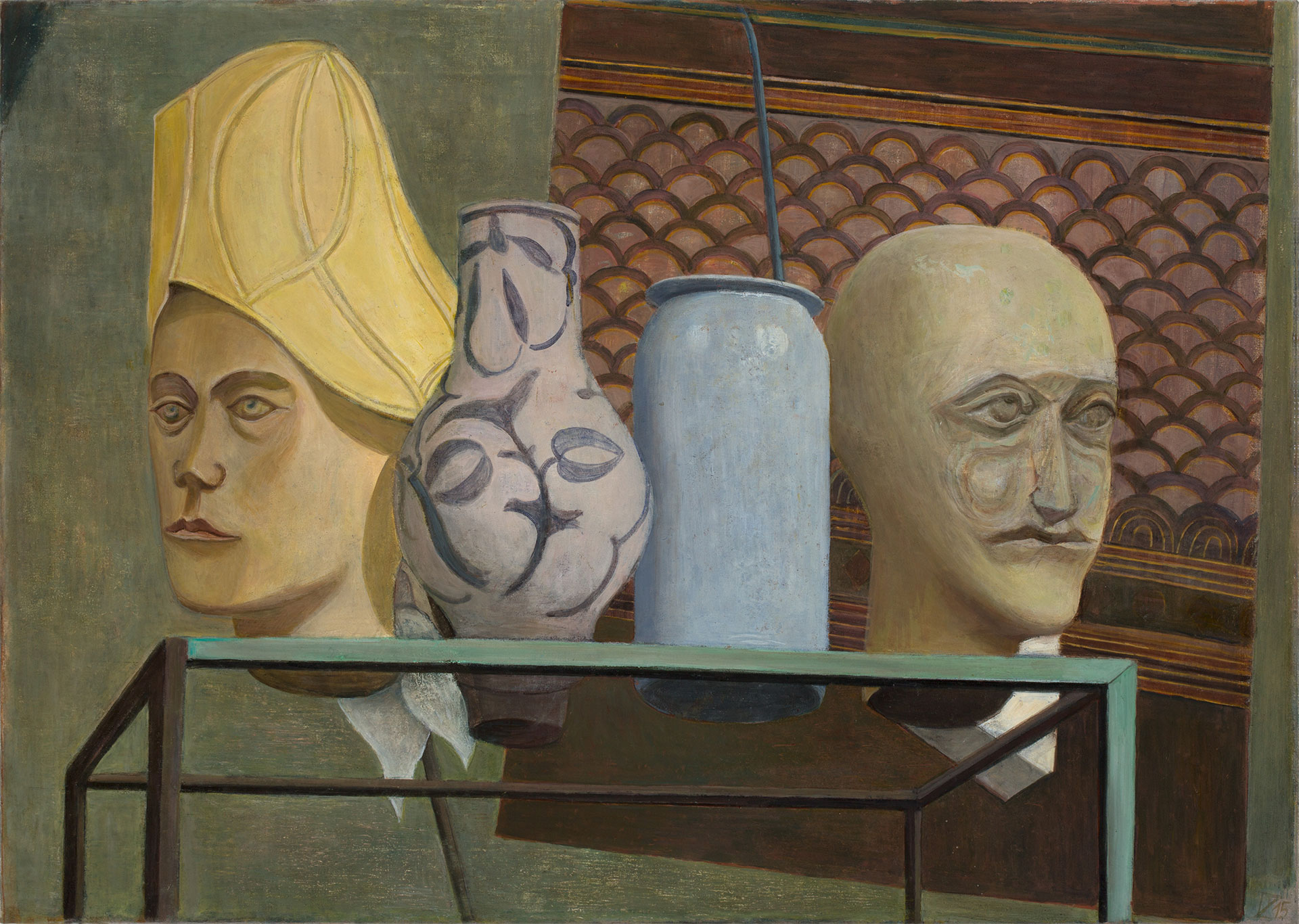

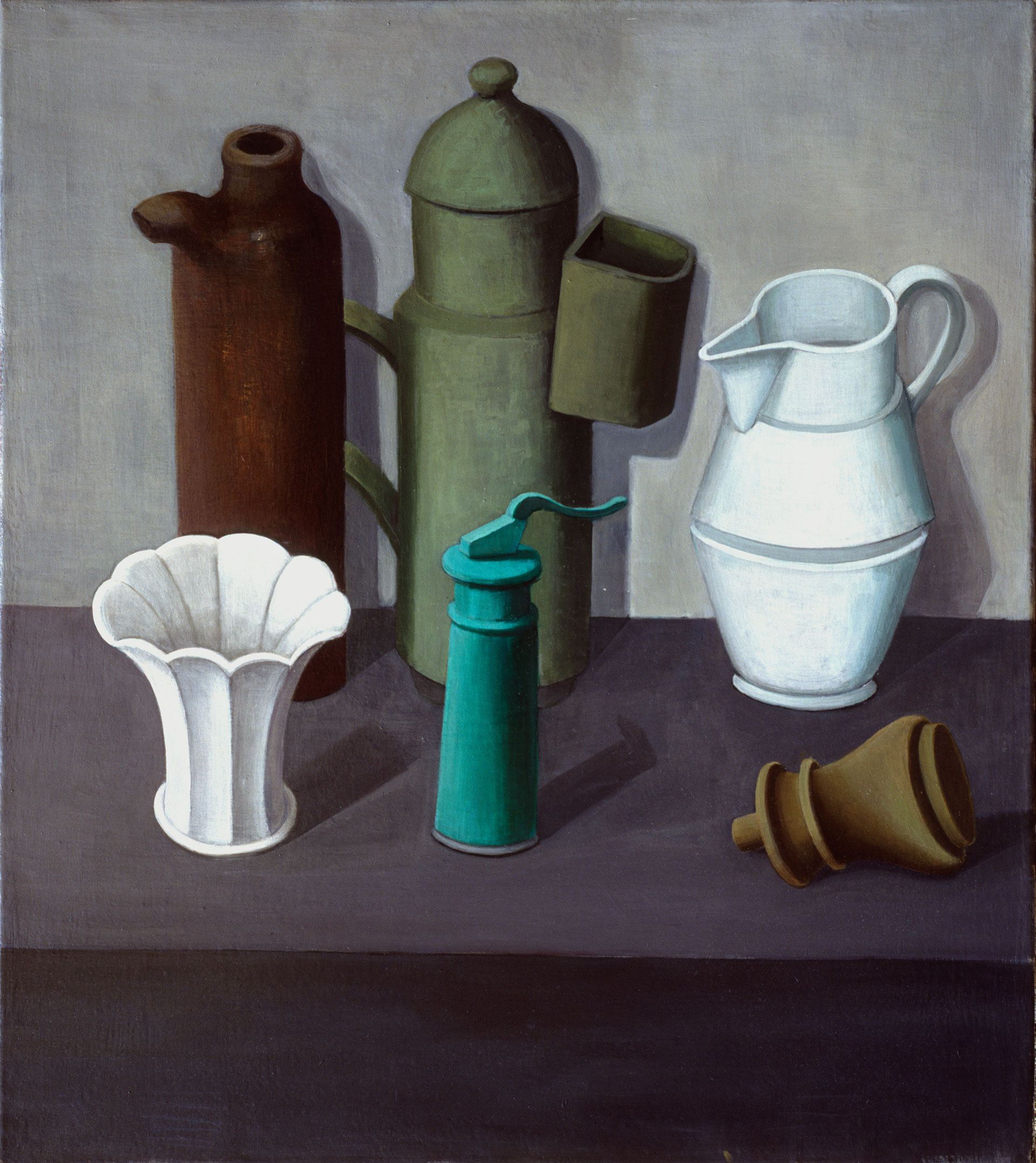
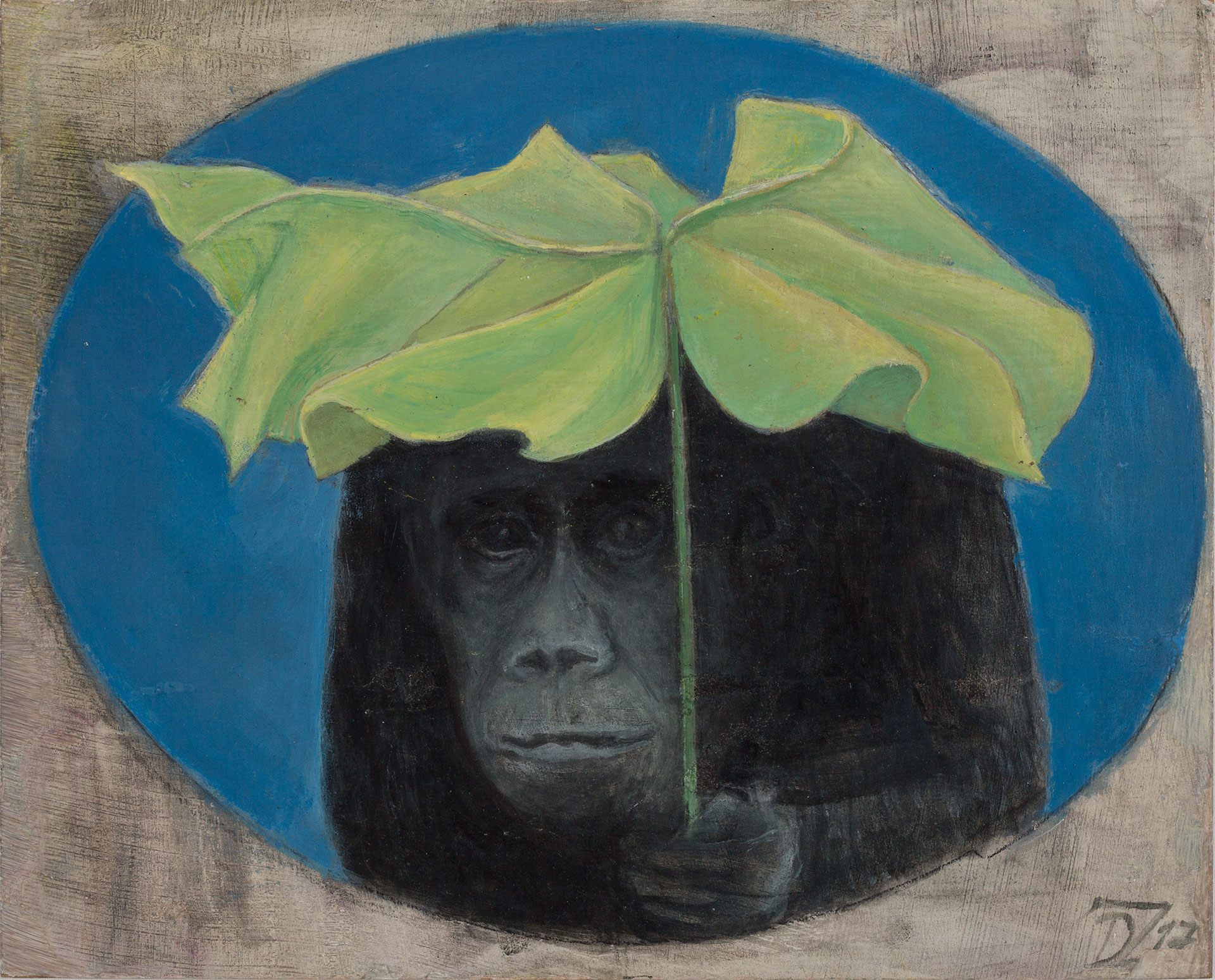
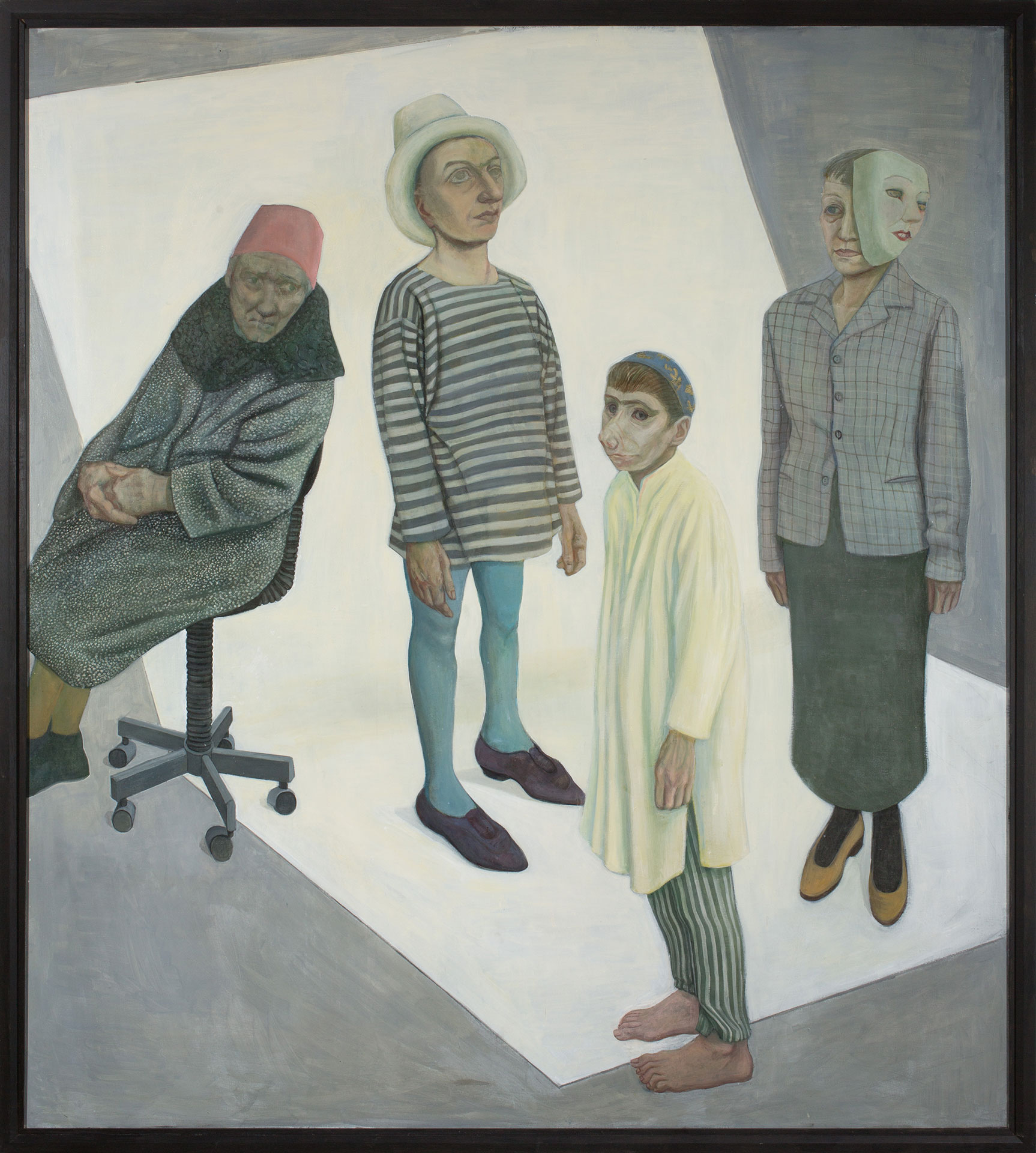
Doris Ziegler (b. 1949) is a German painter associated with the Leipzig School. Her work navigates between documentary urban landscapes, figurative painting, and reflections on social change. She captured the realities of life in the GDR, the transformation after reunification, and themes of identity and perception. Influenced by Werner Tübke and Wolfgang Mattheuer, her style blends realism with symbolic depth.
In the 1990s, her focus shifted to urban landscapes, documenting Leipzig’s industrial decline with a precise yet atmospheric style. Her Passage-Zyklus (1988–1993) explores societal transition through architecture and reflections. Ziegler also examined gender and identity in striking self-portraits. Alongside these themes, she painted still lifes, using everyday objects to evoke transience, memory, and historical change, often employing muted tones and precise composition.
While overlooked post-reunification, her work has gained renewed recognition, notably in the Point of No Return – Turning the World Upside Down exhibition at the Museum der bildenden Künste Leipzig (MdbK) in 2019. As a chronicler of a changing society, Ziegler remains a significant voice in figurative painting.
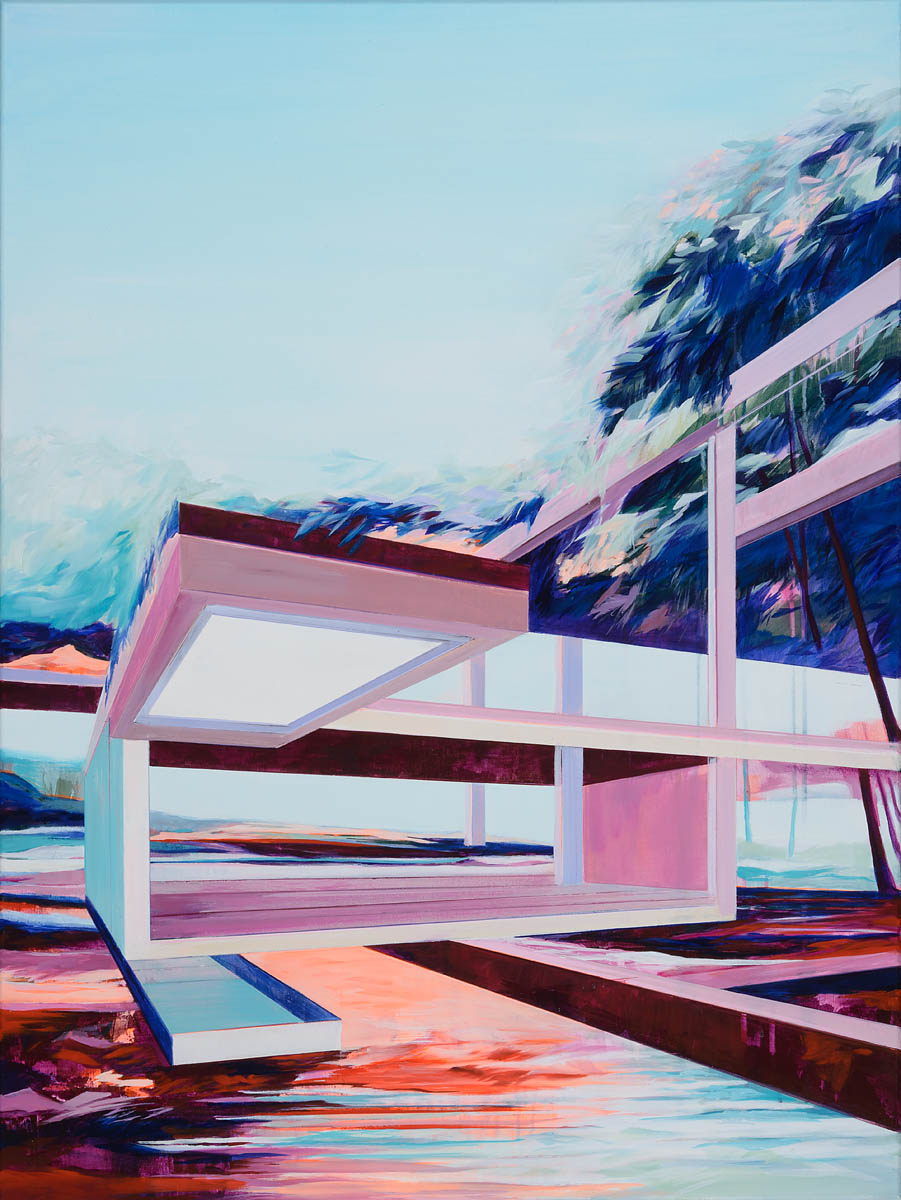
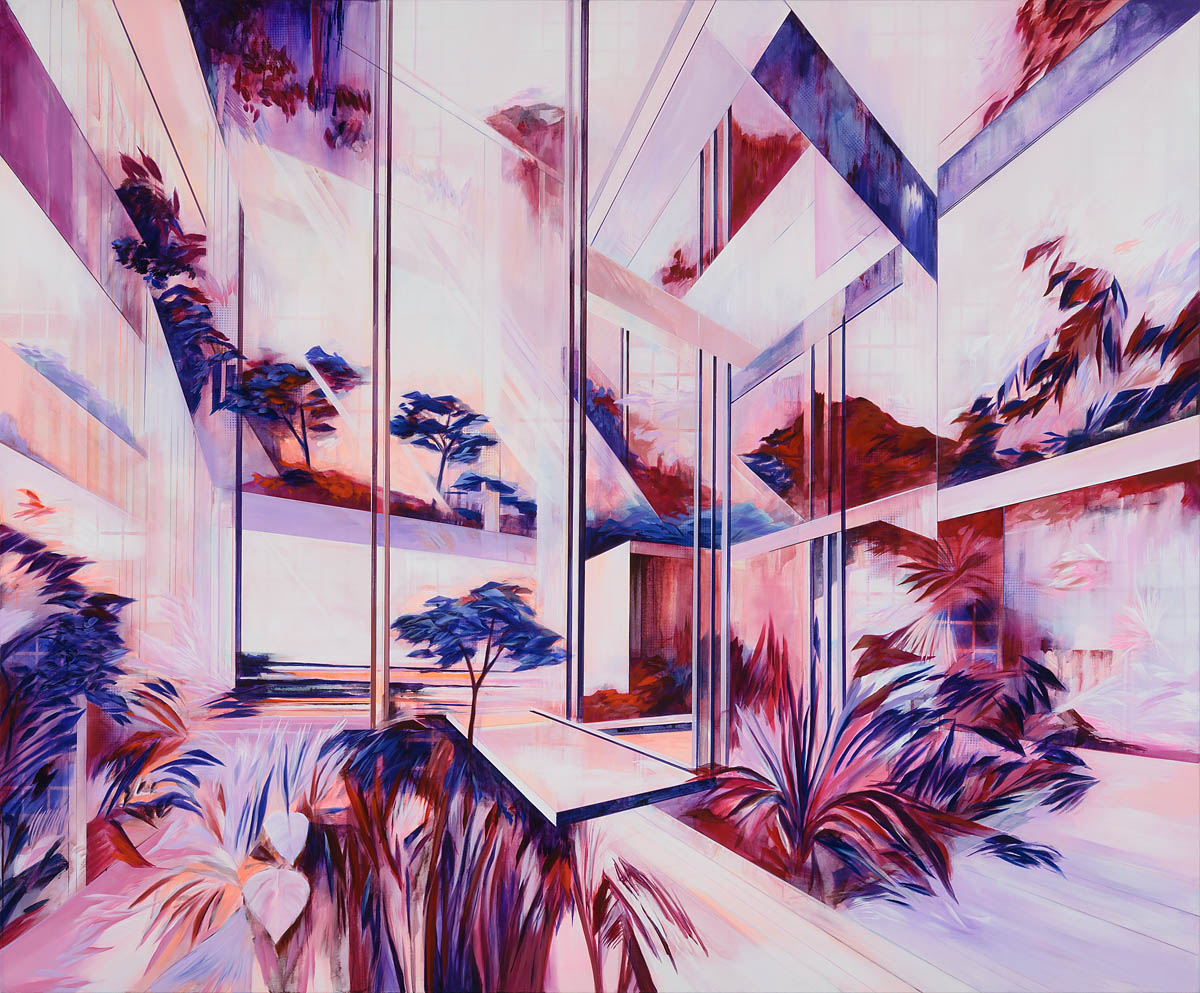
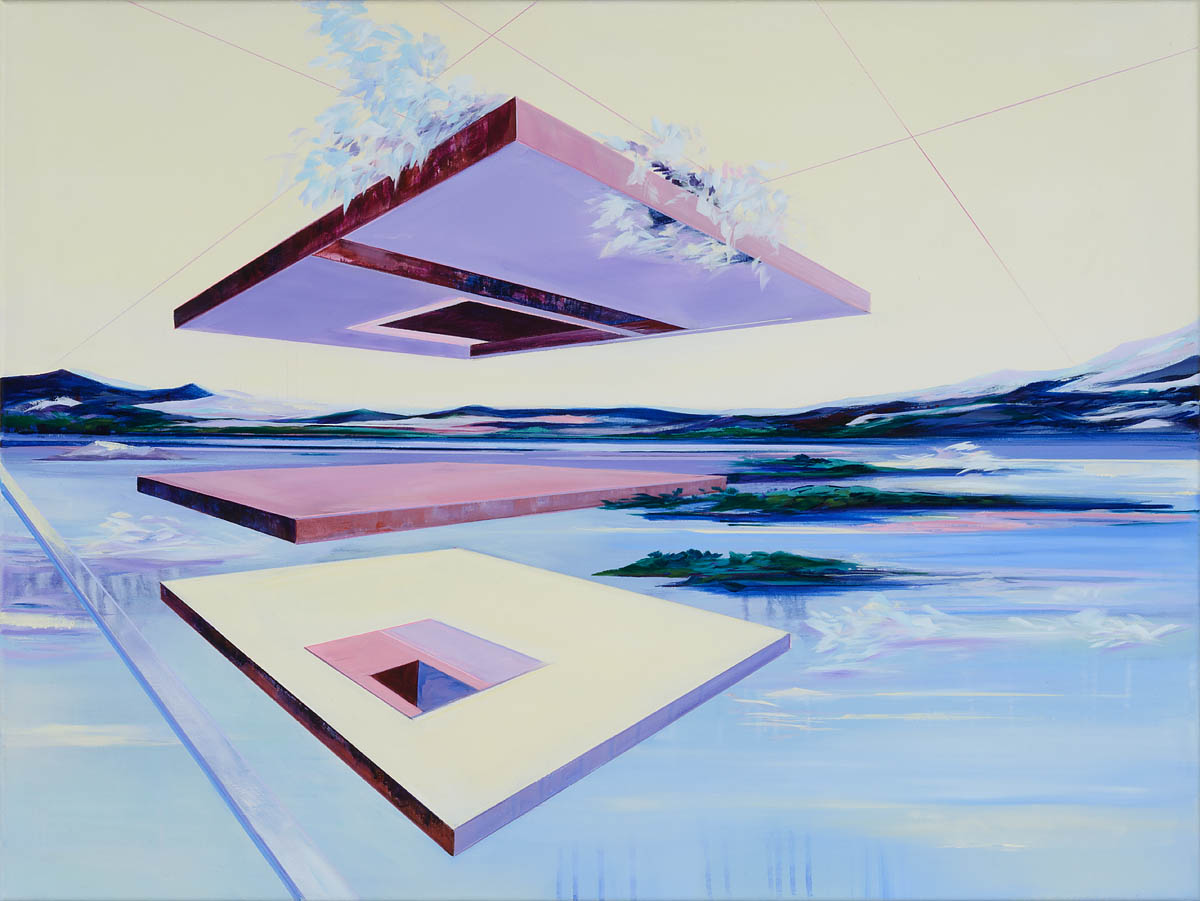
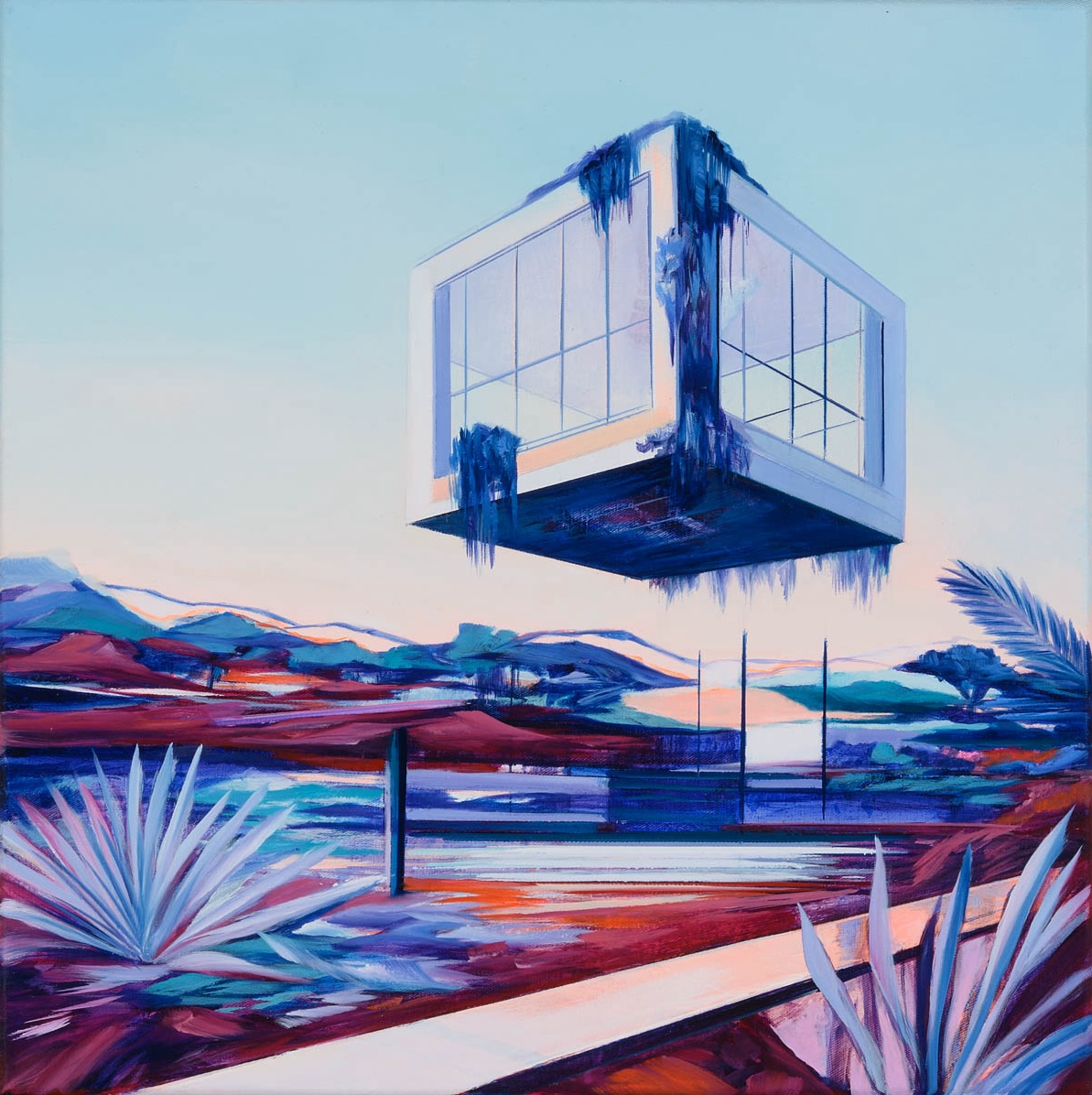
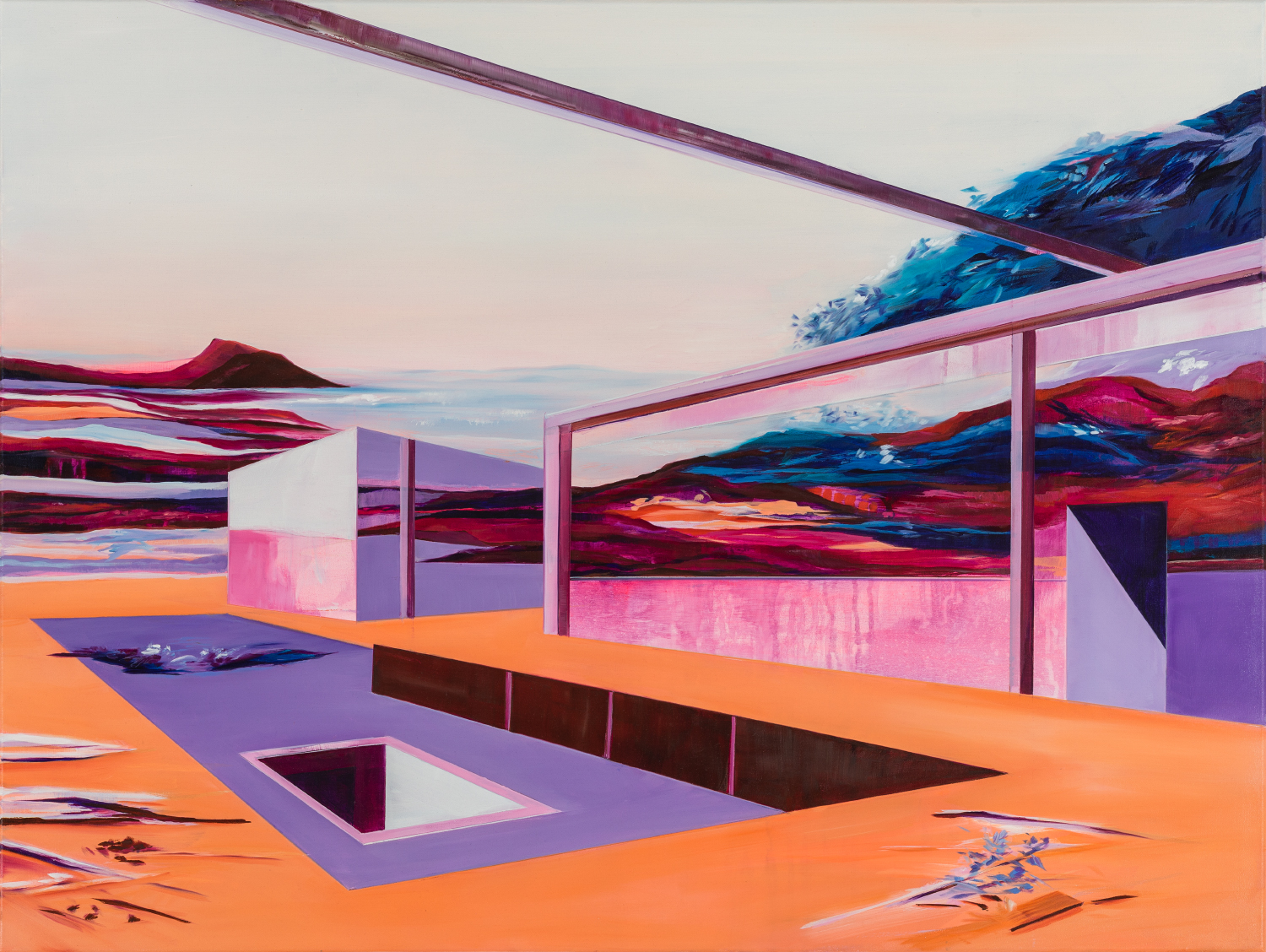
Dorothee Liebscher, born in 1987 in Freiberg, lives and works in Leipzig. After completing her studies in Art and Special Education at the University of Leipzig in 2017, she deepened her artistic practice at the Academy of Fine Arts Leipzig. Under the mentorship of Prof. Annette Schröter in the Painting and Graphic Arts class, she earned her diploma in 2019. A pivotal year at the Facultad de Bellas Artes in Murcia, Spain (2011/12), left a lasting mark on her artistic vision.
Dorothee Liebscher’s creative process unfolds in layers, beginning with an acrylic base that mimics the fluidity of watercolor. This foundation is then meticulously developed with oil paints to define the sharp contours of architectural forms and the delicate interplay of structure and overgrowth. Her compositions captivate with their expansive horizons, merging classical linear perspective with a real enigmatic touch.
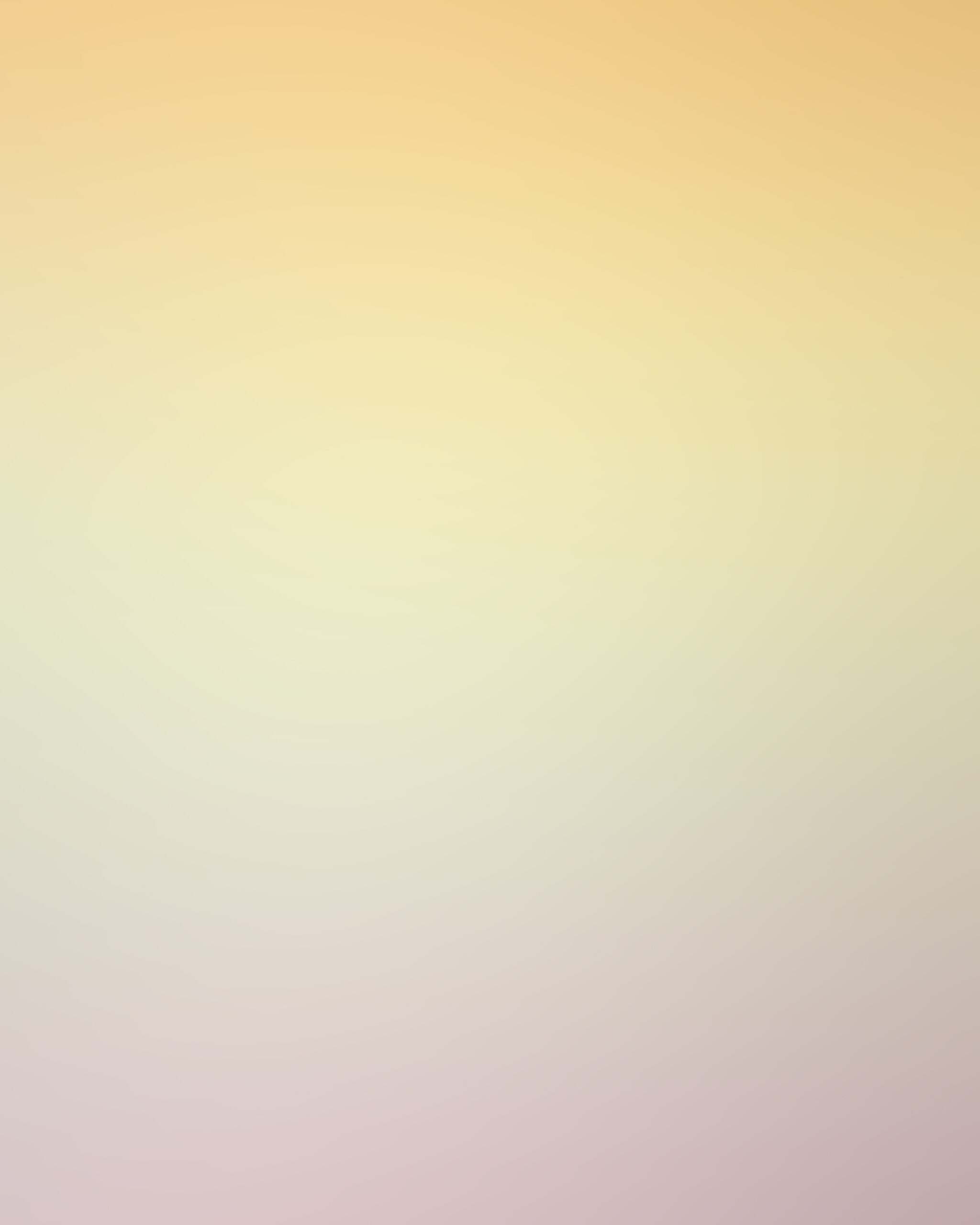
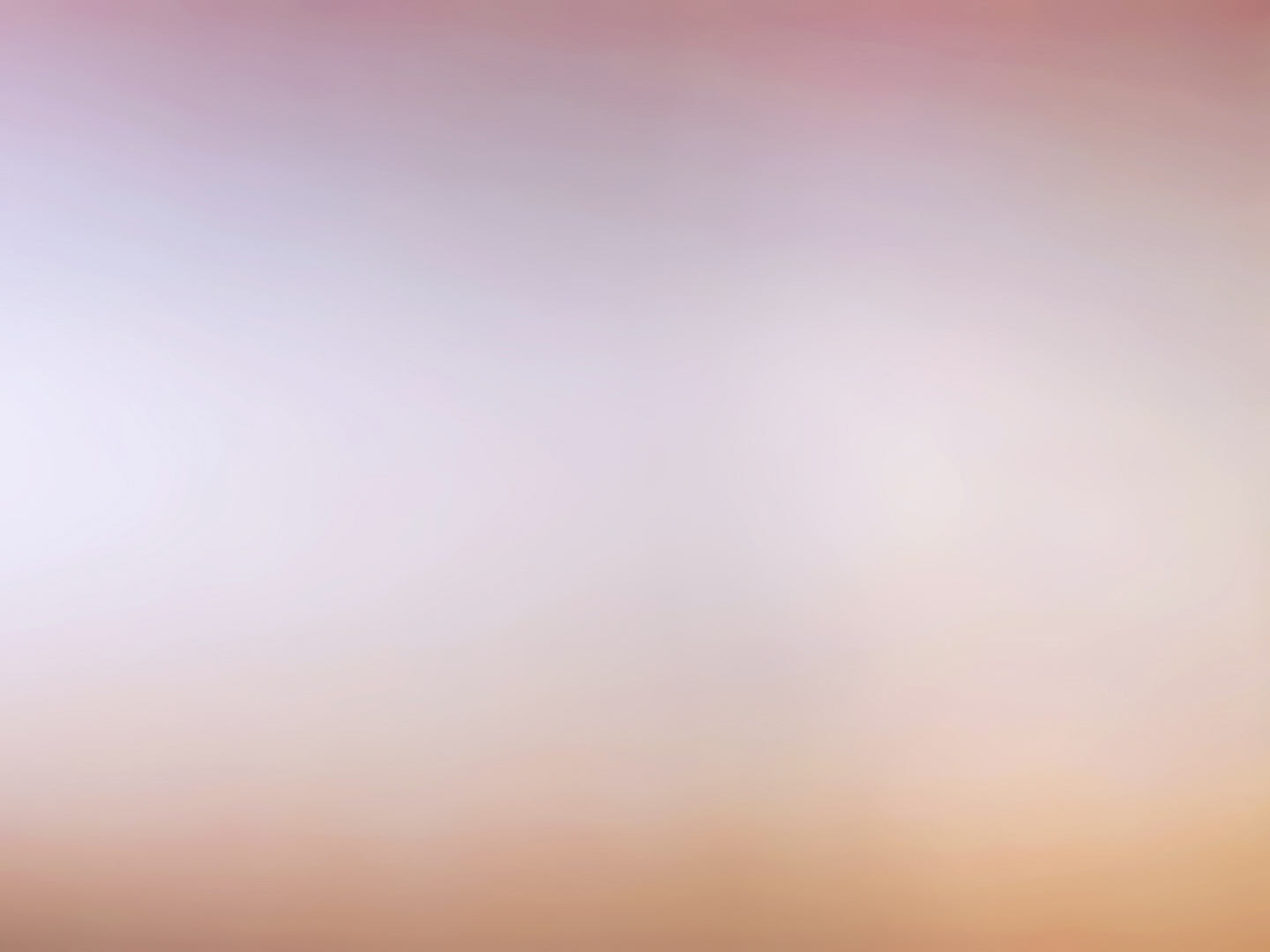
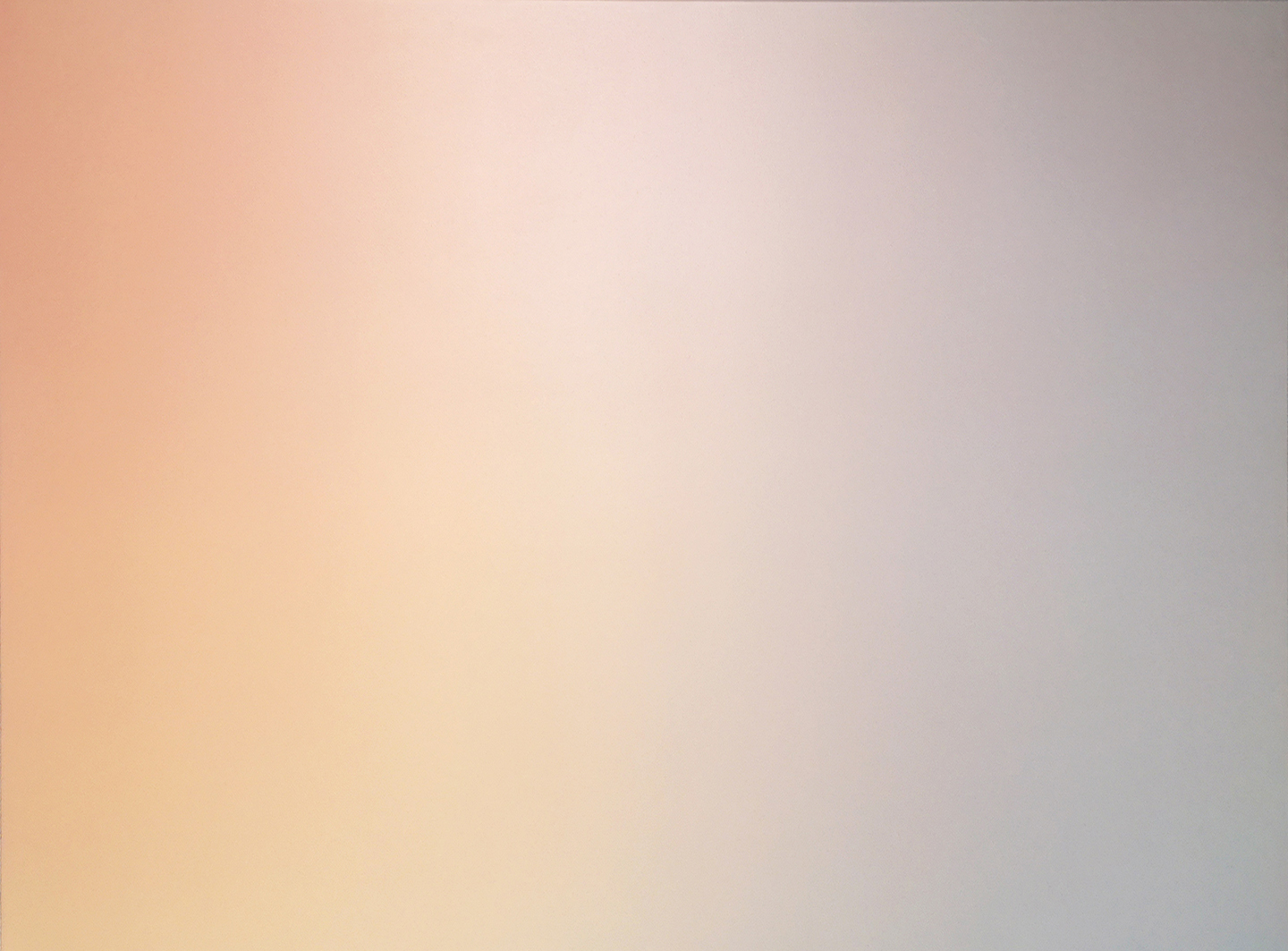
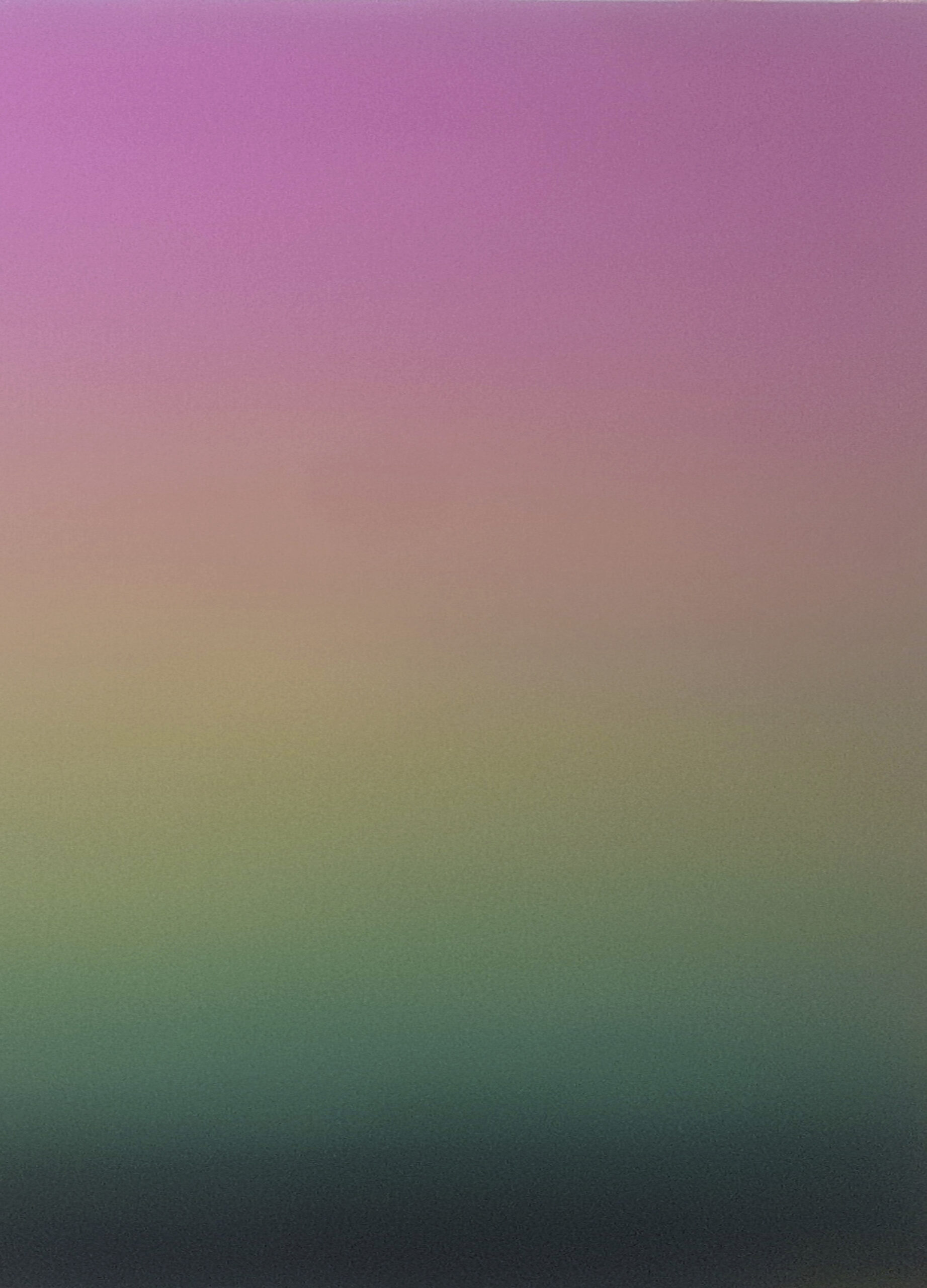
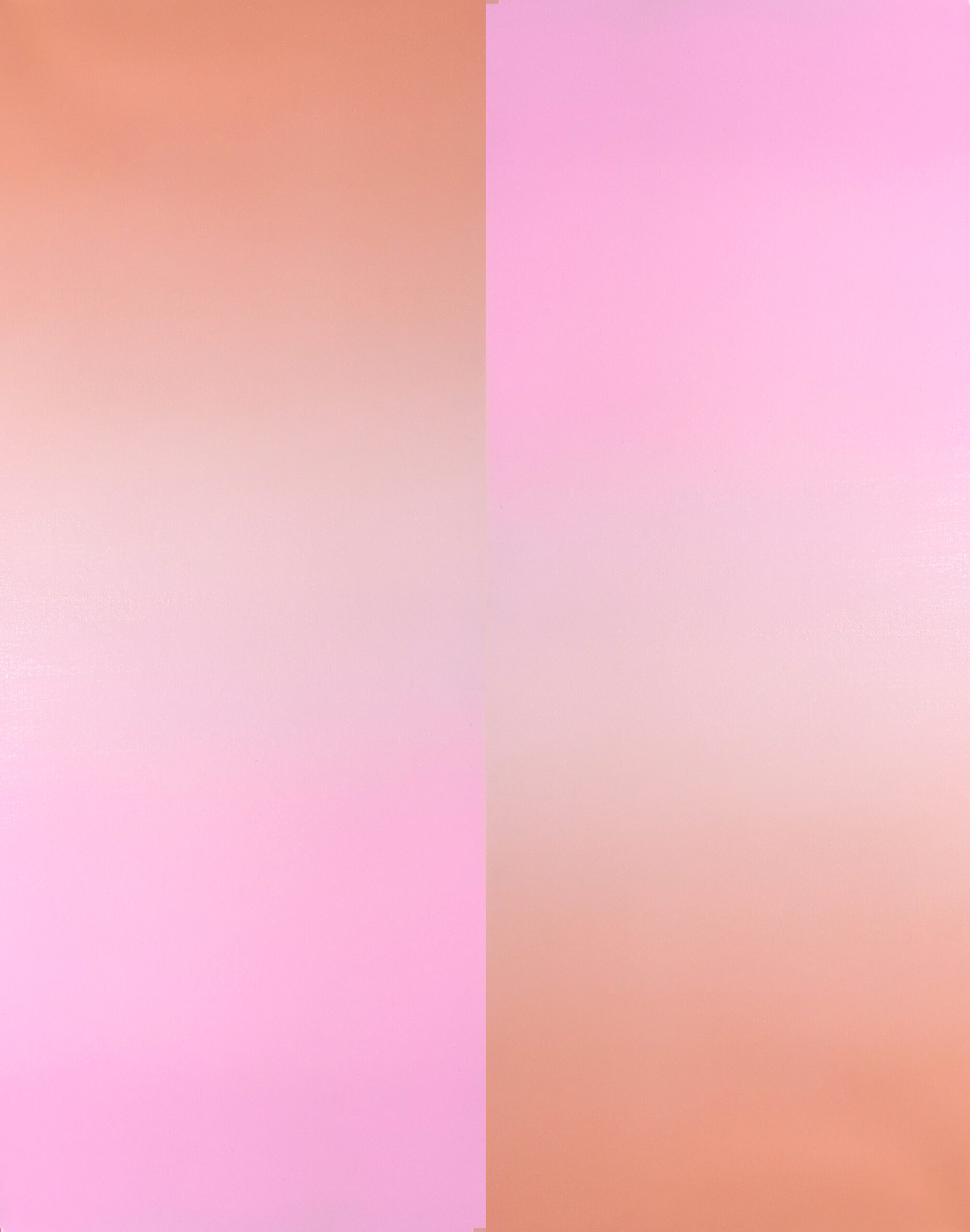
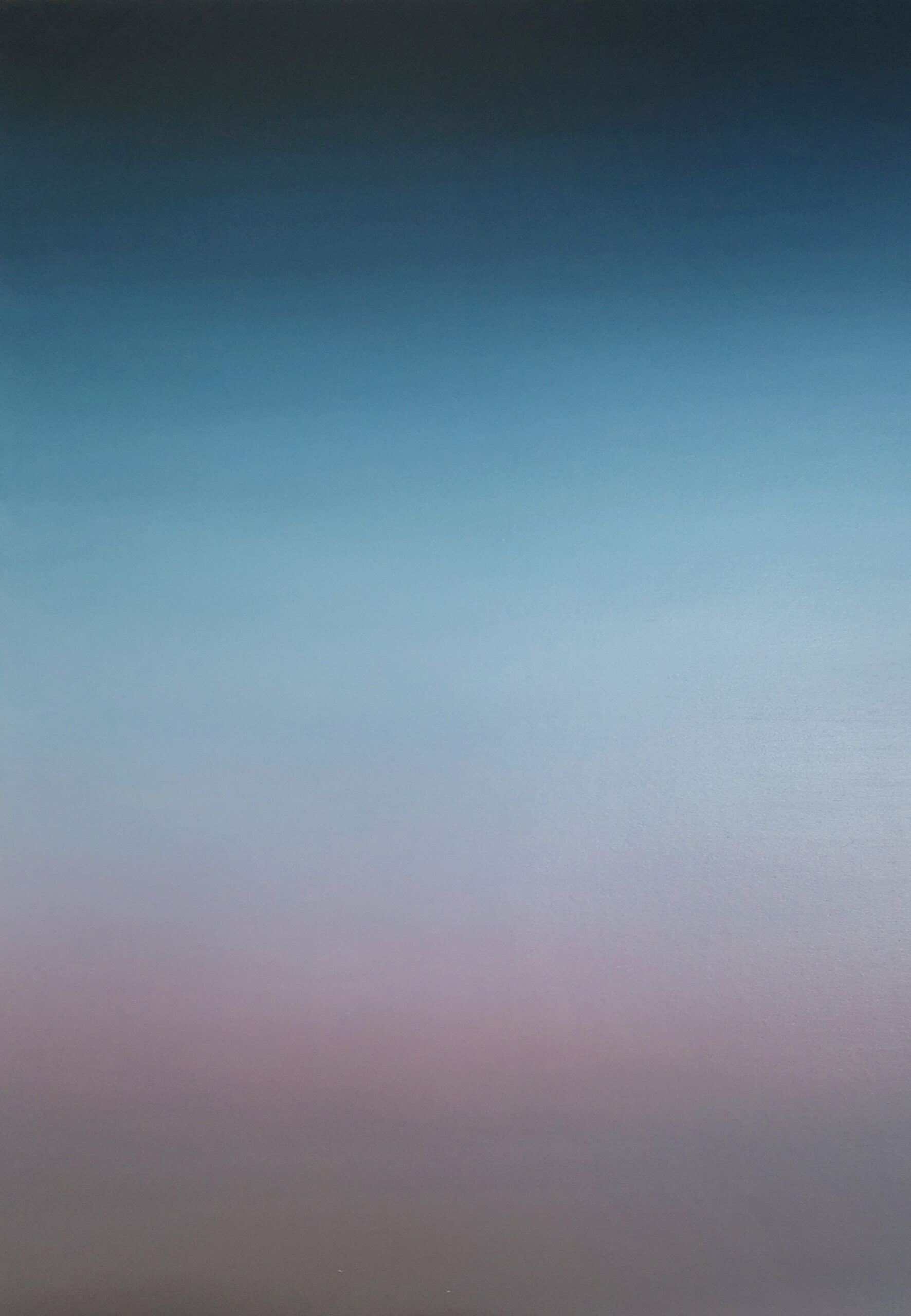
French-german painter Dorothée Louise Recker was born in 1984 in Norway and grew up on the French Riviera in the heart of her family’s mimosa plantations. After graduating from the Beaux-Arts in Paris, she spent the past ten years based successively in Berlin, Paris and Marseille. She has been a resident of ChezKit, an artist-run space offering a program focused on the young Paris scene, where she took part in various exhibitions (curators Thomas Havet, Elodie Bernard, and Noelia Portela). Her work was shown in several places in France, Germany and abroad – among which Kraftwerk and Wilhelmhallen in Berlin, She BAM! at Spinnerei Leipzig, Villa Belleville in Paris, La Peau de l’Ours in Brussels and L’Art au Centre in Liege, gallery Tanja Grunert in New York. In 2018, she presented her first solo exhibition in a gallery with She BAM!. She now lives and works between Berlin and the South of France.
Her Mediterranean origins deeply mark her identity, artistic expression, double culture, and imagination around her early life marked by aurora borealis and Scandinavian winters. Her pictorial language mixes these influences with research centred around the notions of colour and gesture: materiality or evanescence of the first, erasing or highlighting the second. Through her artistic approach she aims at rendering this territory of hers, be it the personal or the geographical one. Her pictorial language mixes these influences with research centred around the notions of colour and gesture: materiality or evanescence of the first, erasing or highlighting the second. The coloured gradations, for example in the large-scale oil painting series "Célestes", suggest airspaces, absorbing the trace of the passage of the hand. But the void is always in tension with the density of the layers, and the intensity of the saturation. The work with sand, as in her series Whitesands, Silent Sands or Kissing the Shore, explores an opposite materiality. While conveying a seaside and summery fantasy, sand refers to us by its specificity to the notions of tangible and intangible, of disappearance, of elusiveness. Through the variations of materials and media, Recker seeks the continuity of a universe, that she wants as immersive for the viewer as it is for her perception of the world around her.
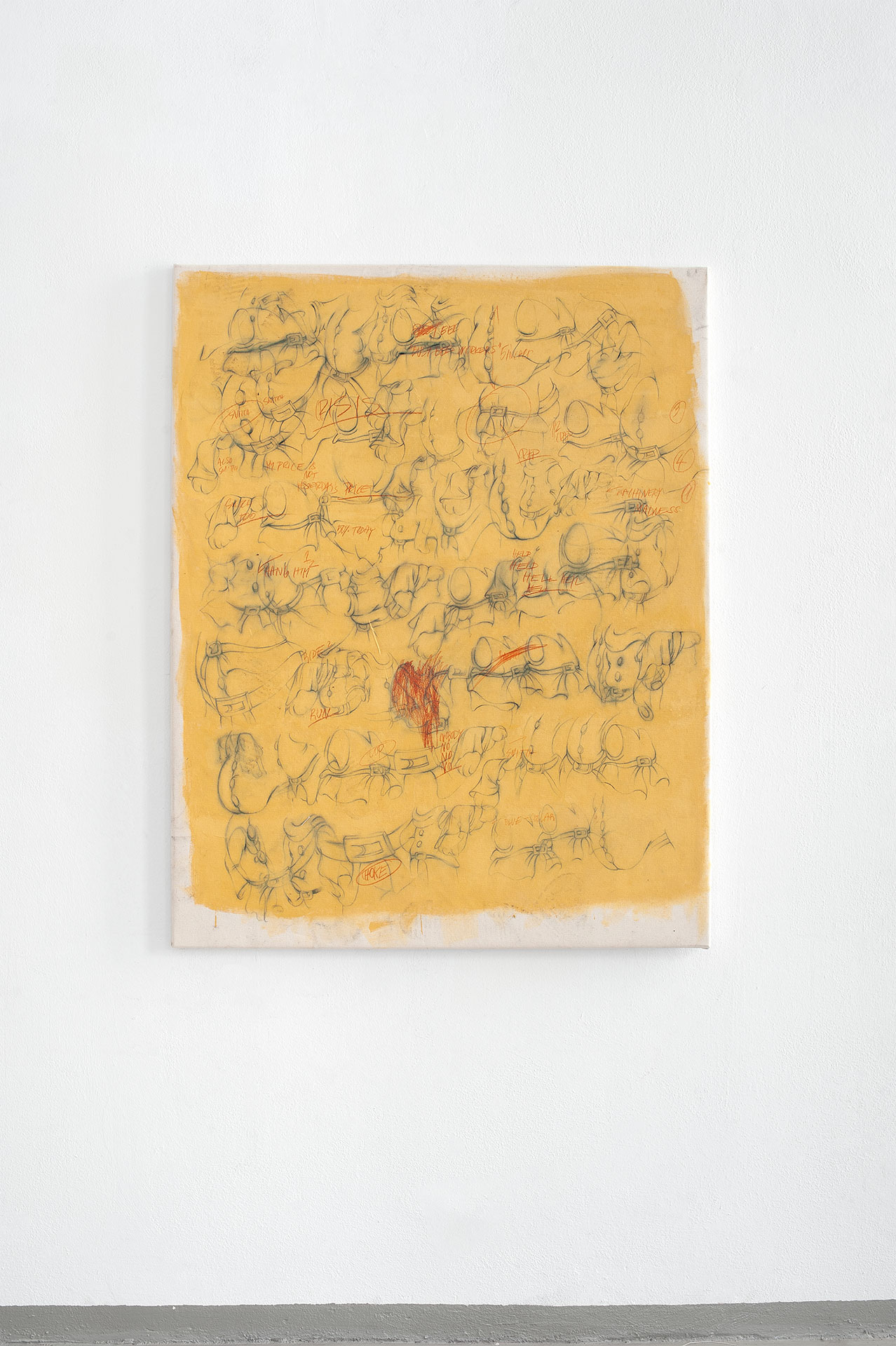
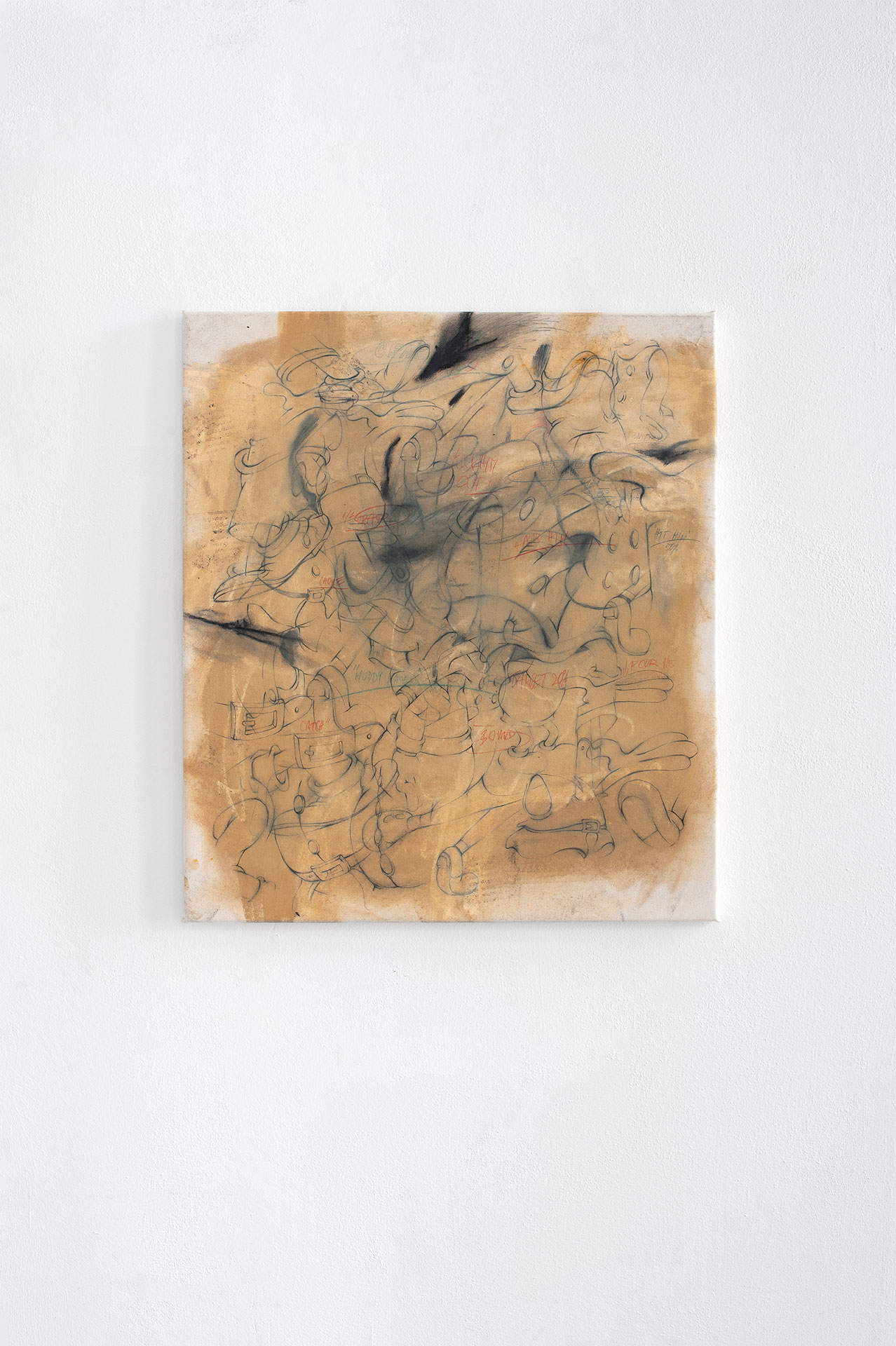
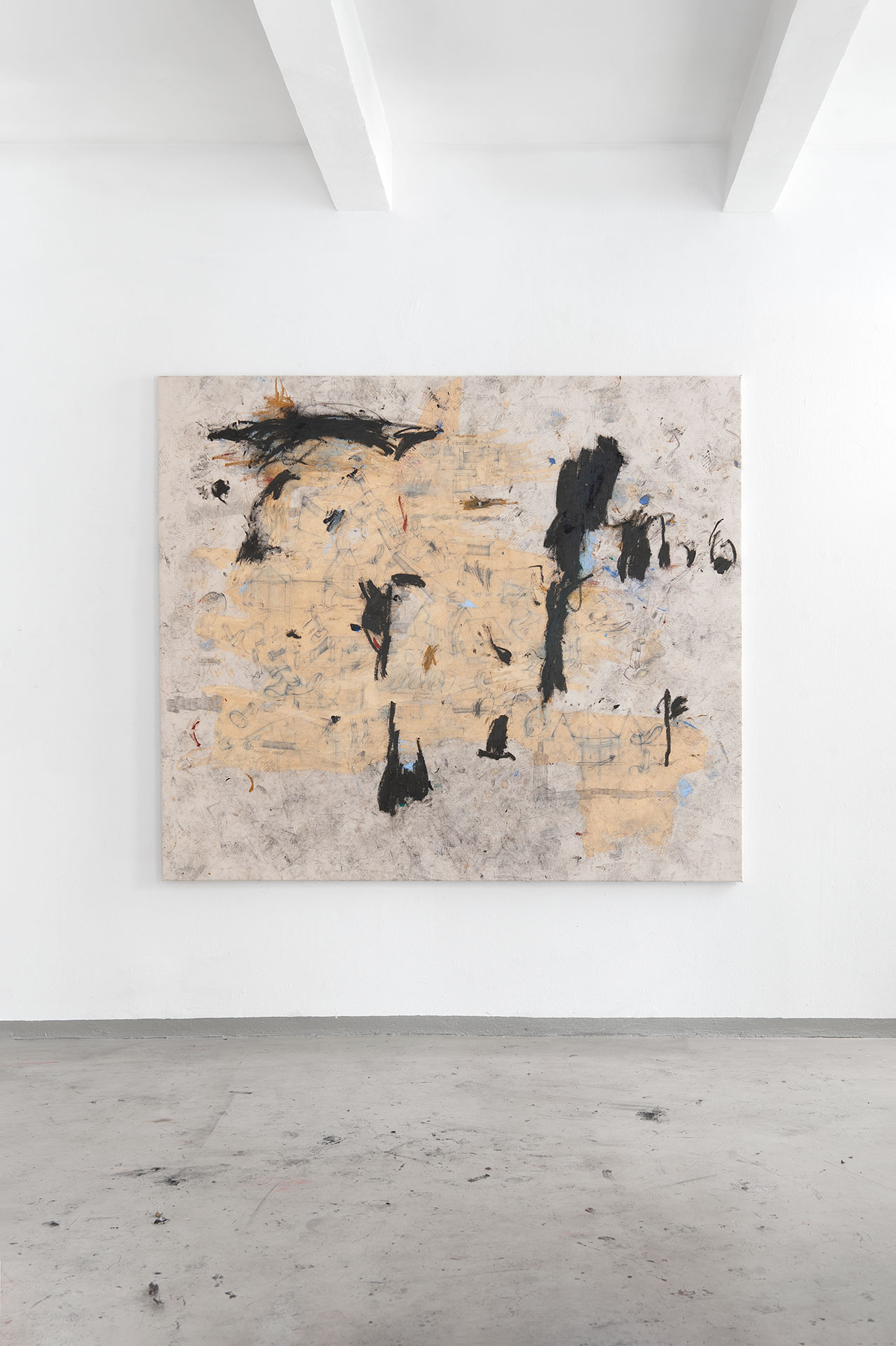
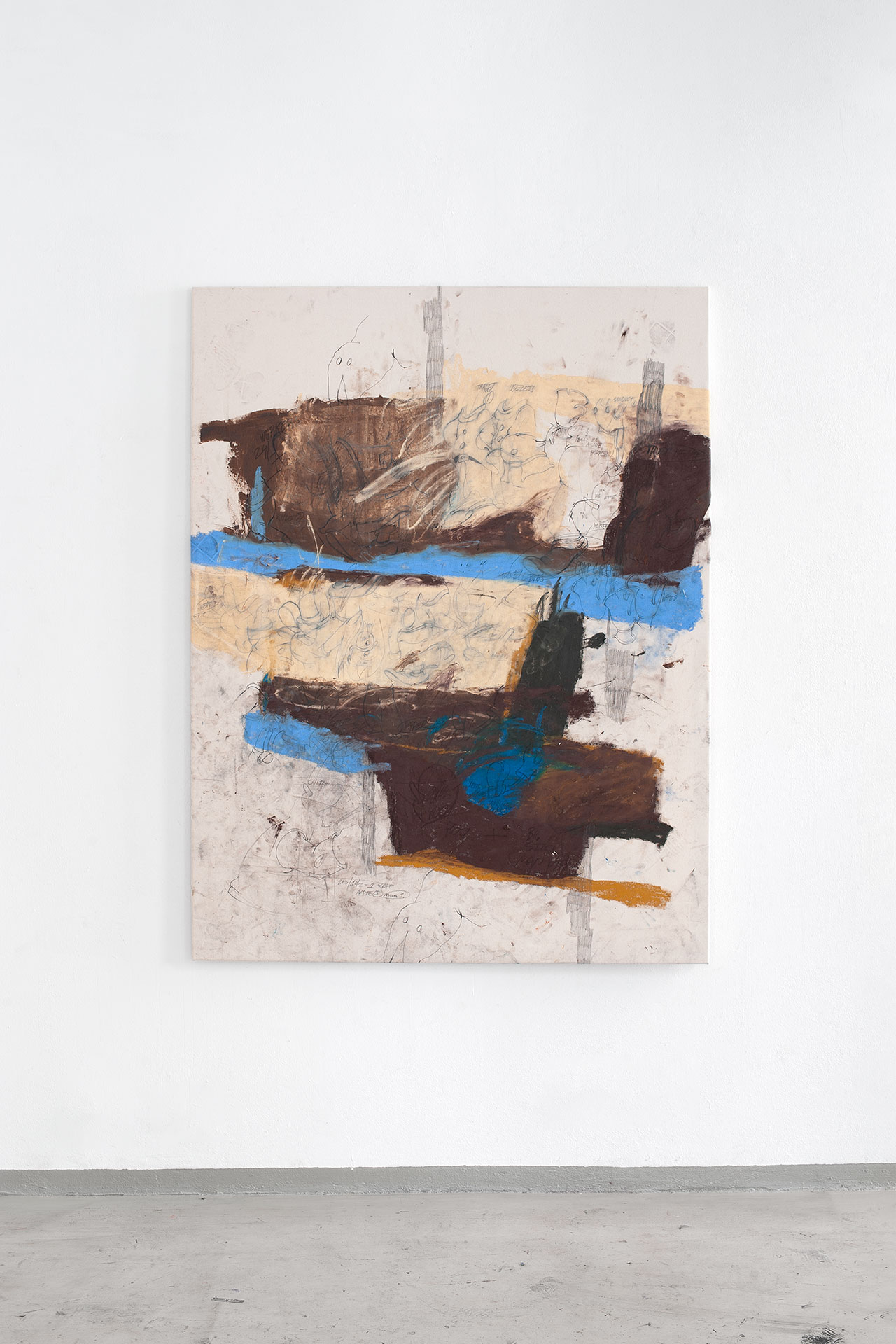
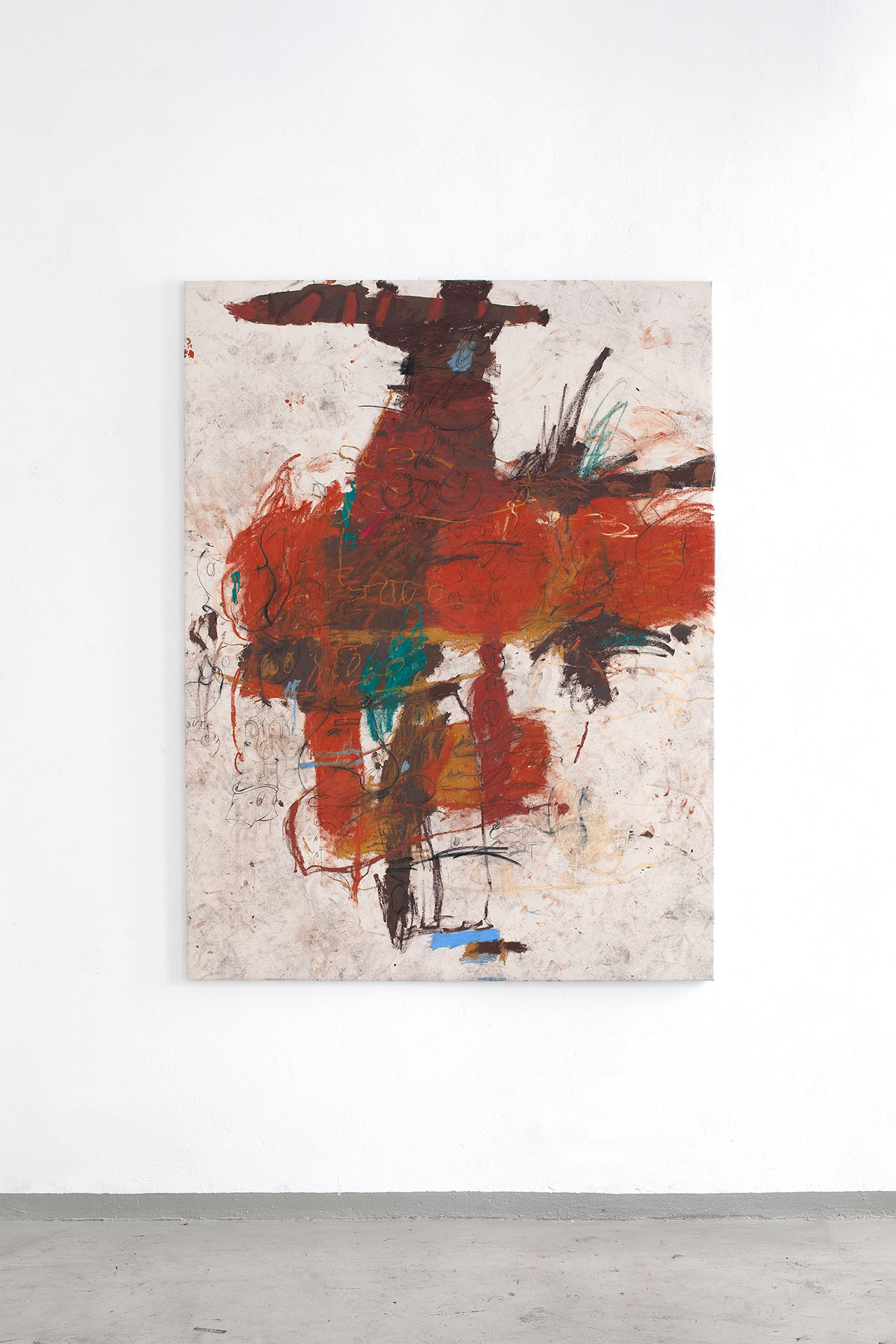
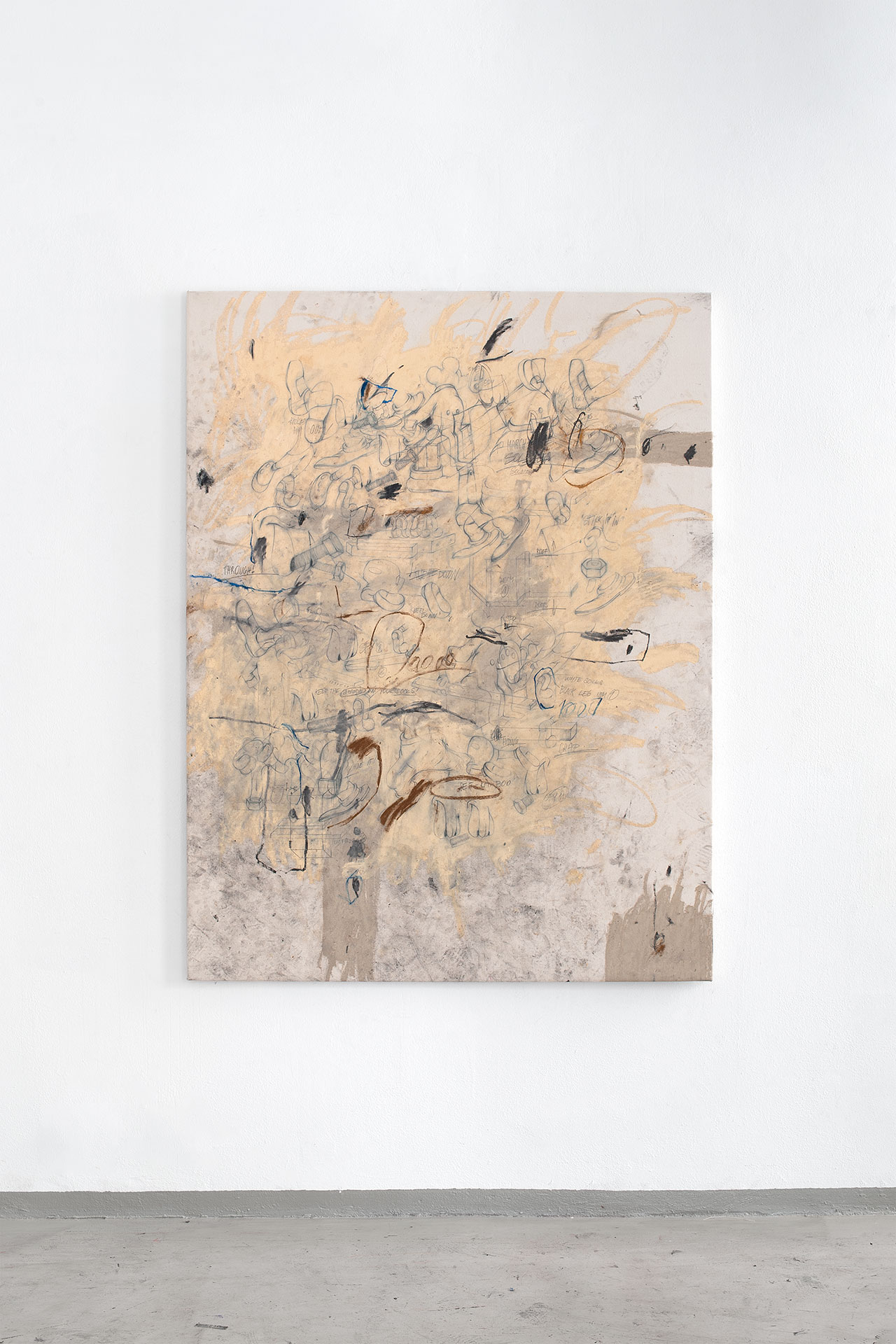
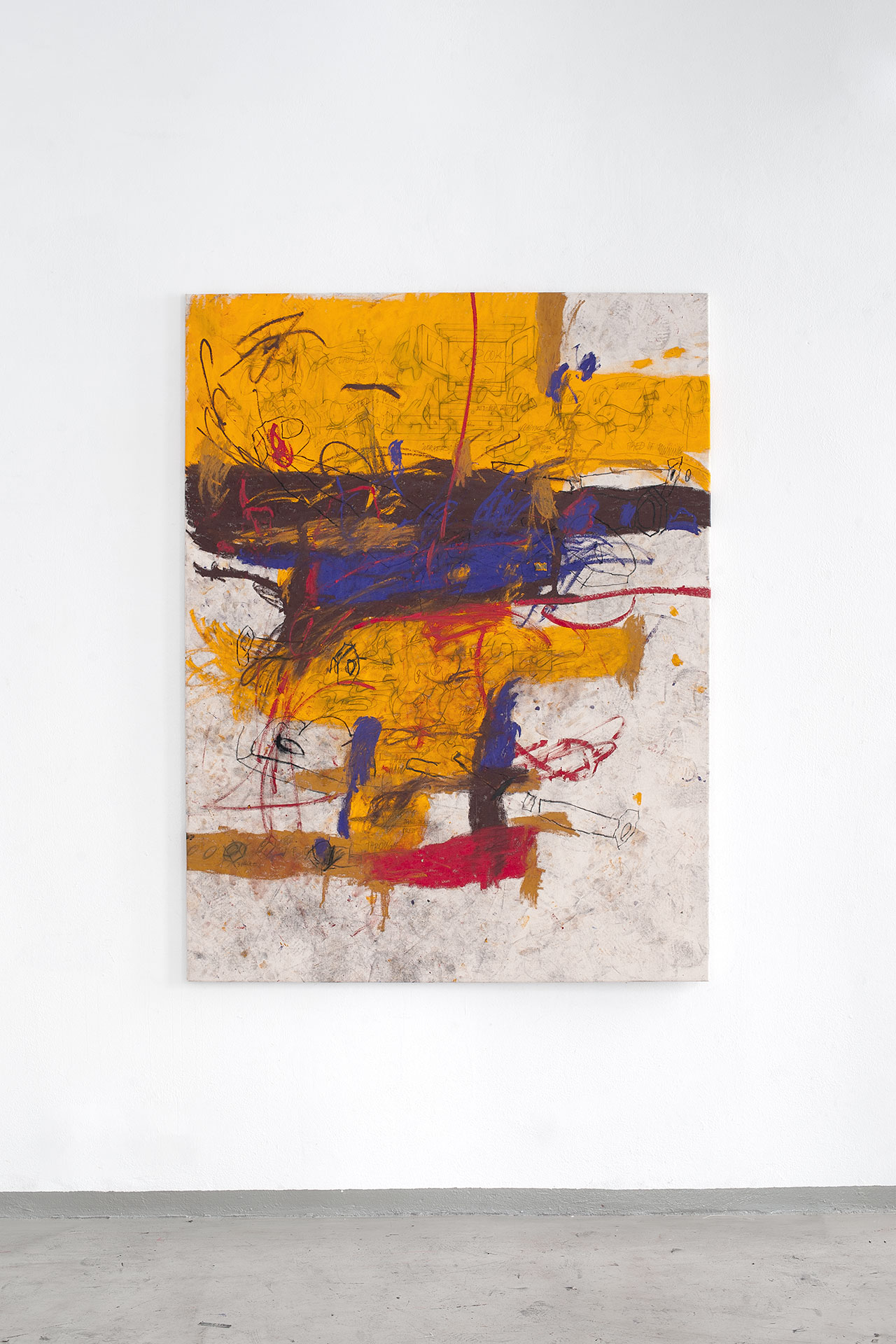
Ester Parasková’s artistic practice explores the tension between expressive spontaneity and structured precision. Her paintings are characterized by bold gestures, rounded forms, and a deliberate use of color. Working in thematically defined series, she reflects reality not as critique but as an unembellished portrayal. Parasková’s creative process is deeply influenced by her studio environment. Traces of dust, footprints, and pigments become integral to her canvases, merging the act of painting with its physical surroundings. She balances the randomness of expressive brushstrokes with intricate, precise drawings, creating a dialogue between chaos and order.
A key aspect of her work is the concept of labor, shaped by her early experience in an automotive factory. Ideas of repetition, mechanical precision, and the erosion of individual authorship permeate her methodology. This is reflected in her meticulous, repetitive motifs, which challenge traditional notions of artistic creation. In recent works, Parasková deconstructs and reconfigures familiar cultural imagery, particularly Disney iconography. By fragmenting and abstracting these figures, she shifts the focus from polished consumer aesthetics to the unseen labor behind them. Her large-scale paintings and drawings amplify their ideological subtexts, exposing the narratives embedded within mass-produced visuals.
Ester Parasková (1996) studied at the Academy of Art, Architecture and Design in Prague, where she earned her diploma in Painting. Her work has been exhibited in solo and group shows across Europe and is held in both private and public collections.
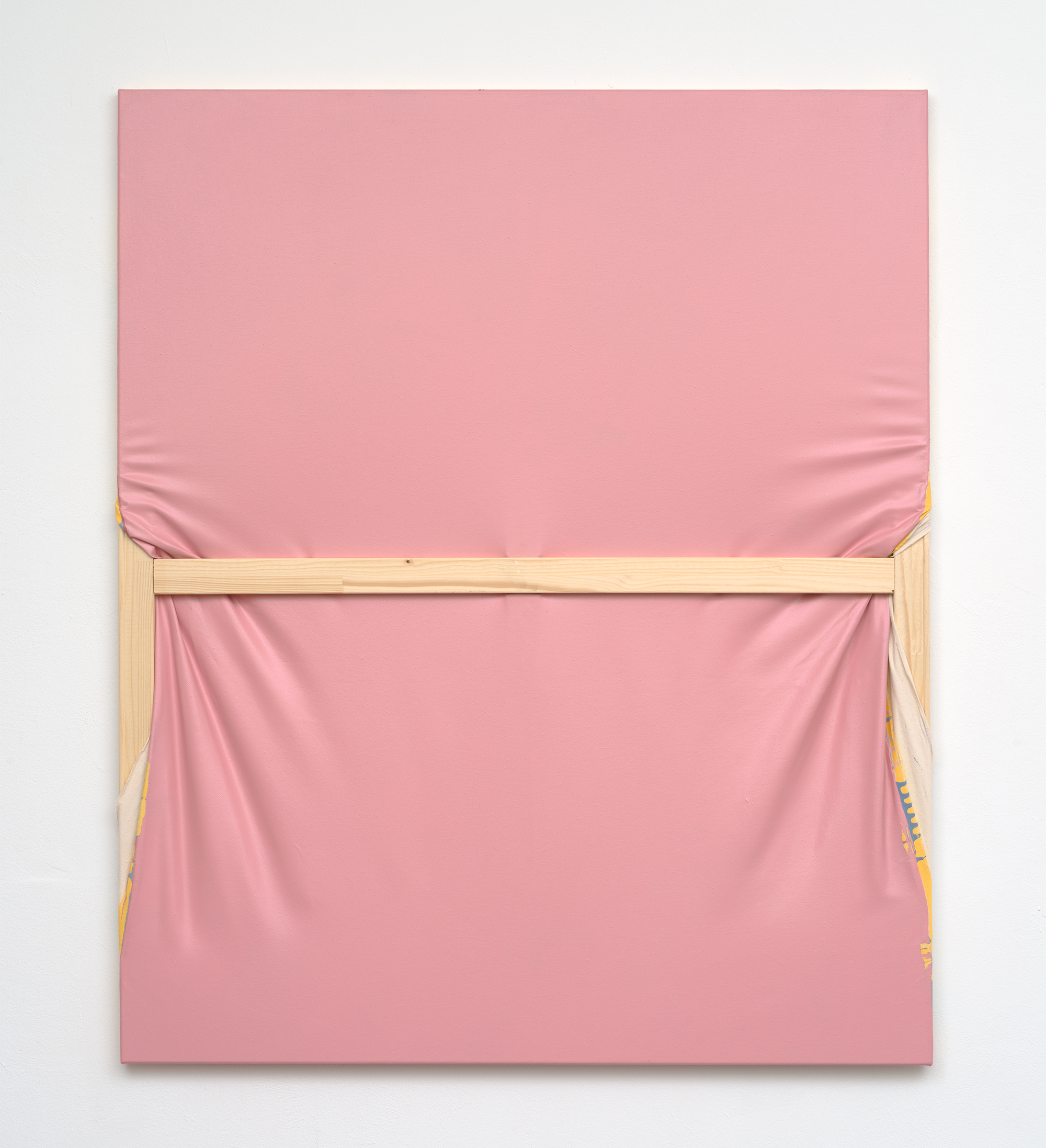
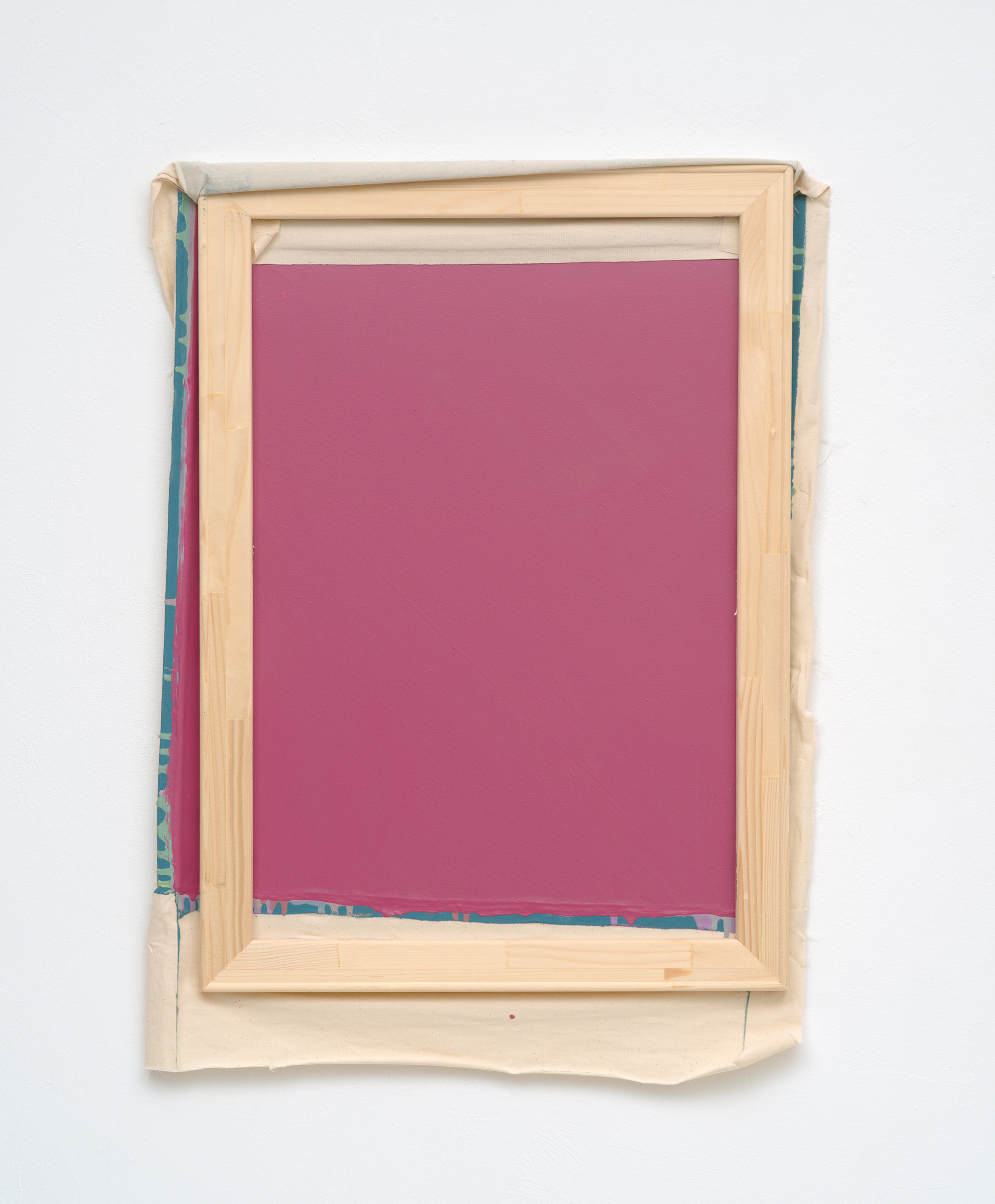
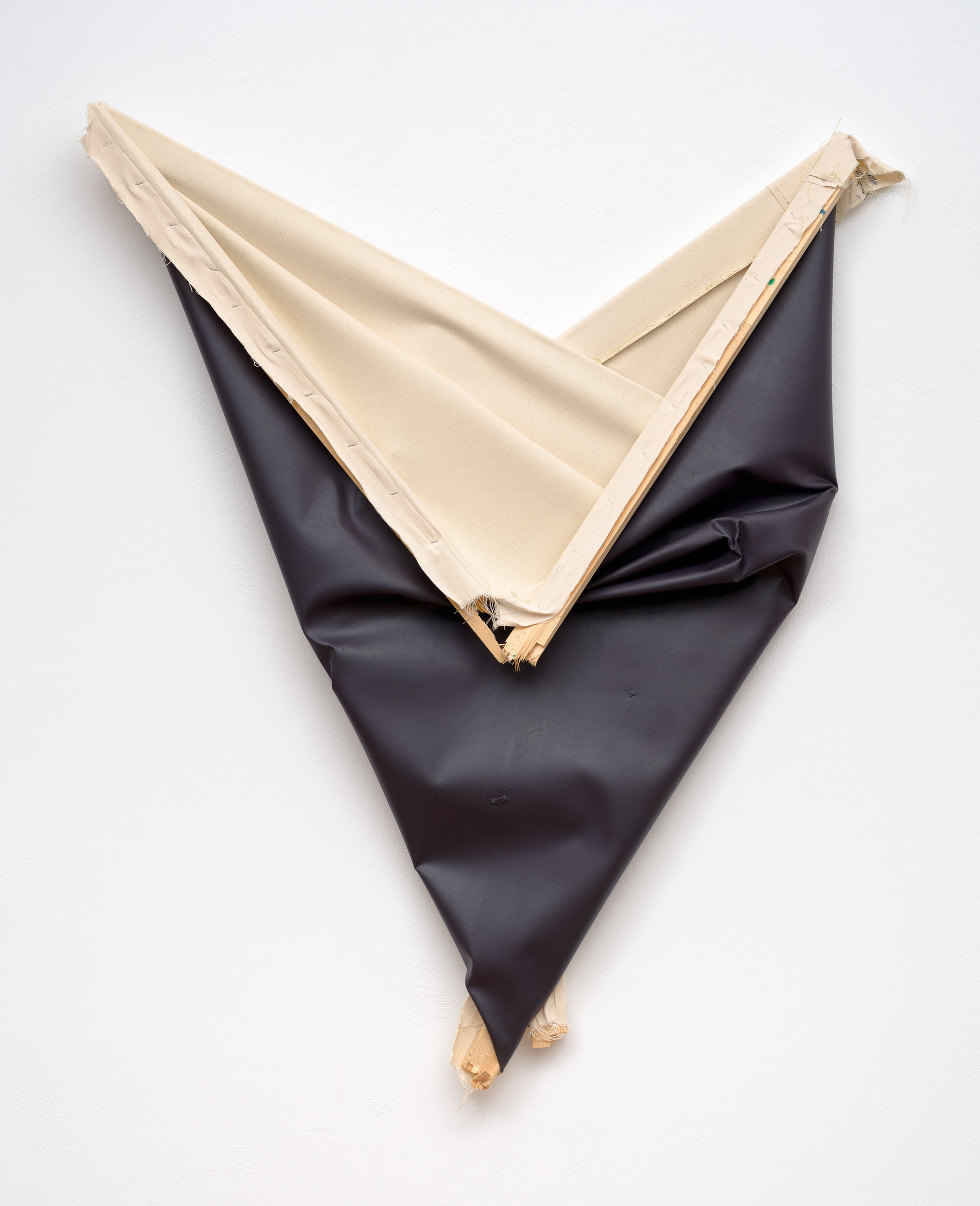
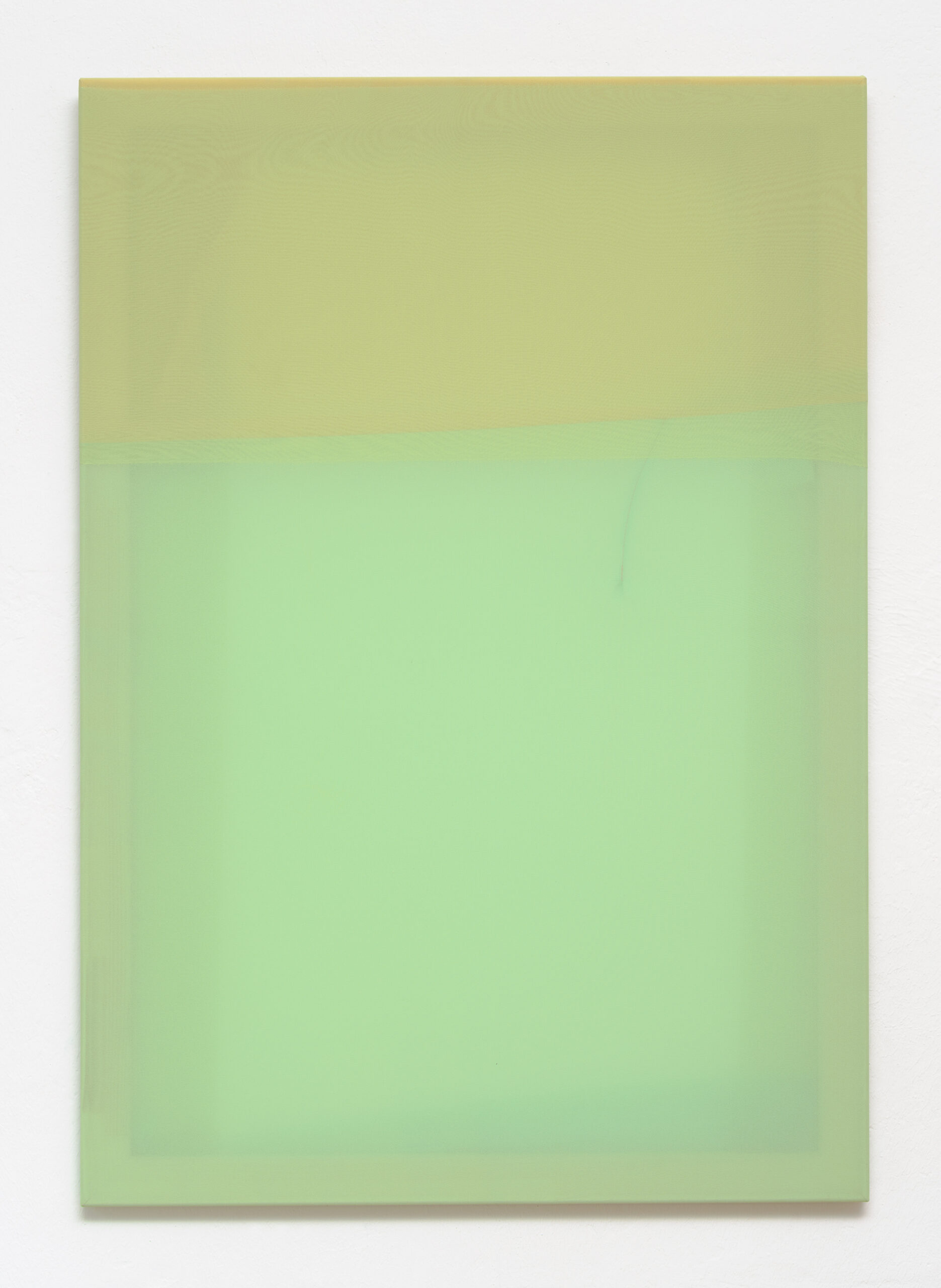
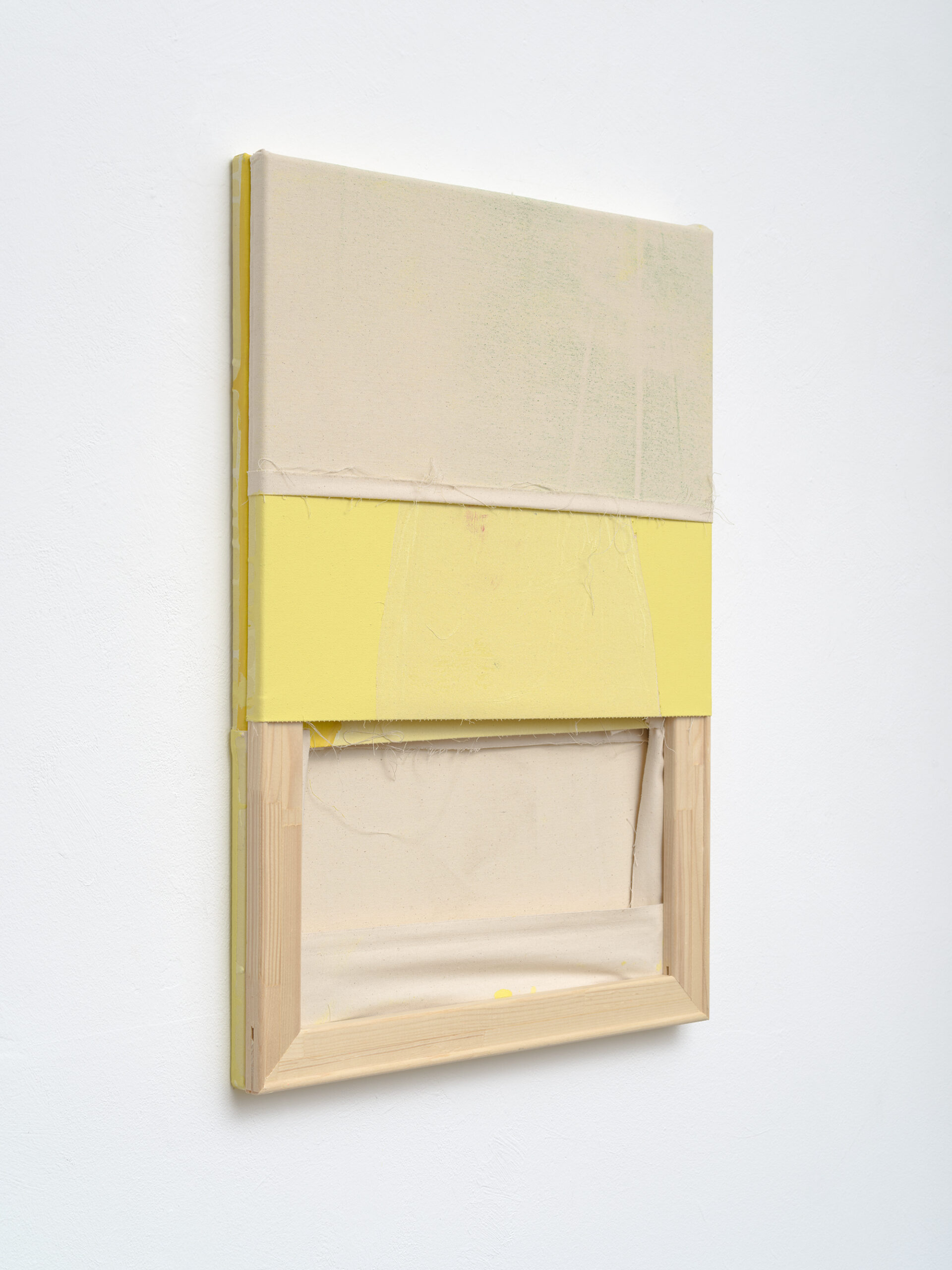
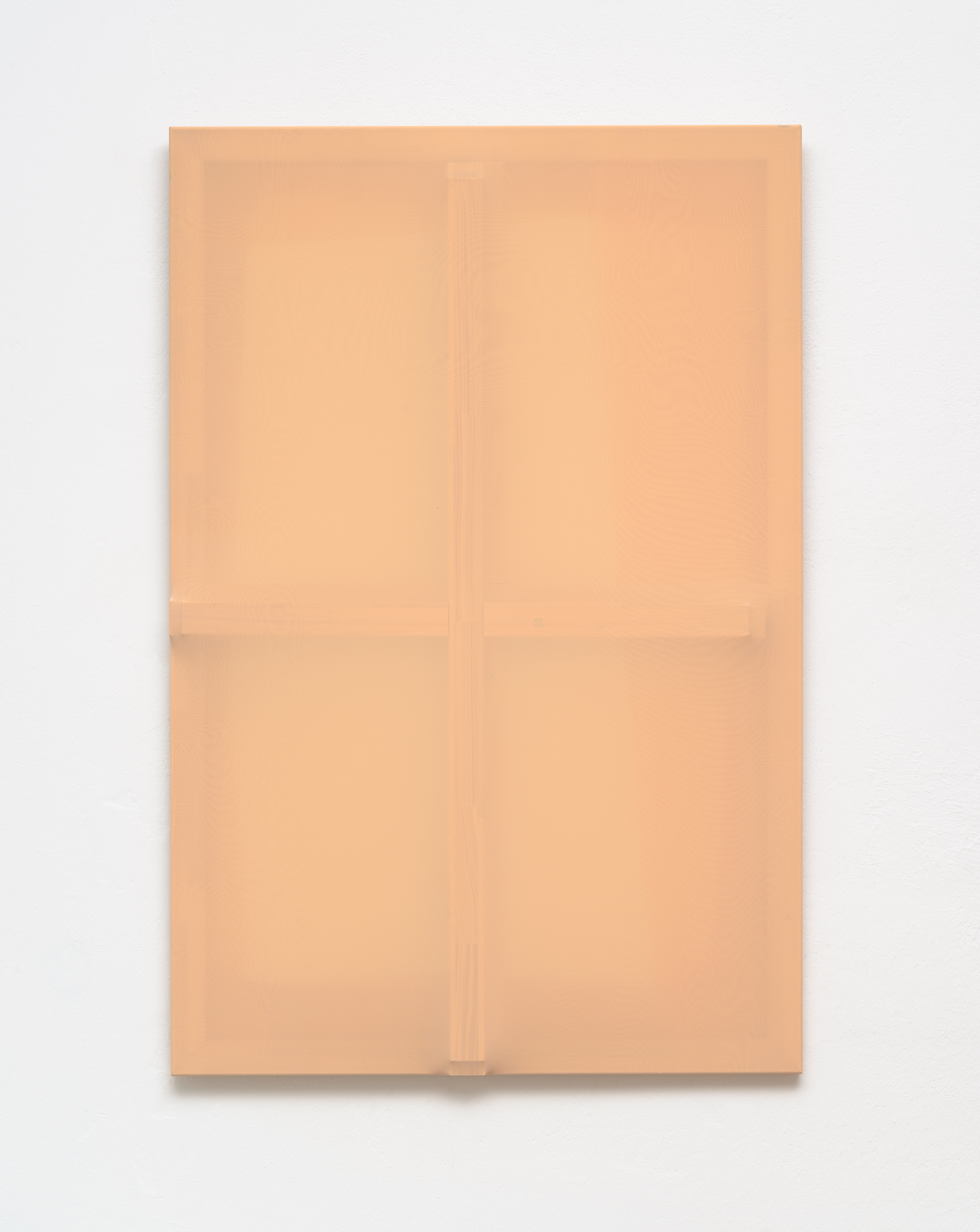
Franziska Reinbothe studied at the Hochschule für Grafi k und Buchkunst in Leipzig (HGB Leipzig), where she graduated in 2010 with a diploma in painting/visual arts with a grade «Very Good». She continued her studies with a masterclass at the same institution from 2010 to 2013. Her works are represented in renowned collections such as the Collection of Contemporary Art of the Federal Republic of Germany, the collection of the Hamburger Kunsthalle and the Staatliche Kunstsammlungen Dresden.
Franziska Reinbothe’s works challenge the viewer to question conventional viewing habits by resisting a habitual, consuming way of seeing. Her art deconstructs the relationships in the image to create new identities at the same time. As a visual artist, her work is concerned with various strategies of image finding within painting. She is particularly interested in what normally remains hidden: the back of a painted picture and its edges. She makes these aspects visible by compressing canvases, exposing stretcher frames or dispensing with these elements. Her artistic process involves stretching, folding, breaking, cutting and/or sewing pictures after the painting process has been completed. She sees her work as a dynamic pictorial laboratory without restrictions and relies on exploring new possibilities. Reinbothe’s art operates in an area of indeterminacy in which actions and coincidences are realised simultaneously. She does not think in terms of images but bases her working method on a pictorial way of thinking in which actions with different image parameters are meaningful. For her, the process of creating a picture is not completed with the painting of a canvas, but also includes the processing of support constructions, picture edges and colours. Her interventions can only be planned and controlled to a limited extent, as she takes into account the potential inherent in the material.
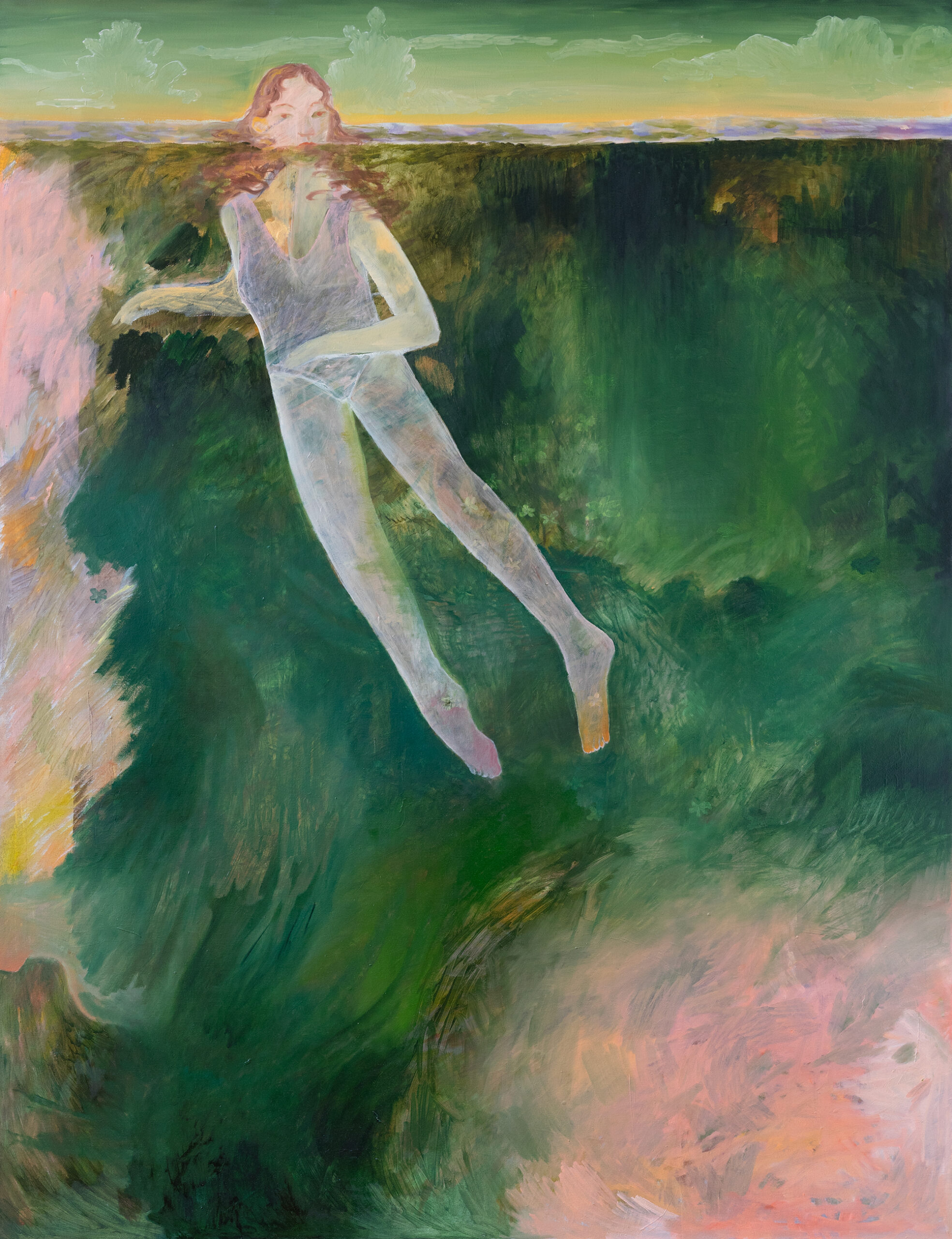
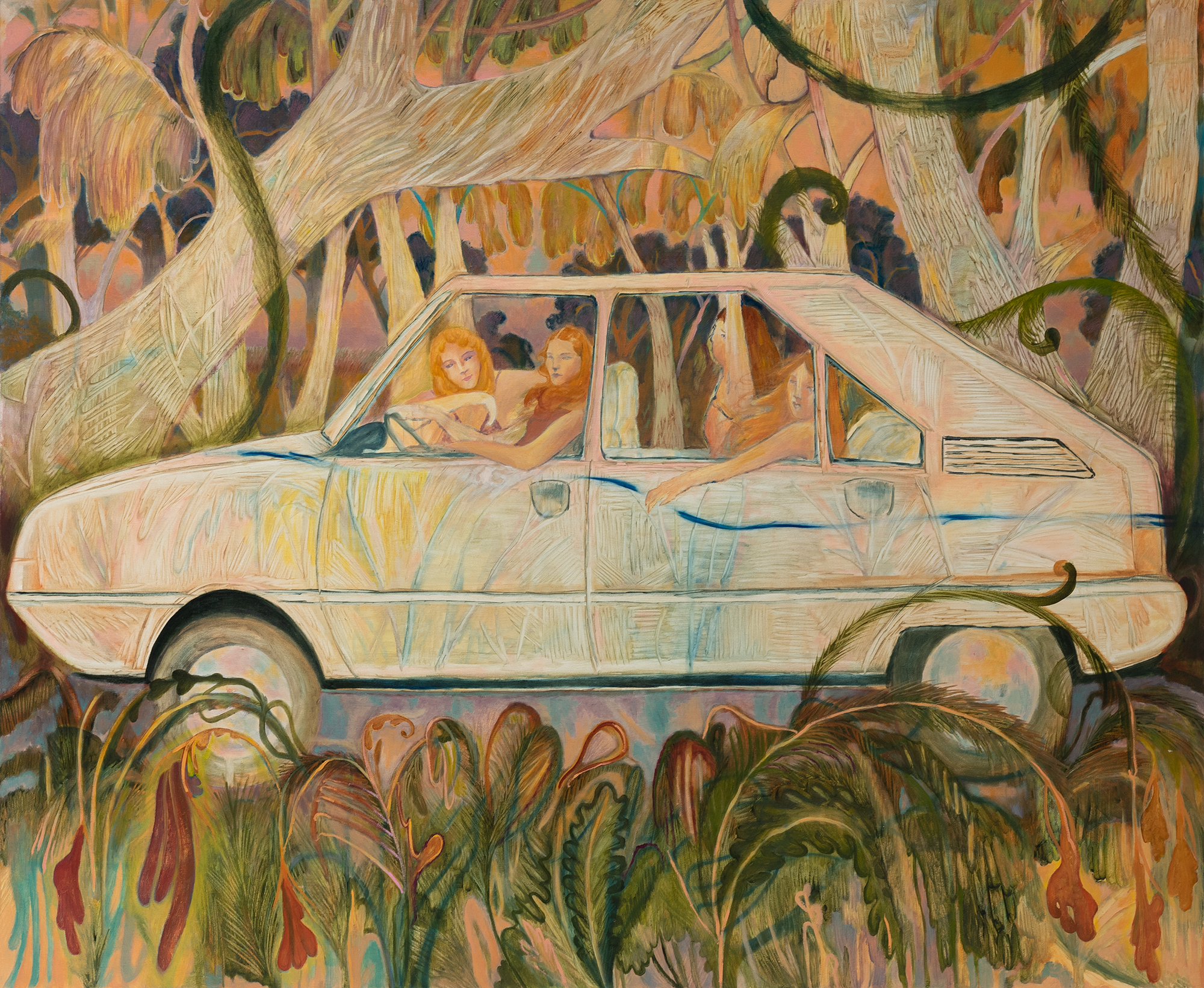
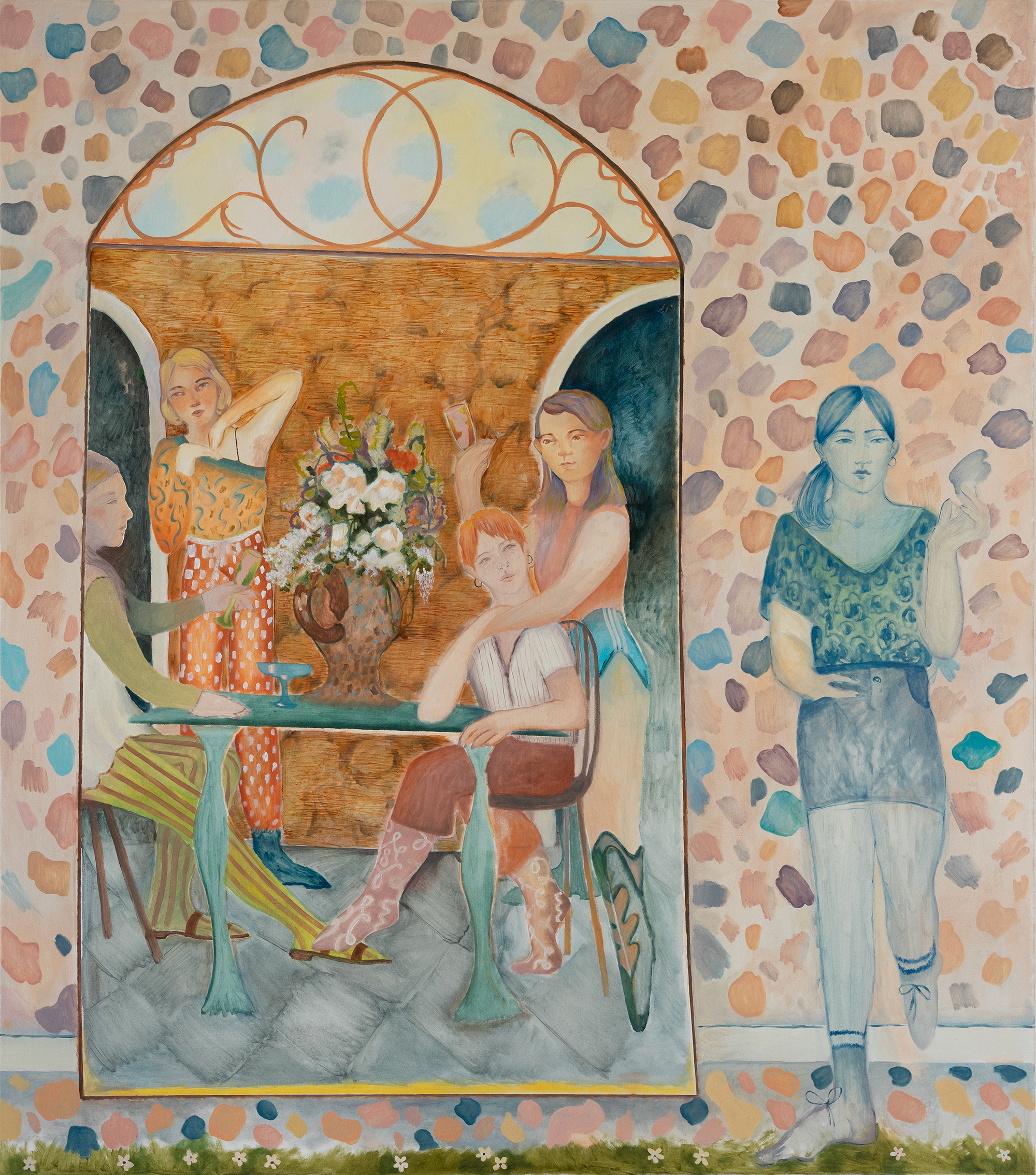
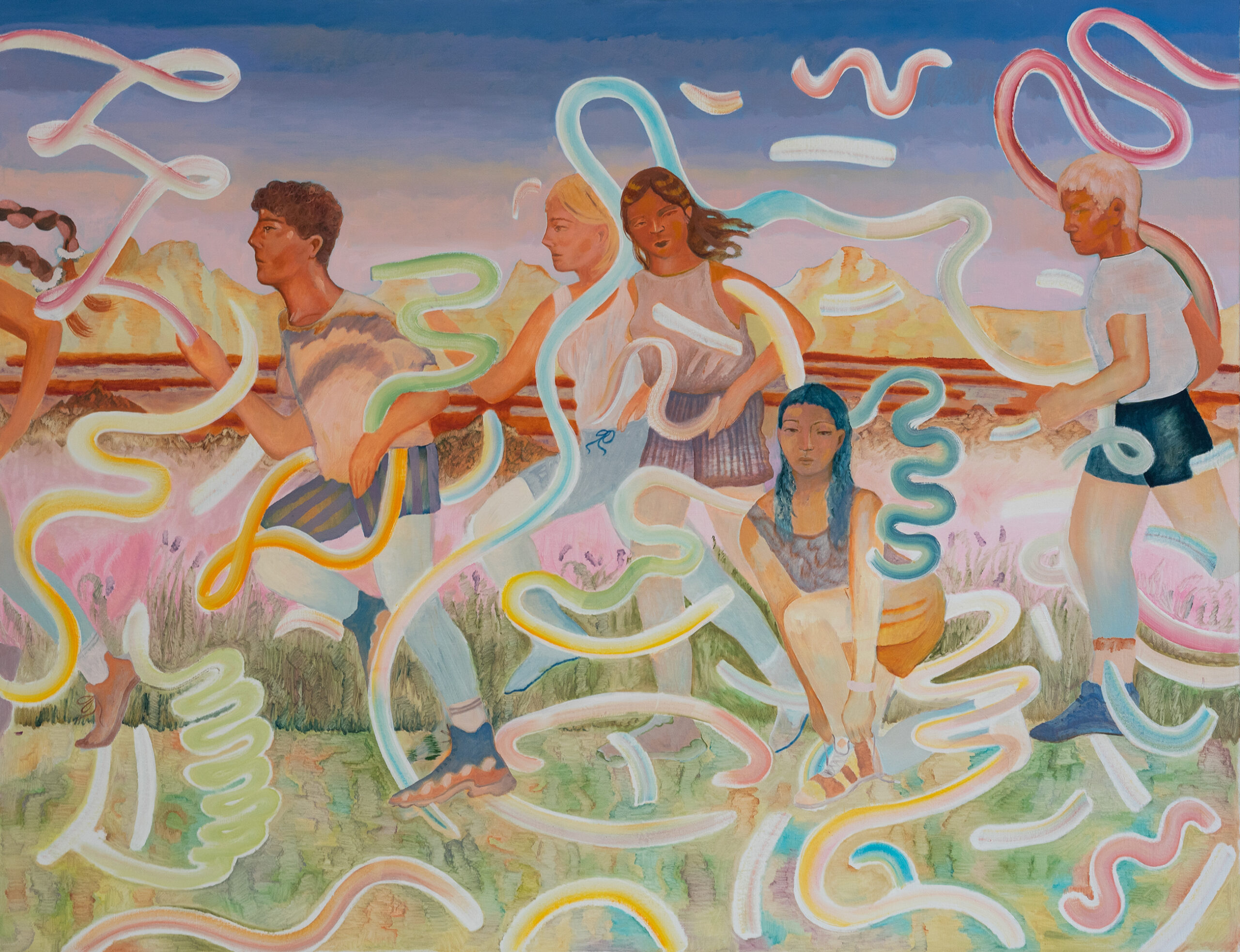
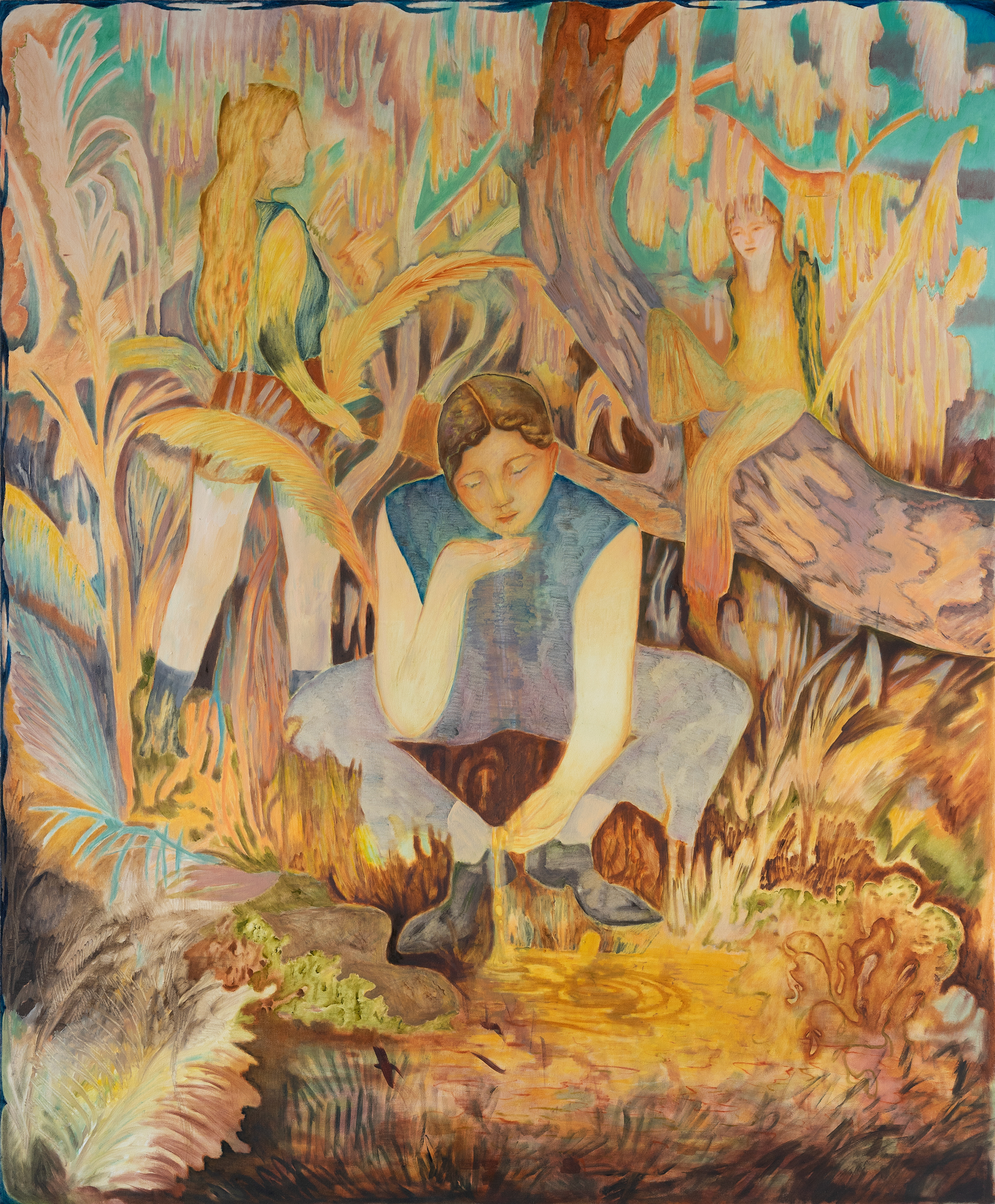
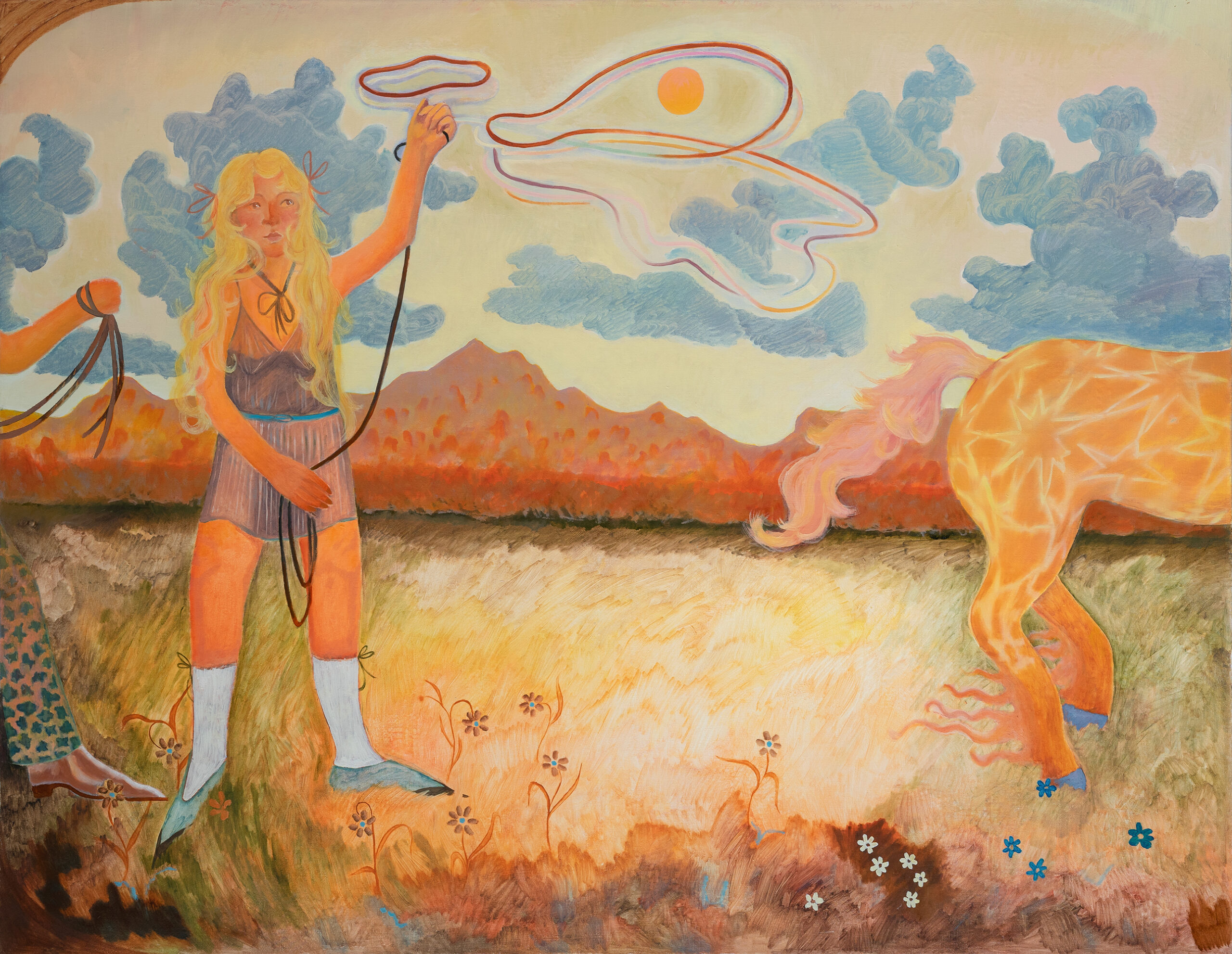
Johanna Seidel (b. 1993, Germany) is a visual artist based in Dresden, Germany. Her work primarily deals with the subject of nature. Seidel approaches different perceived realities through a lyrical visual language, which involves symbols from history, mythology, and dreams. Blending dreams and reality allows Seidel to create her own world on the canvas. From a palette in which shades of violet, pink, orange, and green play an important role, Seidel develops stories and still images that exist in an atmospheric space, condensing memories and the imagined into abstract moments that become accessible. Seidel received her MFA at Hochschule für Bildende Künste Dresden and has exhibited in several solo and group shows in the UK, France USA, and Germany.
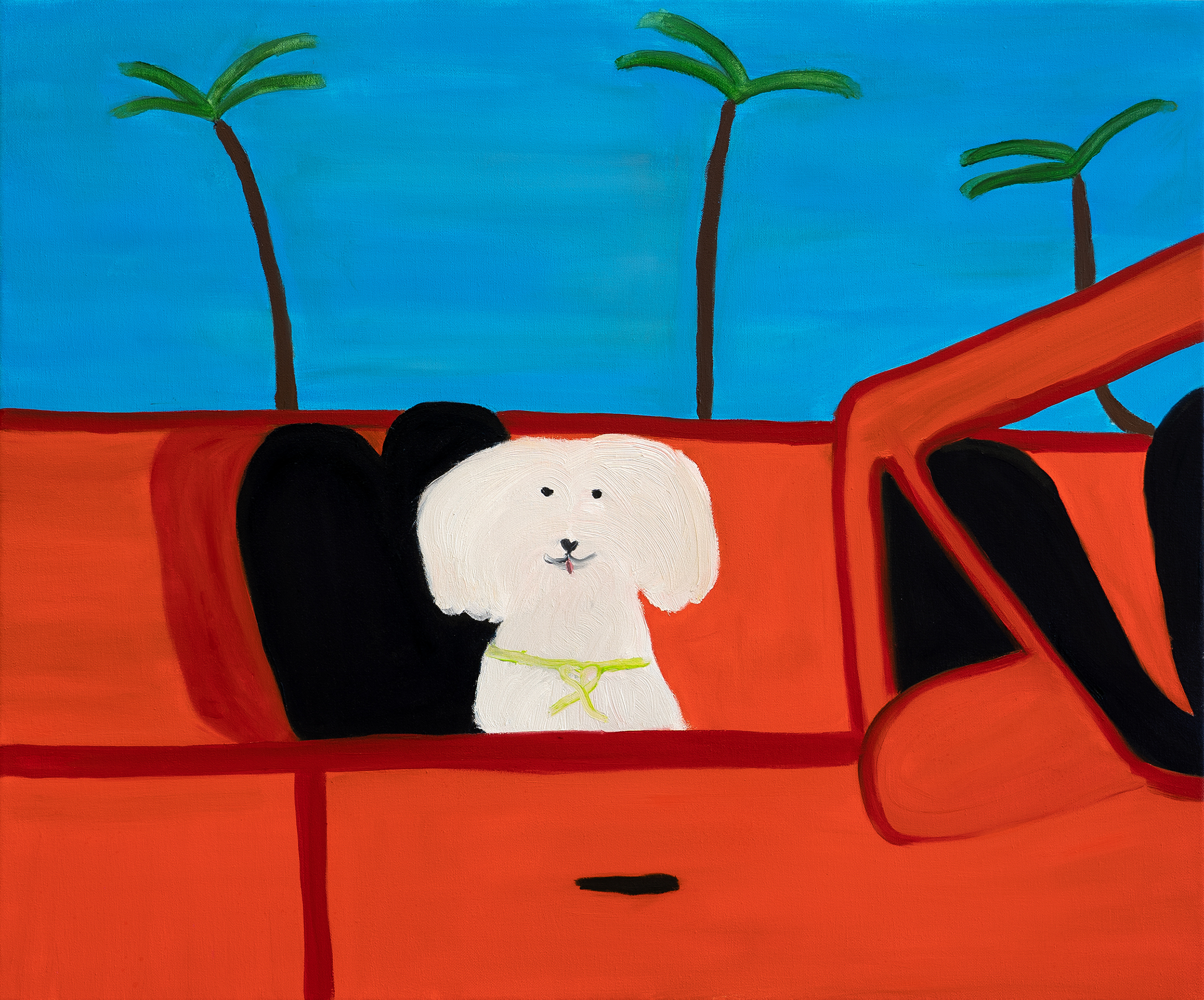
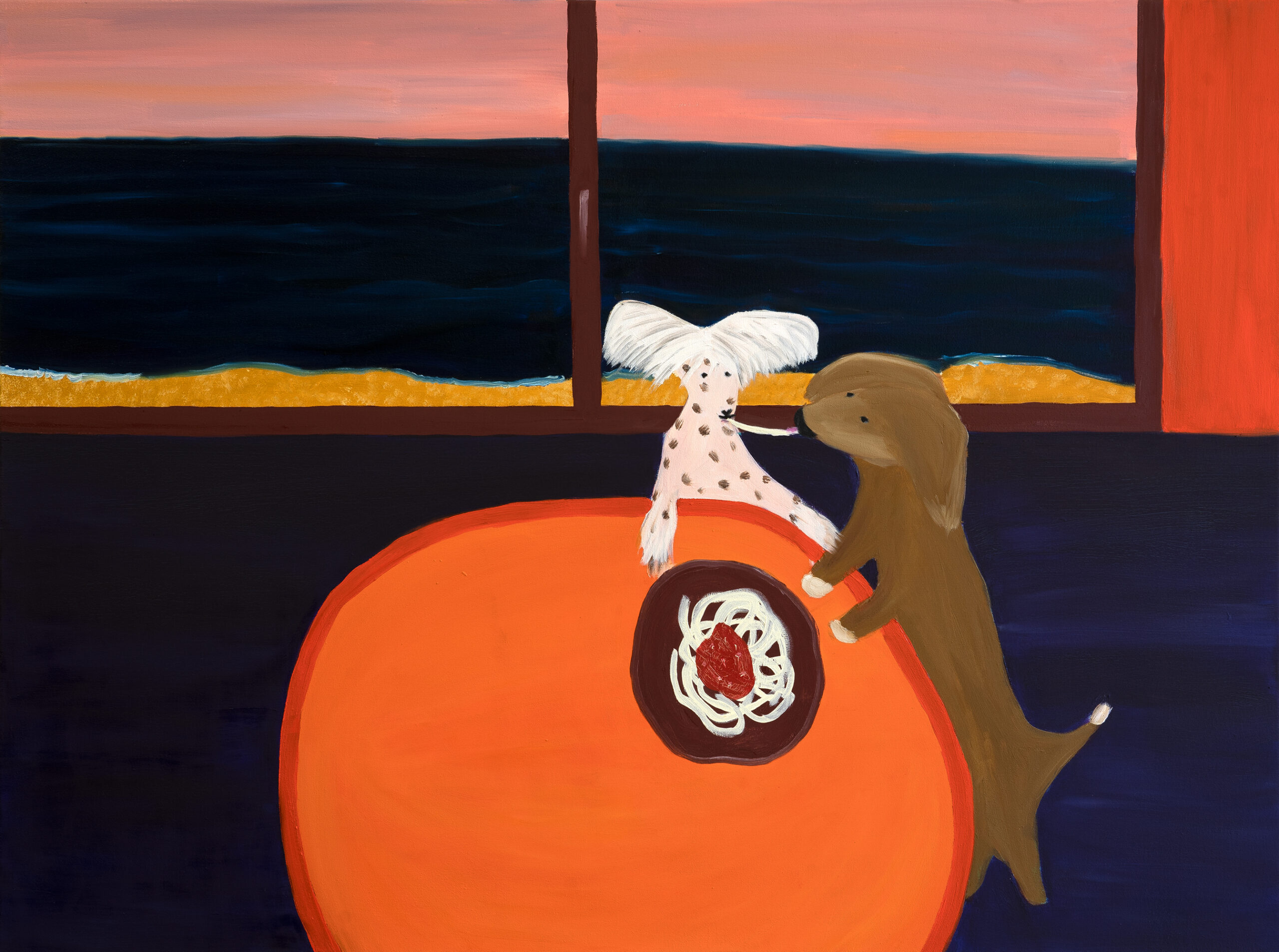
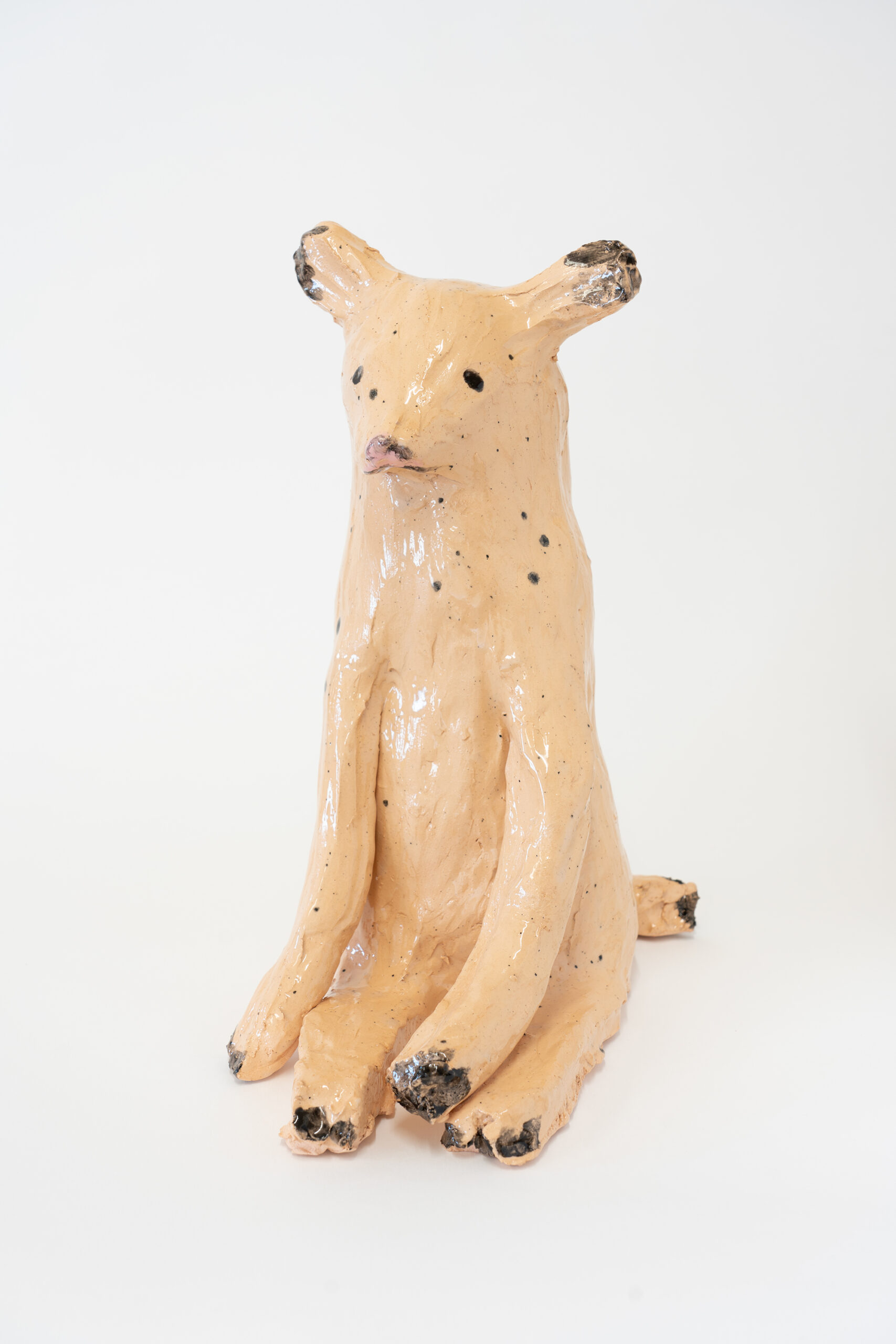
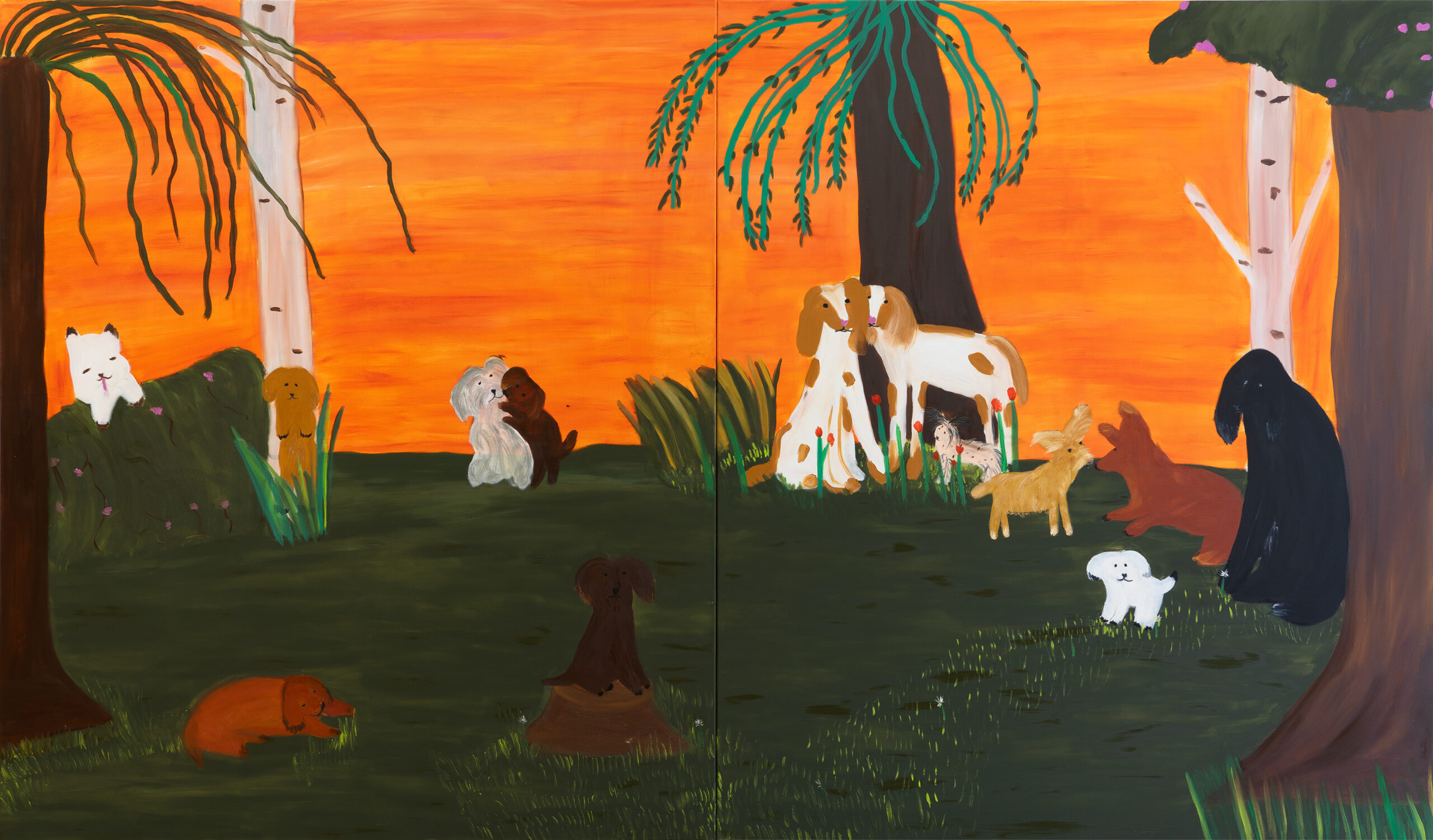
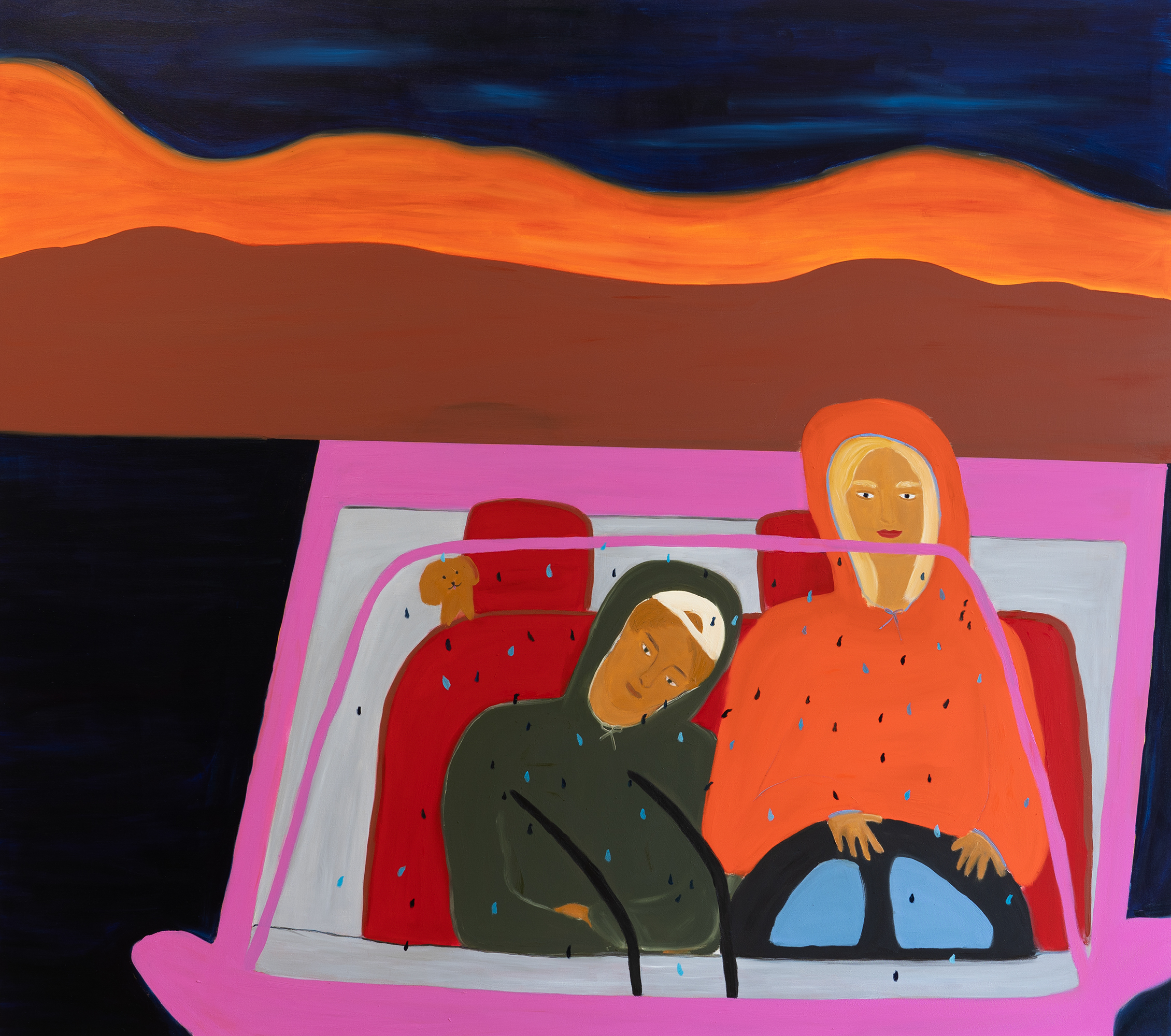
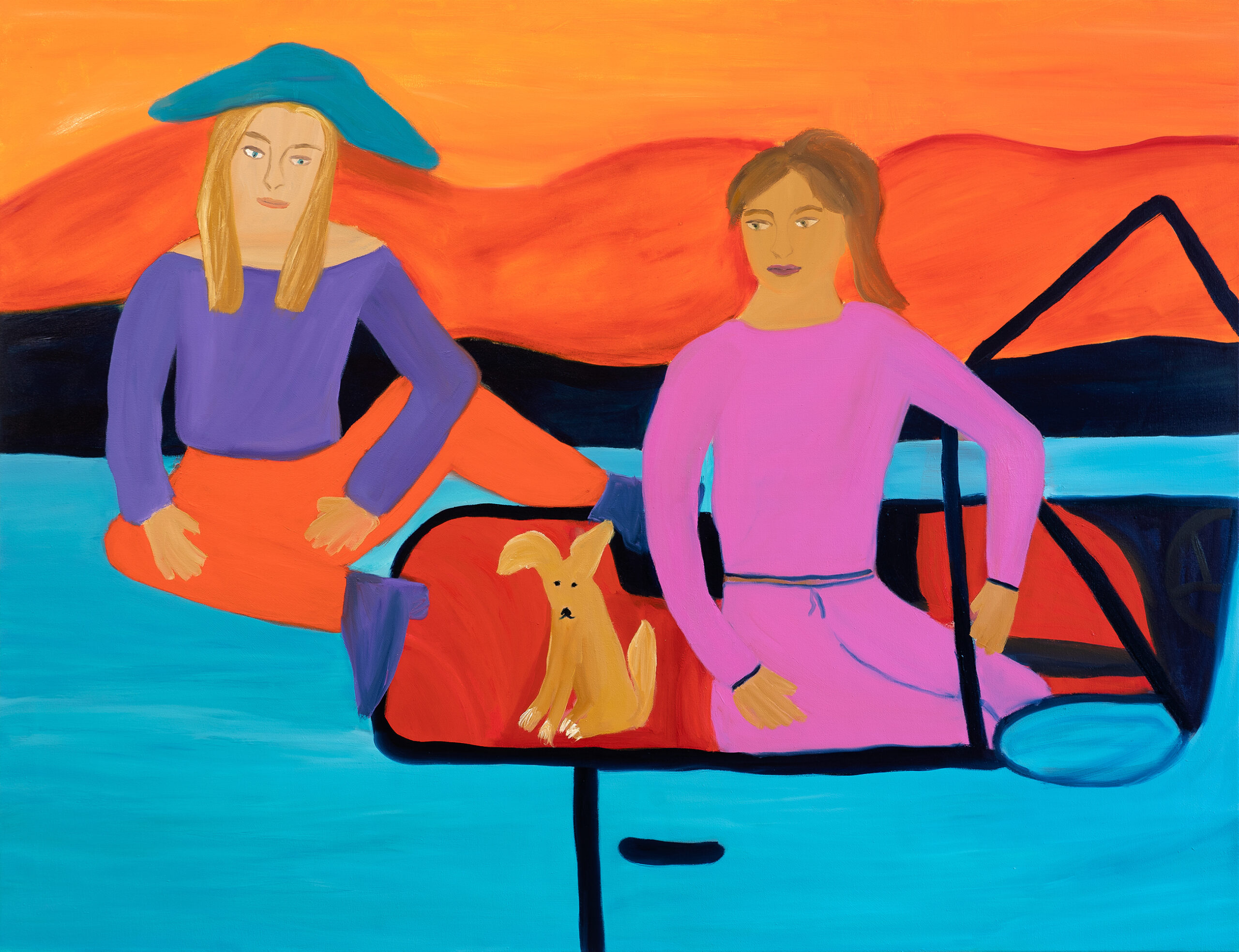
Josefine Schulz (*1993 in Dresden) is a visual artist from Leipzig, Germany. She completed her Diploma in Fine Arts at the Dresden University of Fine Arts and also studied at the École nationale supérieure des beaux-arts in Paris. From 2018 to 2021, she continued her education with postgraduate studies under Prof. Wilhelm Mundt at the Dresden University of Fine Arts. She has exhibited her works in numerous cities, including Berlin, Hamburg, Leipzig, Los Angeles, Osnabrück, Paris, and Milan.
Since 2016, Josefine Schulz has been involved in various exhibition spaces and regularly develops innovative exhibition concepts and projects in collaboration with other artists. She lives and works in Leipzig, continually bringing fresh perspectives and profound reflections to the art scene with her artistic work.
In her works, Josefine Schulz intensely engages with the various life realities of her generation and examines the visual influences that shape them. A central motif in her work is friendship: her protagonists encounter each other in everyday situations or retreat into their ‘four walls,’ often accompanied by a faithful dog.
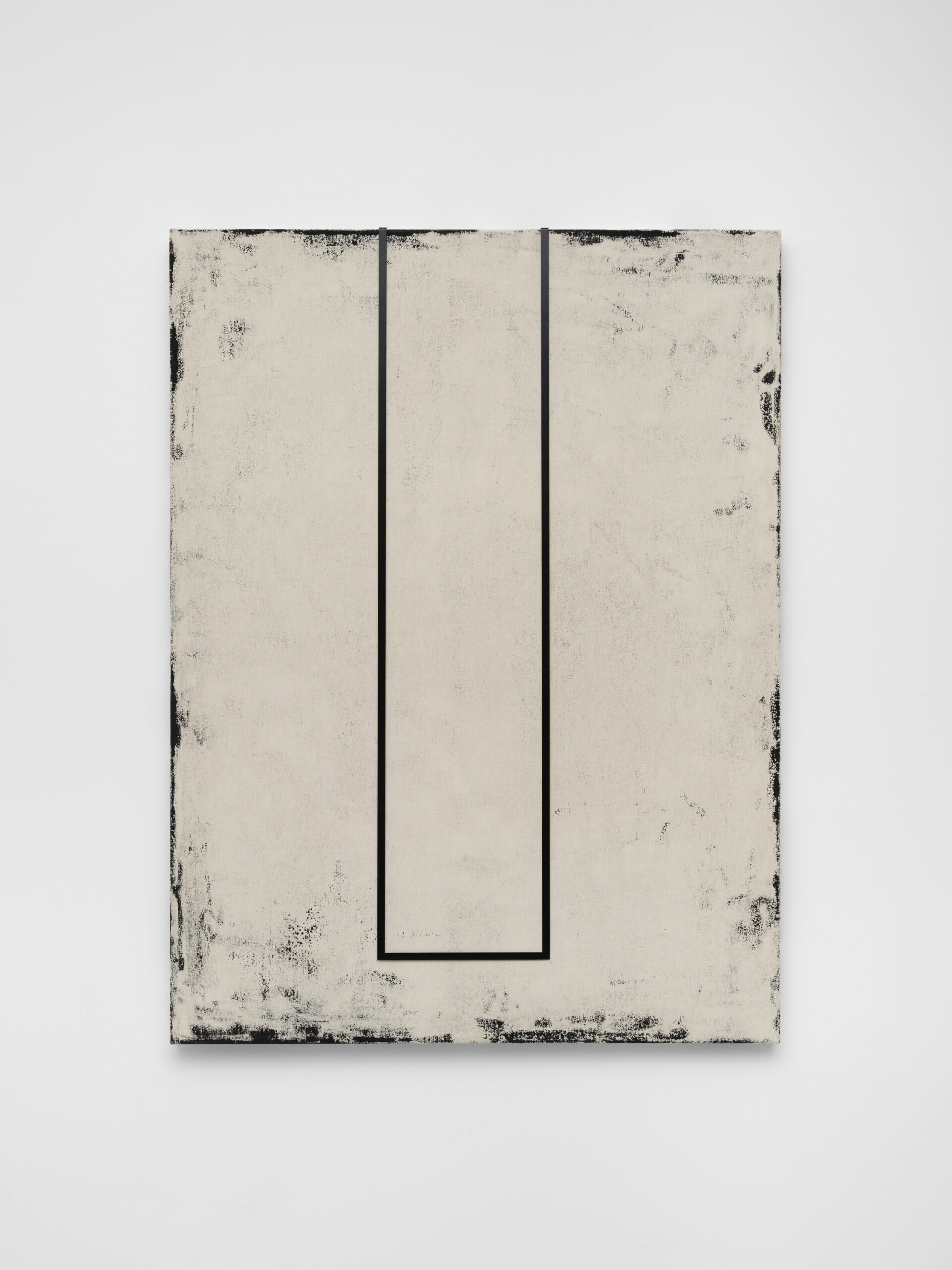
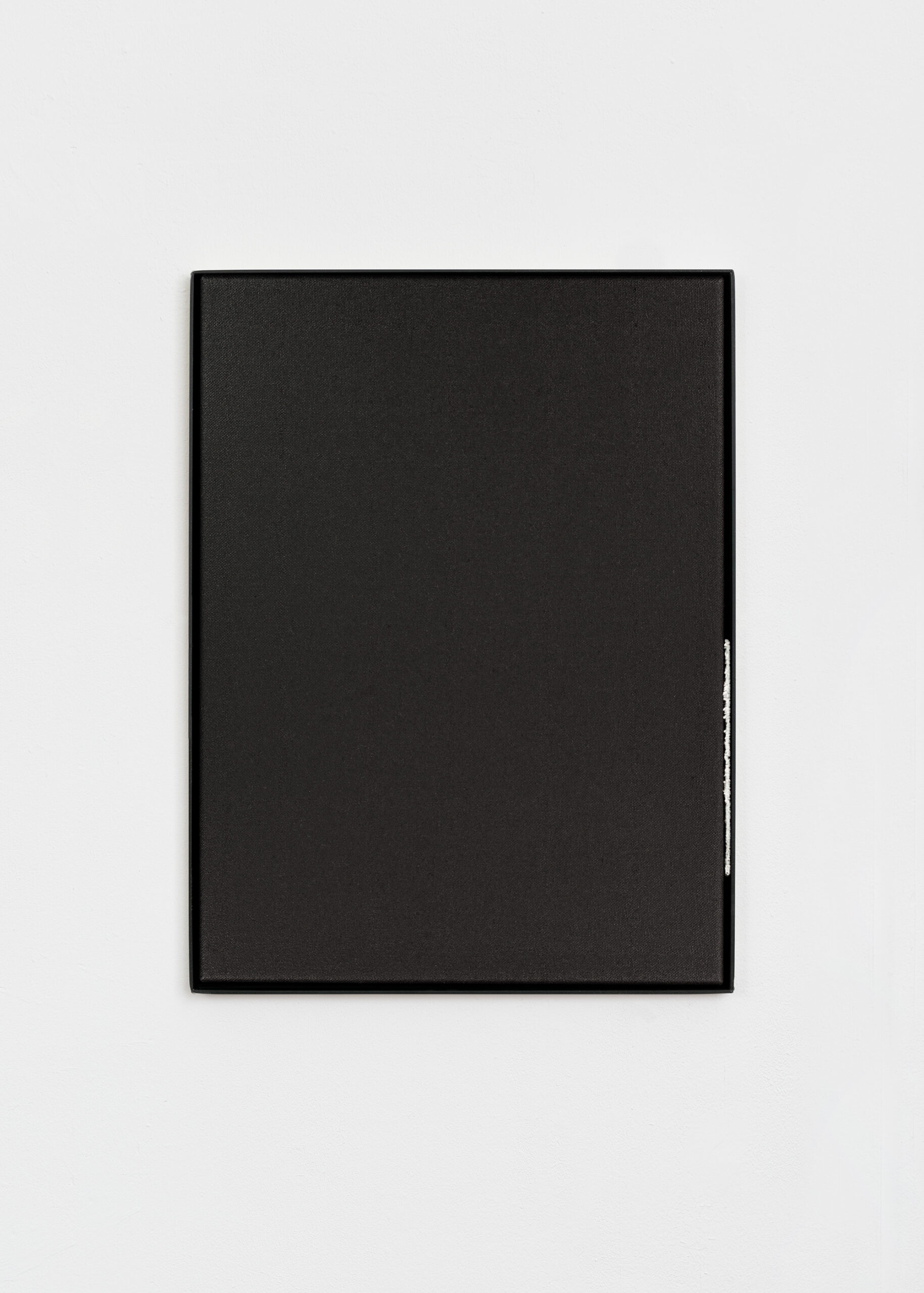
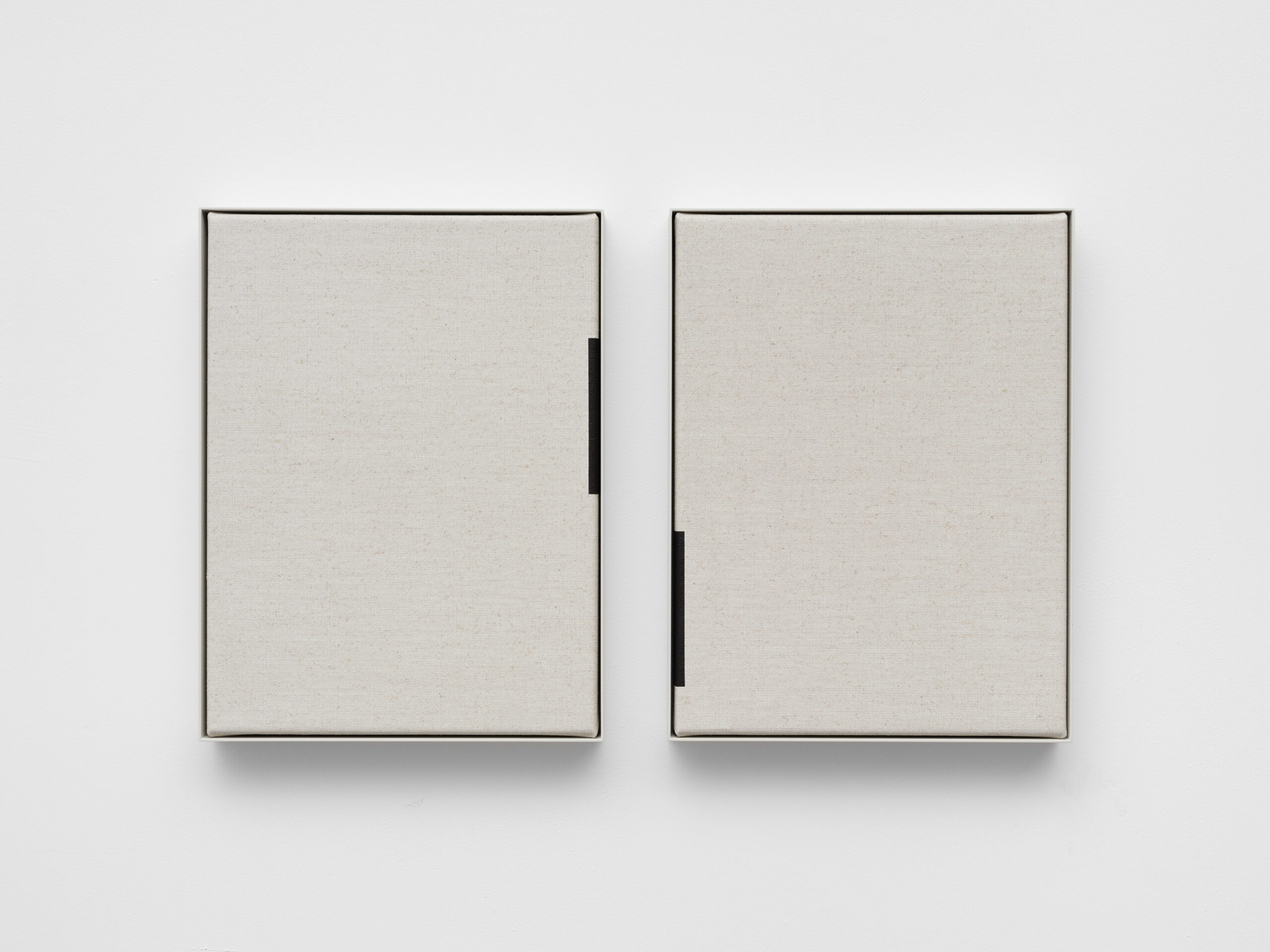
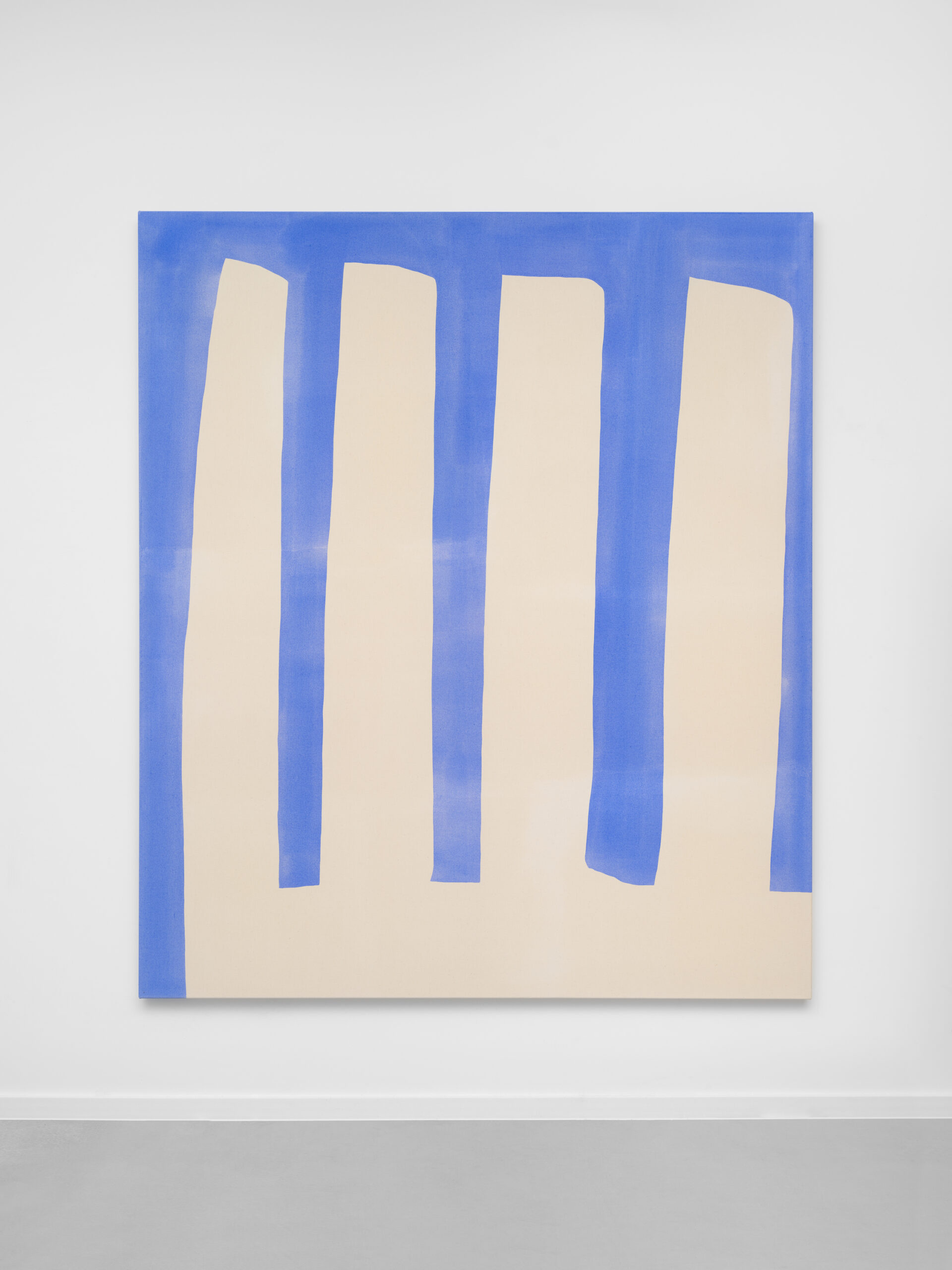
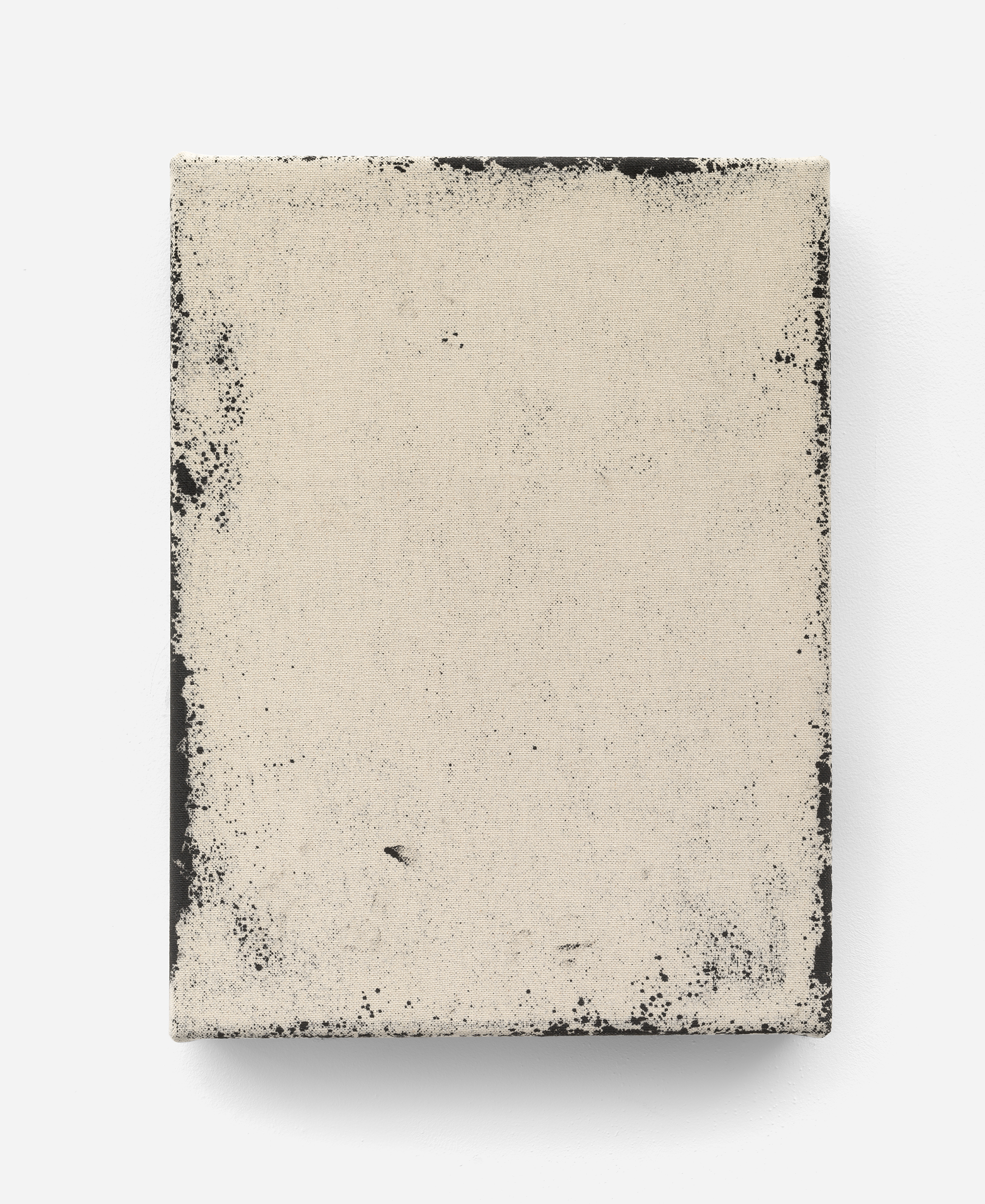
Laura Sachs (*1985 in Darmstadt) studied Philosophy and Art at Goethe University Frankfurt a.M., before moving on to Kunstakademie Düsseldorf in 2013. With her background in the field of painting, she continued her studies in the sculpture-focused classes of Hubert Kiecol and Gregor Schneider. She graduated with honor Meisterschülerin in 2018. Laura Sachs works are multi-perspective objects with characteristics of paintings as well as elements of sculptures. Her work was showcased in numerous exhibitions, including at renowned institutions such as K21, Kunstsammlung NRW and Museum Kunstpalast in Düsseldorf. Laura Sachs lives and works in Berlin.
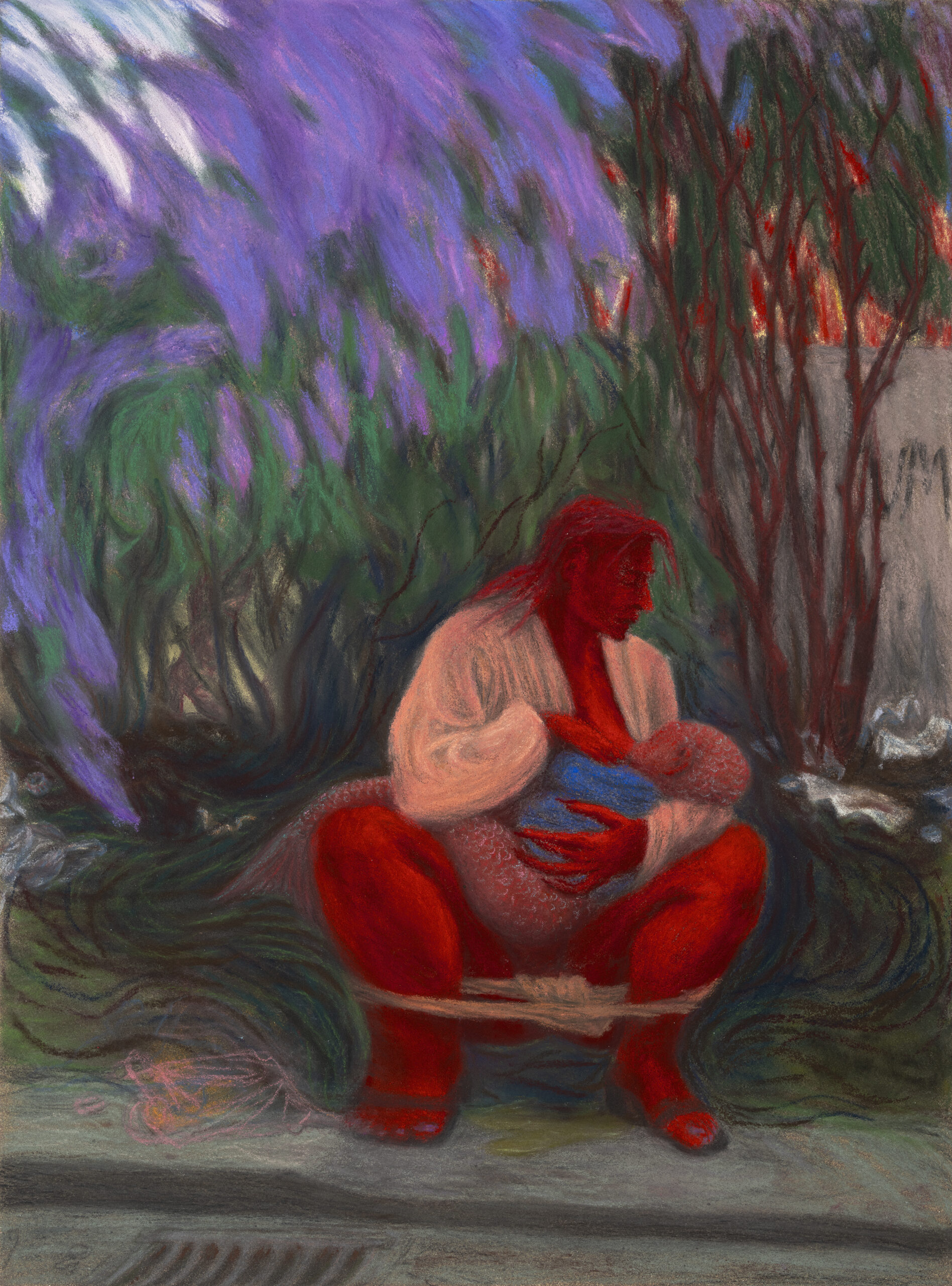
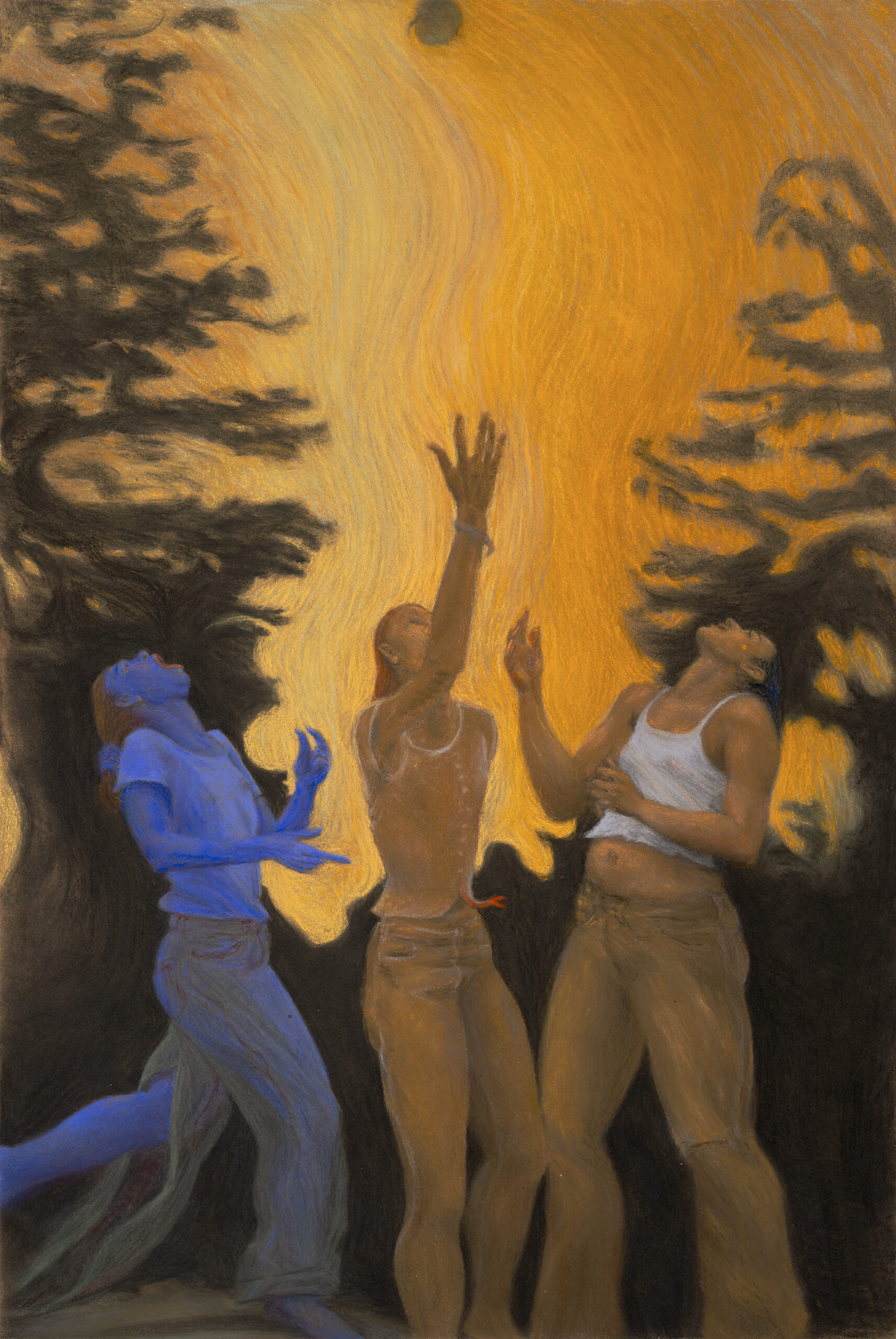
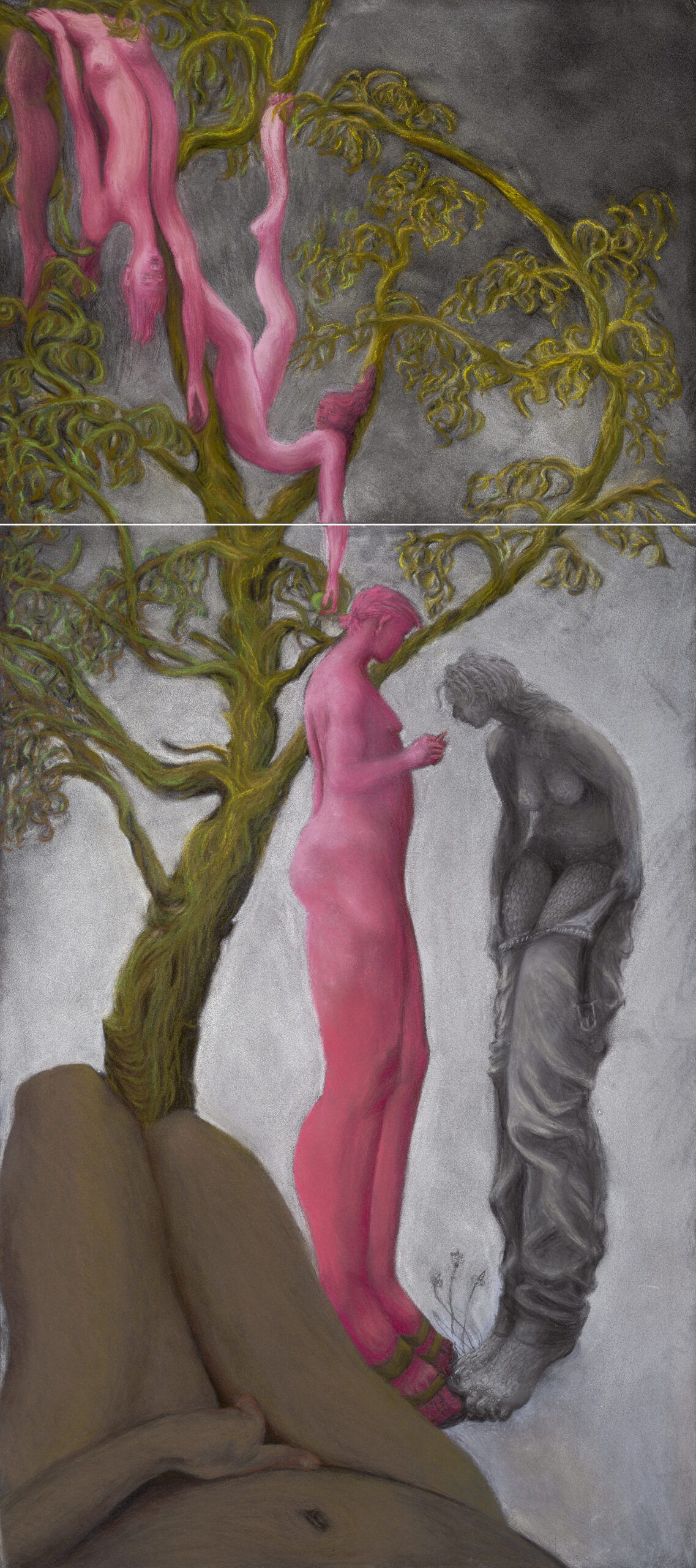
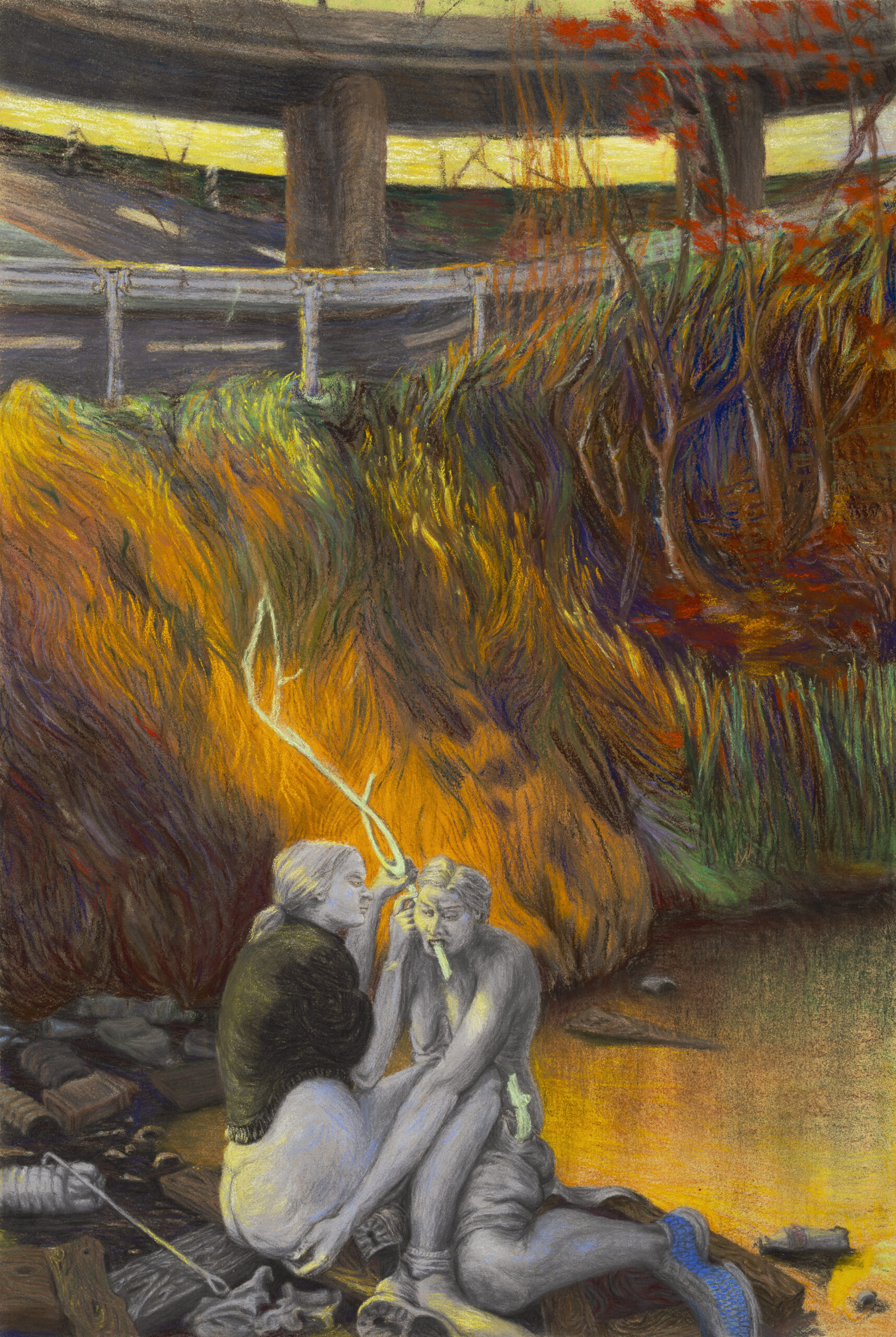
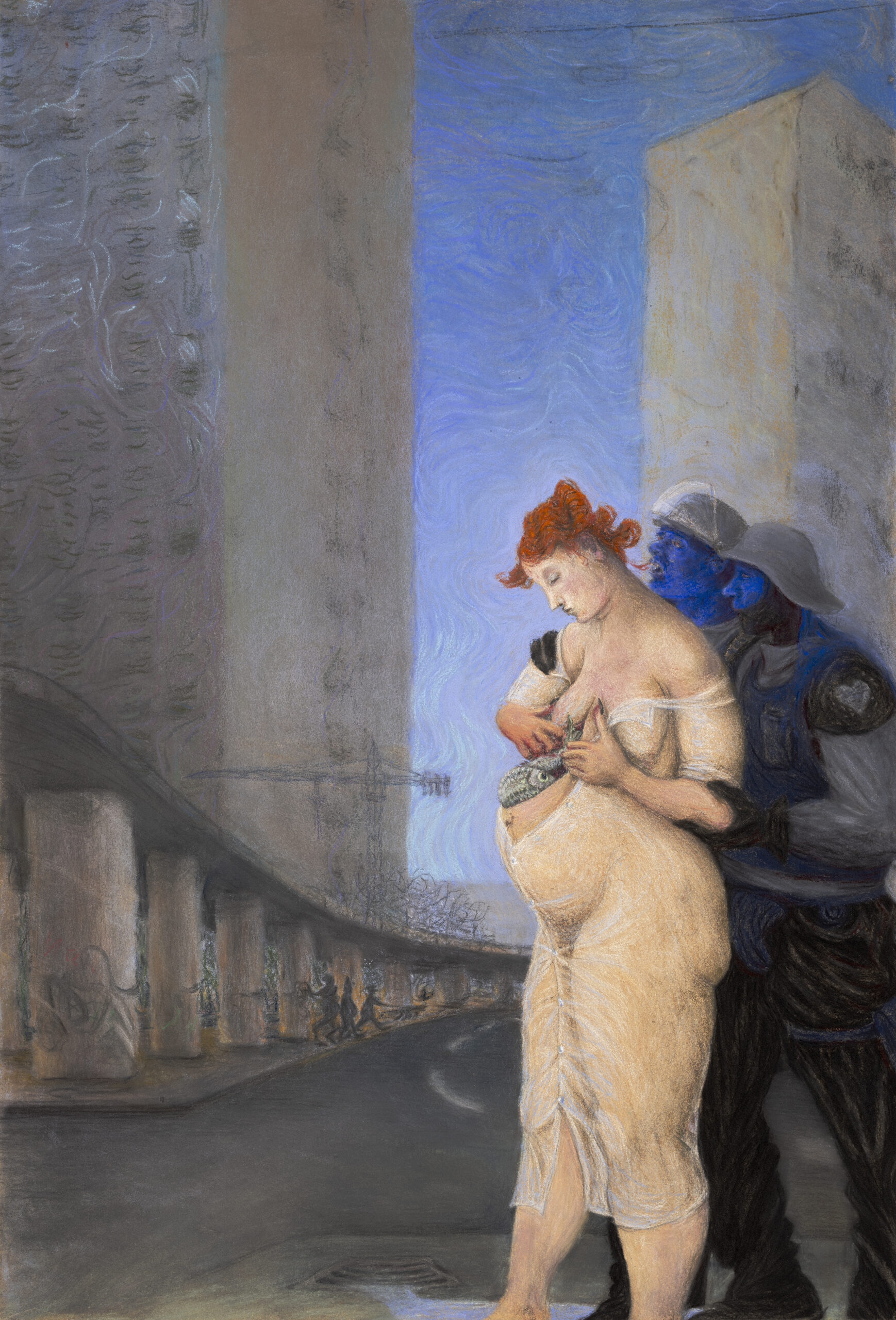
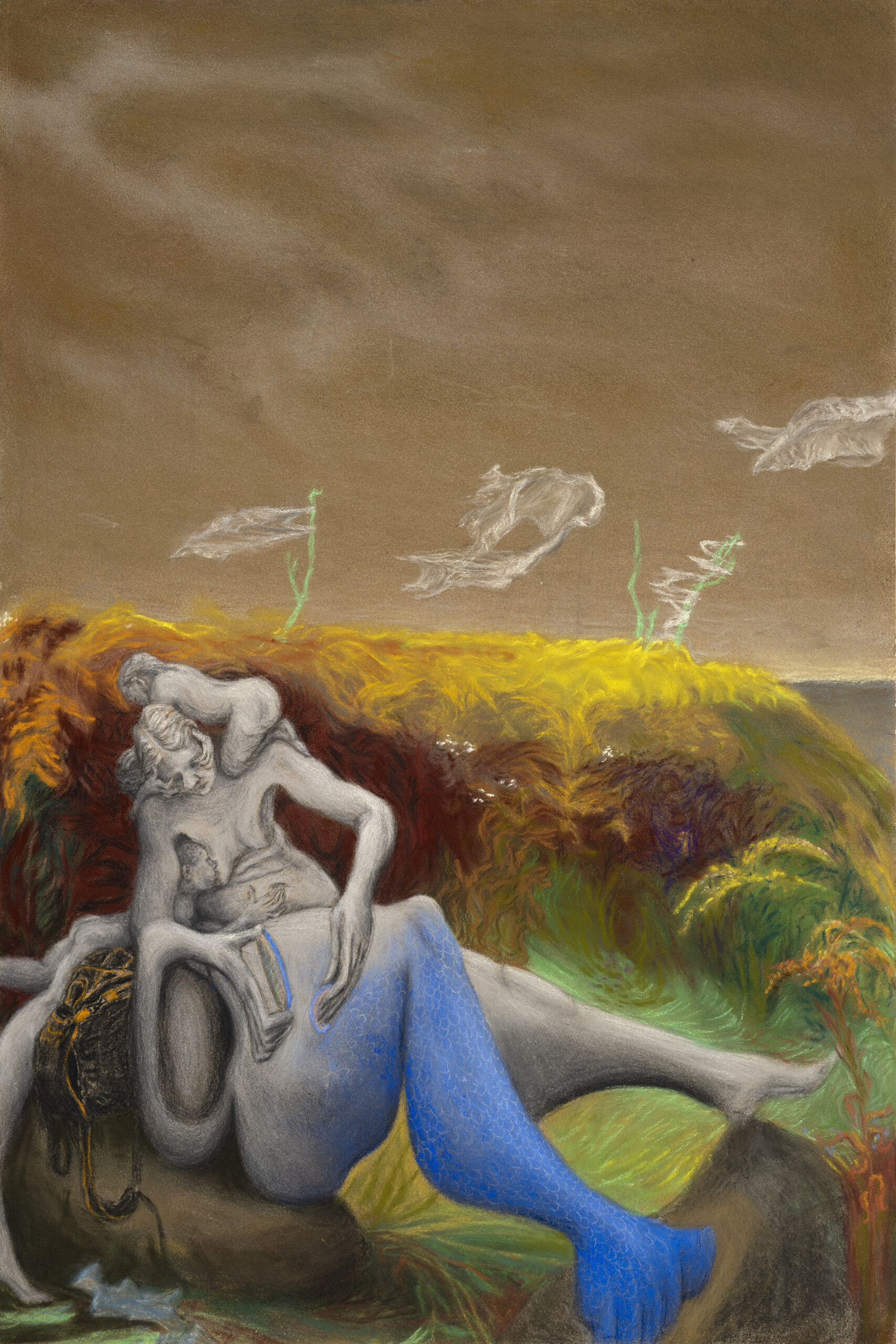
Lou Hoyer (* 1985 in Berlin) lives and works in Potsdam, Germany. She studied fine arts at the Berlin University of the Arts (UdK) from 2005 to 2011 and completed her Master’s Studies under Prof. Valérie Favre. In 2012 she received the SRE Frida Kahlo Fellowship at the Centro Nacional de las Artes, Mexico City. From 2014 to 2019 Lou Hoyer was the editor of the magazine NICHTSALSSCHOENHEIT – TEXTE, BILDER, PARTITUREN published annually in conjunction with theatre performances and exhibitions. She has shown her work in Berlin, New York, Mexico City, London, and Capetown, among others. Her work has appeared in various magazines, such as Kunstforum International, BOMB, Vice Magazine and Art.
The polyphony of drawing, text and musical performance characterizes Lou Hoyer’s work. Her pastel drawings are condensed daydreams. They walk the line between inside and outside, utopia and dystopia. Every line is a thought. She invents surreal images of female bodies that rub up against social expectations: the woman who paints her body with fish skin becomes a merwoman; In the next picture, the fish tail symbolizes the restrictions that a woman experiences in our society. Lou Hoyer’s large-format charcoal drawings show anamorphic figures. They multiply, break apart and merge again. The aesthetic deformation determines the perception of the body from within. Lou Hoyer reveals the physical act of drawing: the lines follow the waves of distortion and the motif, despite its monumentality, begins to move and takes on something fleeting.
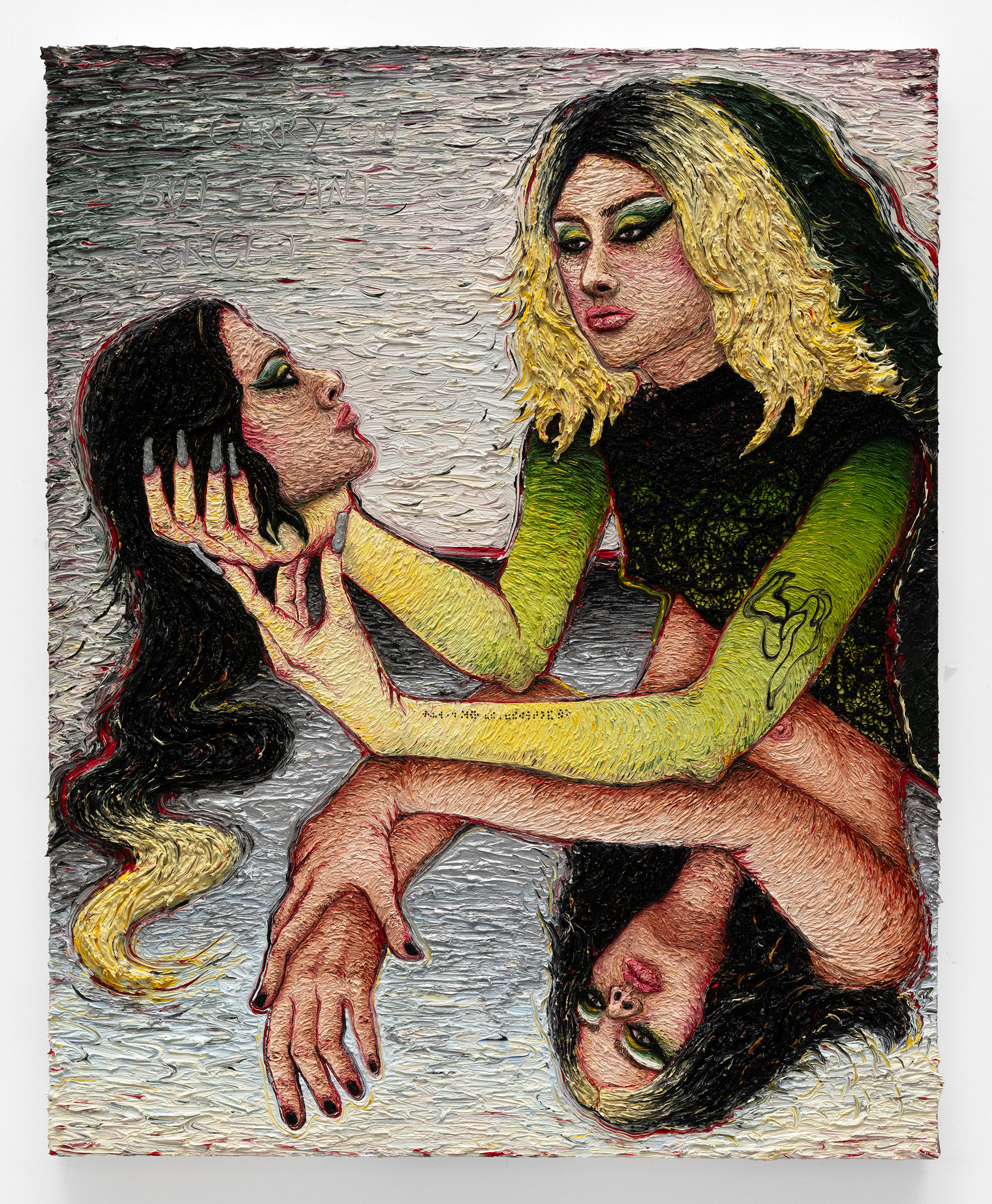
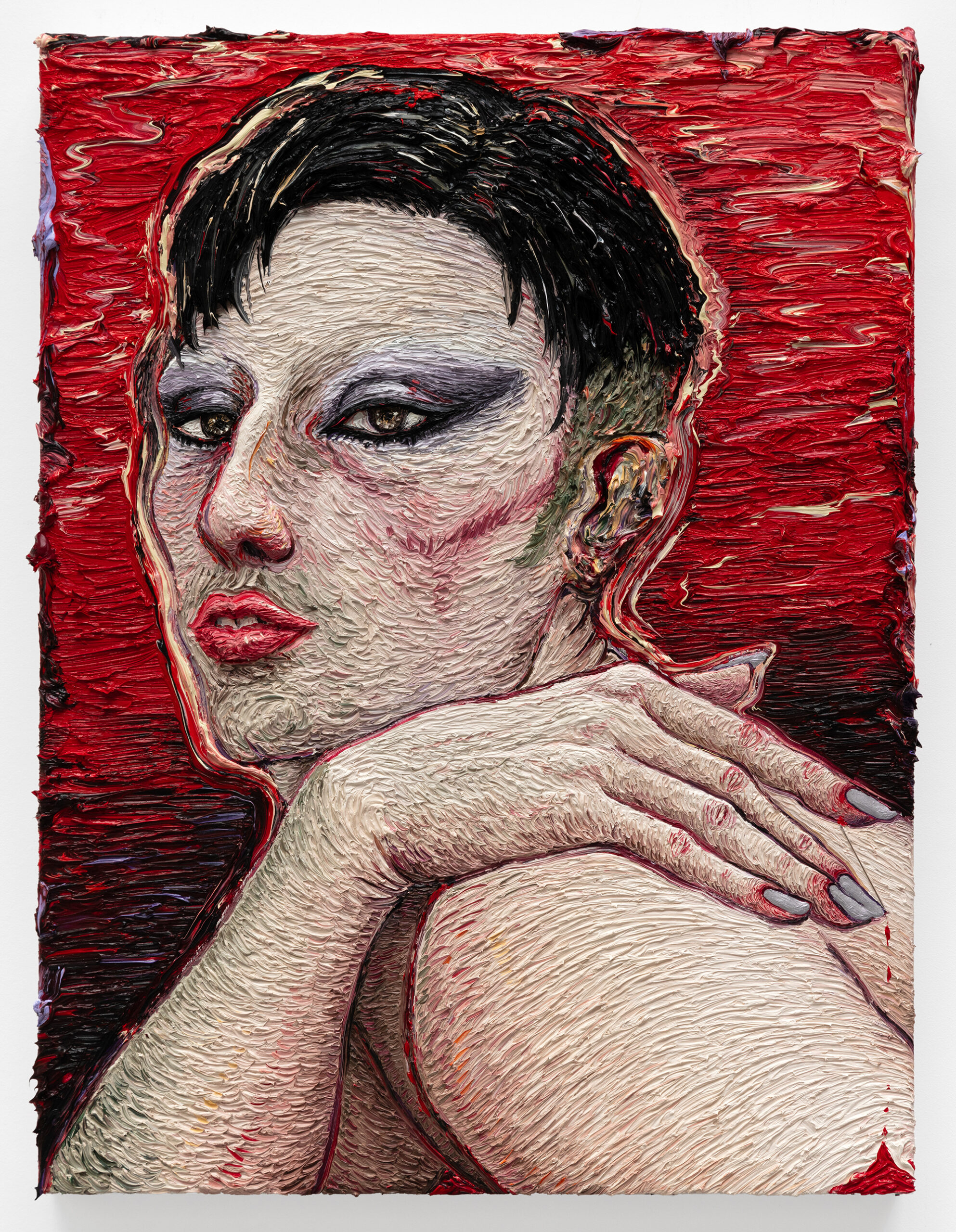
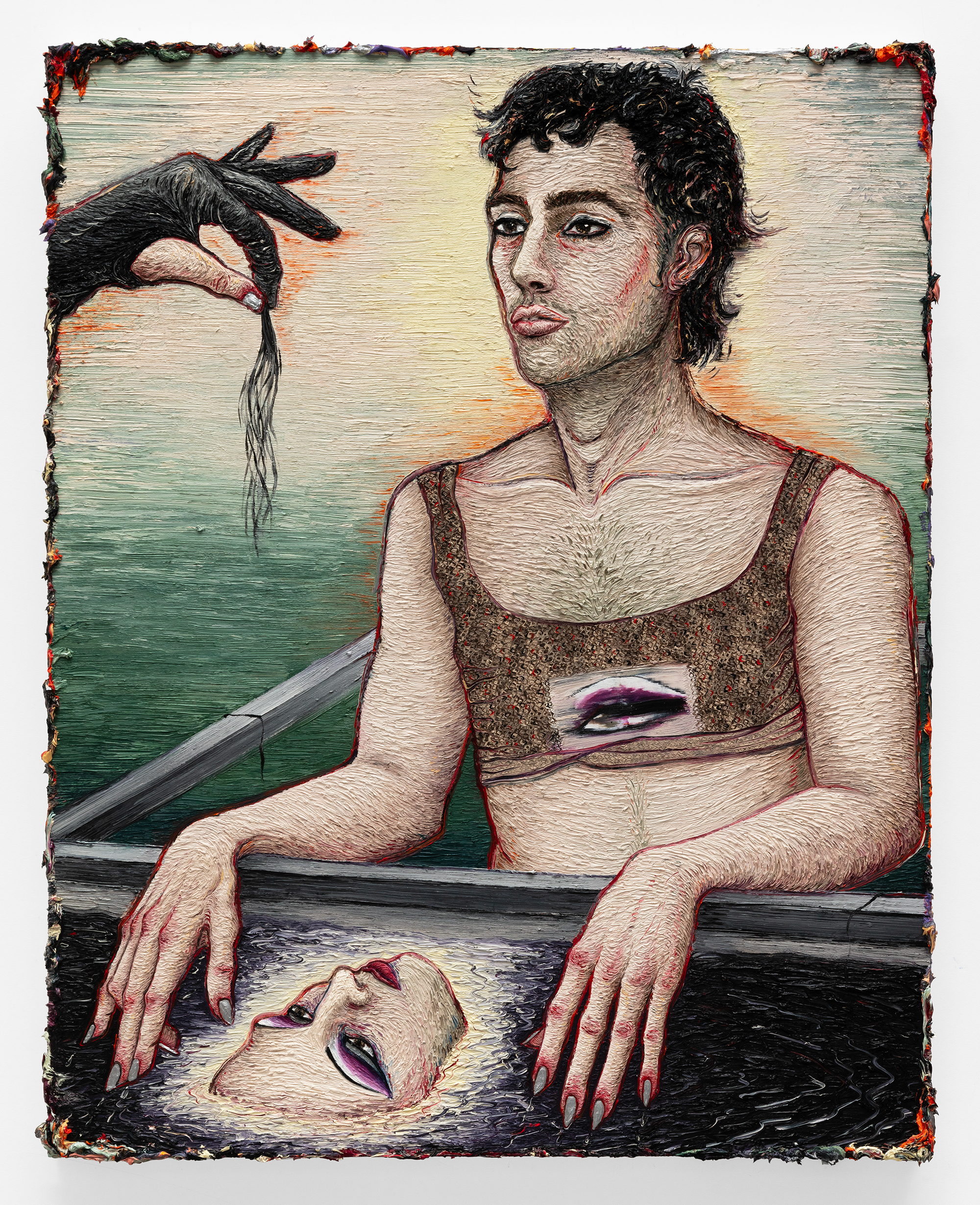
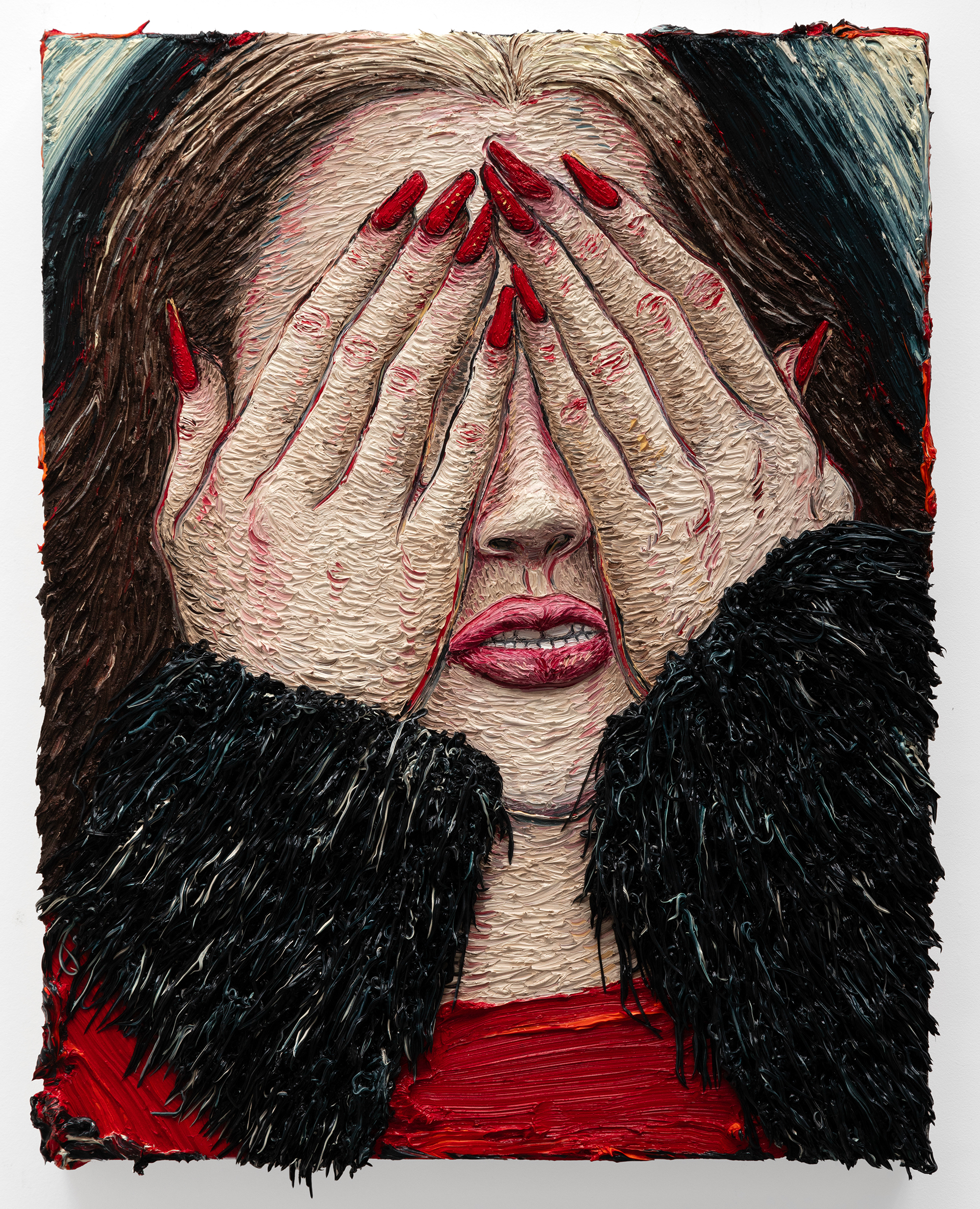
Mahsa Merci (*1990, Tehran, Iran) holds an MFA from the University of Manitoba, Canada, and currently lives and works in Toronto, Ontario. Mahsa Merci is a queer artist who works in various media, primarily in painting and sculpture, to challenge conservative social and political norms, defy the stranglehold of traditional cultures and religions, and celebrate the wide spectrum of gender identities and expressions. Her works aspire to raise awareness in the audience of the hidden facets people may carry within all aspects of their identities. Mahsa reimagines and reformulates the voice of the self to offer an articulate LGBTQ language despite race, roots, color, and culture. She brings together a body of work that establishes new definitions that draw upon textures and gestures which manifest across natural and sociopolitical boundaries. Mahsa Merci has exhibited her works in over forty solo and group exhibitions in the United States, Italy, Germany, UAE, Belgium, Cyprus, Canada, Hong Kong, and Iran. Her works have been published in various well-known magazines globally.
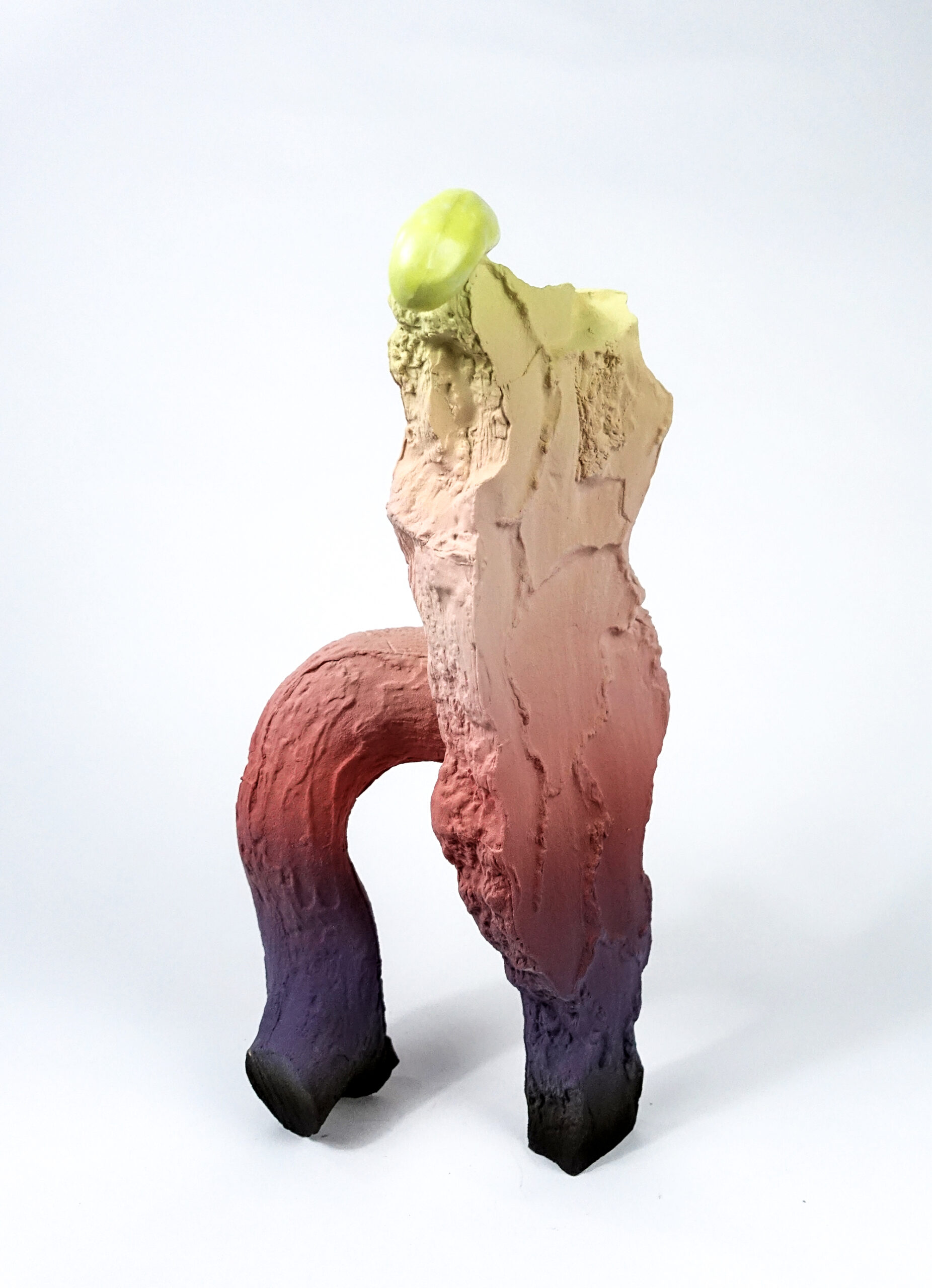
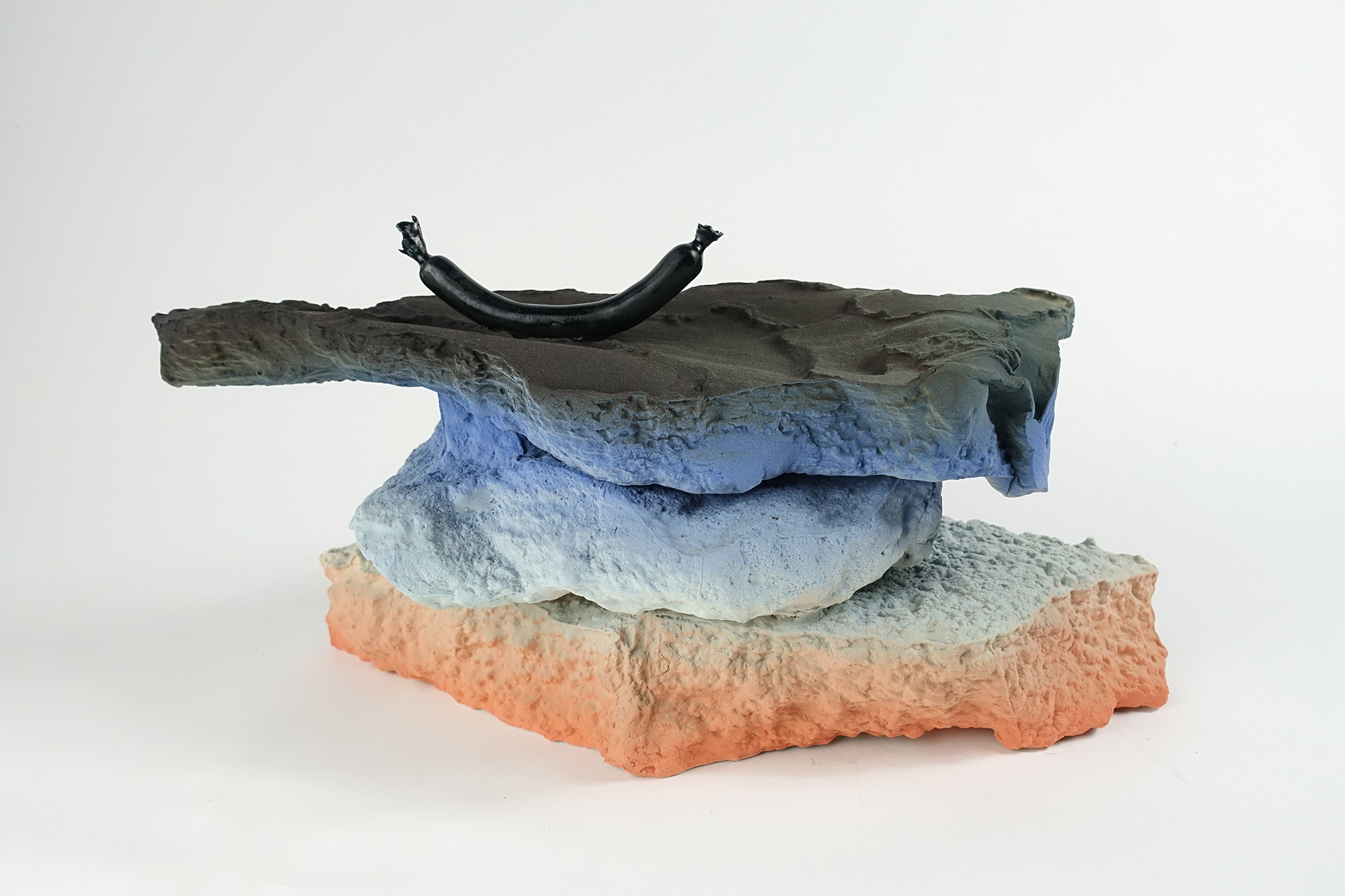
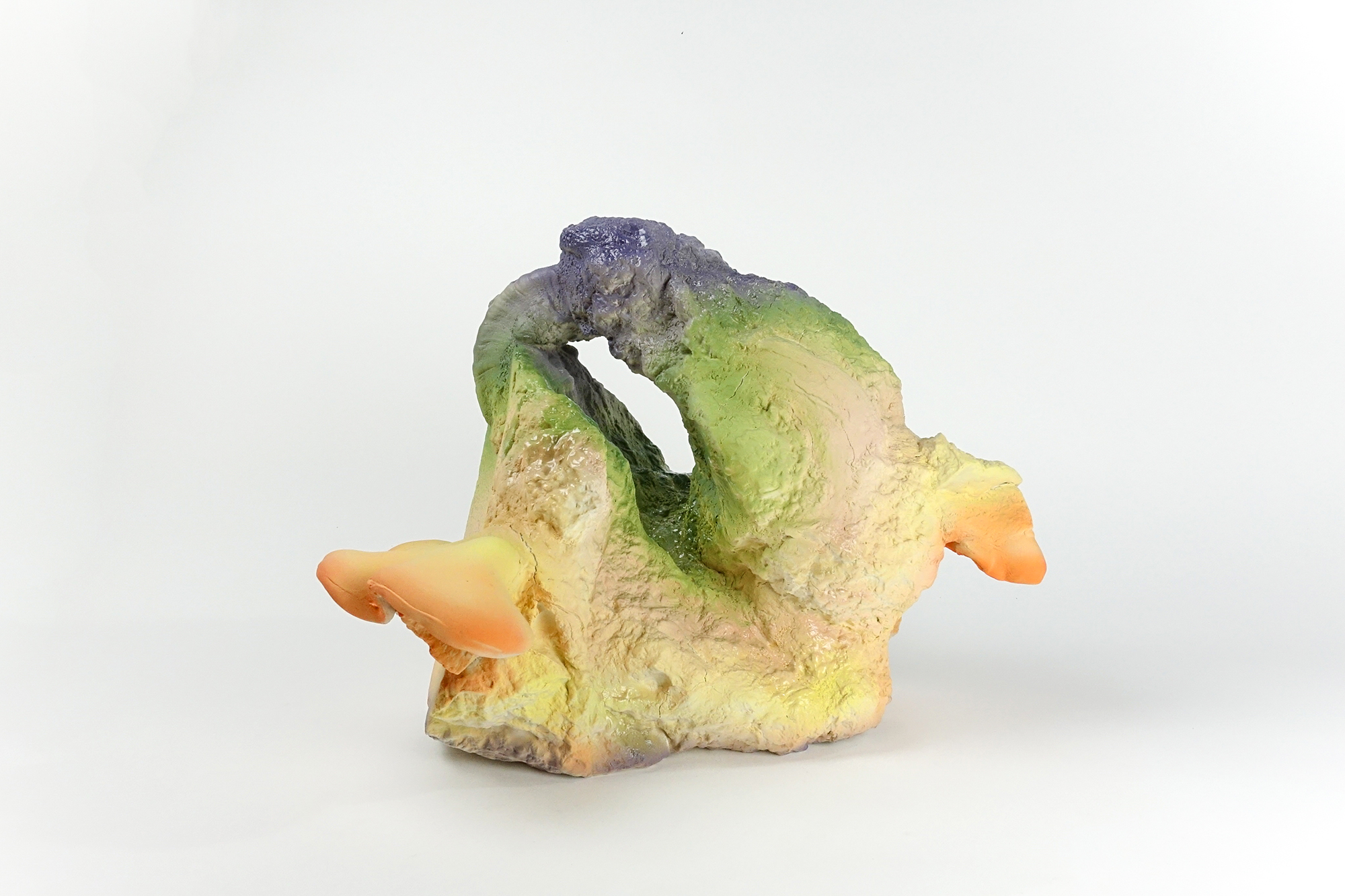
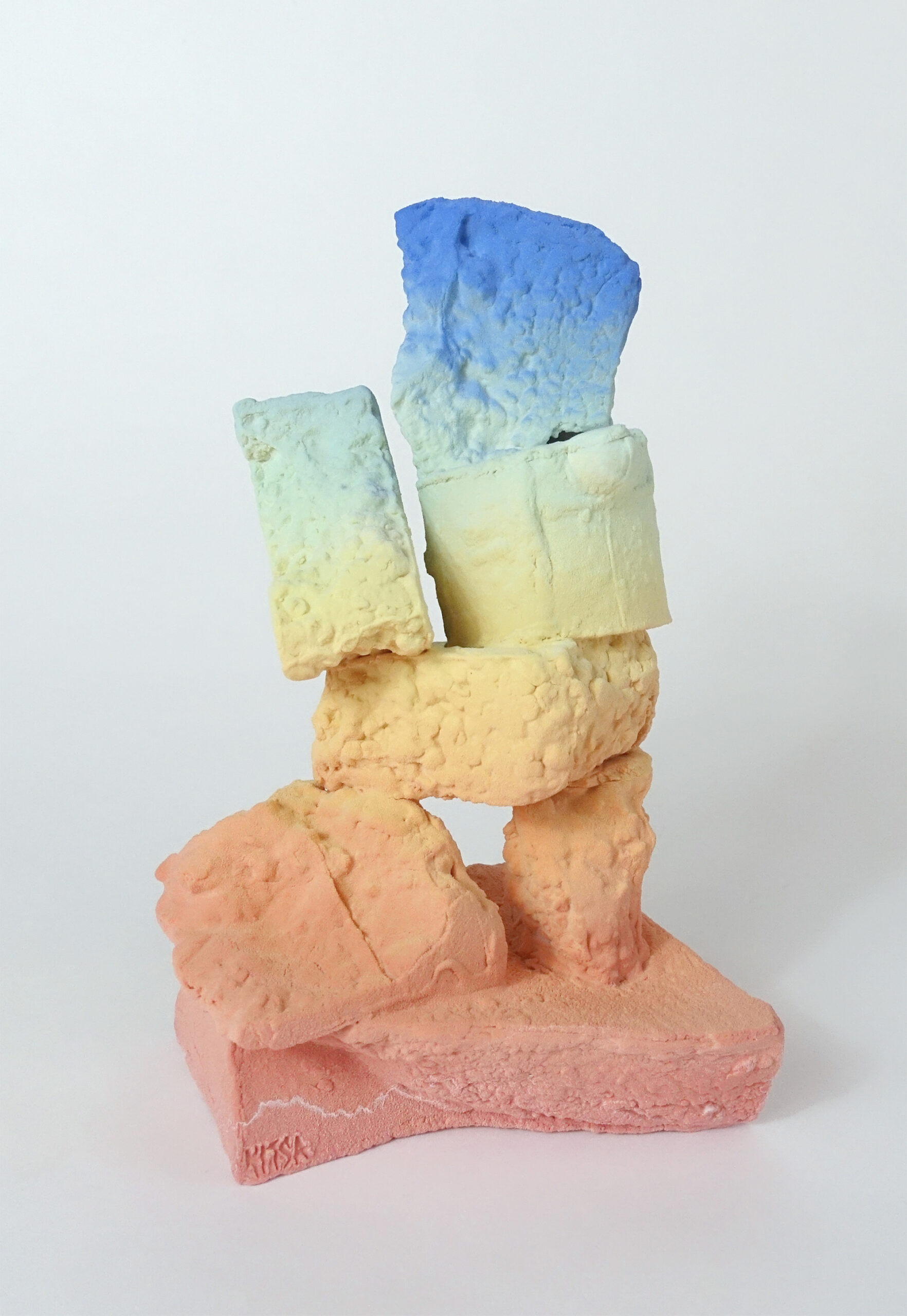
Born in 1984 in Carpentras (FR), she lives in Chapaize (FR). Following a Master’s degree in aesthetics and psychoanalysis at the University of Montpellier (FR), she obtained a DNSEP at the École supérieure d’art d’Avignon (FR), then specialized in ceramics at the Maison de la céramique de Dieulefit (FR) in 2019. She exhibits at institutions such as Centre Céramique Contemporaine in La Borne, Maison de la céramique in Dieulefit, La Tôlerie in Clermont-Ferrand, Musée Carouge, MO. CO La Panacée in Montpellier, at the CRAC 19 in Montbéliard and in other venues such as the Tatiss gallery in Lyon, Moly Sabata in Sablons, Saint-Quentin-la-Poterie during the Terralha festival, the Fracas gallery in Brussels (BE) as well as in New York (US) and Leipzig (DE).
Her work oscillates between art, design and sculpture. Inspired by art history, pop culture and kitsch, she creates colourful ceramics that balance sculptural aesthetics and functional art. Her works are inspired by nature and its imitation, combining nature and architecture, blurring the boundaries between the two.
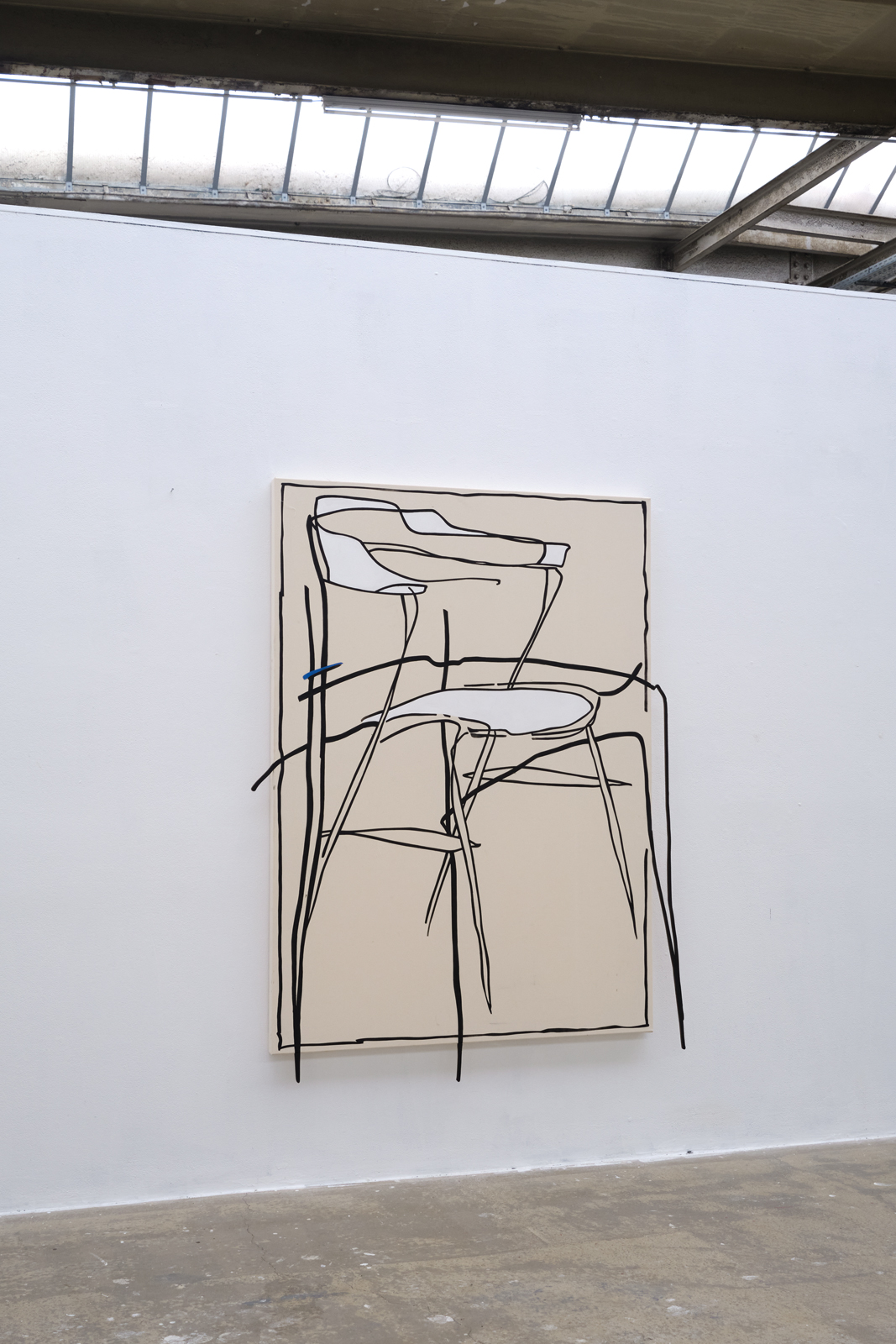
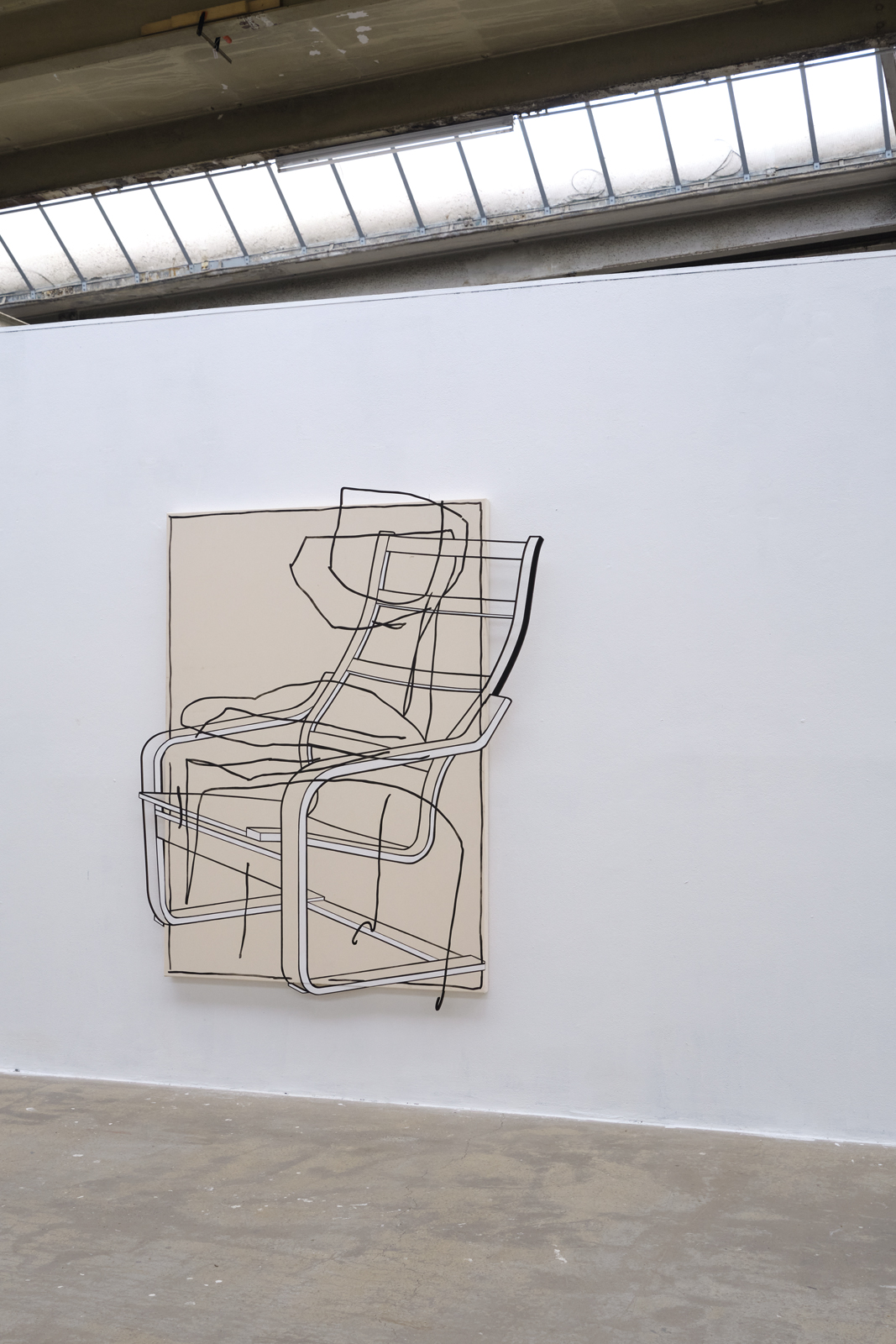
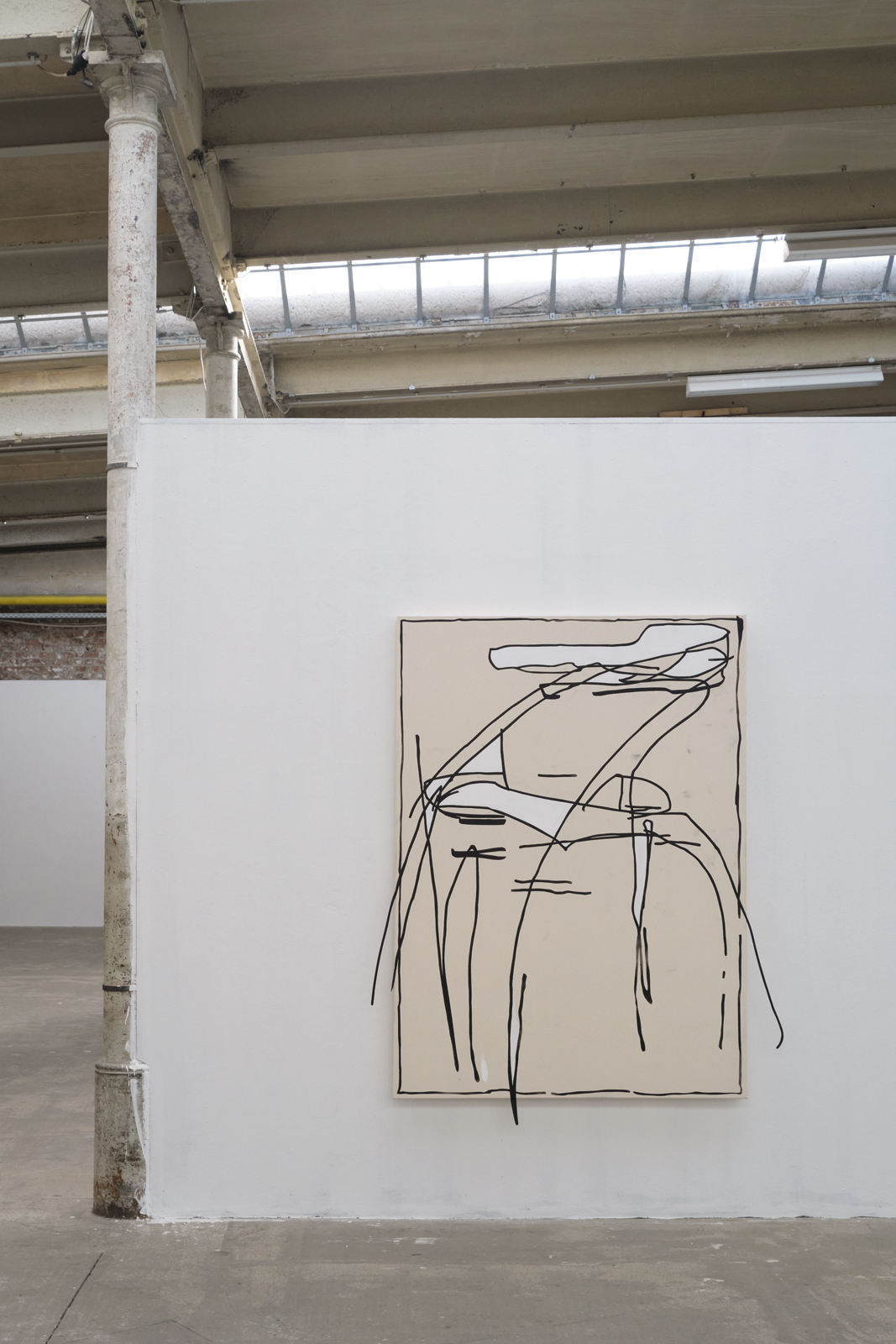
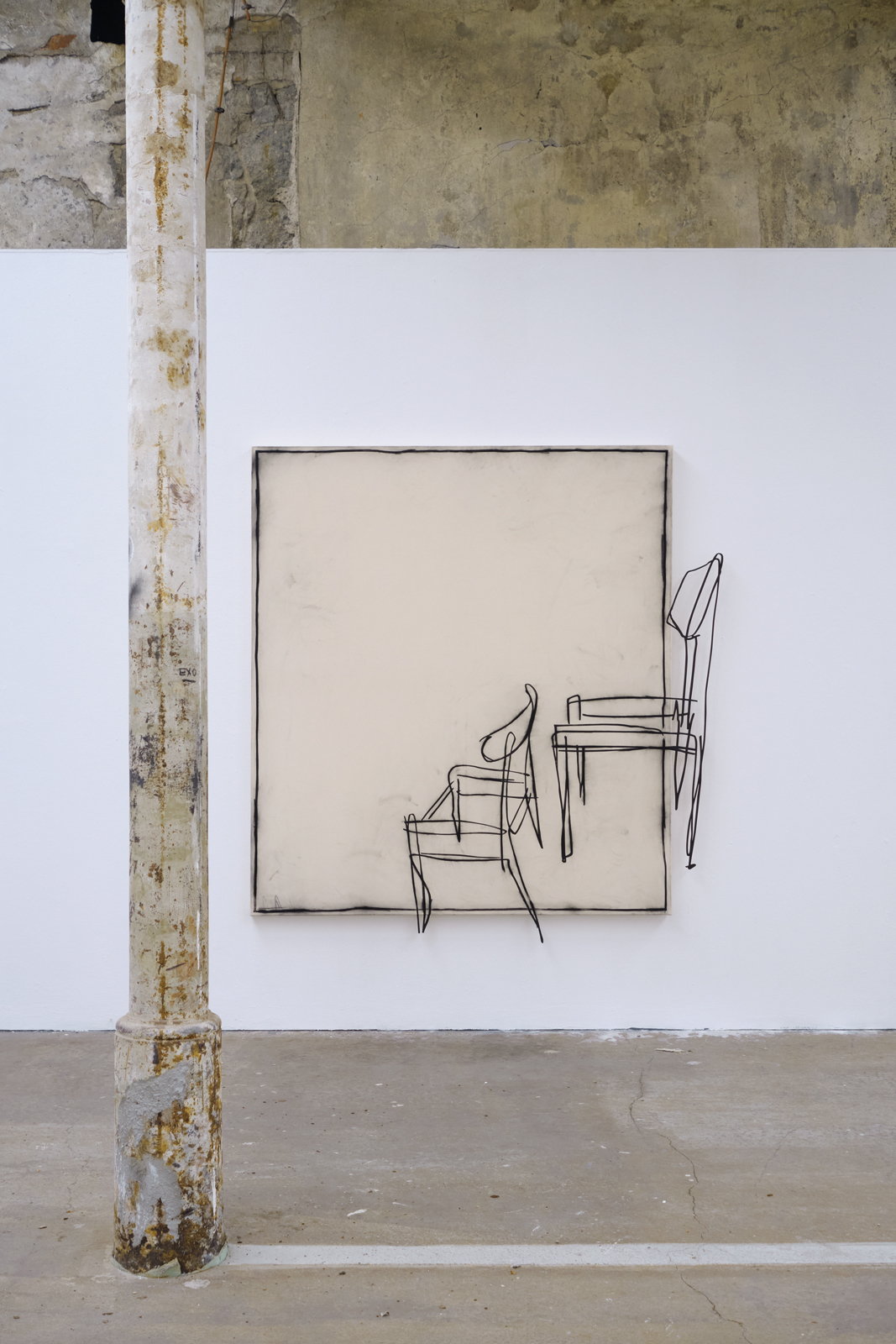
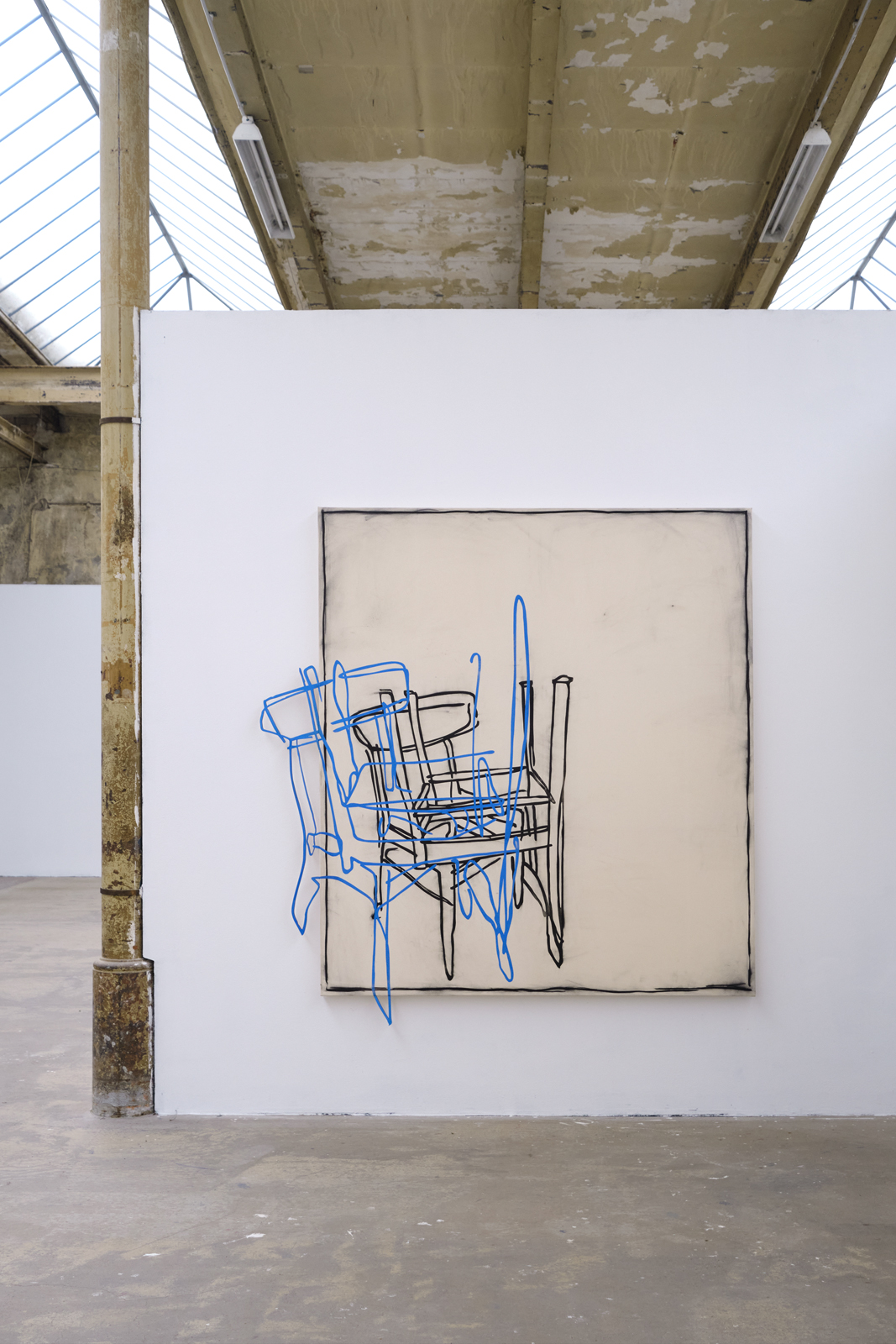
Born in Leipzig, Oskar Rink studied fashion design and illustration at l'EcoleSupérieure des Arts et techniques de la Mode in Munich and received a Master's Degree from the Sotheby's Institute of Art, Contemporary Art Department in London (UK). Ever since childhood, she has had intensive exchanges with her father, Arno Rink, on the artistic creative process around painting, form and colour. After various periods of residence in England, Norway, Cuba and the US, the artist now lives and works between Leipzig and Lisbon. Since 2022, Oskar Rink holds a guest professorship for painting at Burg Giebichenstein in Halle (Saale).
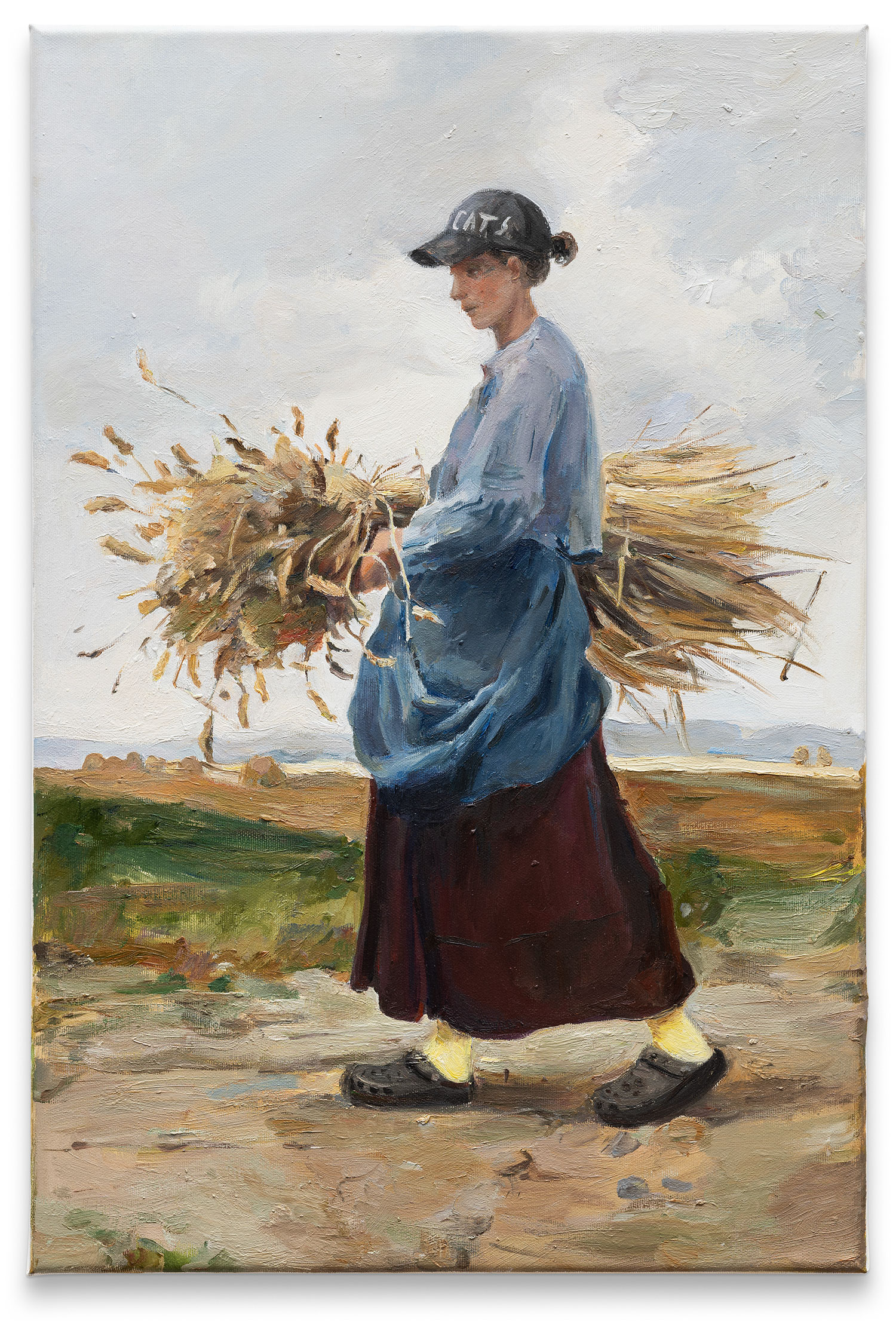
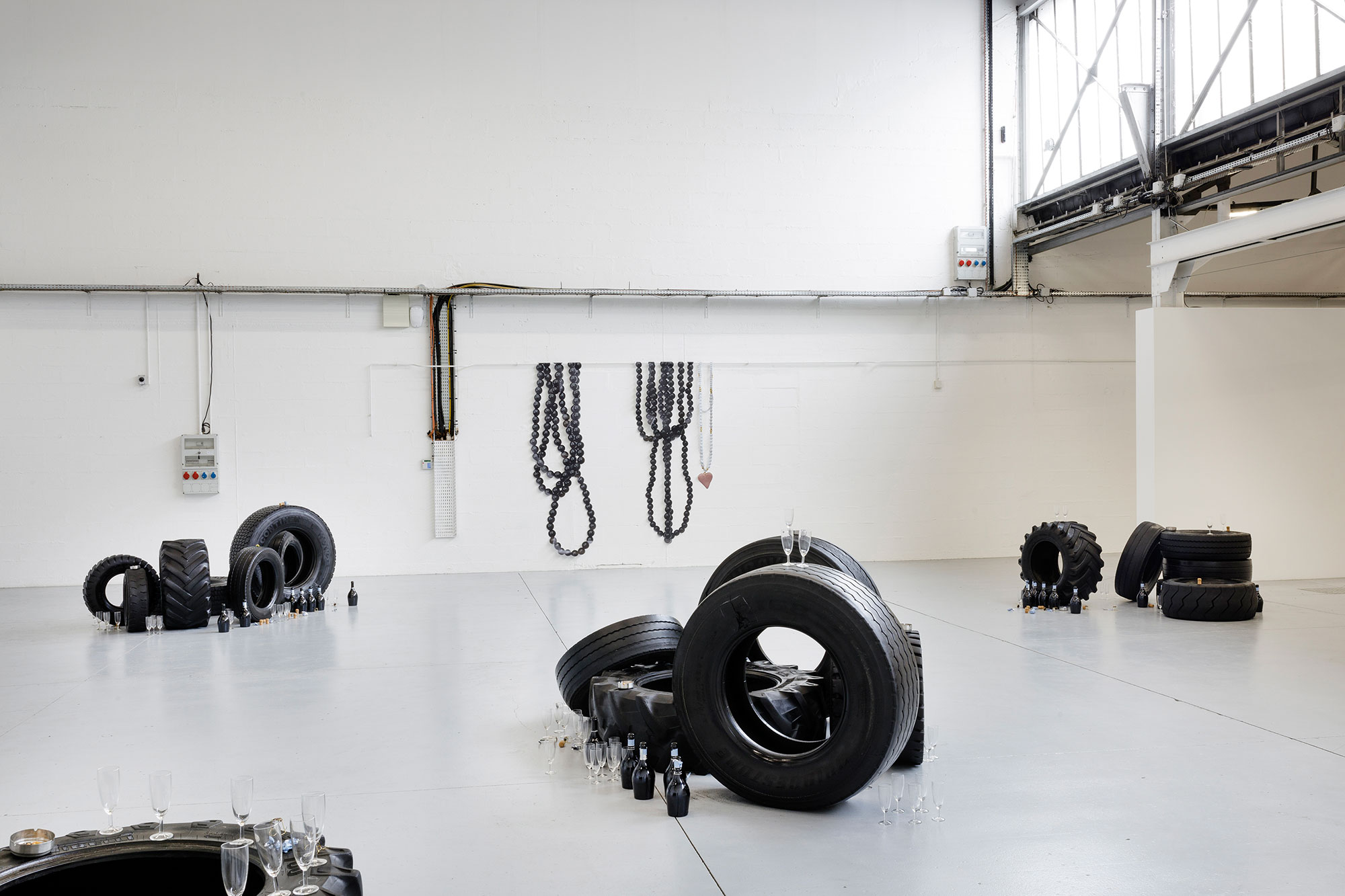
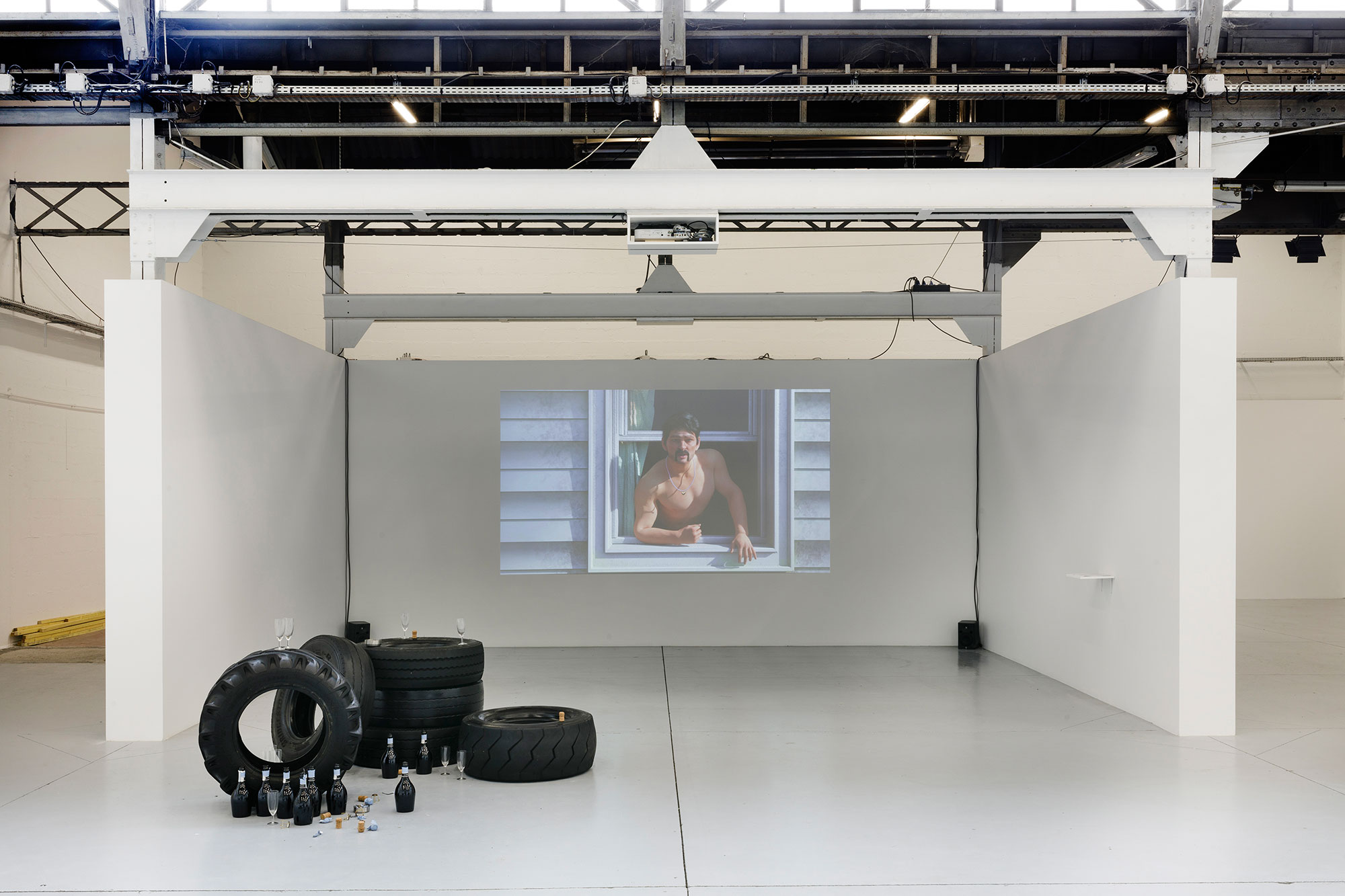
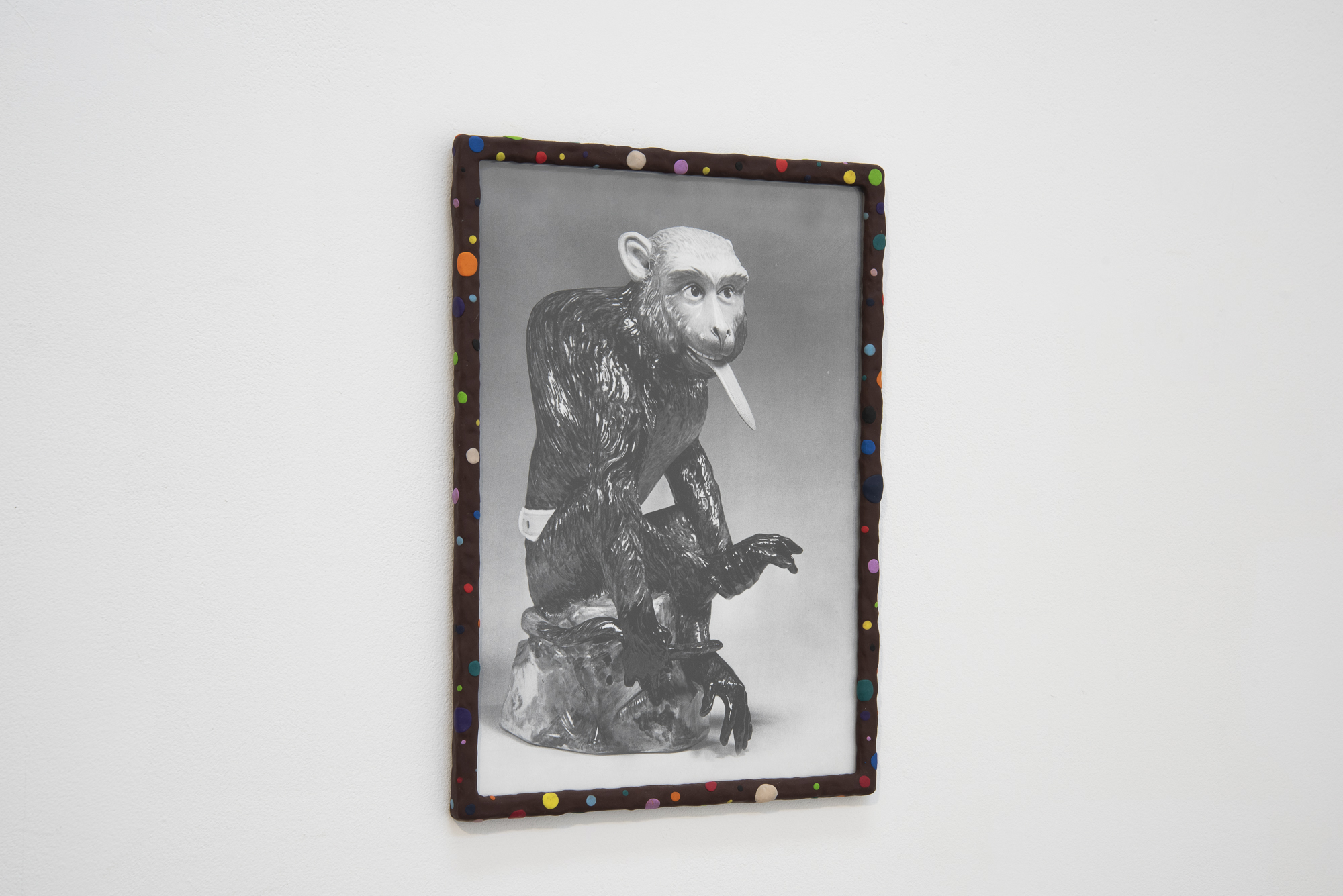


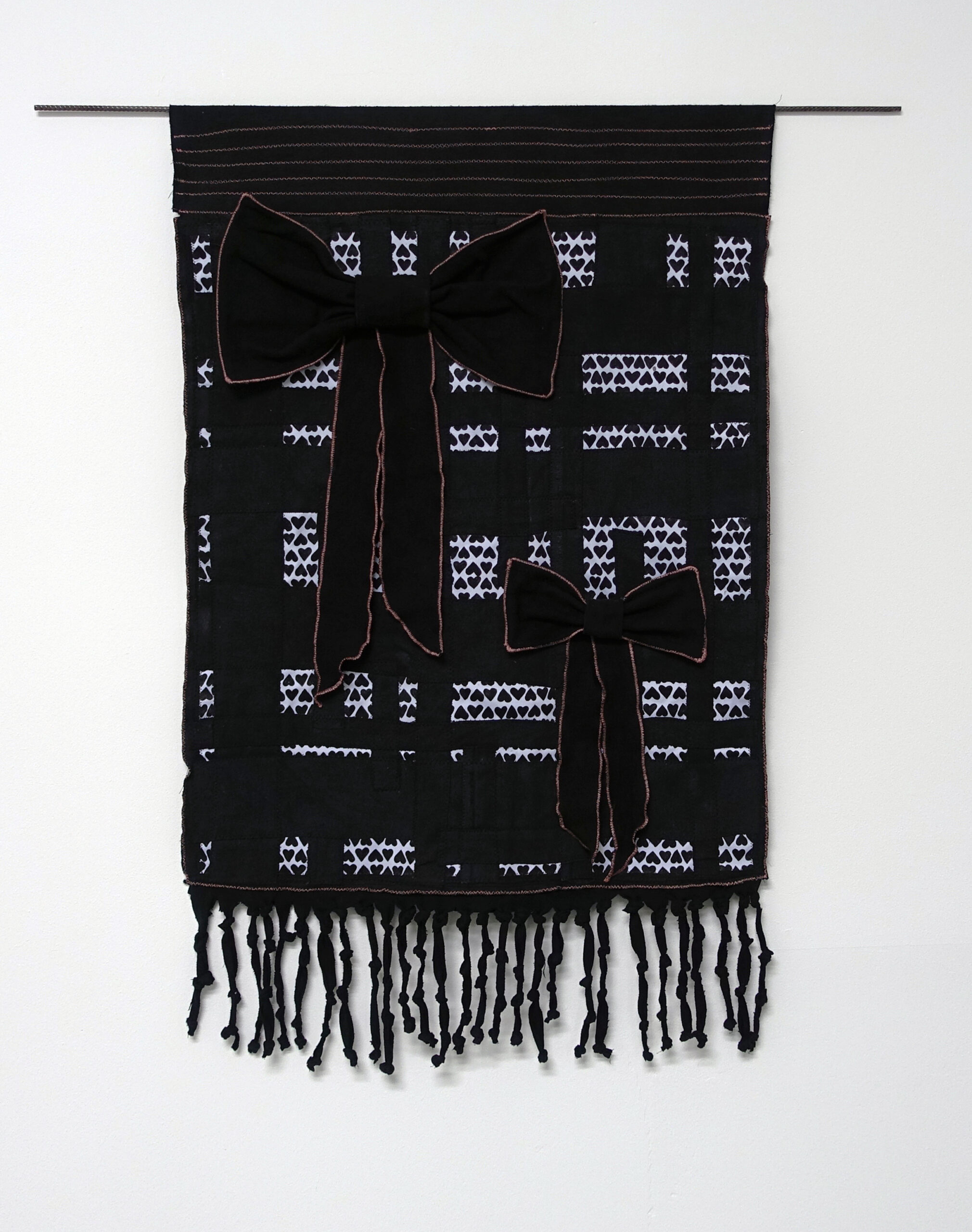
Peggy Pehl (*1983, Leipzig) has a distinctive approach to painting, sculpture, and installation. Born in Leipzig, her creative journey began at an early age, nurtured by a culturally rich environment that fostered her artistic talents. She pursued formal education in fine arts (HGB Leipzig), studying painting, sculpture,and installation by Astrid Klein. Pehl’s approach is characterized by a blend of abstraction and figuration, often incorporating mixedmedia elements such as paint, metal, fabric, and found objects.
Her work explores themes of identity, memory, and the human experience, with a particular focus on the fragility of memory and transformation. She integrates remnants of everyday life—like old photographs, maps, and letters—into her artworks, creating pieces that evoke nostalgia and introspection. Her installations are immersive, challenging viewers to engage with the themes of memory and the passage of time. Over the years, Pehl has exhibited her work in numerous solo and group shows both in Germany, France and internationally in mostly art-space and institutions rather than galleries. Her works challenge perceptions and engages audiences in a dialogue about the nature of identity and memory. Her personal philosophy reflects her artistic ethos, balancing introspection with broader societal issues. Peggy Pehl is regarded for her thought-provoking artworks that combine personal narratives with universal themes, making her a vital voice in global art scenes.
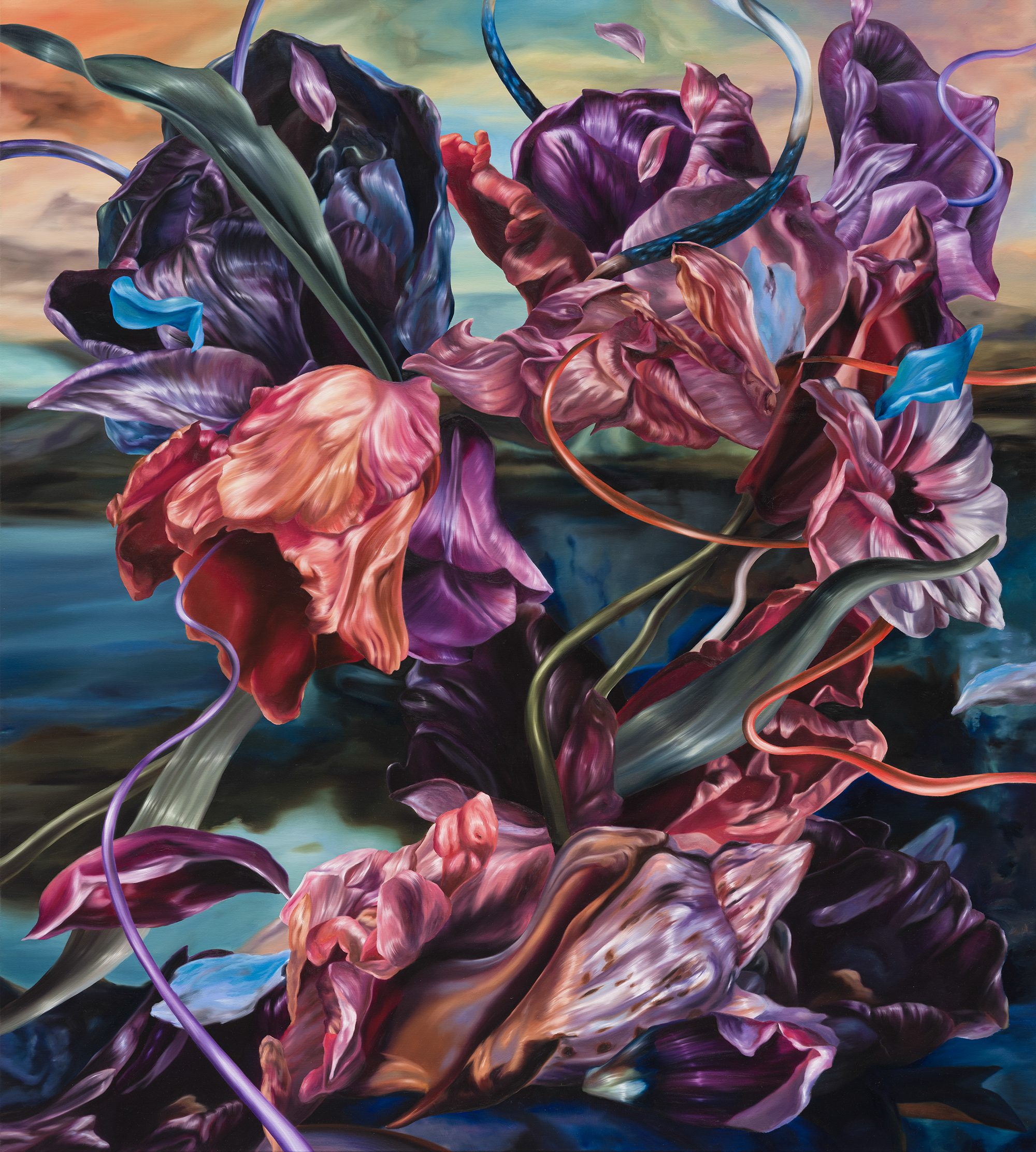
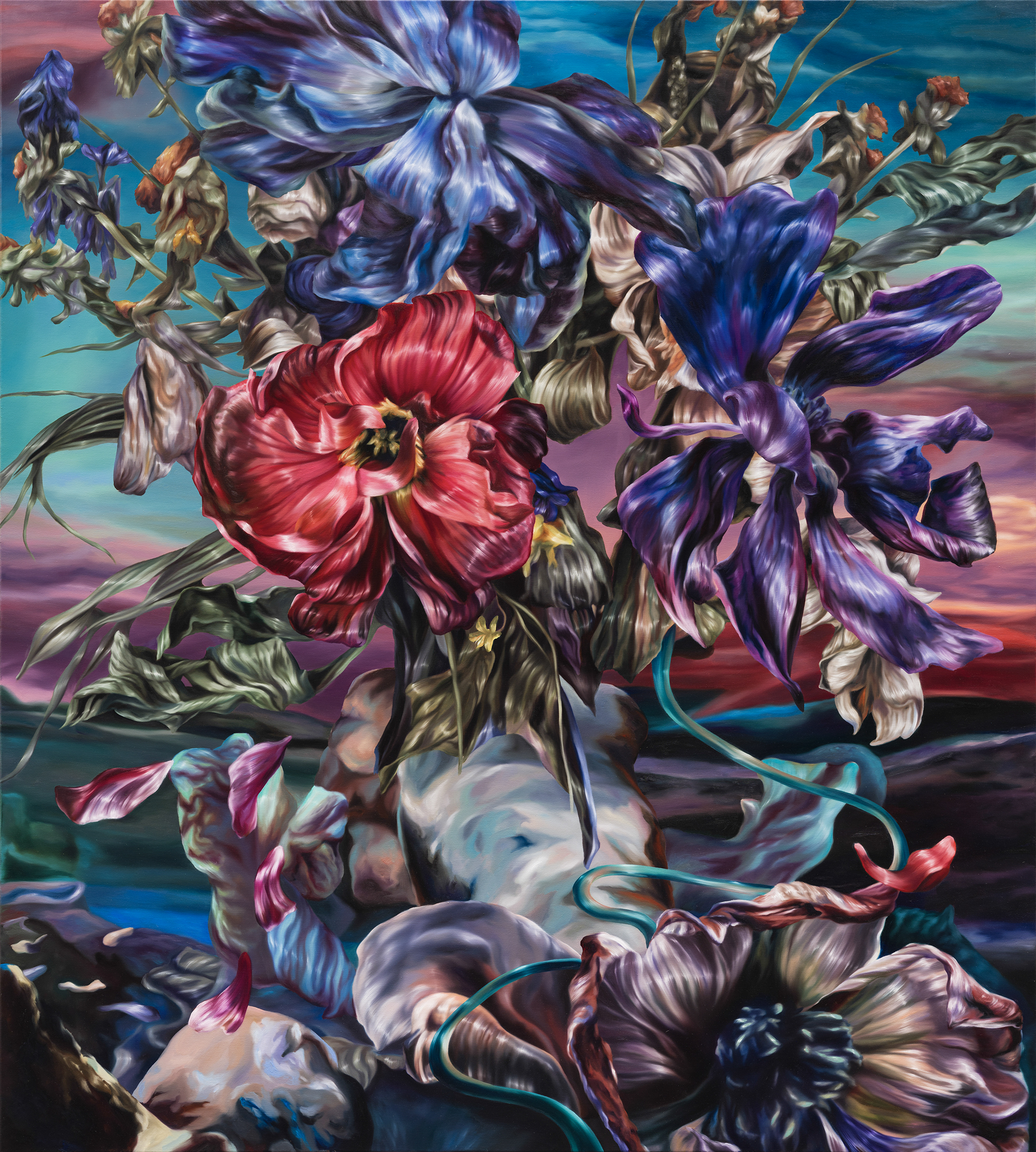
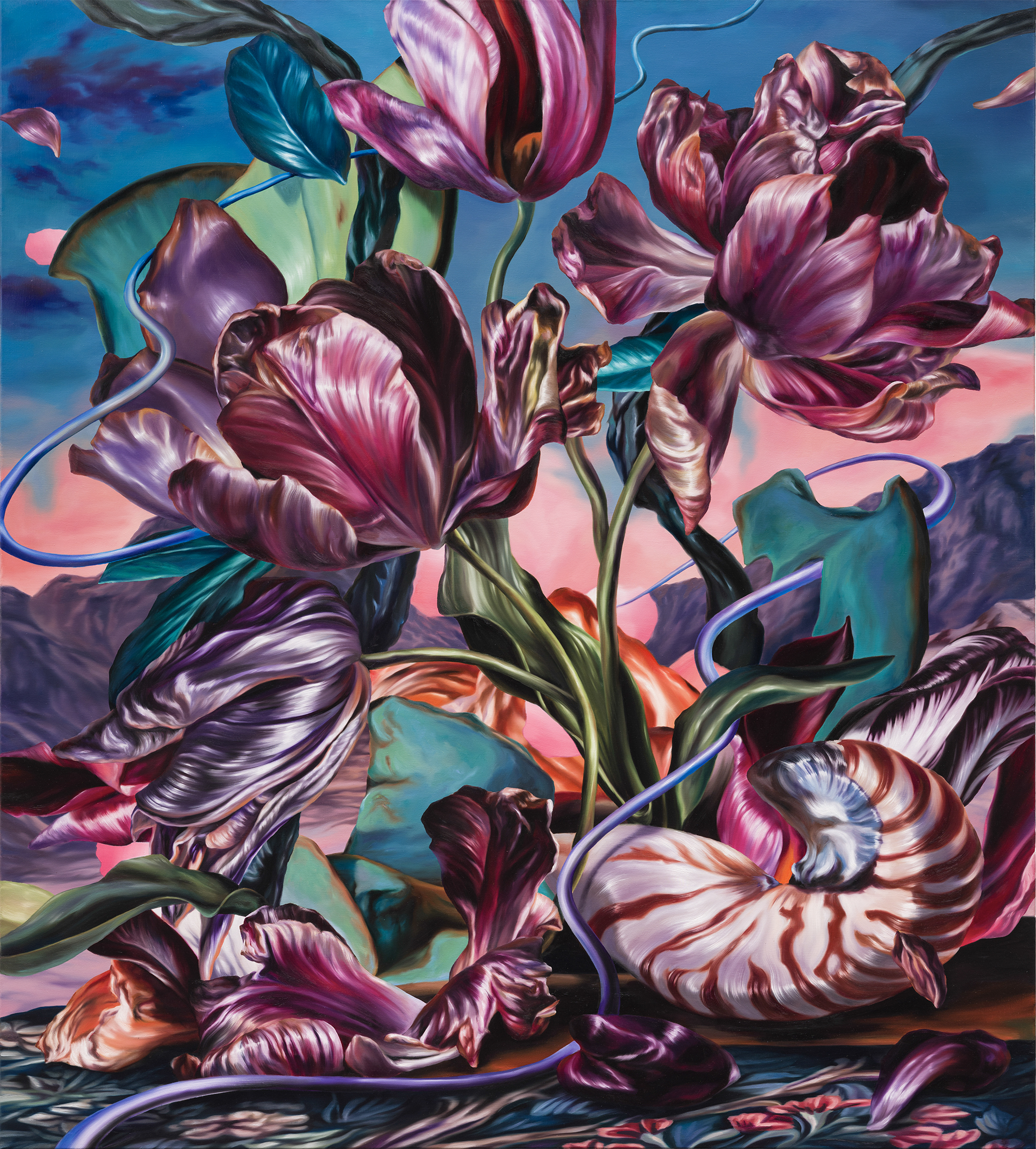
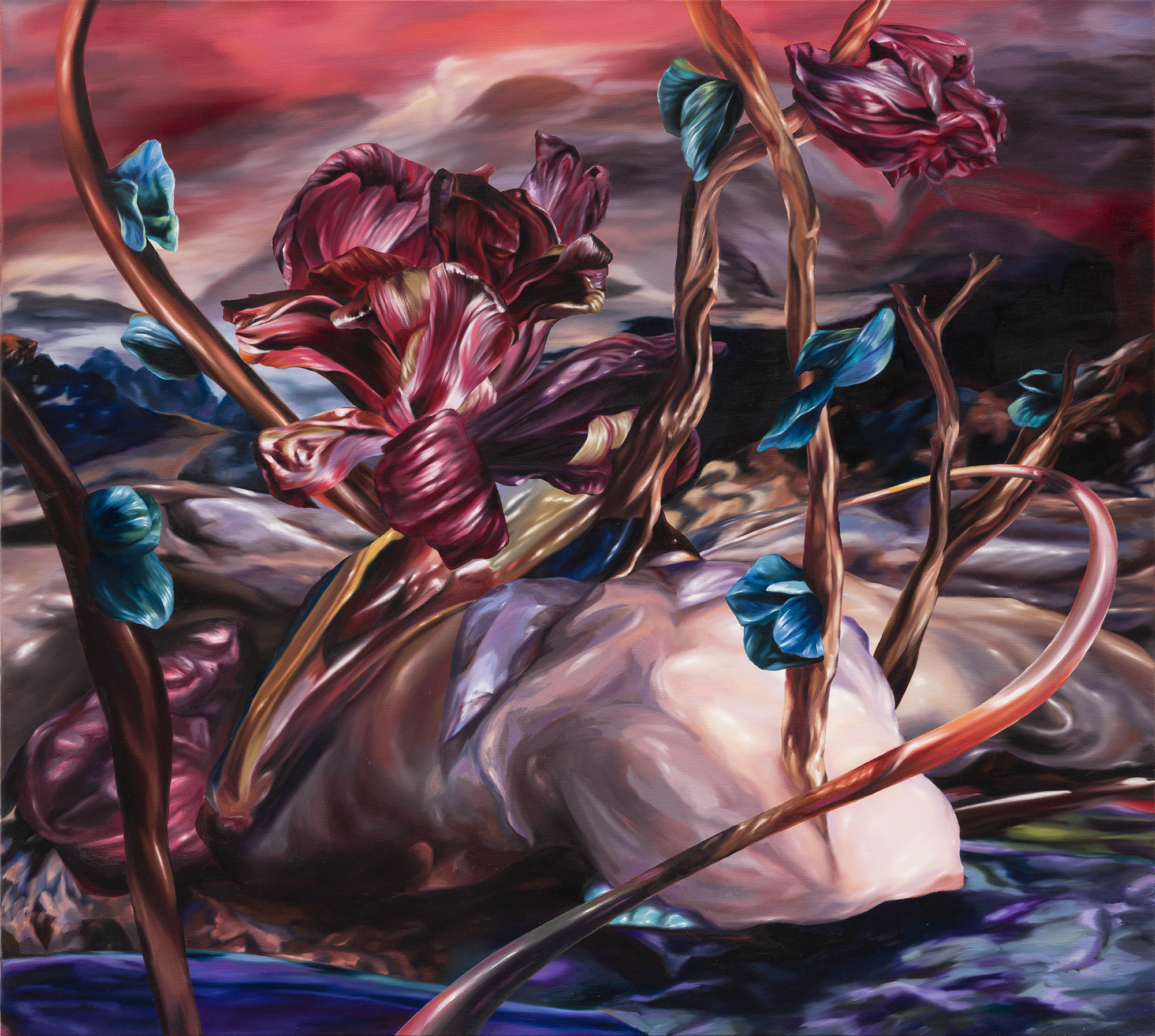
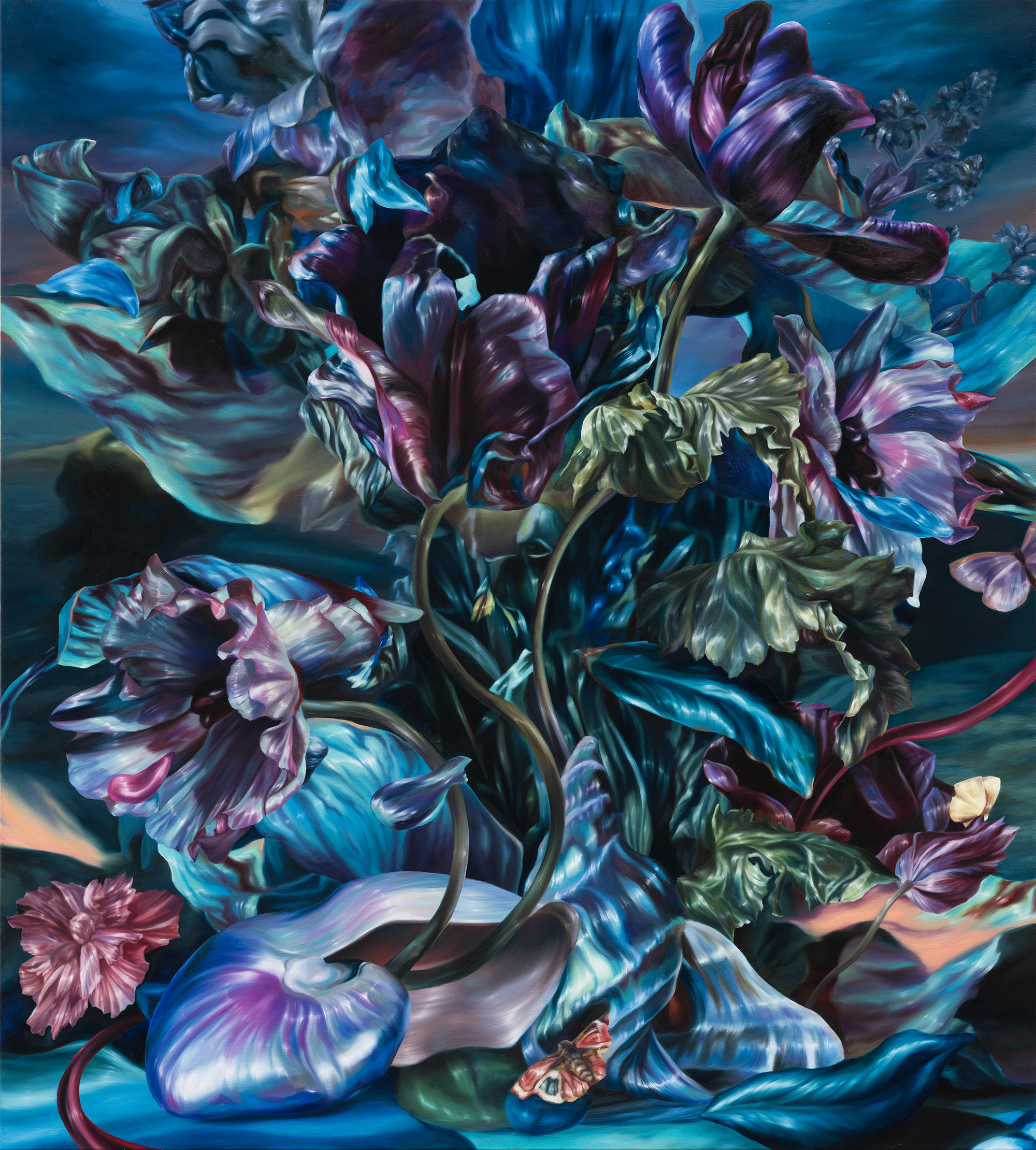
Philippa Brück, born in 1993, resides and works in Leipzig. She studied theatre painting at Dresden University of Fine Arts from 2013 to 2017, followed by specialization in illustration with a focus on painting at the University of Applied Sciences in Hamburg under the mentorship of Professor Christian Hahn. Philippa Brück blurs the lines between figuration and abstraction, inspired by classical still life painting and Baroque vanitas motifs. Rooted in her fascination with theater painting, her work reflects theatricality and explores the tension between nature’s beauty and transience. Through dynamic compositions, she captures the eternal cycle of life and change, inviting viewers to delve into her associative visual language. Balancing traditional and digital influences, Brück’s paintings creates a space to explore the beauty and complexity of nature in the 21st century.
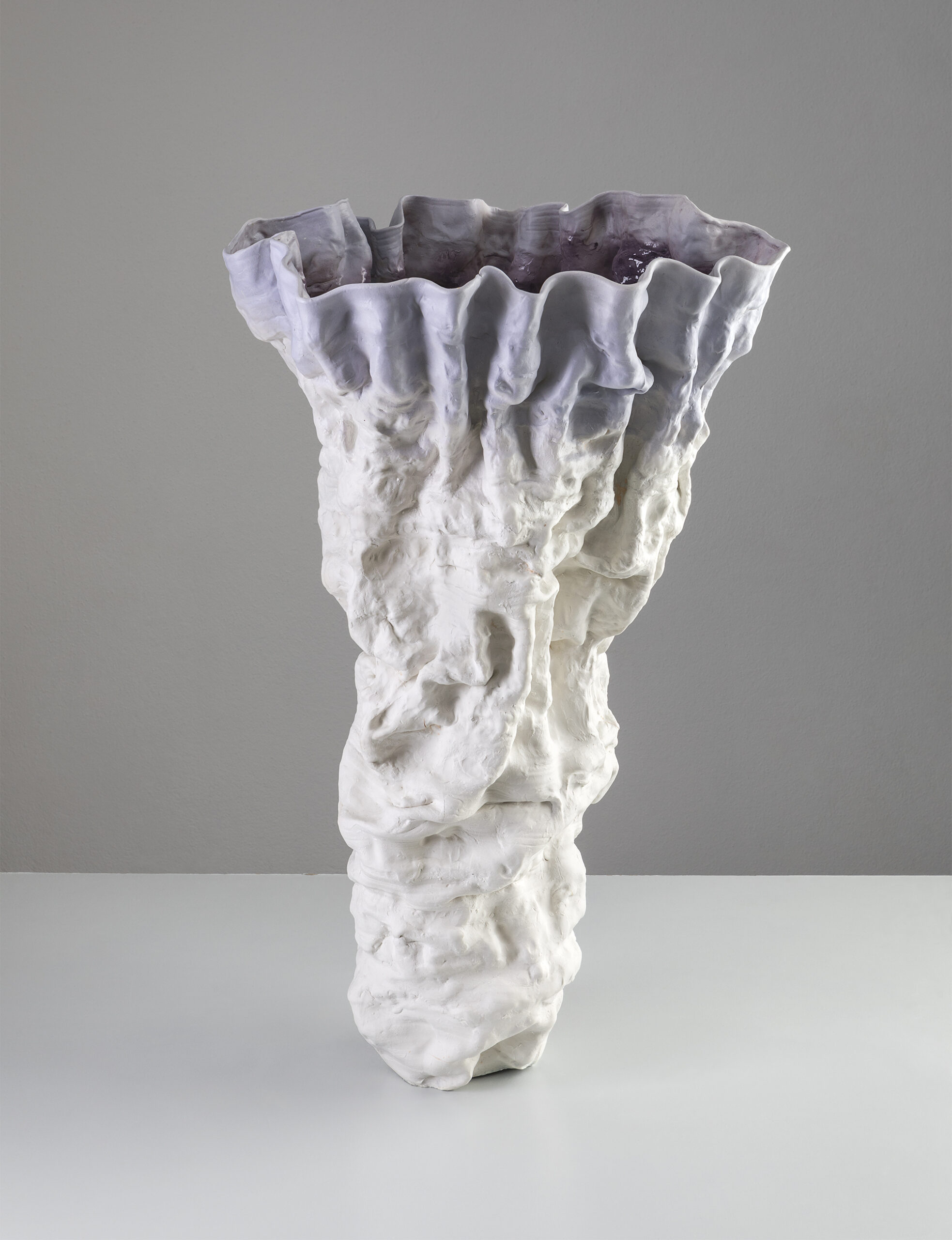
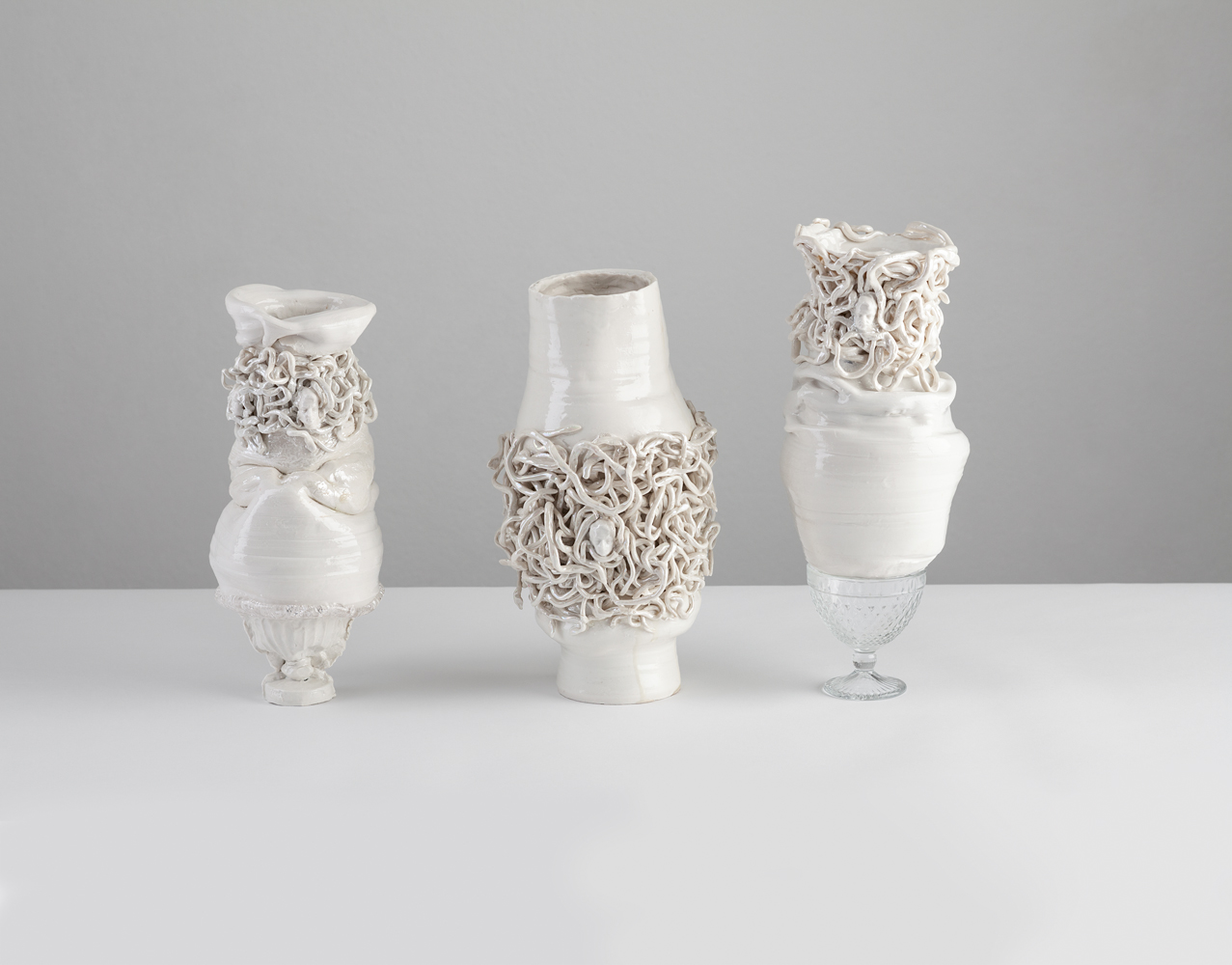
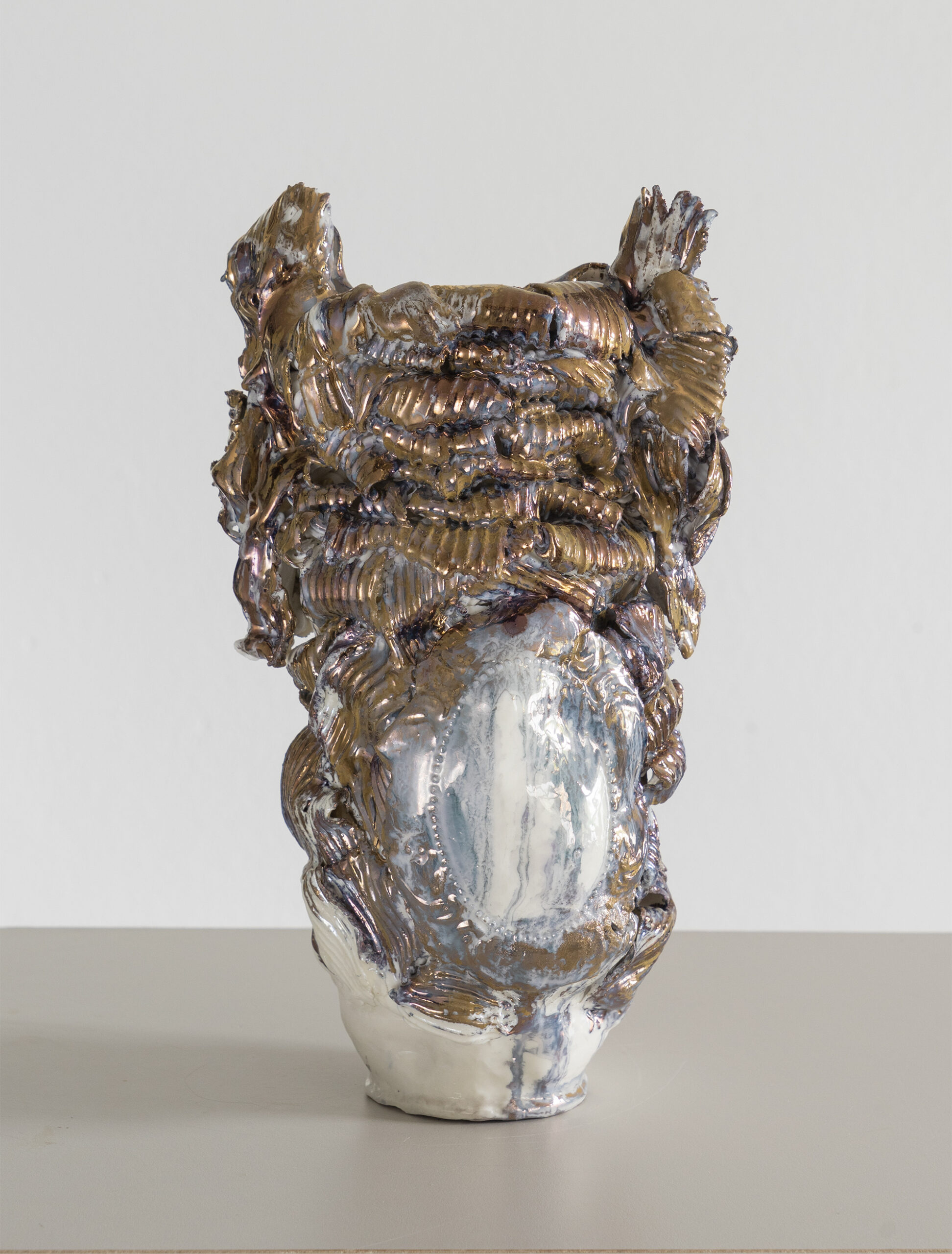
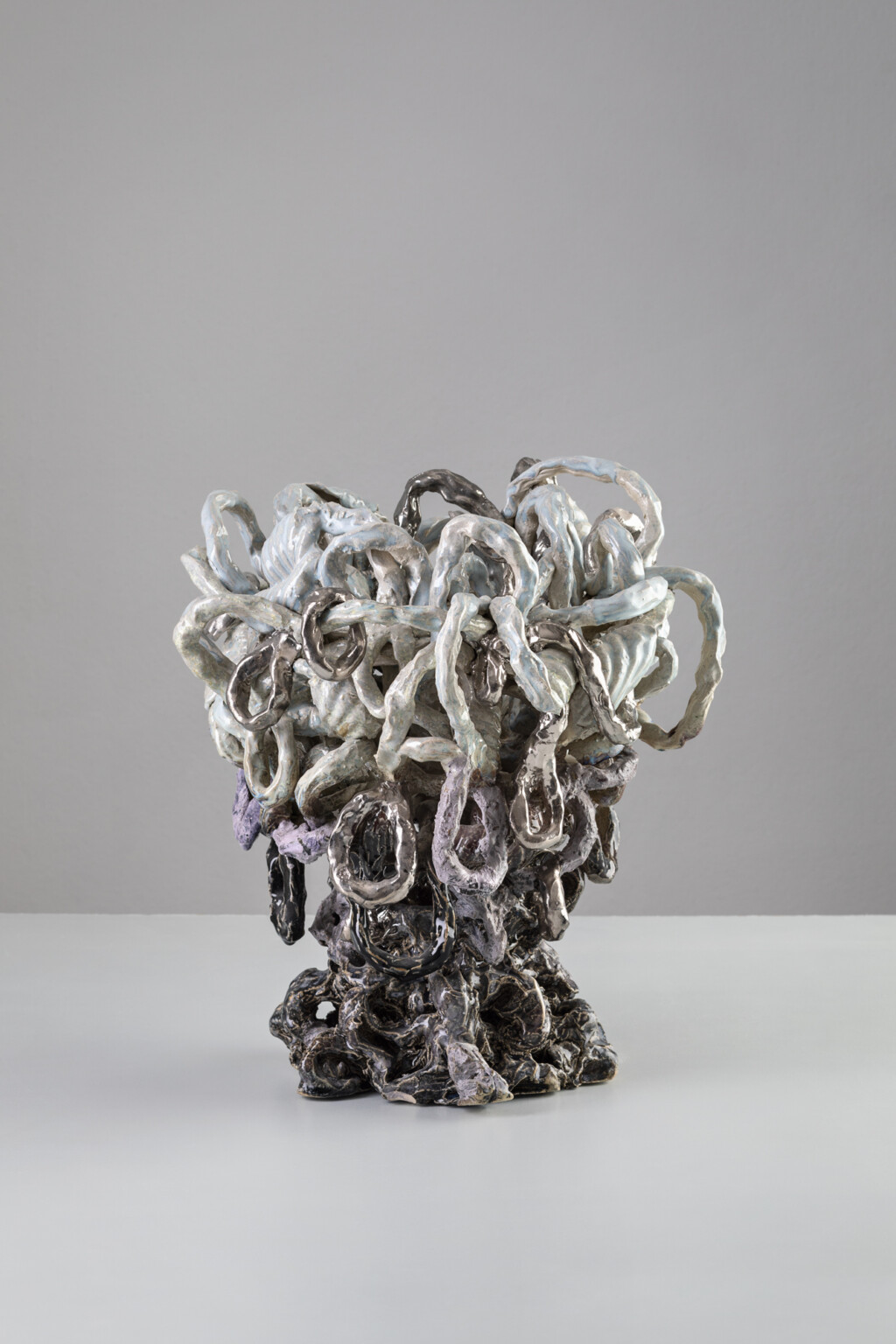
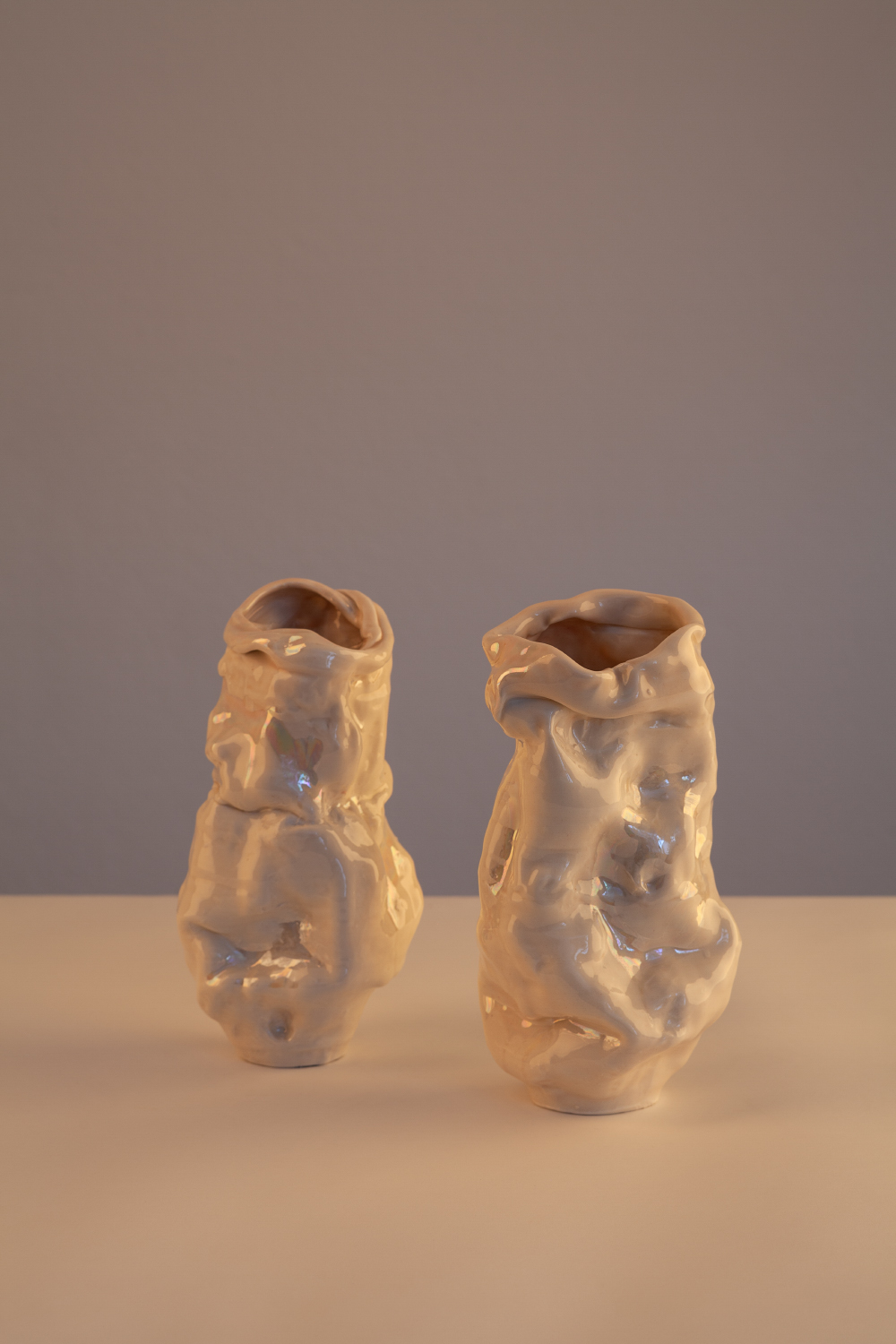
Sarah Pschorn is a sculptor living in Leipzig. Her ceramic sculptures are often reminiscent of vessels, containers or vases, which become symbolic carriers of her ideas and thoughts. In her works, she demonstrates an extraordinary understanding of ceramics as a material and at the same time an unconventional and artistically exciting approach to the material. Intuitively, quickly and yet carefully, she balances and stacks forms made of clay and porcelain, exploring the limits of the sculptural mass. Fragments, found objects made of glass or metal and casting moulds are incorporated, as are historically known ornamental forms from the Baroque period or elements from Pop Art and Modernism.
Sarah Pschorn sees her work as a plea for the sweet, the sentimental, for the play between cheerfulness and melancholy, for losing oneself in the form - but also for the confrontation with transience.
Born in Dresden in 1989, she grew up surrounded by baroque architecture and discovered her passion for clay at the age of 5. After studying at the Burg Giebichenstein University of Art and Design in Halle (2009-2015) and the Bezalel Academy of Art and Design in Jerusalem, Israel (2012-2013), she moved to Leipzig and opened her studio in 2016. Since then, Sarah Pschorn has participated in many international exhibitions in Germany, France, the Netherlands, Belgium, Italy, Denmark, the USA and Switzerland. In 2023, she presented her largest exhibition to date, Records of Gravity, at the Gerhard Marcks Haus in Bremen with ceramic sculptures and installations on over 400 square metres of museum space. She has also won several prizes and scholarships such as the Monica Biserni Prize of the MIC Museum Faenza (2023), the annual scholarship of the Stiftung Kunstfonds (2022), the Perron Art Prize Frankenthal (2017), Leipzig Connects of the MDBK Leipzig (2018) and the Open to Art Award of Officine Saffi in Milan (2019). Her works are represented in the public collections of the Art Collection of the Free State of Saxony, the Gerhard-Marcks-Haus Bremen, the Grassi Museum Leipzig and many private collections.
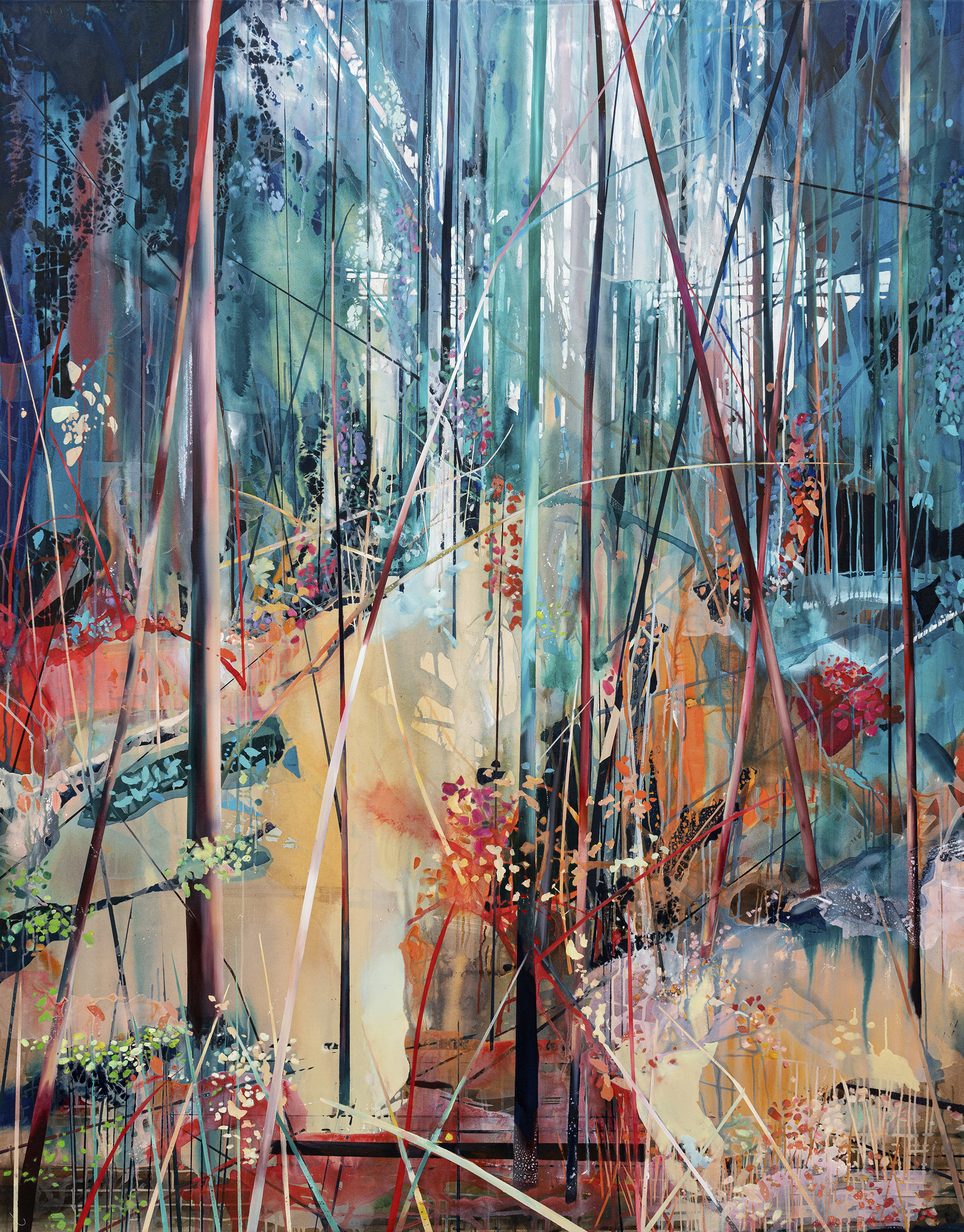
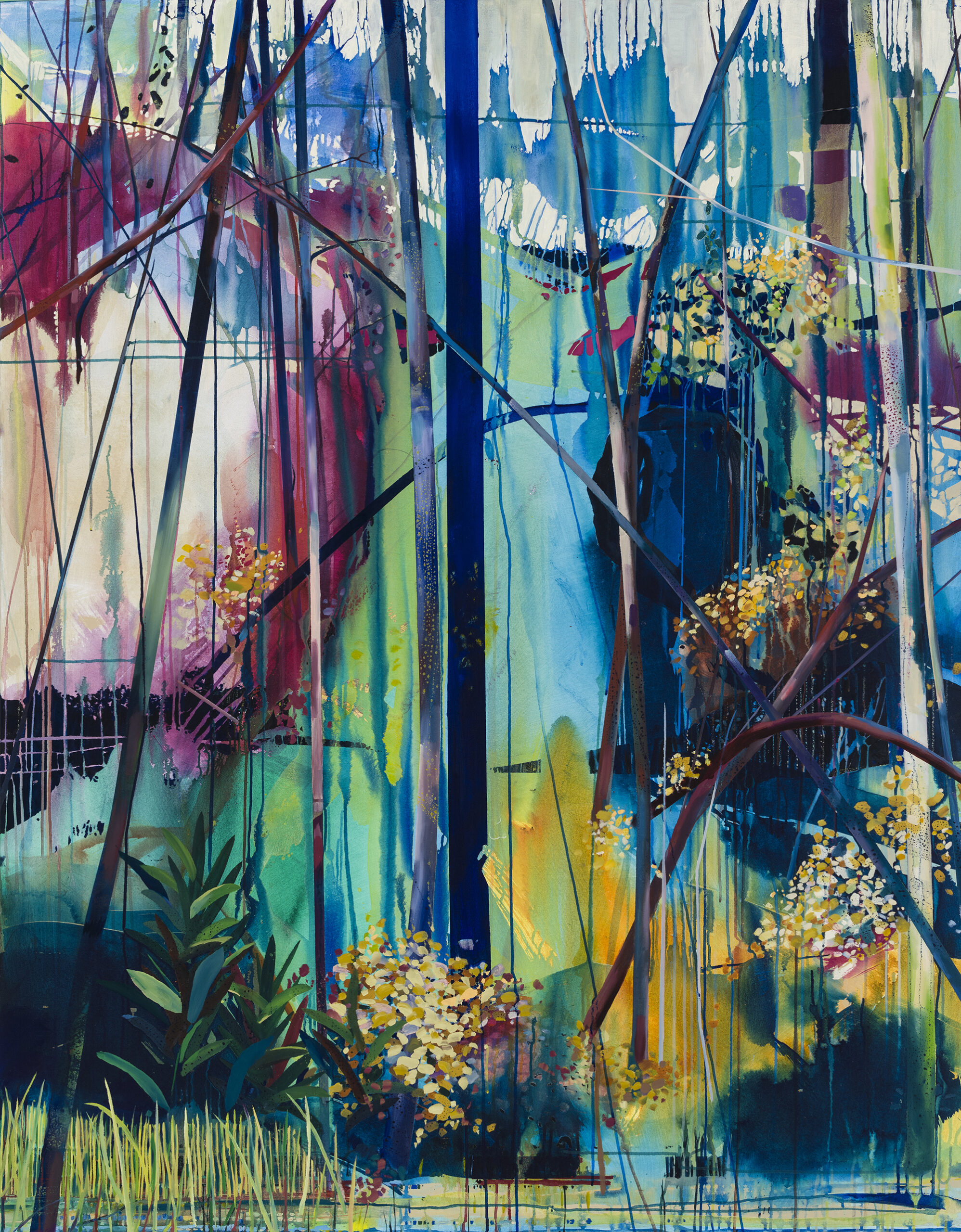
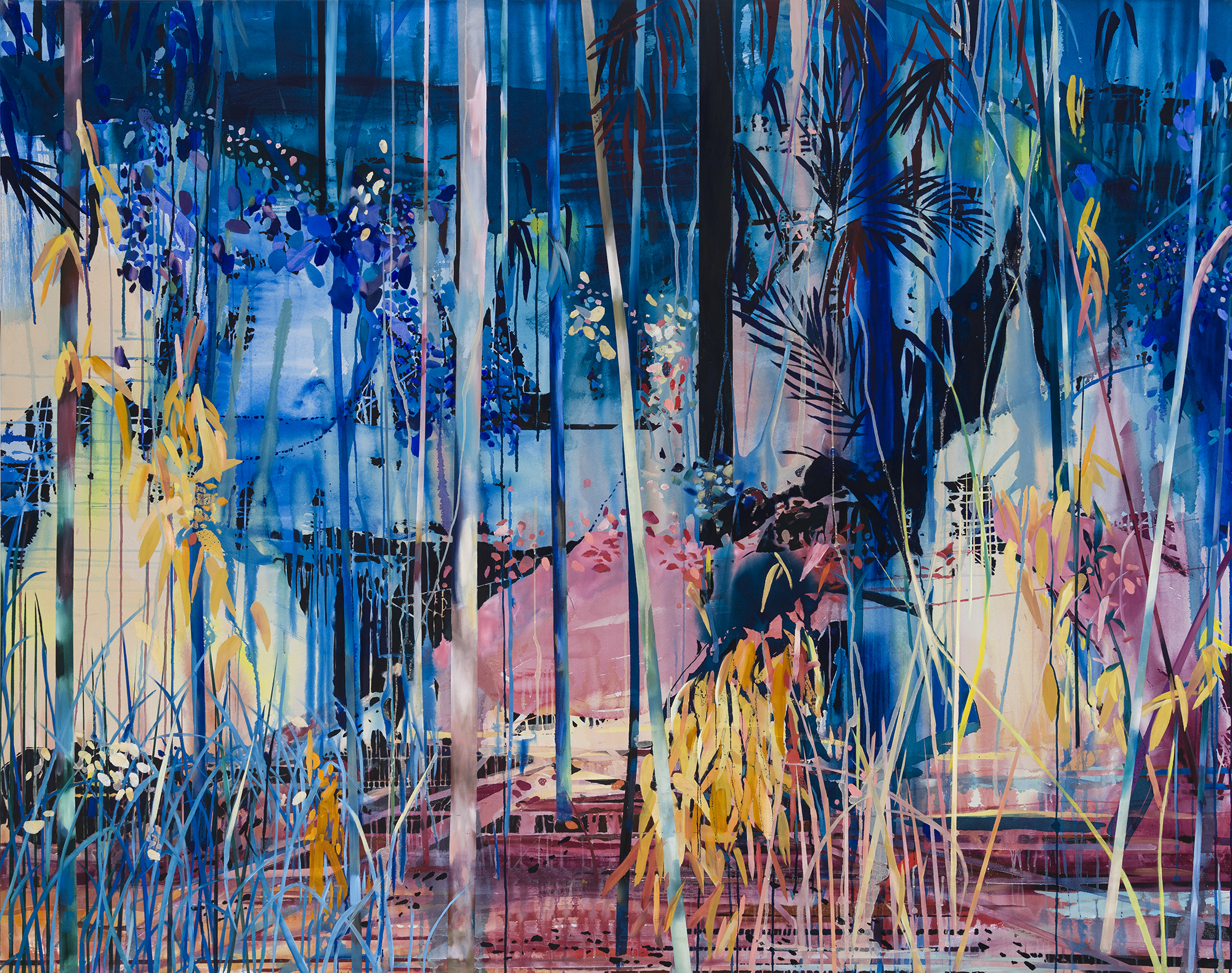
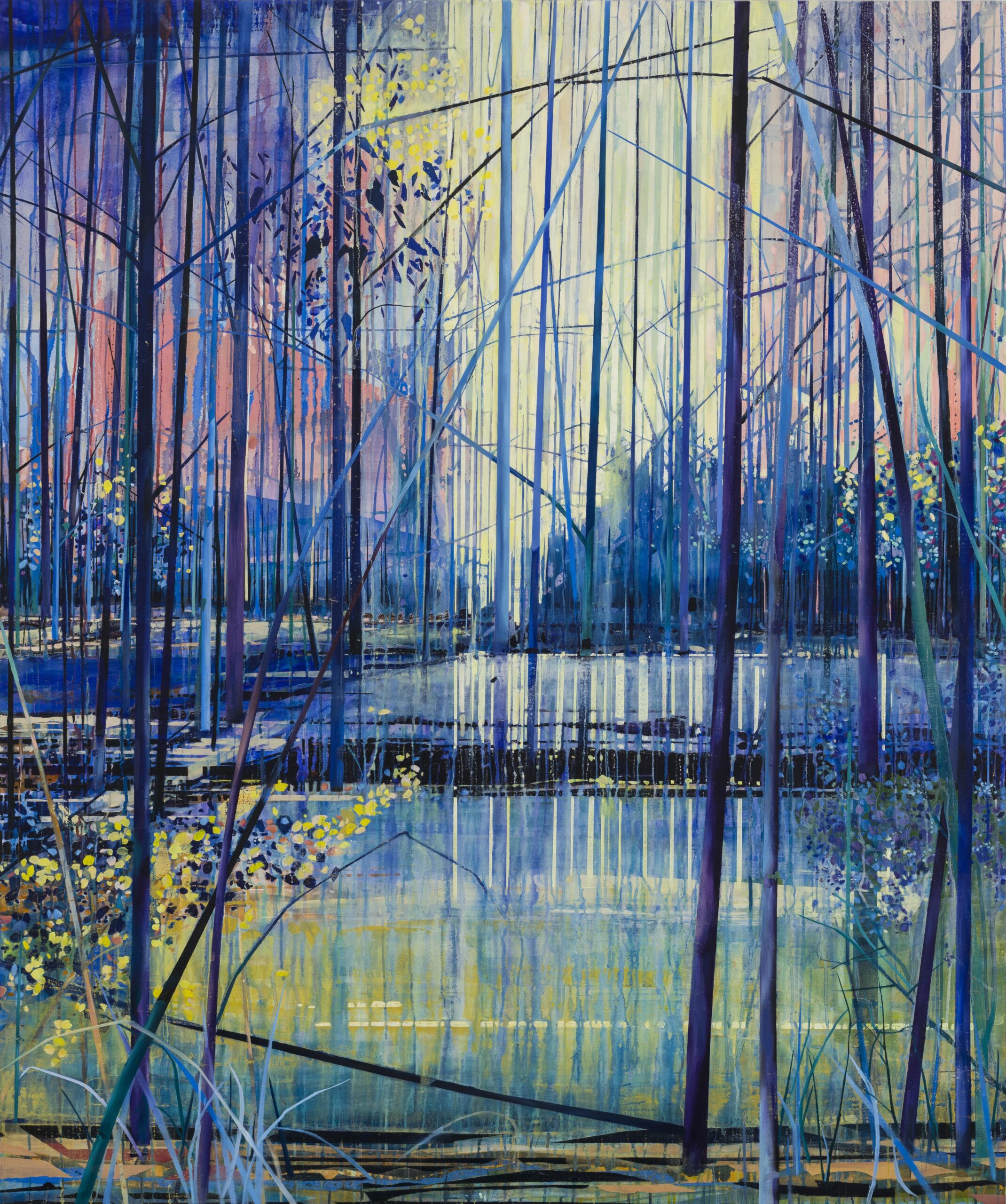
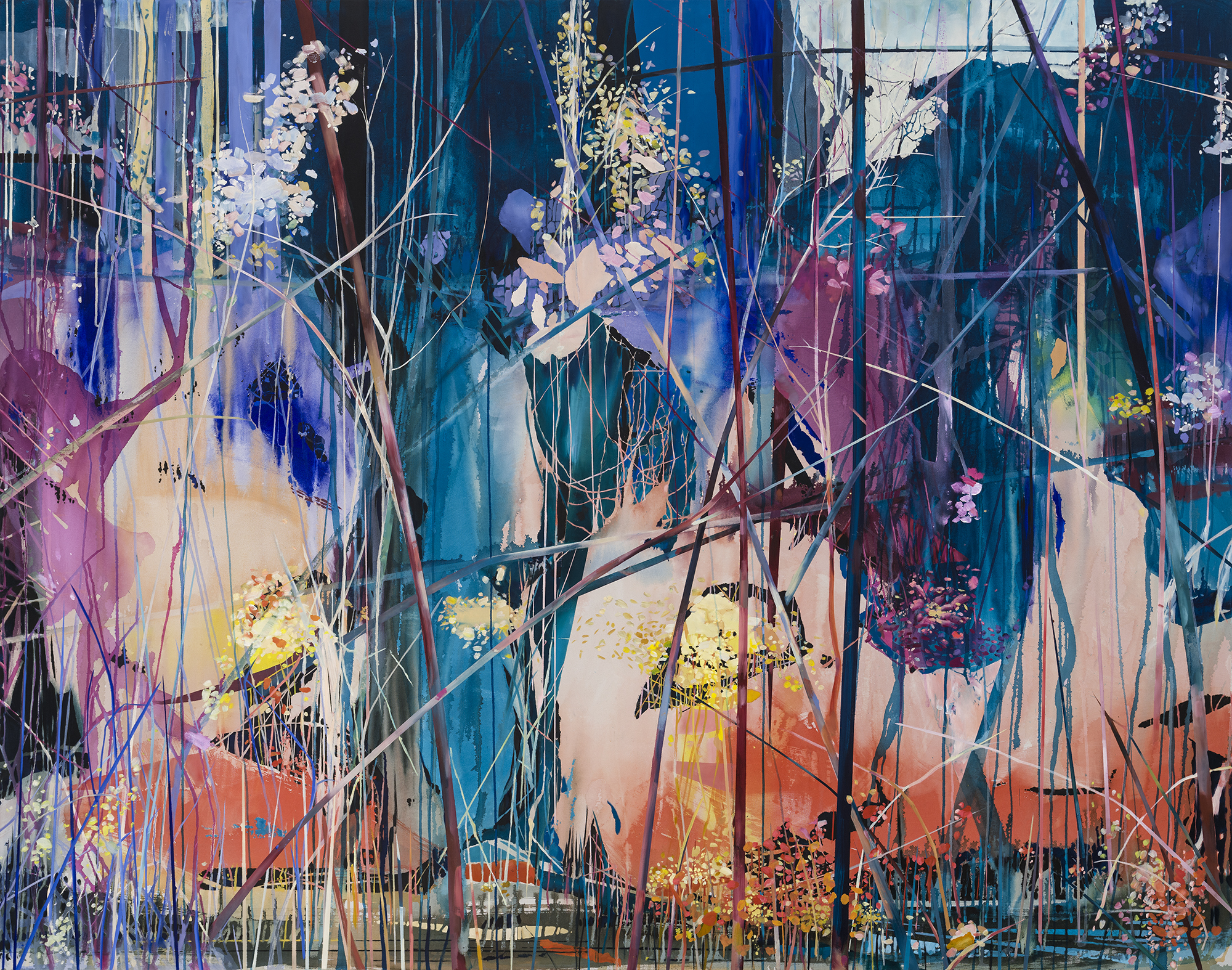
Theresa Möller (*1988) lives and works in Leipzig and Montréal. She studied at the Academy of Fine Arts Leipzig (Hochschule für Grafik und Buchkunst) and received her diploma in painting and fine arts graphics in 2018. Before, she studied illustration and painting at the HAW Hamburg. Since then, she has received several grants and had residencies at Künstlerhaus Eckernförde (Germany) and Fonderie Darling (Montréal, Canada). Theresa Möller has participated in many international exhibitions in Austria, Belgium, France, Germany, Luxembourg, Portugal, Switzerland, and the United States. - Theresa Möller grew up in the German port town of Hamburg near the North Sea. In her early years, influenced by the rich and diverse architecture of the city, she painted abstracted building sites (“Baustelle” in German), developing a visual vocabulary with strong vanishing points. The architecture gradually gave way to a whole new genesis from an inner world, in which nature howls and tormented waters evolve throughout a surrealistic temporality, and figurative elements can only appear if you summon them. This transition of patterns in her paintings occurred when the artist moved to Leipzig in 2014. Theresa Möller is a dreamer with a sharp eye and brisk, precise, and determined gestures. The psychedelic delirium we dive into appeals to colours that are thrown at us. Only then the shapes appear. Nevertheless, the inspiration is not naturalistic. The artist's shades are sweet mallows, powdery blues, fruity oranges and sea green. The forms emerge in the details: leaves, branches and trunks are revealed if you focus. Sometimes, the mineral pigments remind us of those summers when the sky becomes purplish. In other artworks, turquoises become cold as they recall this strange and timeless force that awaits in silence, in the shade. Architectures occasionally reappear through horizon lines and geometric forms created by Nature. The patterns look alive but are not human. We are facing some sort of cosmoramas devoid of protagonists, where the strength and the energy of the shapes build peculiar and eerie worlds for us to wander around. The mystery and fantasy contained in Theresa Möller’s paintings do not encourage narrative. They intentionally leave room for feelings, and we must take time to regard them closely. The artist’s role here is to sublimate the invisible. The sunny tones of her palette are powerful and appeal to the subjective senses of the viewer. On Theresa Mölller’s canvases, the world we live in seems to be afflicted by a lethargic and incurable tragedy that defies a fast-paced and voracious pop culture. Her art may appear like a delusion but sums up the major contemporary concerns of our time.
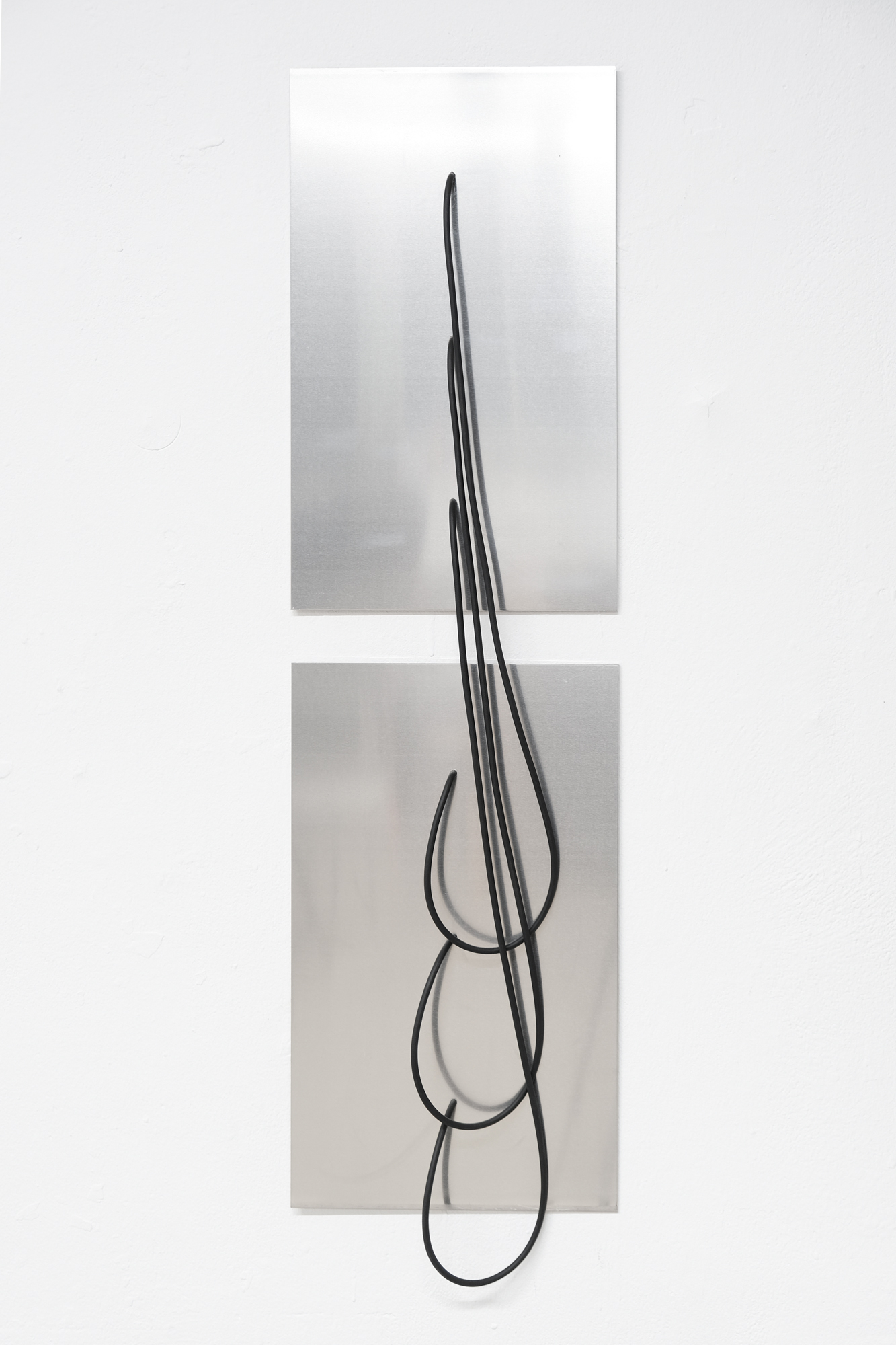
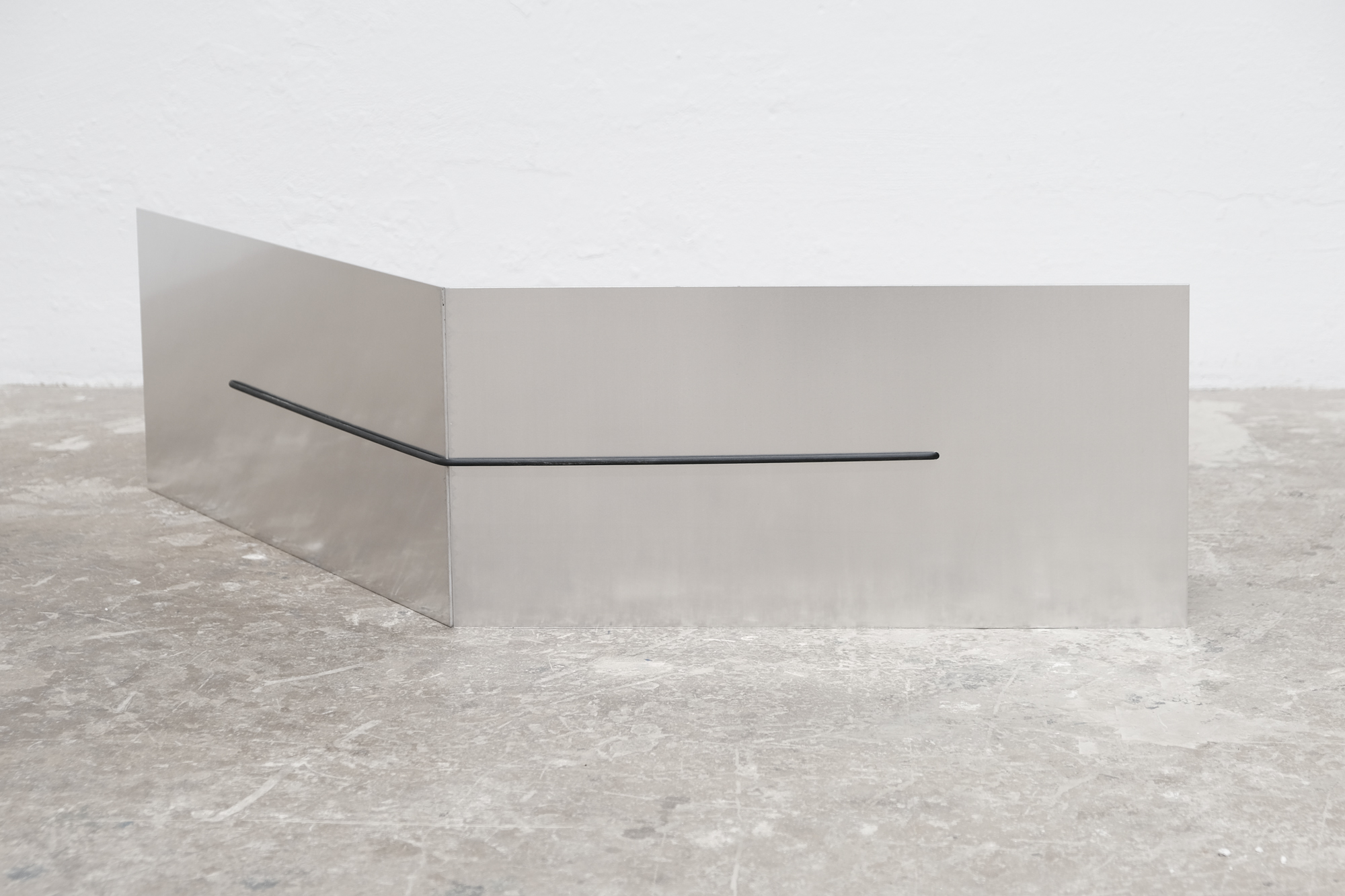
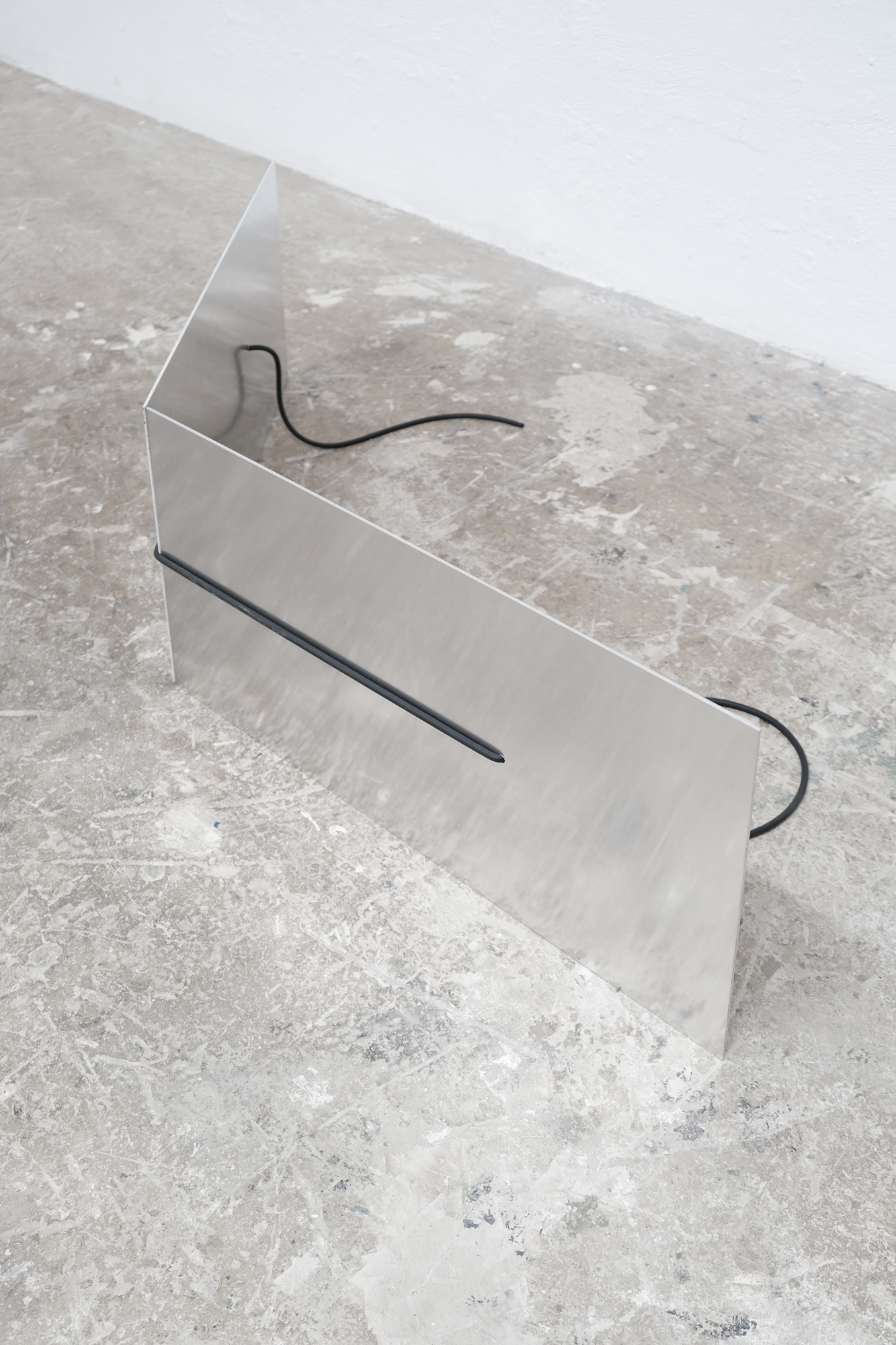
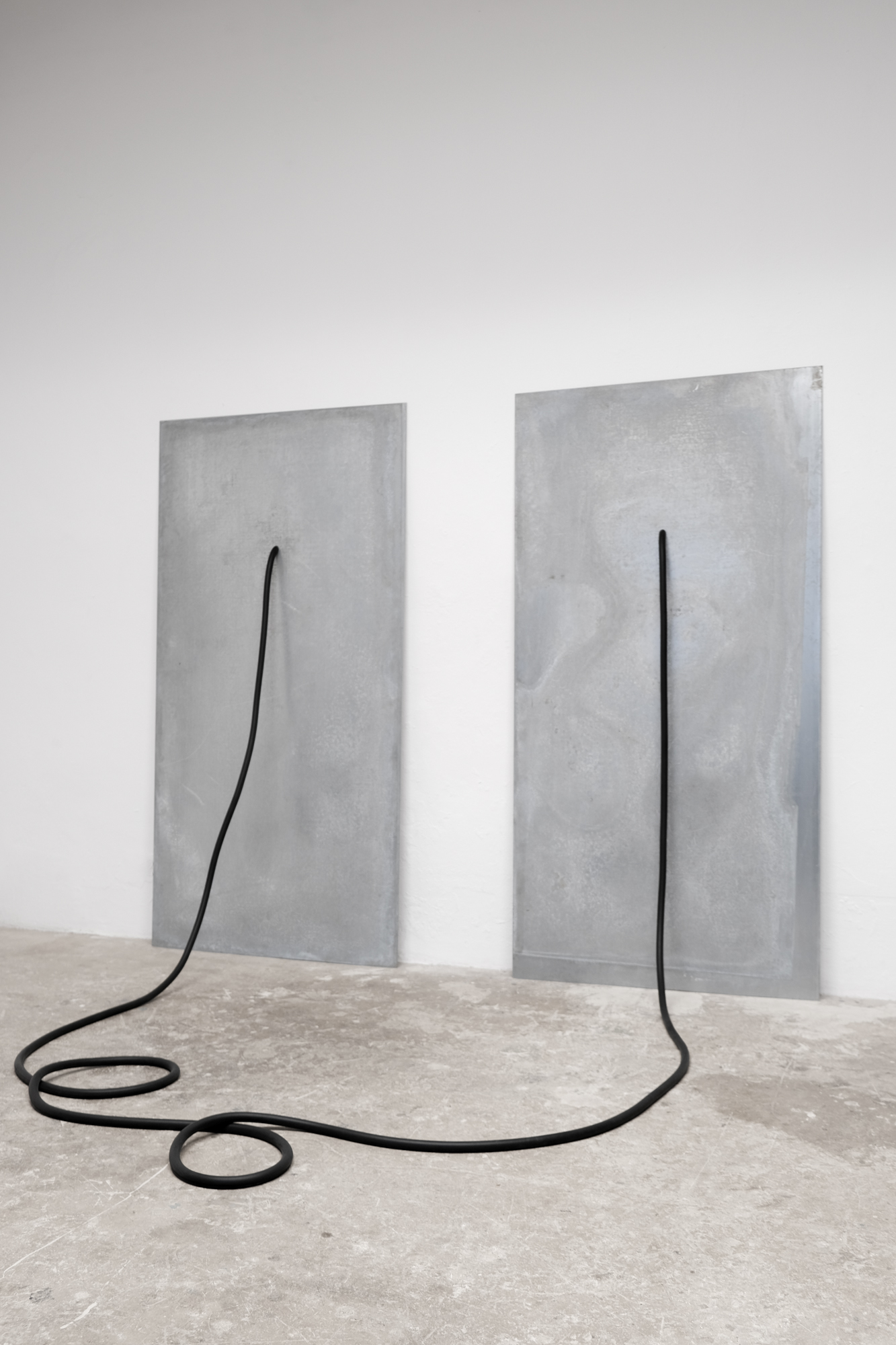
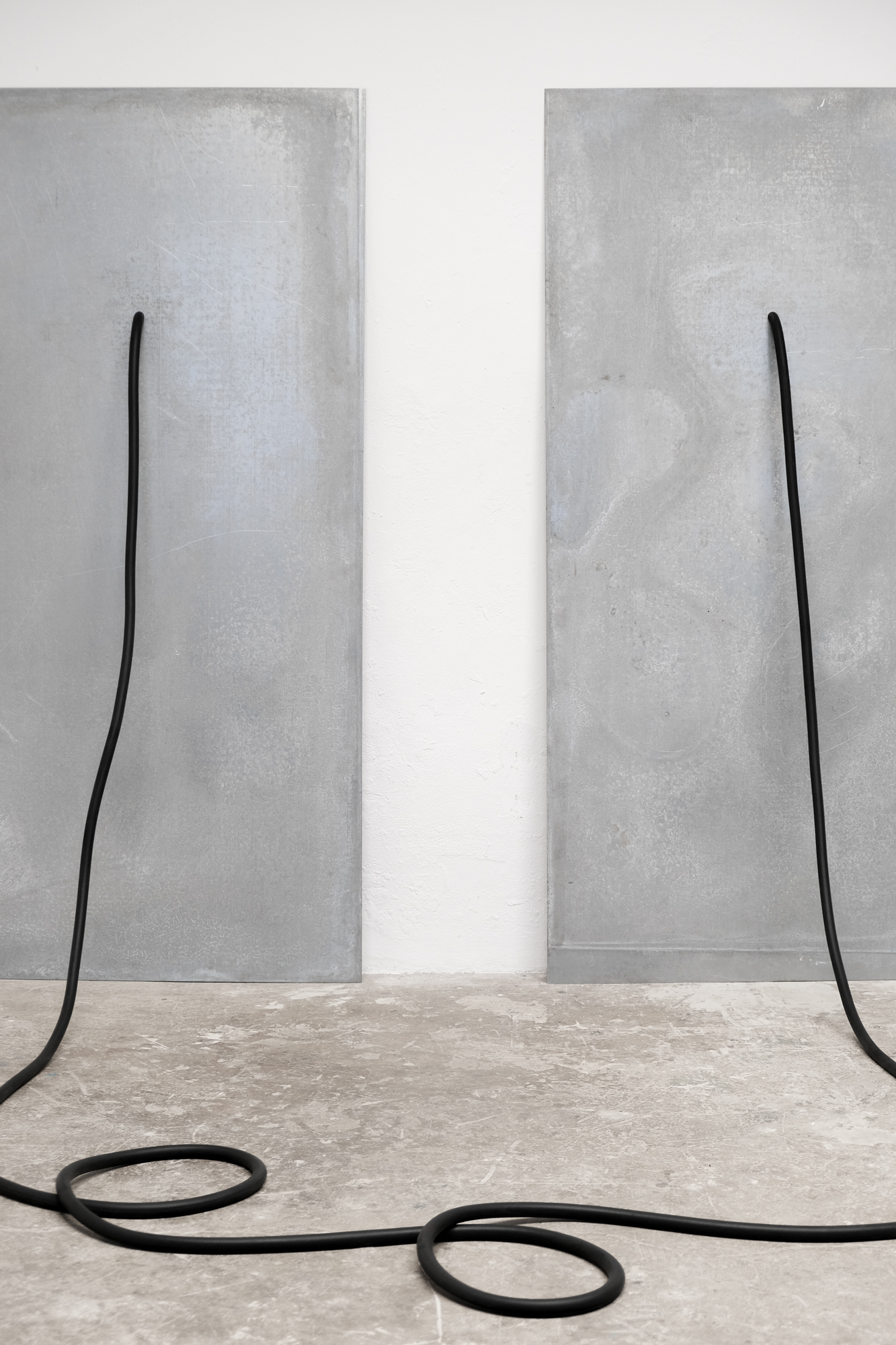
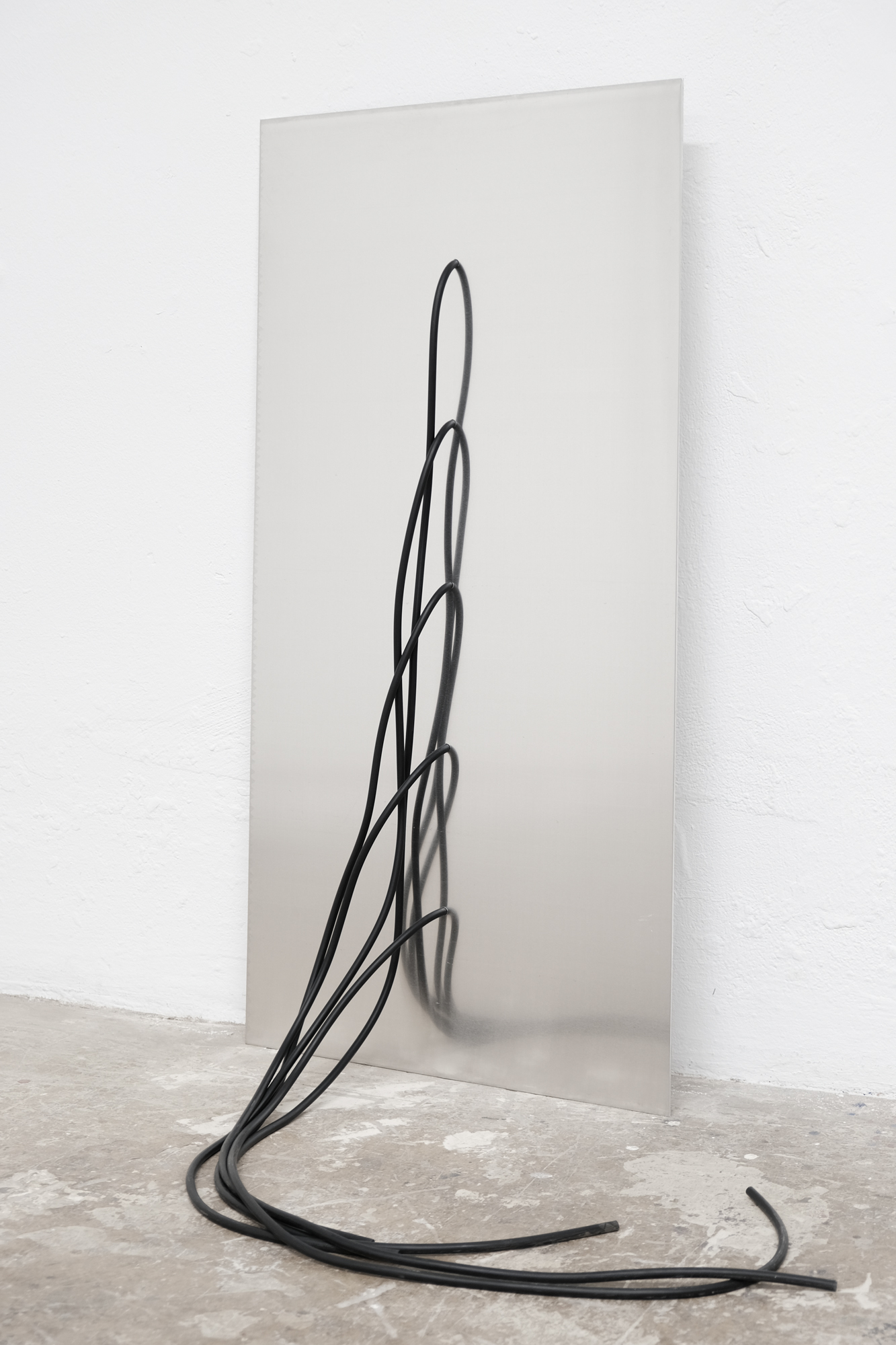
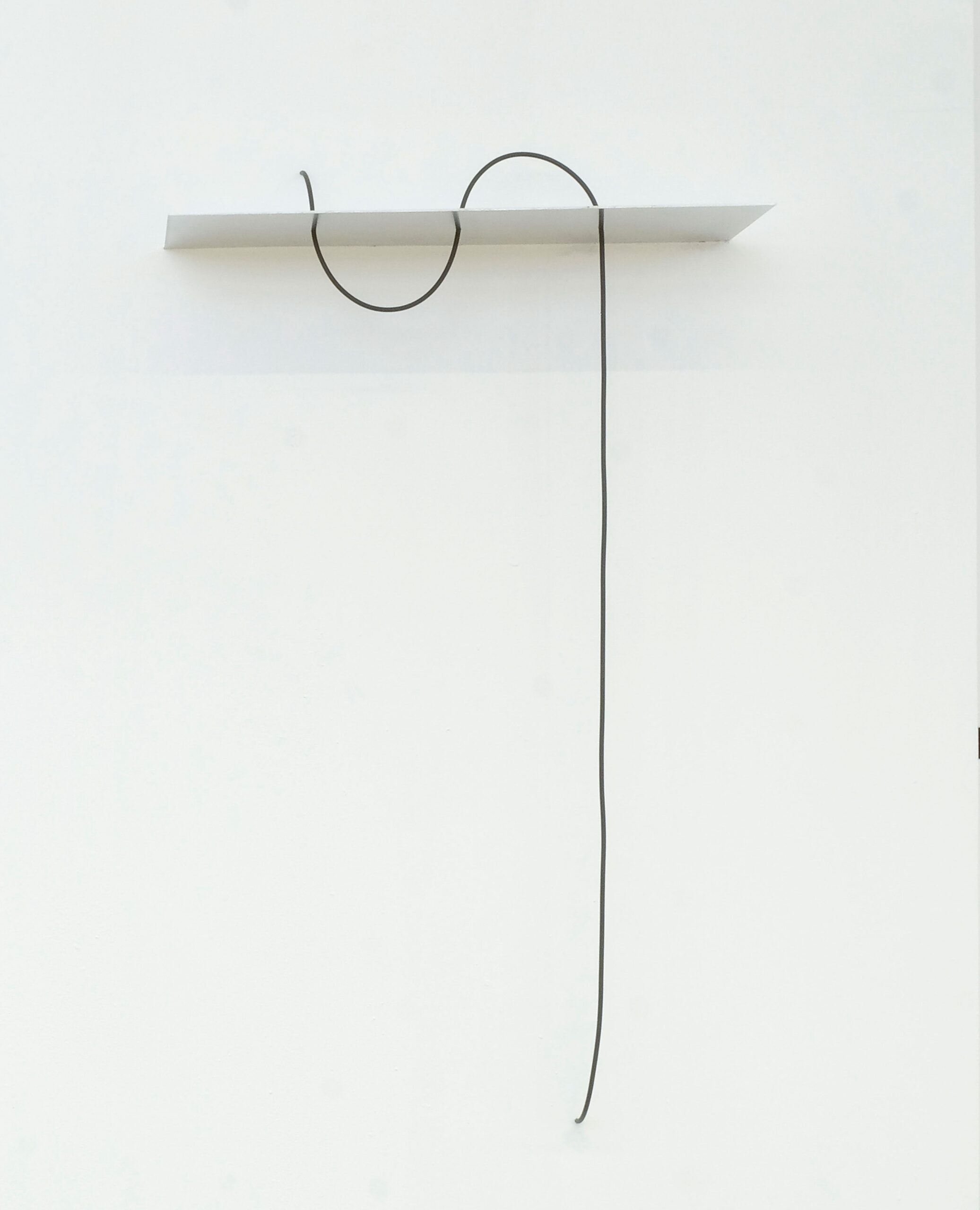
Valentina Plank, born in 1991 in Austria, lives and works in Leipzig and Halle (Saale). Her artistic practice is characterized by an intense engagement with material and form. Expansive sculptural installations encounter an articulated interest in exploring the panel painting from a sculptural perspective. At the center of her work is a playful investigation of specific physical properties of objects and their materiality, as well as their relationships to one another and their presence in space.
Classical sculptural questions are reinterpreted through her own means—industrial materials such as steel pipe arches are recontextualized, organic waveforms emerge from compressed packaging materials like cardboard, and heavy steel sheets are tensioned with wire rope to create a walkable composition of line and surface in space. Through various combinations of diverse materials and found objects, an archive of objects is created, which can be continuously recomposed while forming a cohesive sculptural installation. Plank obscures traces of individual elements only partially, such as through the processing of their surfaces. In doing so, these elements retain an autonomy that persists through new spatial contextualizations. A sense of immediacy is evident, inviting viewers to empathize with the creative process. The question of the inherent logic of things and their handling, as well as the most straightforward solution, is closely intertwined with Plank’s processual practice. It is always about confronting the real.
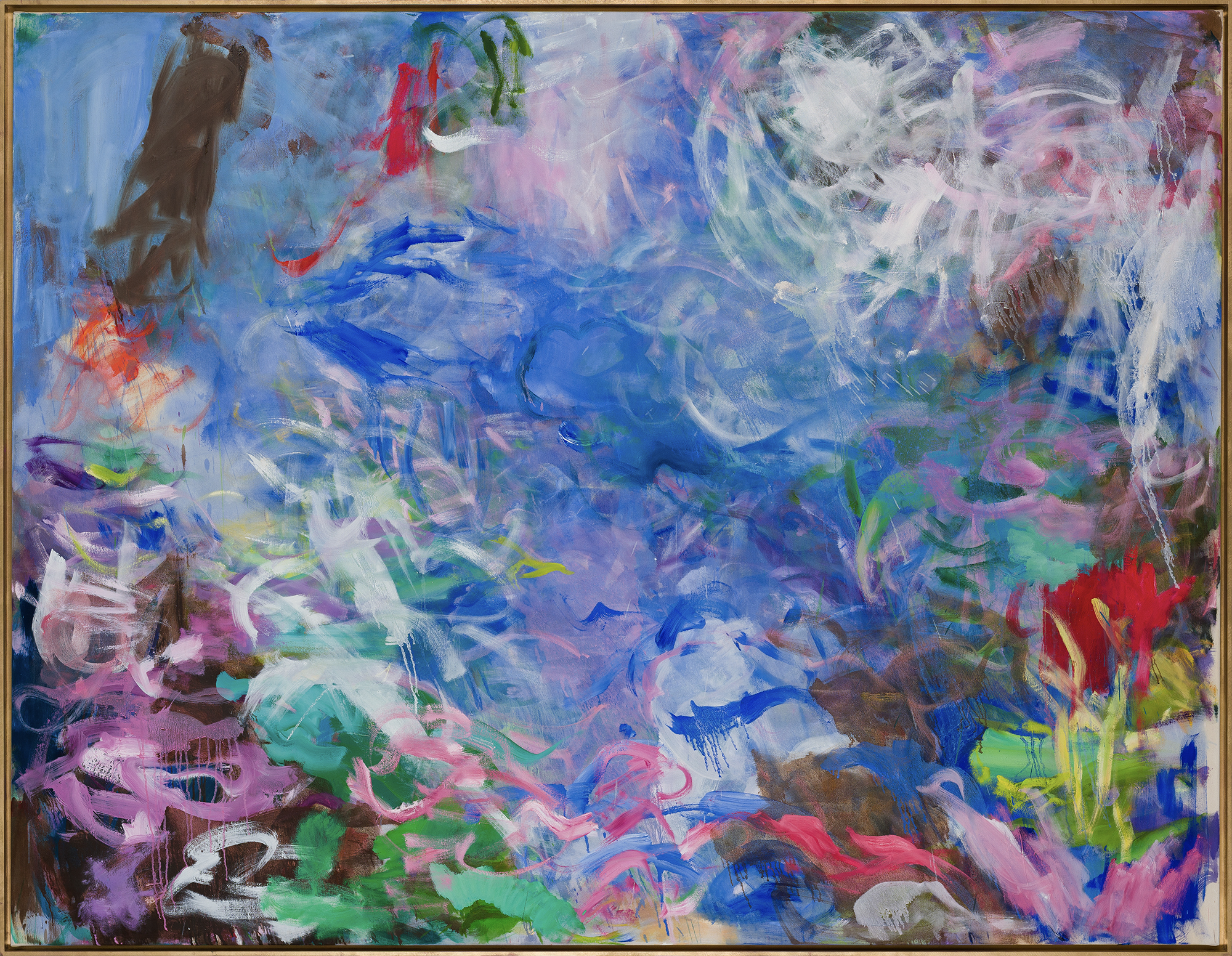
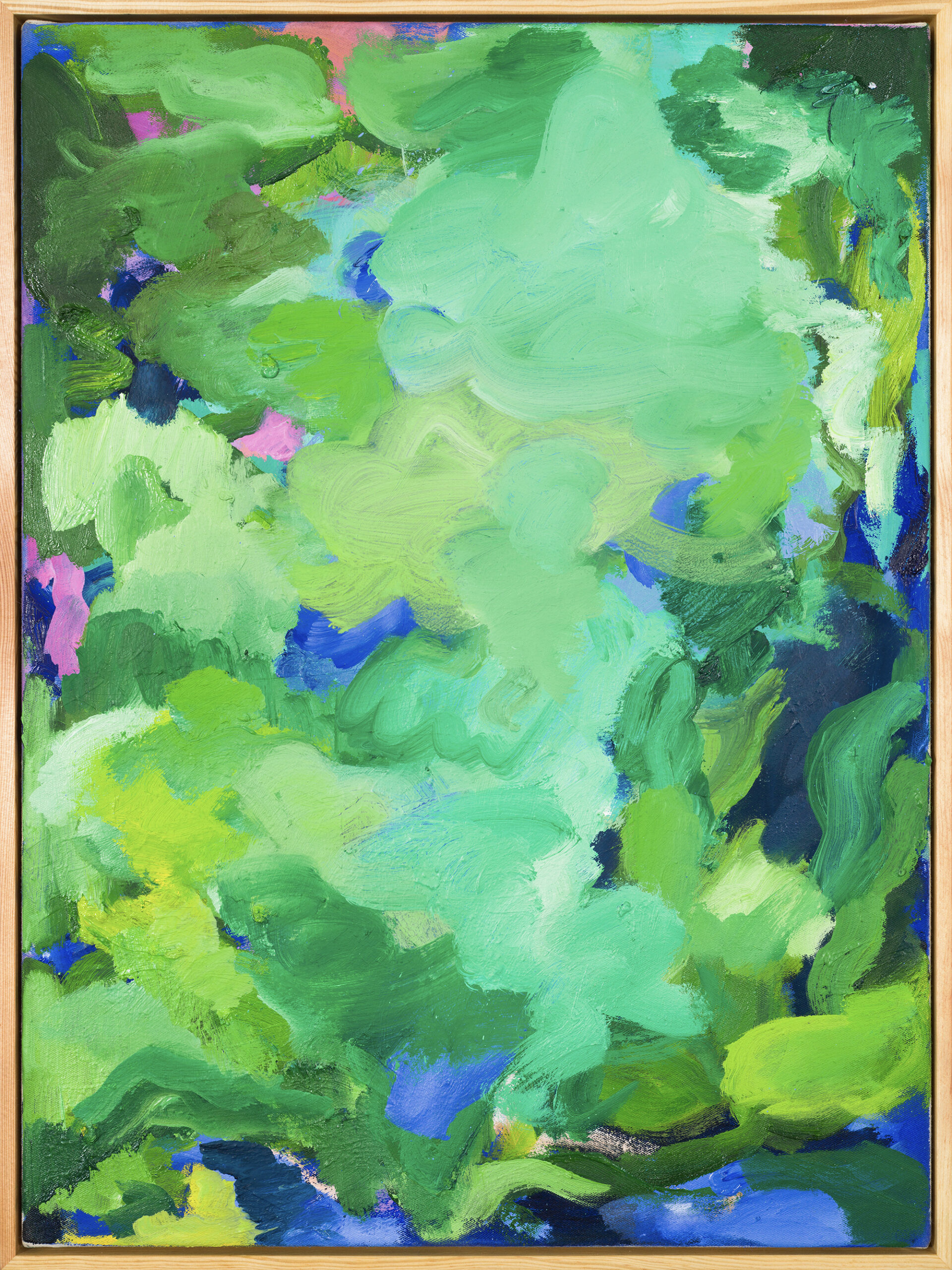
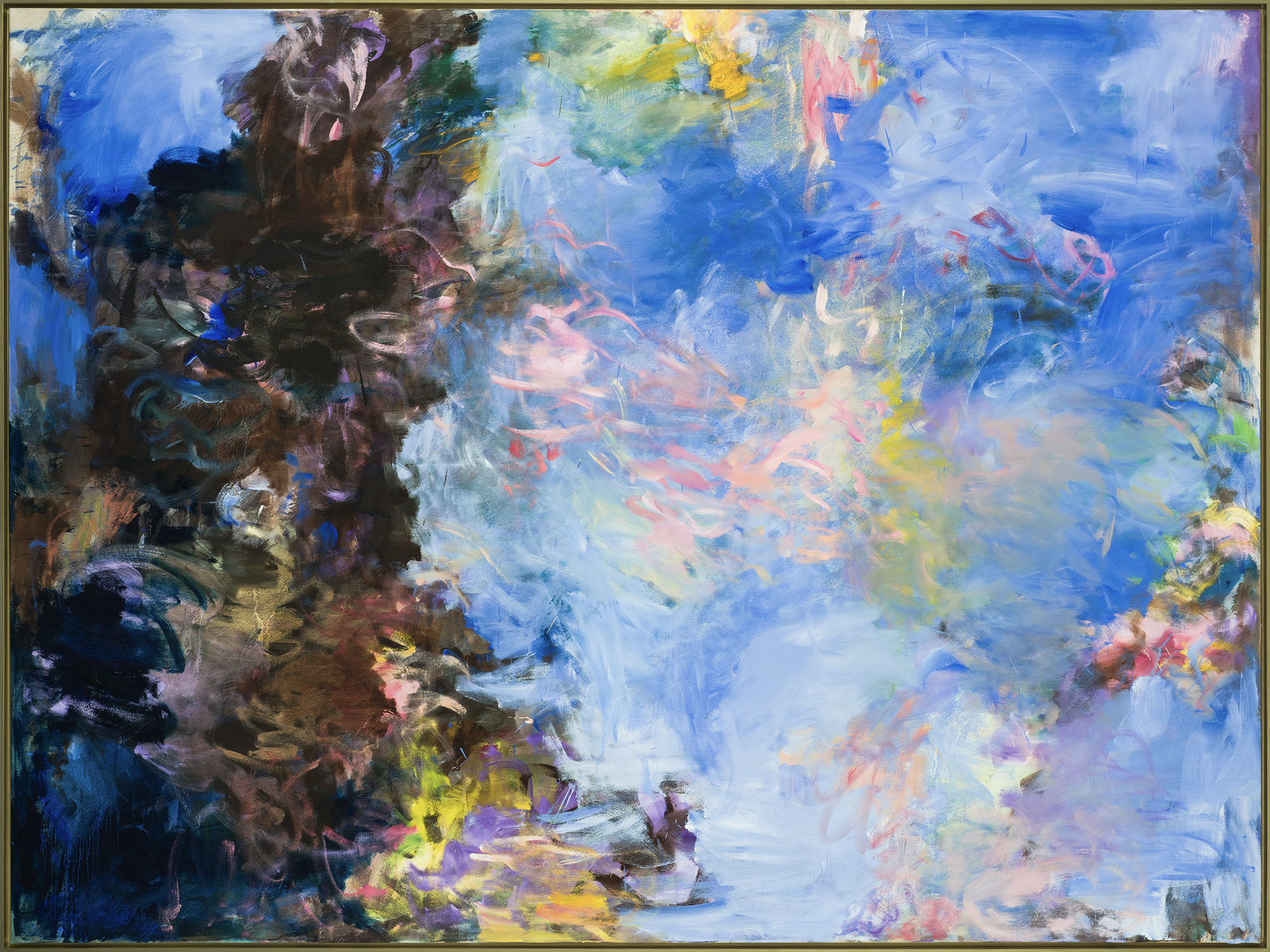
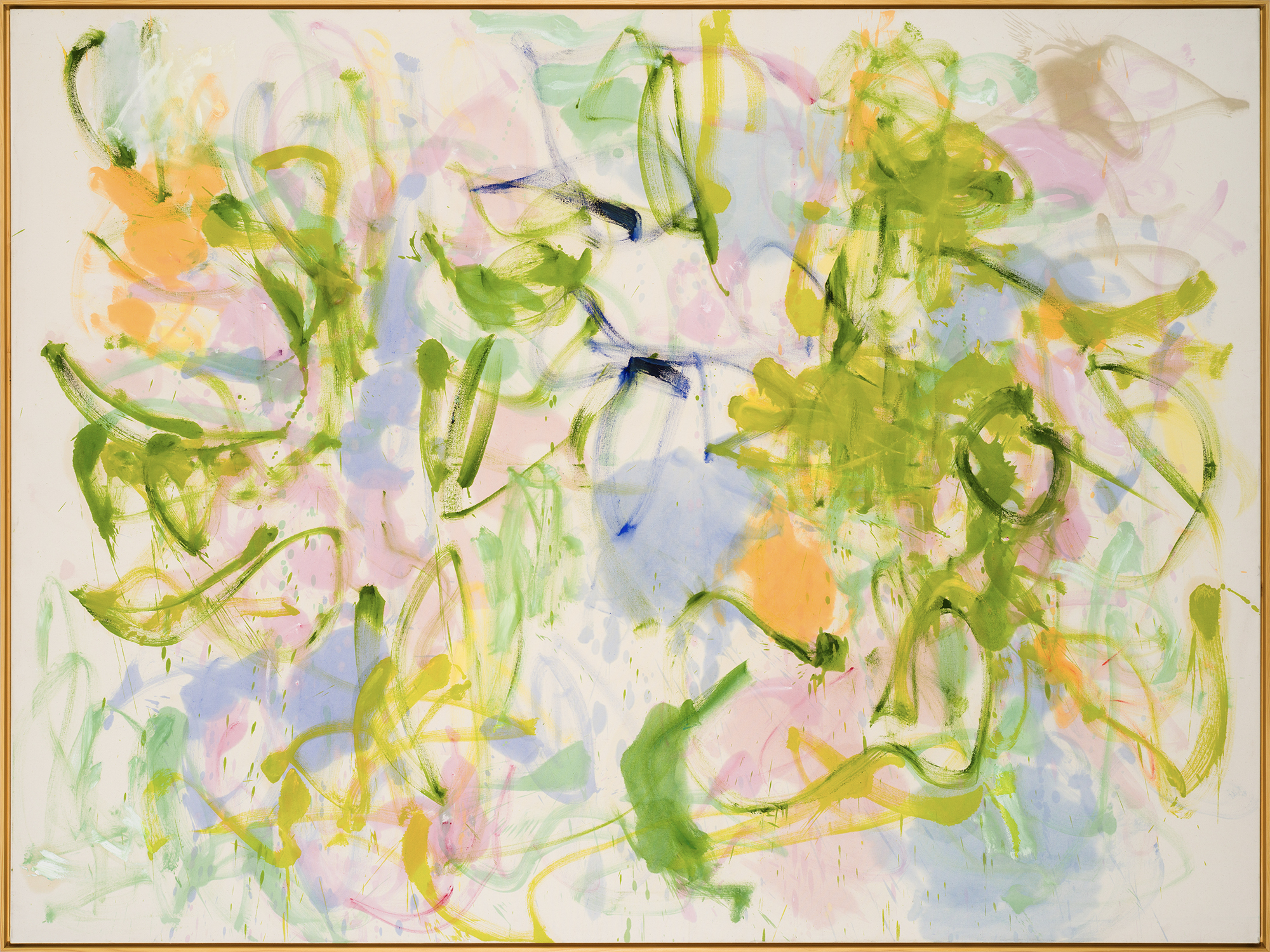
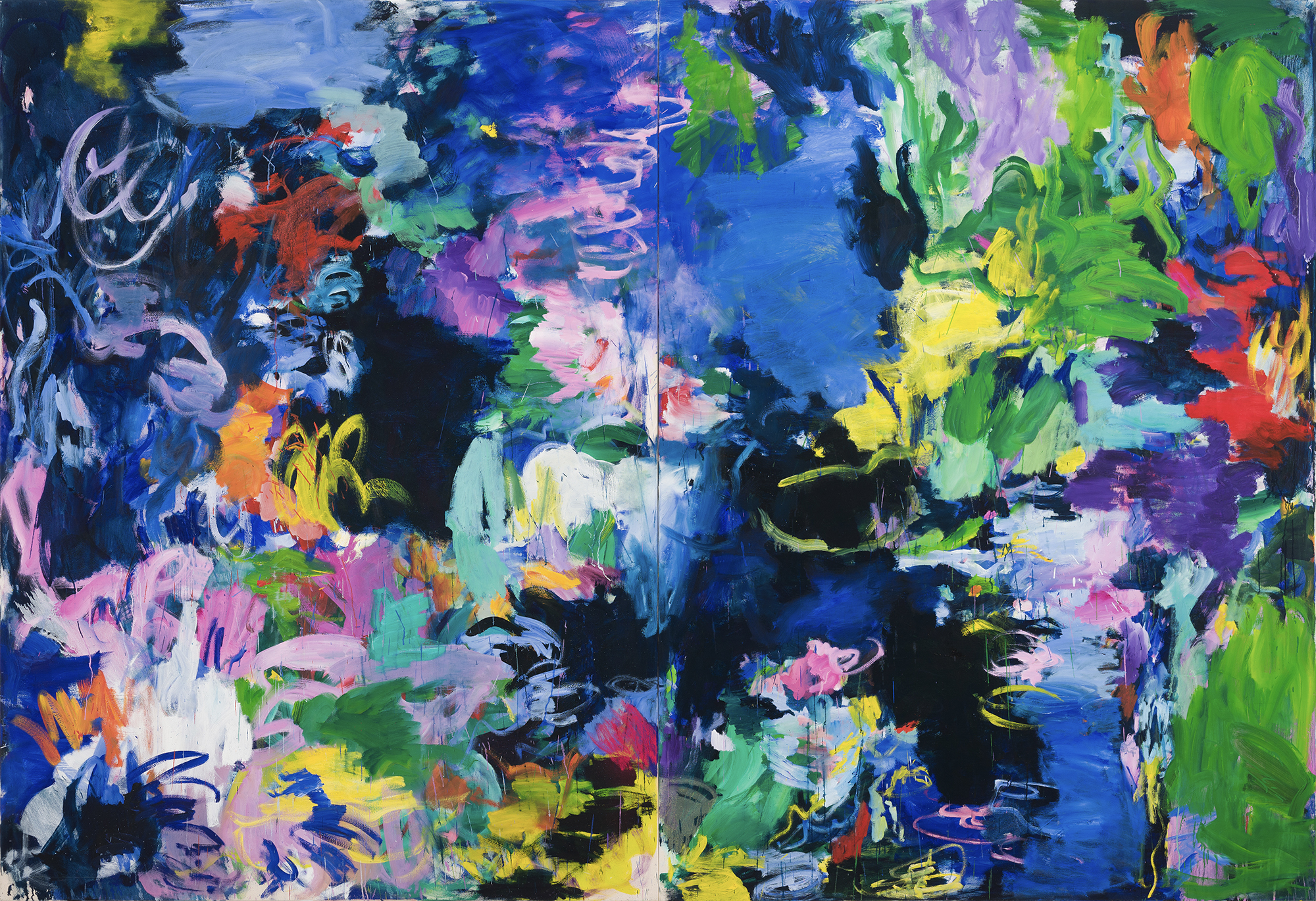
Winnie Seifert's paintings are the manifestation of memories and observations that move her and her surroundings. She creates emotional landscapes from glazed and impasto applications of paint. She intuitively chooses a high-contrast colour palette - blue, pink, bright yellow - to make spontaneity tangible. A brute style can also be juxtaposed with delicate colourfulness. The abstract rhythm of spots, veils and cyphers opens up a space of thought that is free for individual ideas and experiences, although contradictory truths are also allowed to take their place.
At times, the exhibition space itself becomes the image carrier as Winnie Seifert leaves the canvas and opens up an additional dimension for the audience. The exploration and discovery of new connections between abstraction and imagination, between fantasy and identity, and moment and reality, represent the centre of her artistic work.
By overcoming the boundaries of her conventional artistic practice, she aims to create an immersive experience. Painting can therefore not only be viewed but surrounds the viewer and takes them on a journey, blurring the barriers between art and reality. In her work, which is always in exchange with the subtle nuances of human emotions, you can lose yourself and become a part of them.
Winnie Seifert (*1987 in Berlin) grew up in Berlin as the daughter of the artist couple Dorothea and Joachim Seifert. She received her MFA at Hochschule für Bildende Künste Dresden and exhibited her work among others at Galerie Laetitia Gorsy, Galerie Jarmuschek+Partner in Berlin, Galerie Zeller van Almsick in Vienna, Galerie Hartwich Rügen, Galerie Rundgaenger in Frankfurt am Main, at Staedtische Galerie Dresden and in several group shows in Germany, France, UK, Italy and Spain. Works of Winnie Seifert are included in the Kunstsammlung der Ostsächsischen Sparkasse Dresden and in the Art Collection of the Federal Republic of Germany.